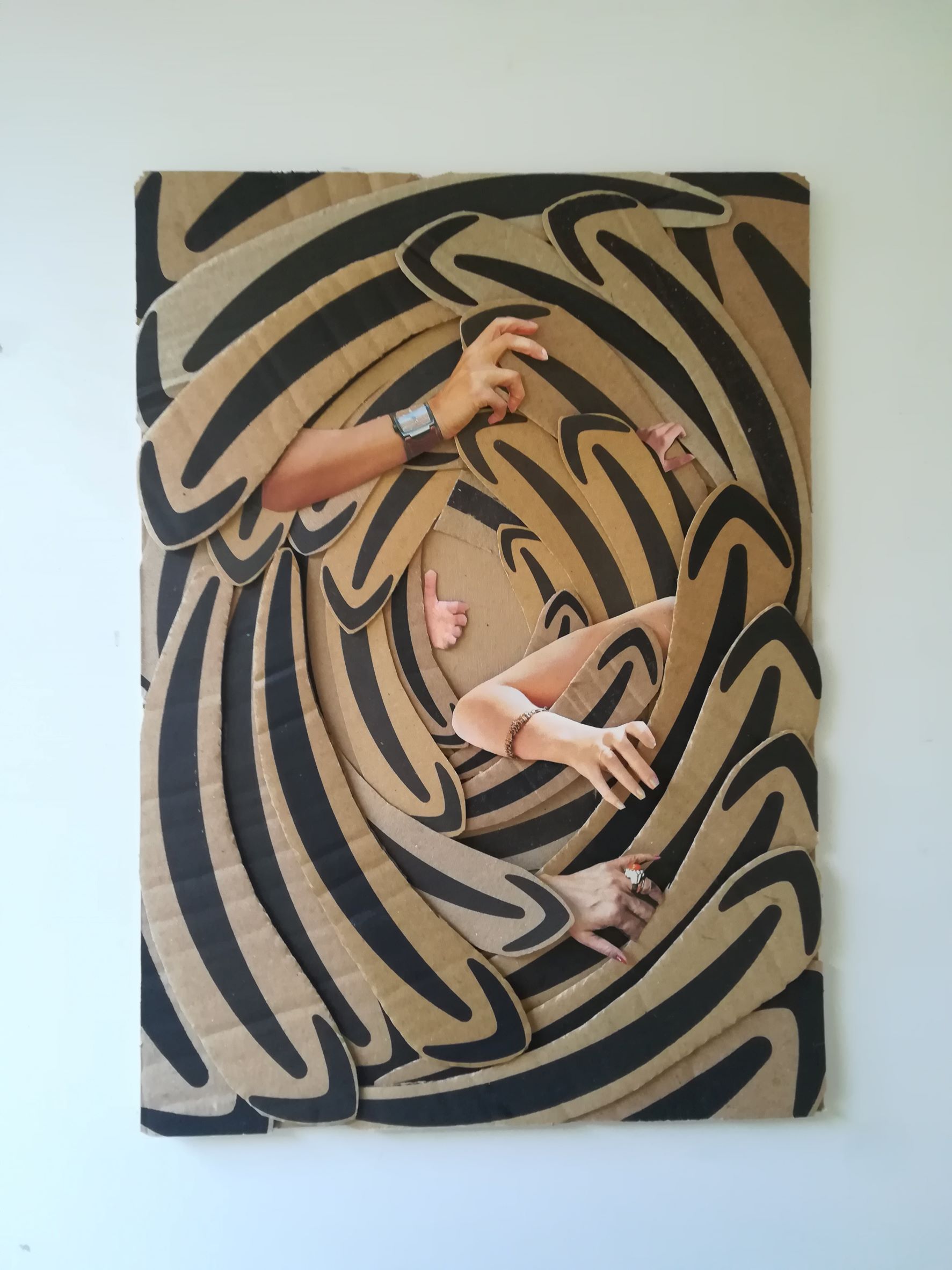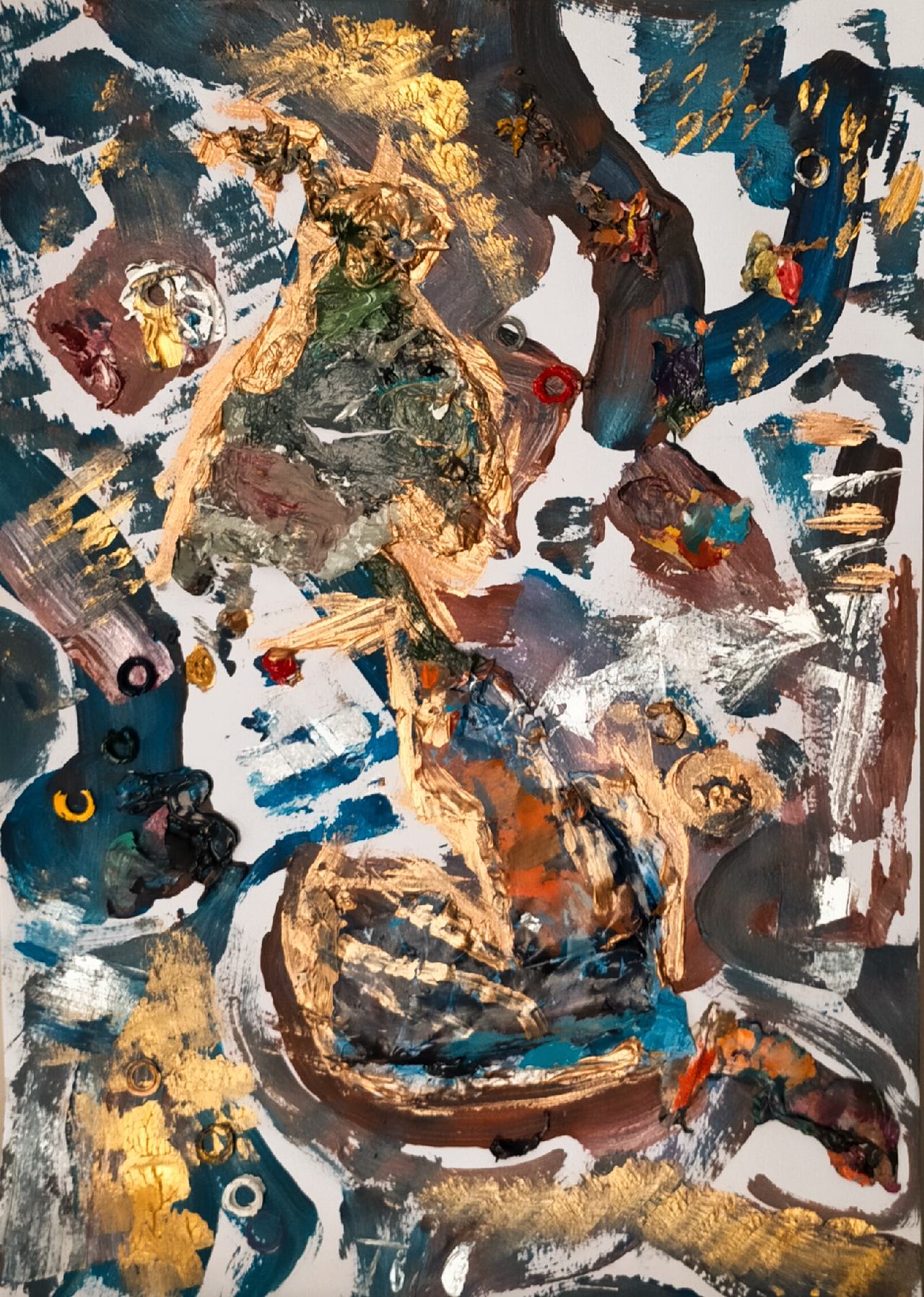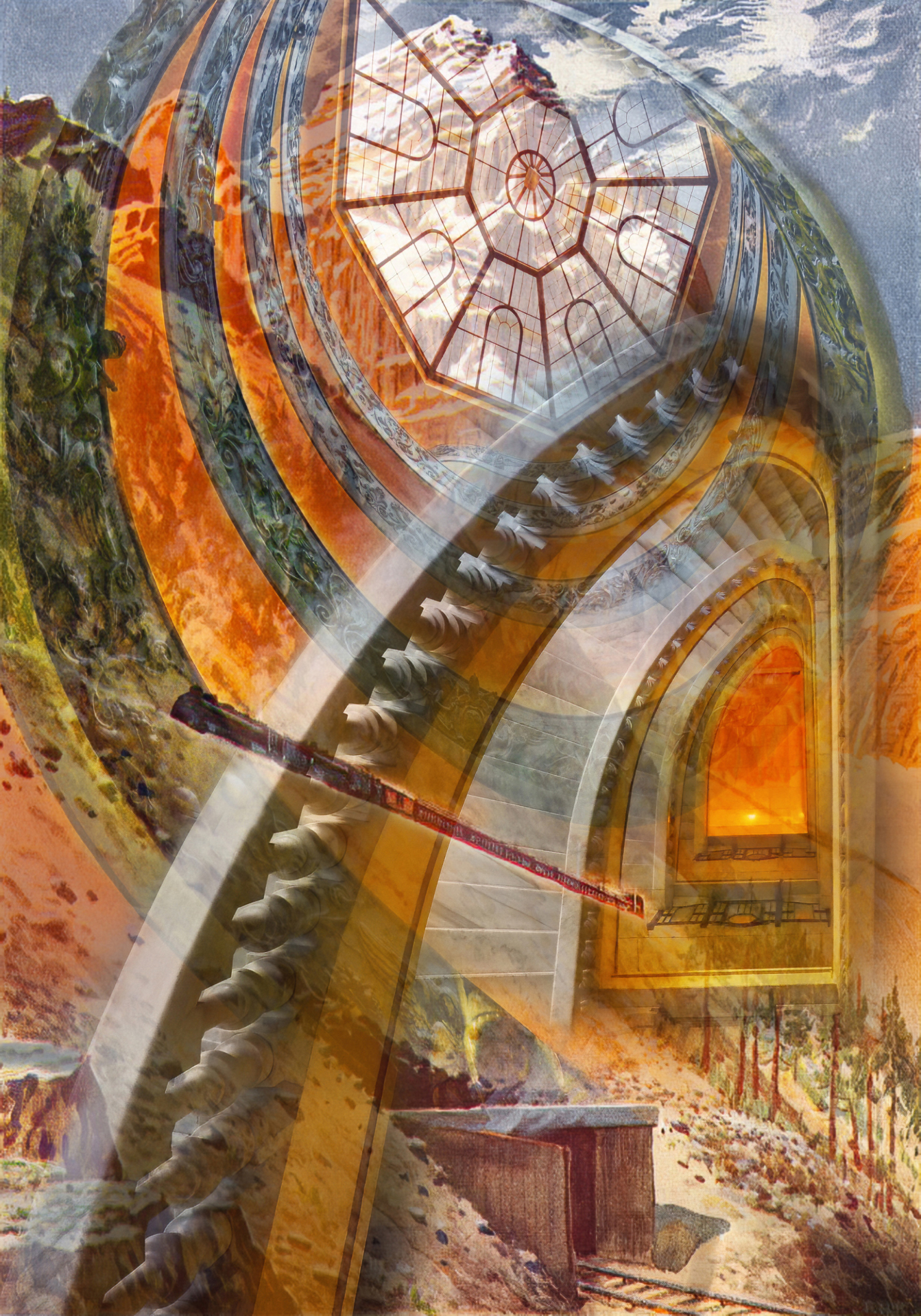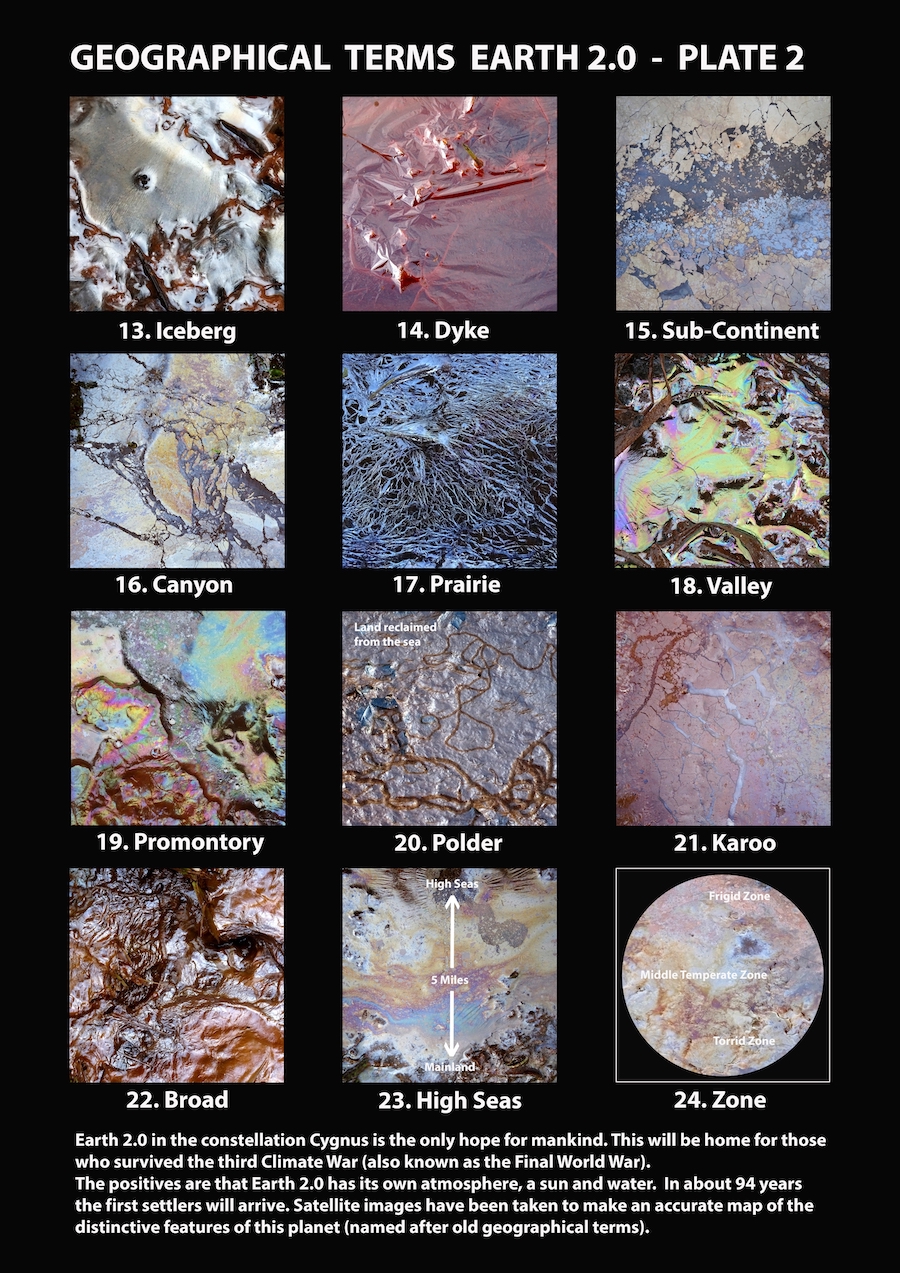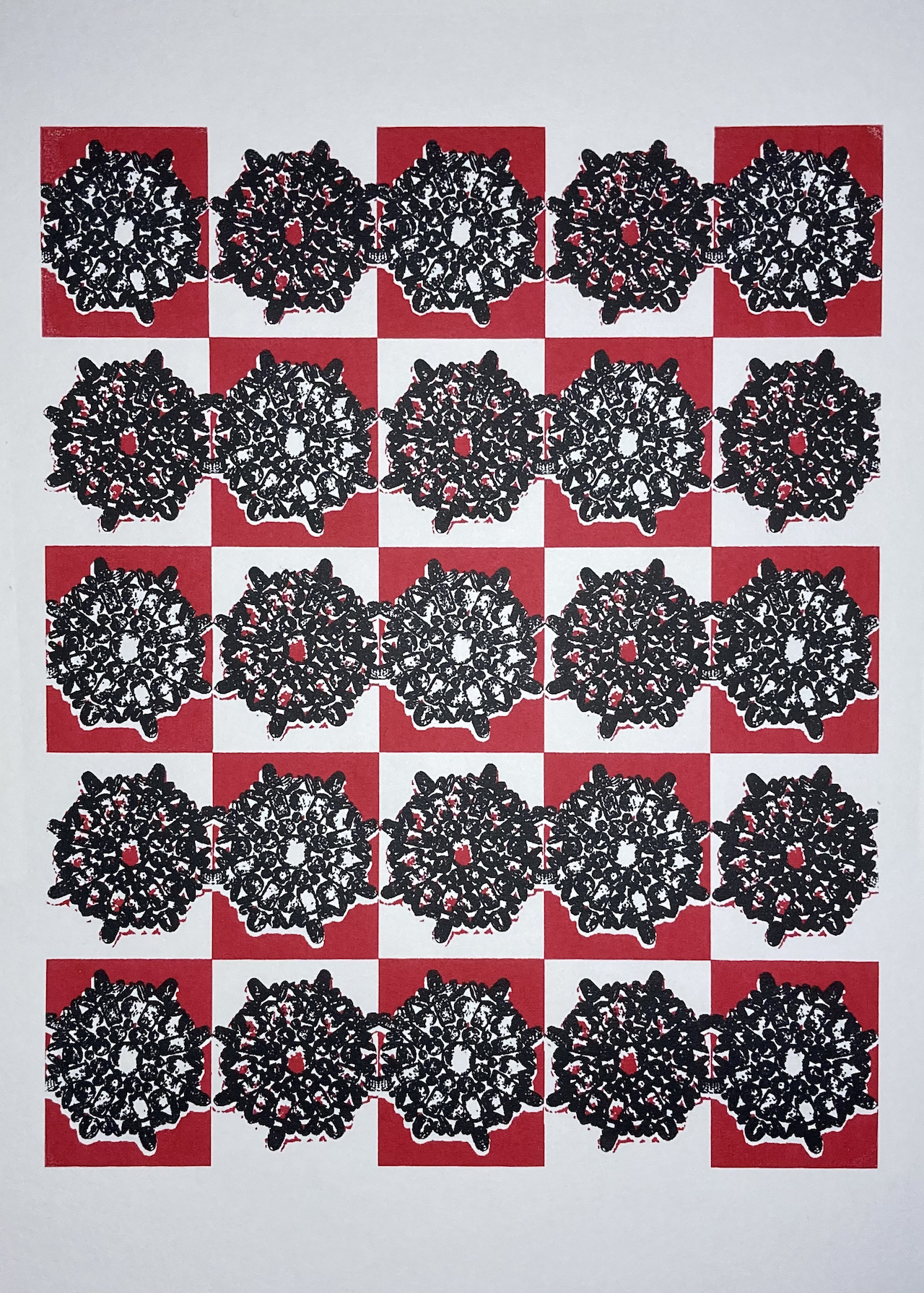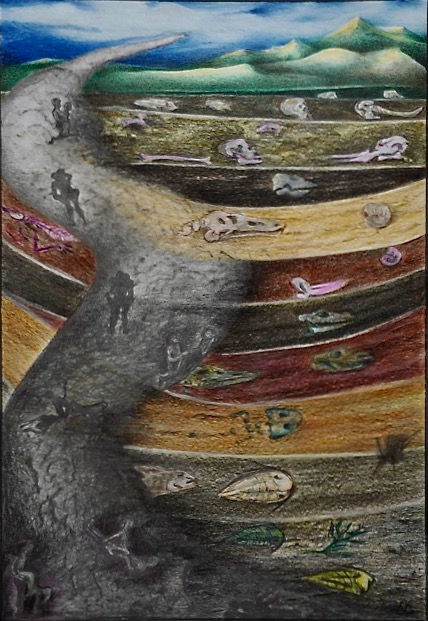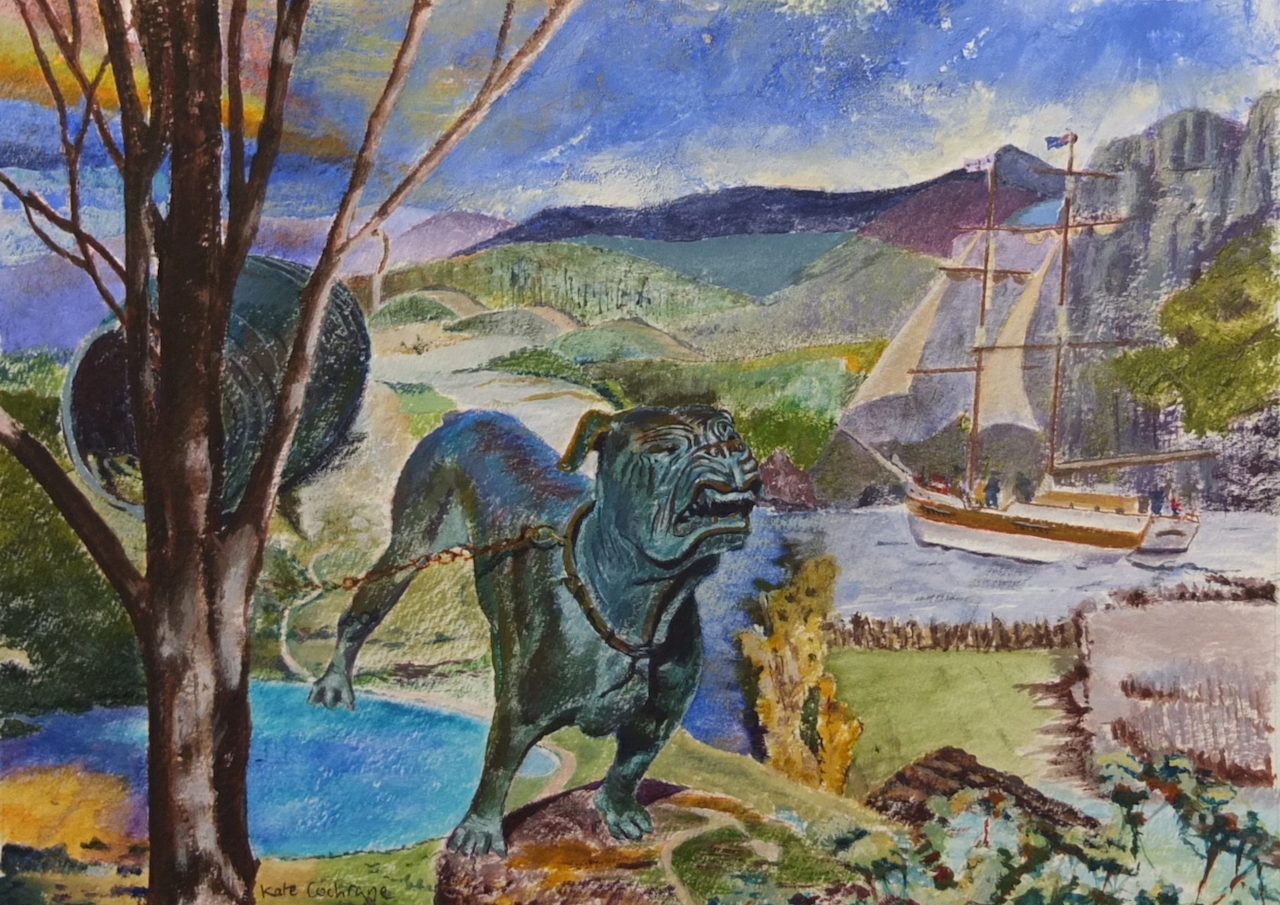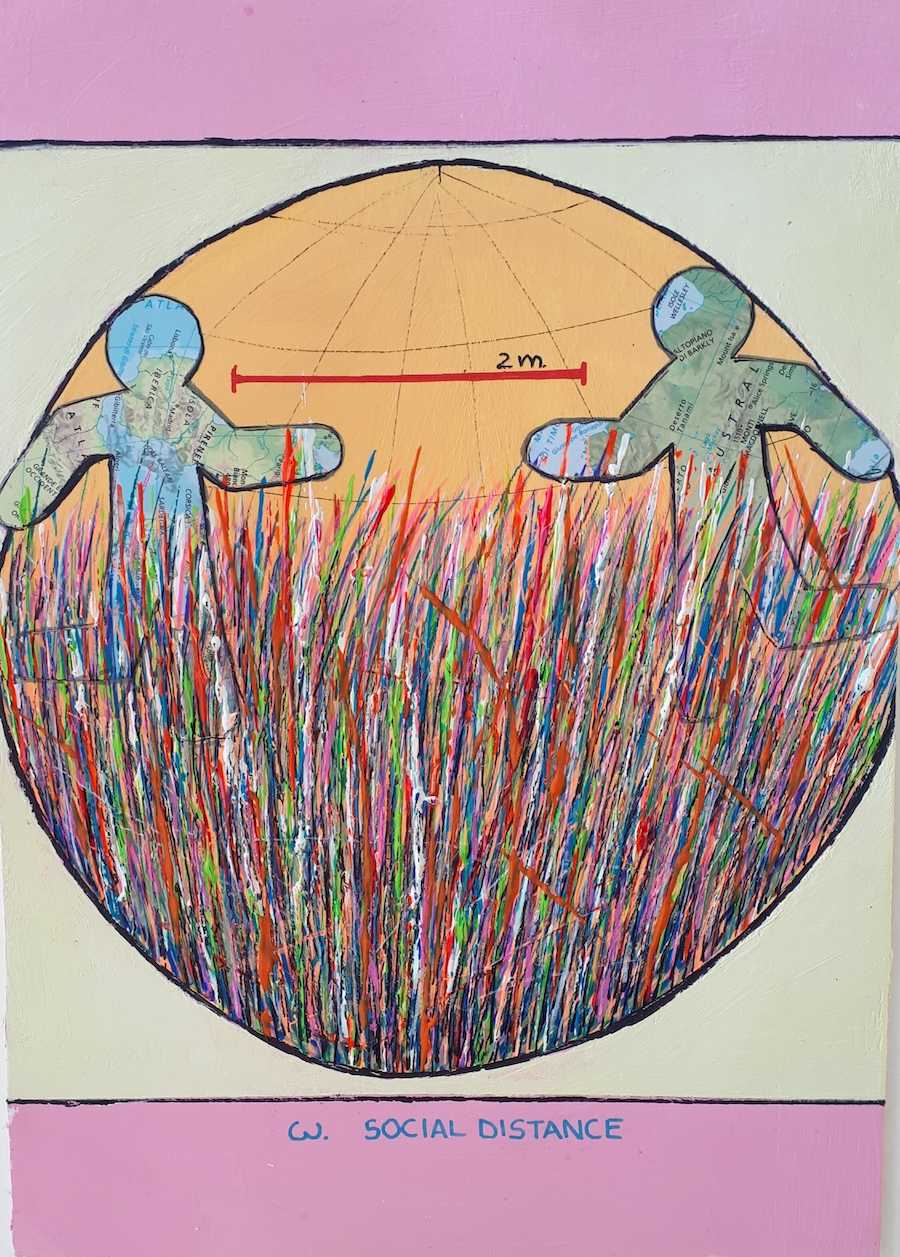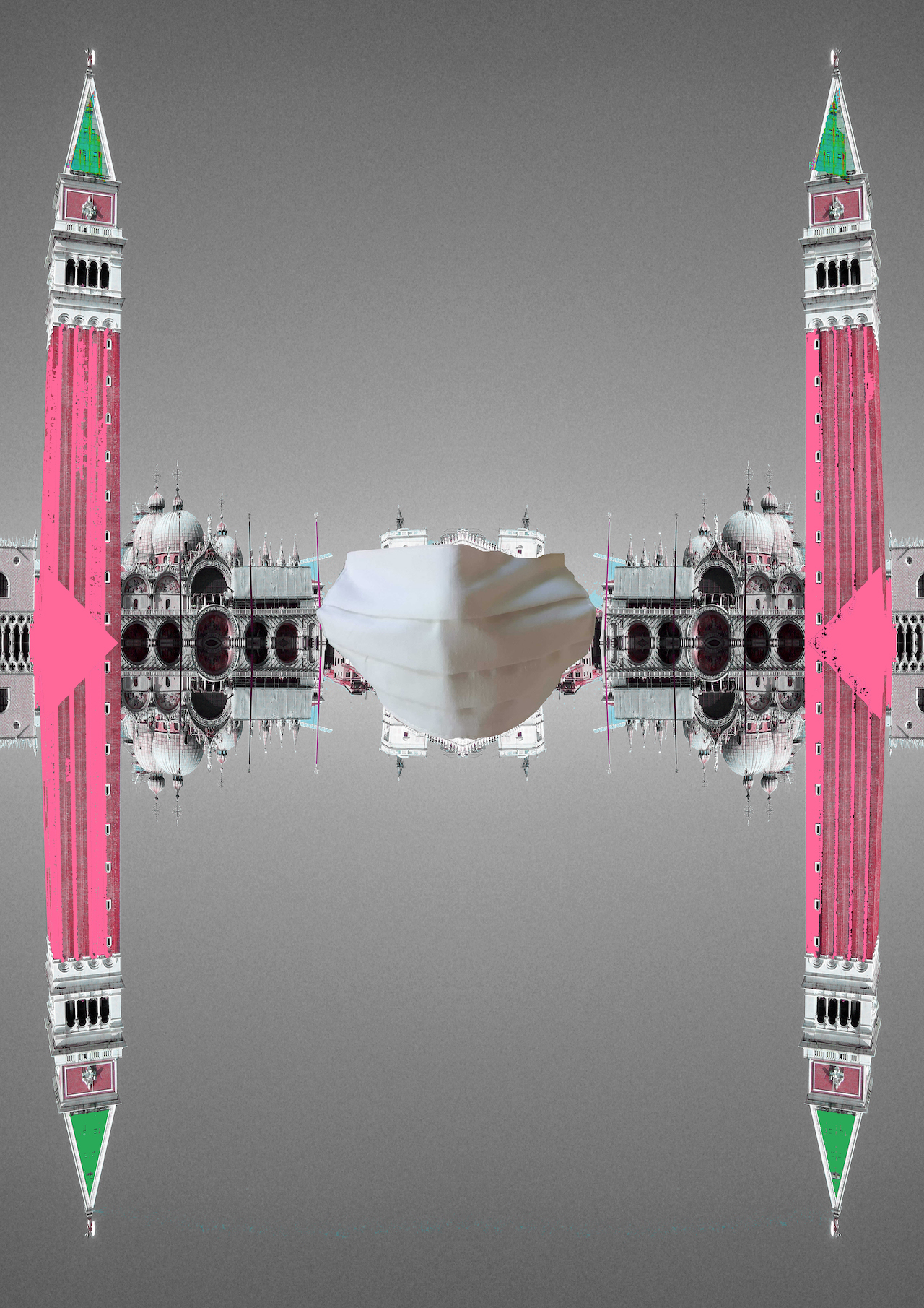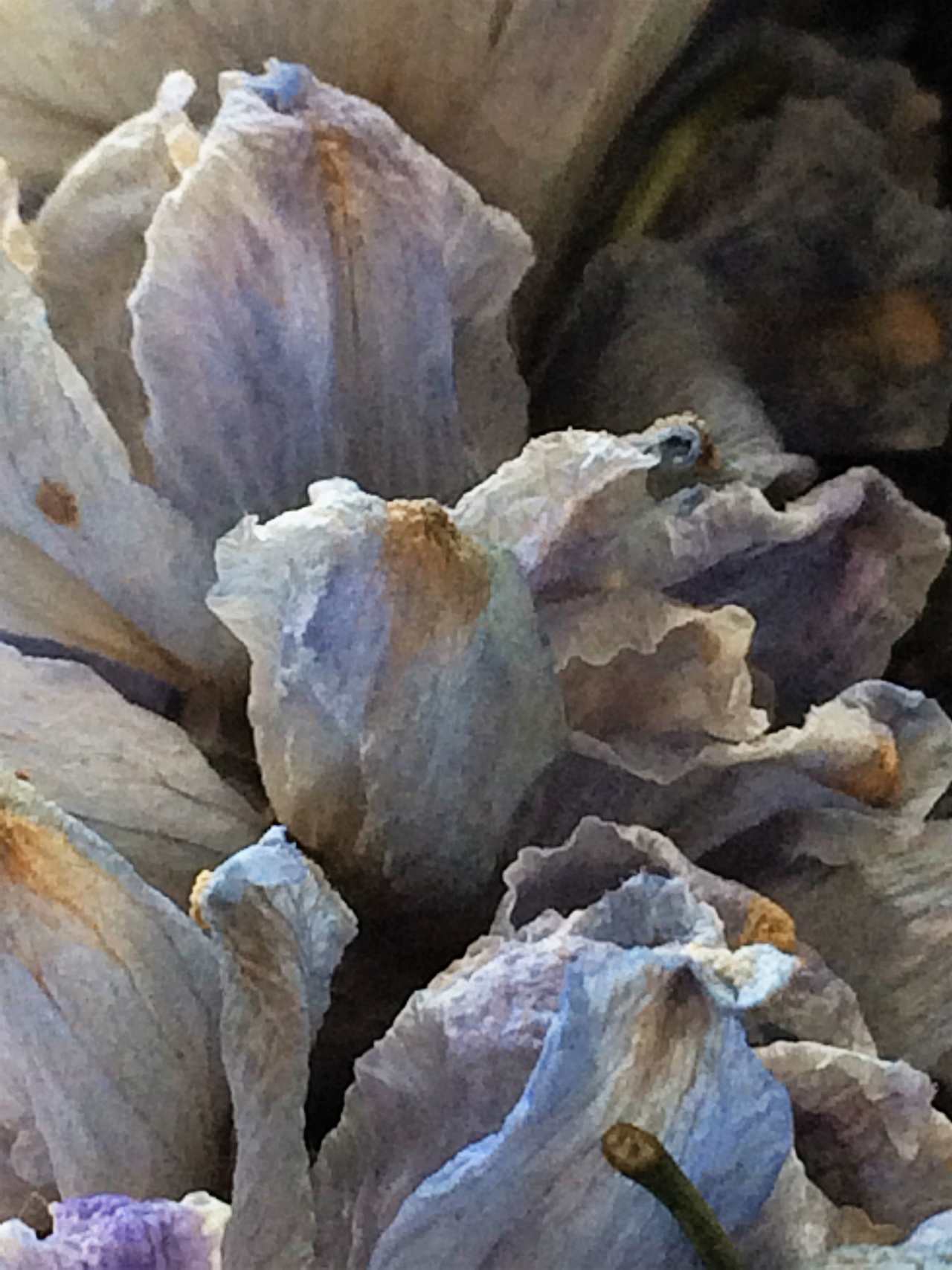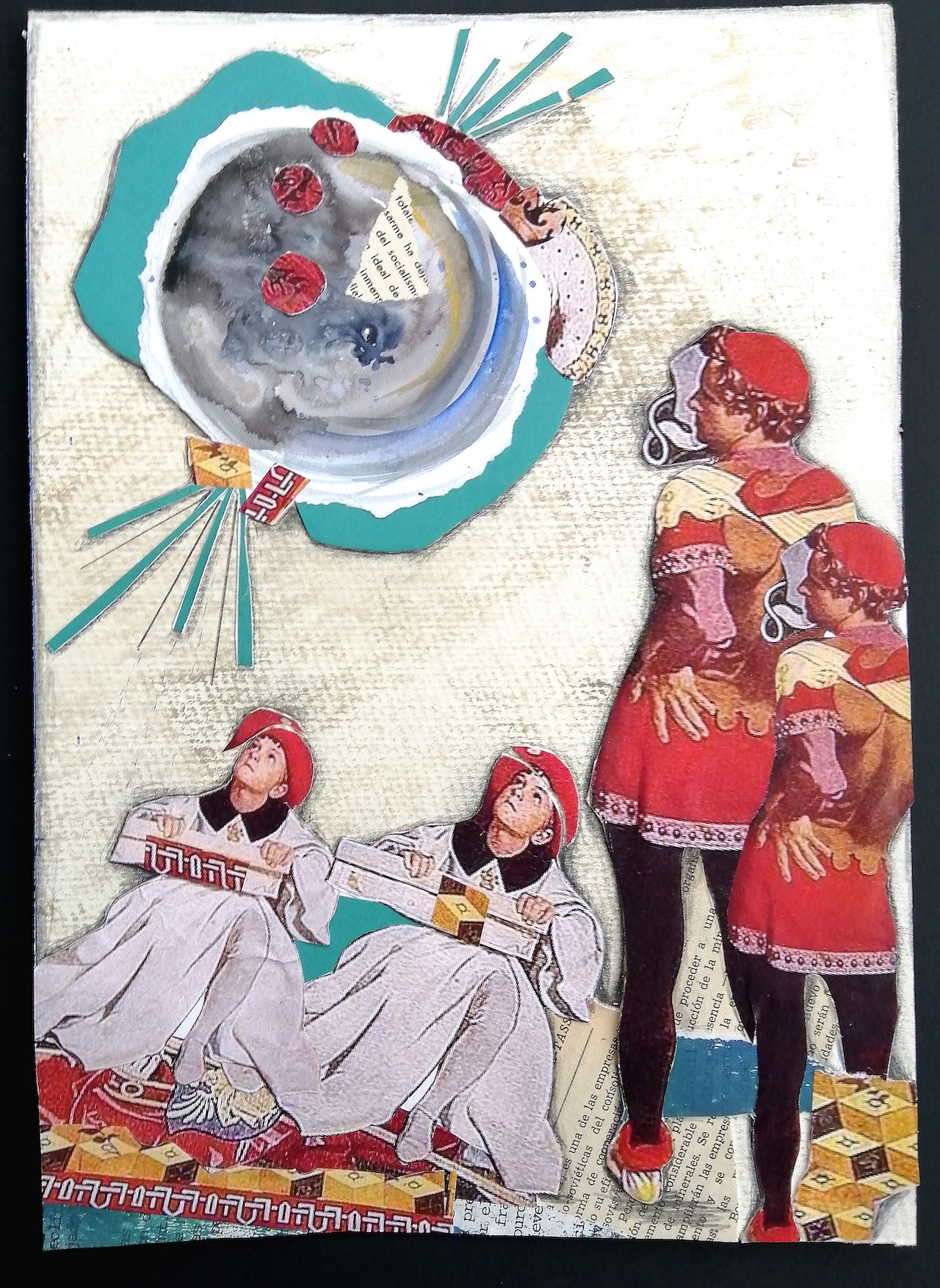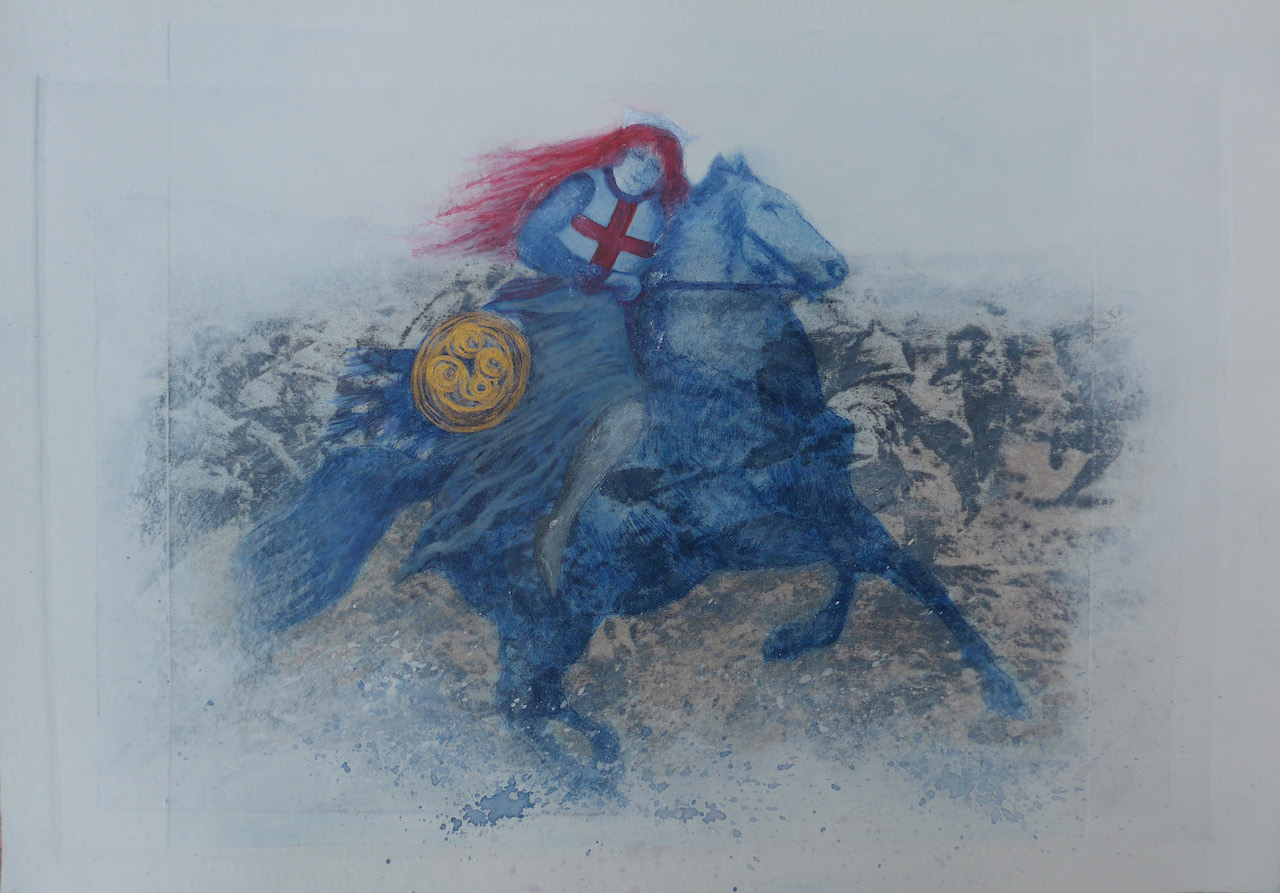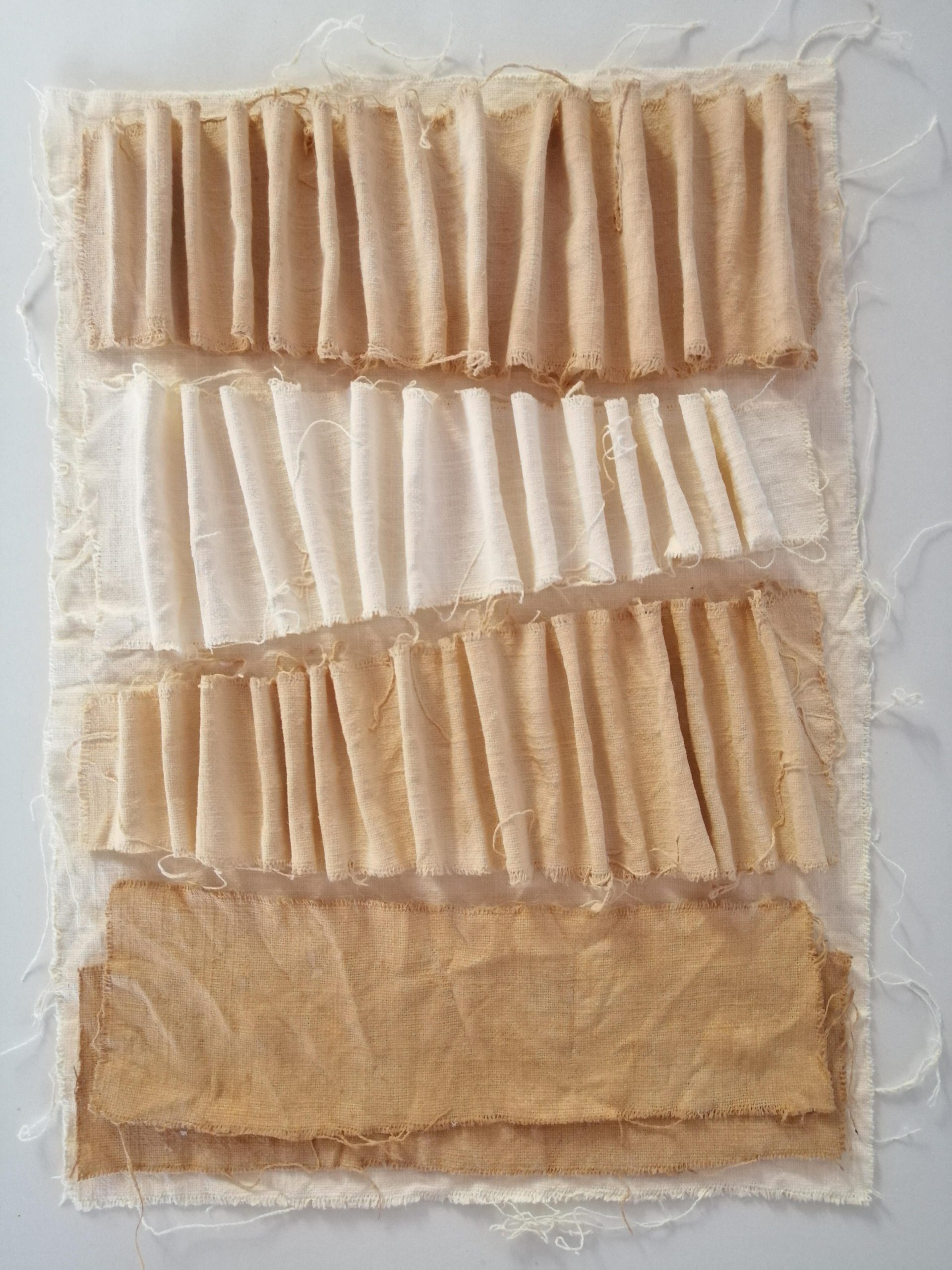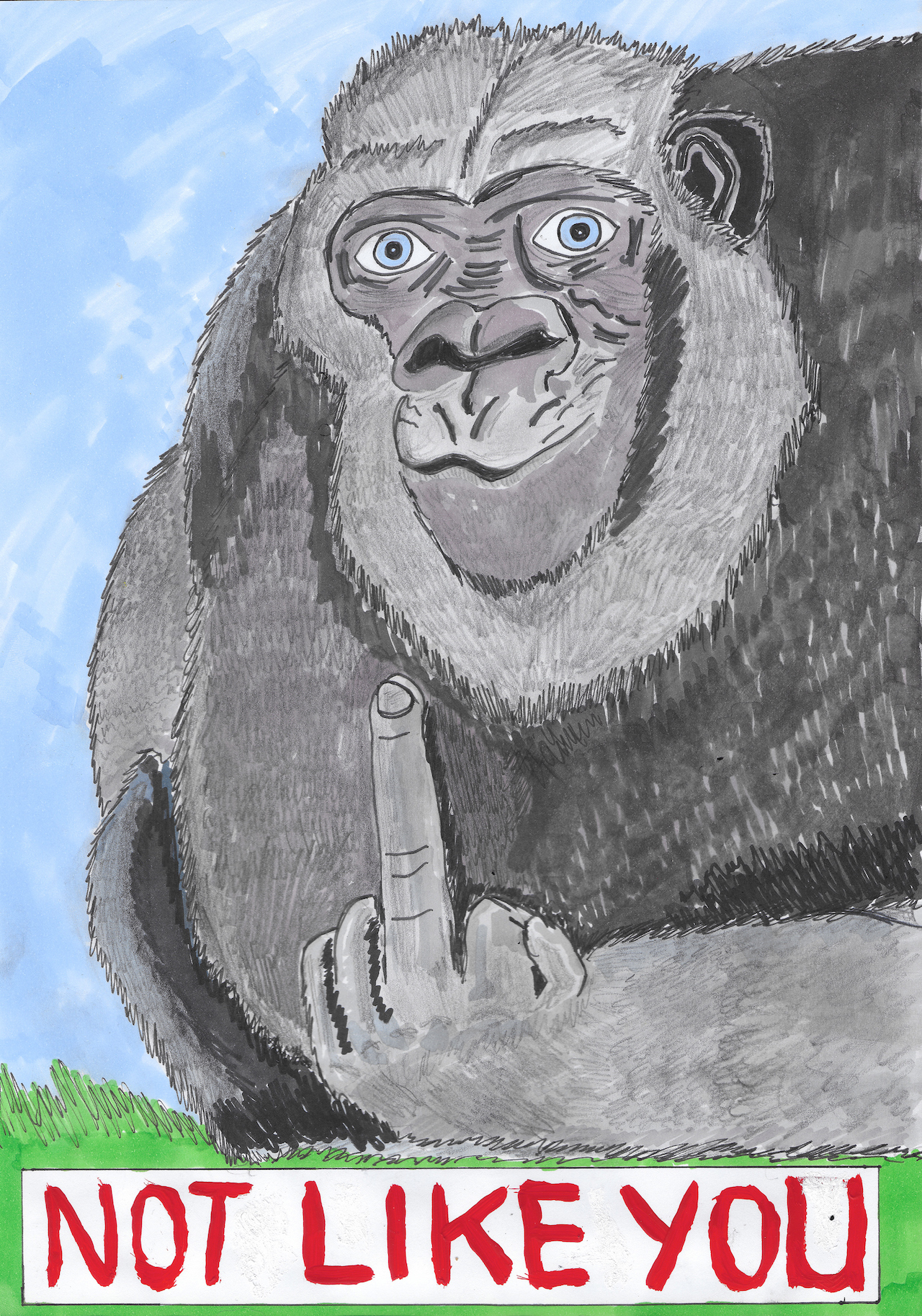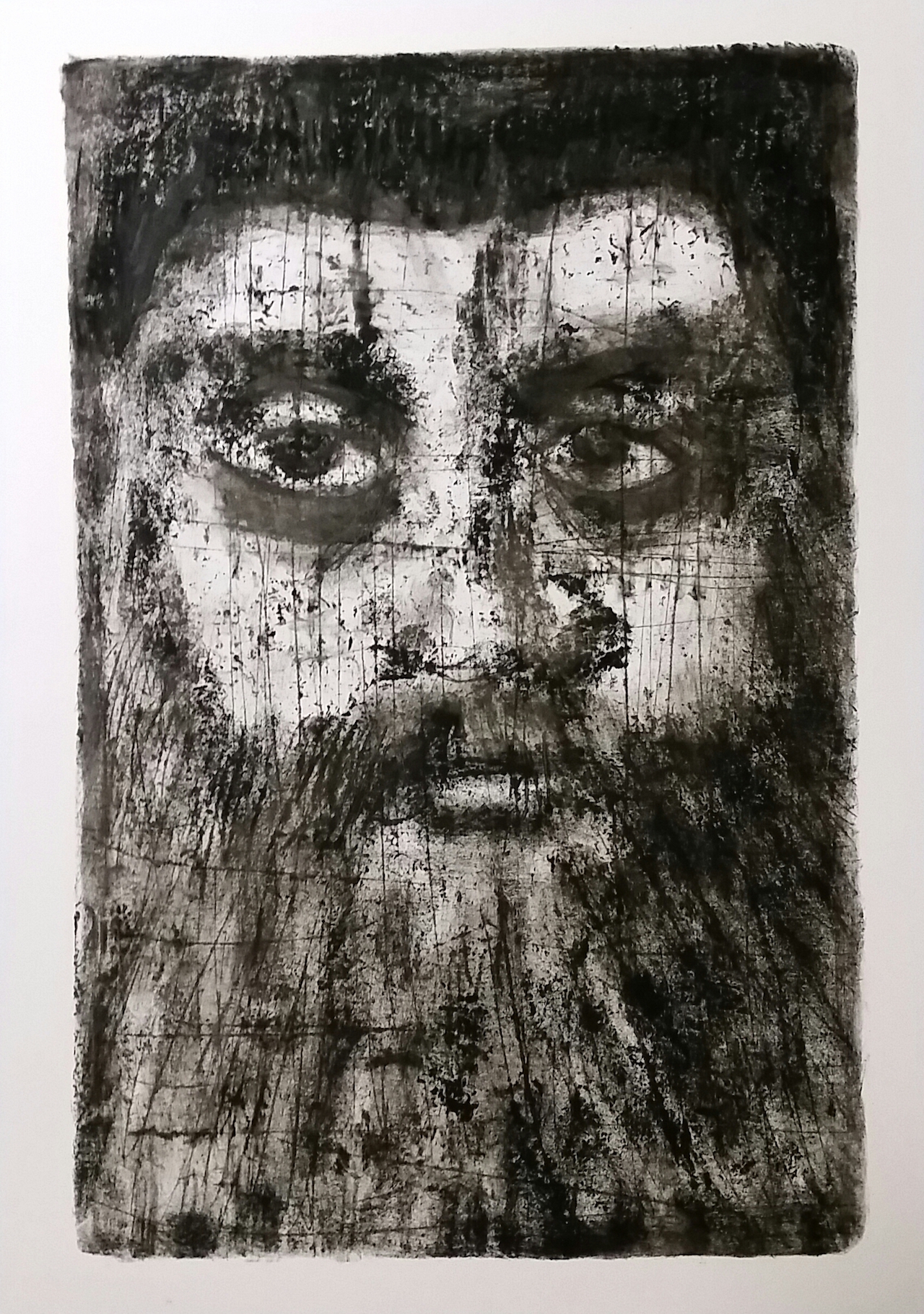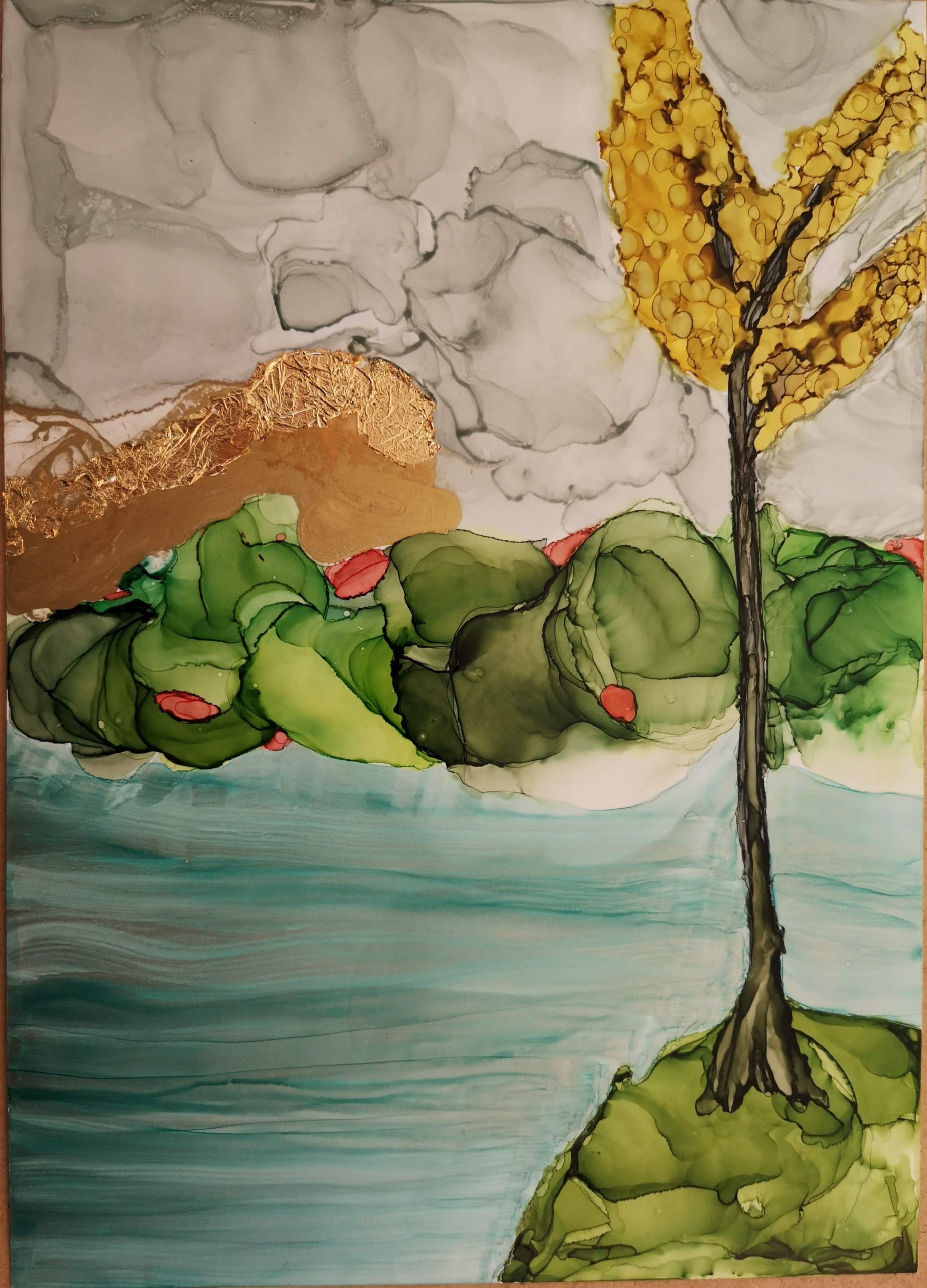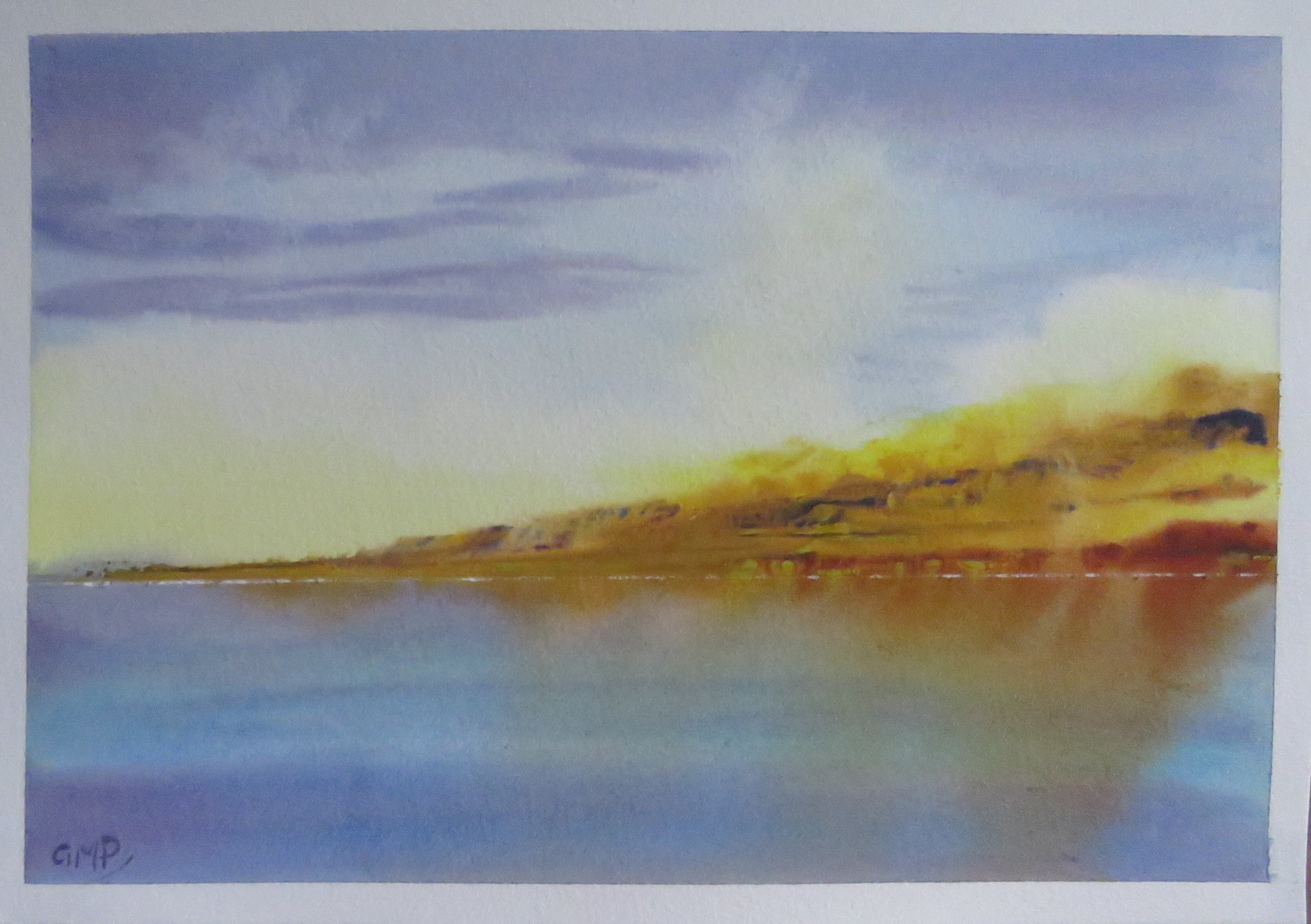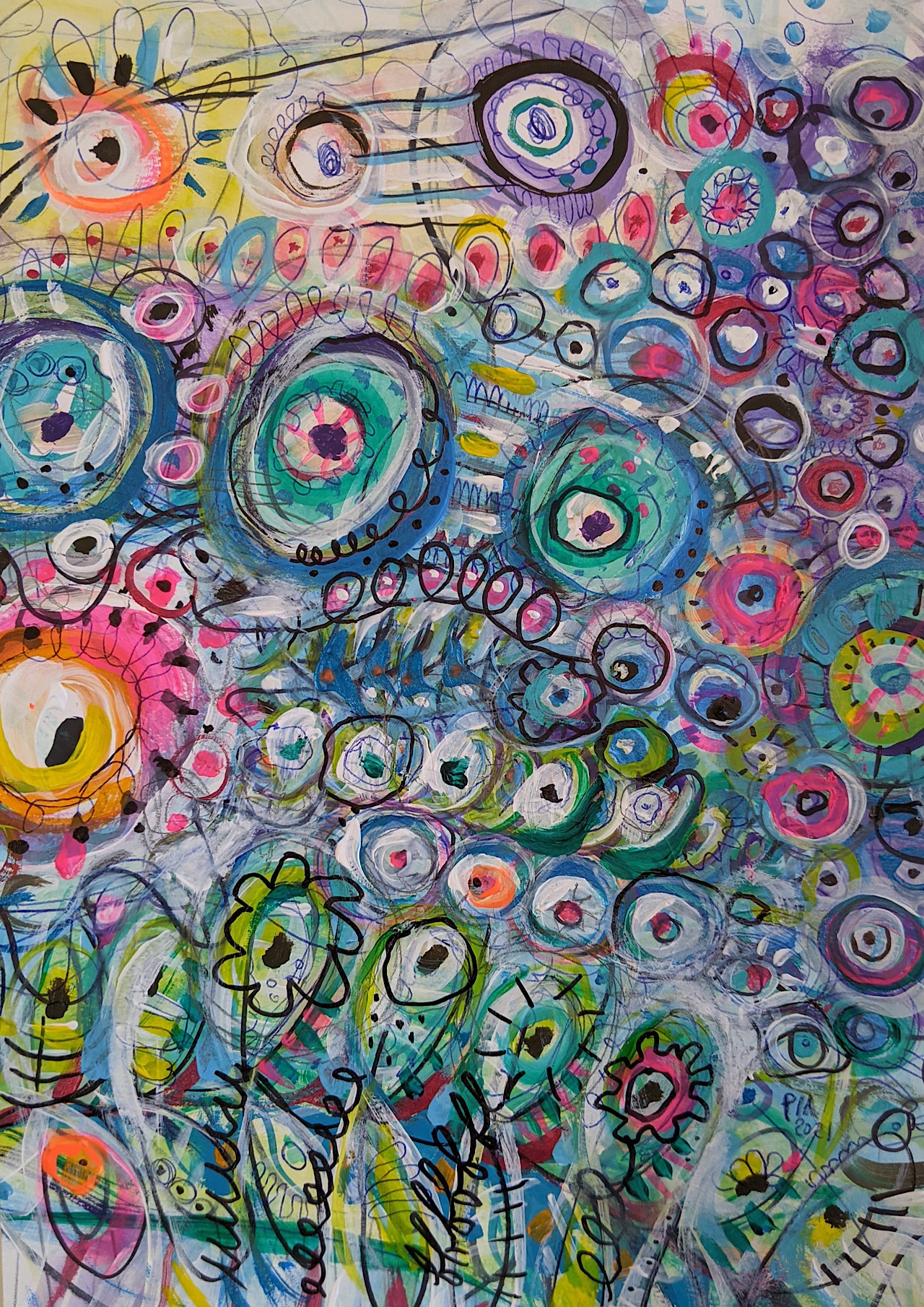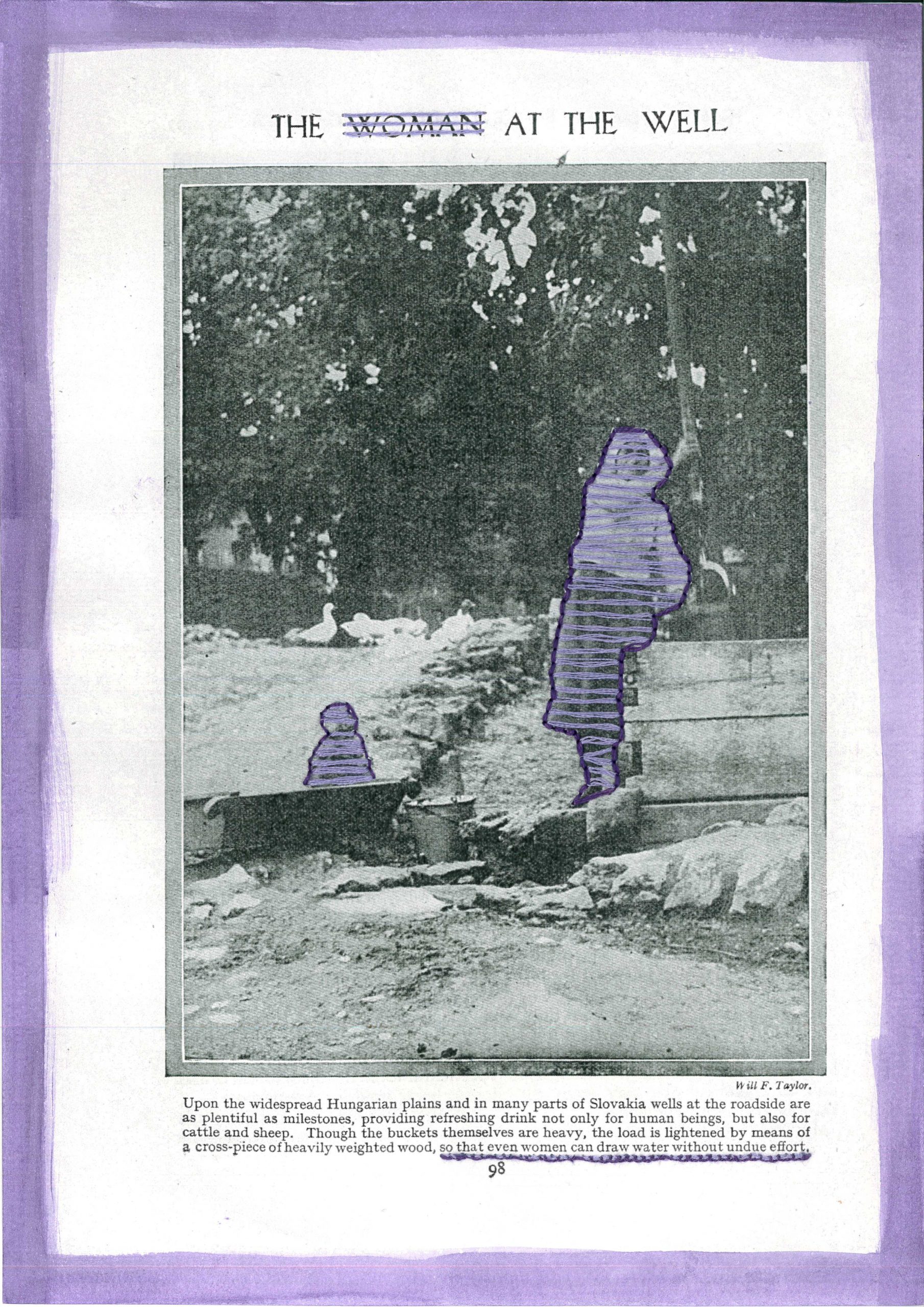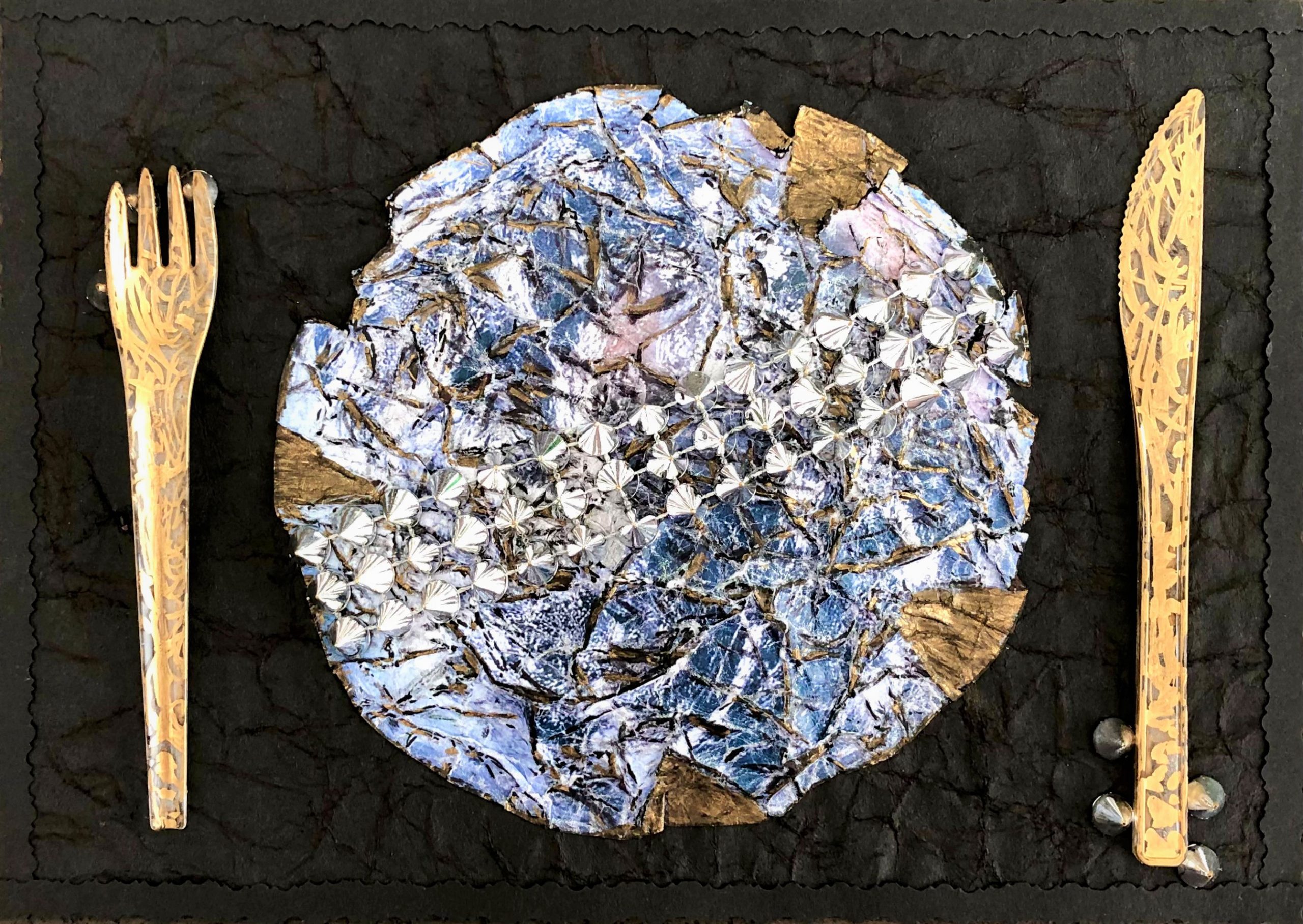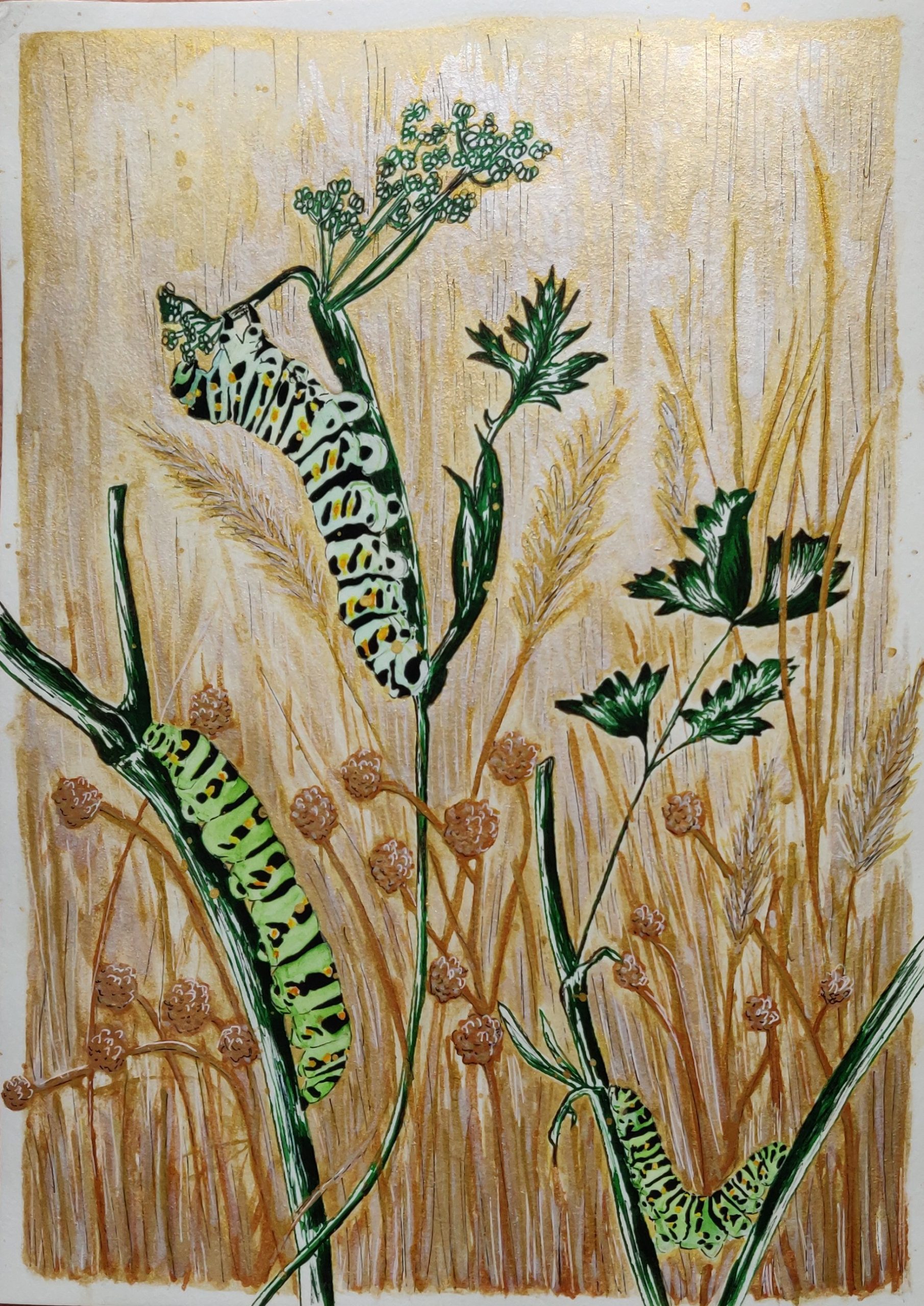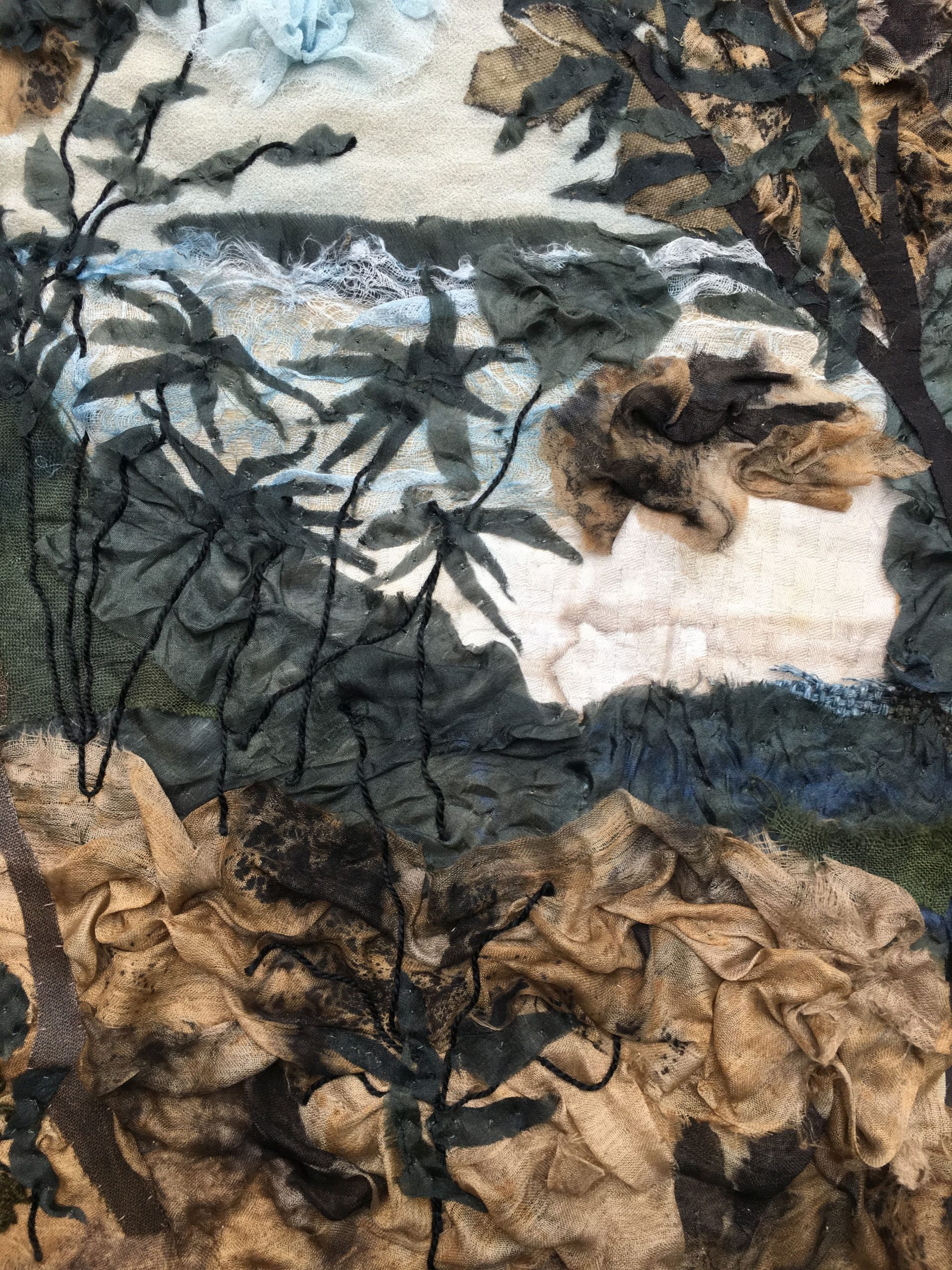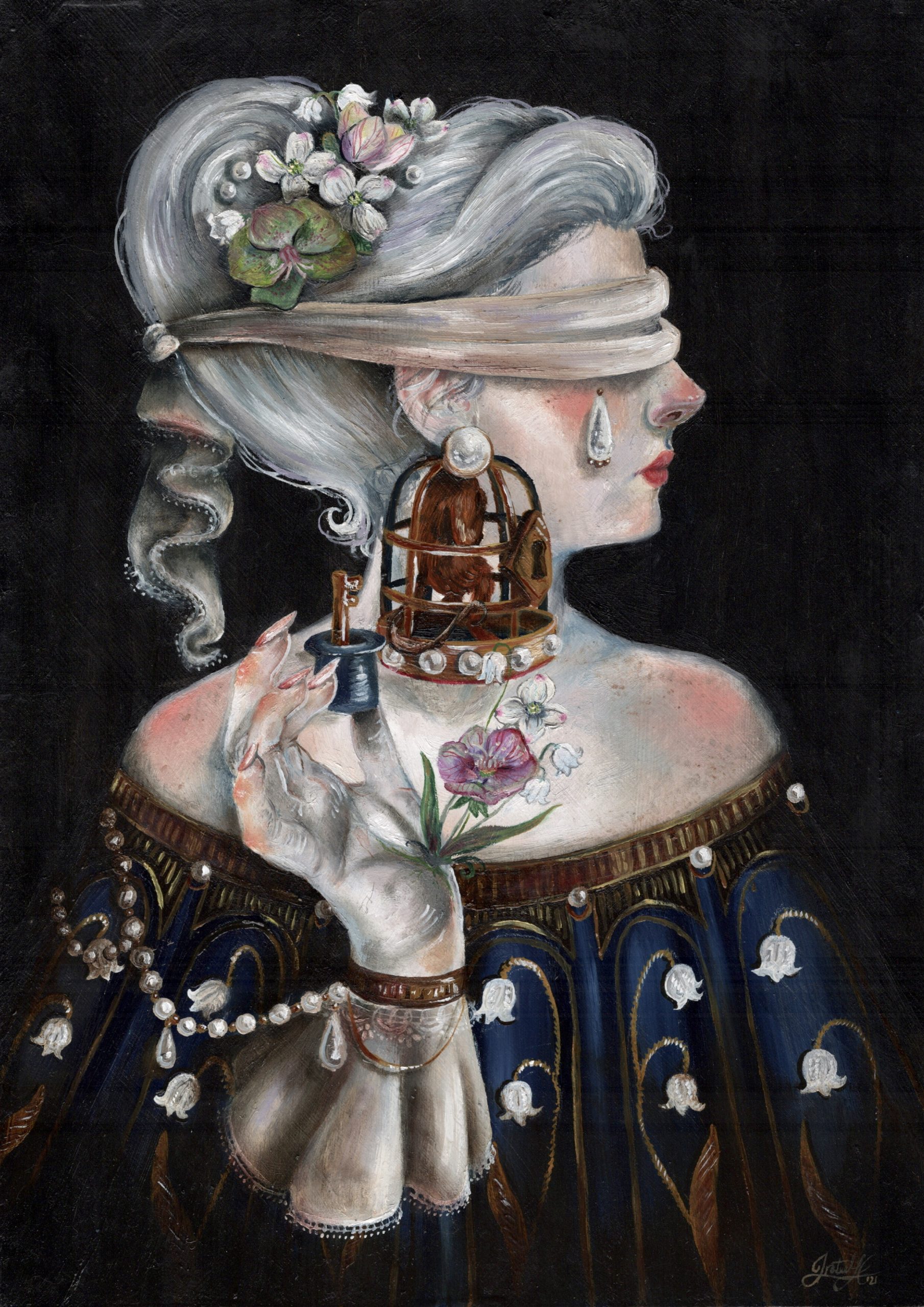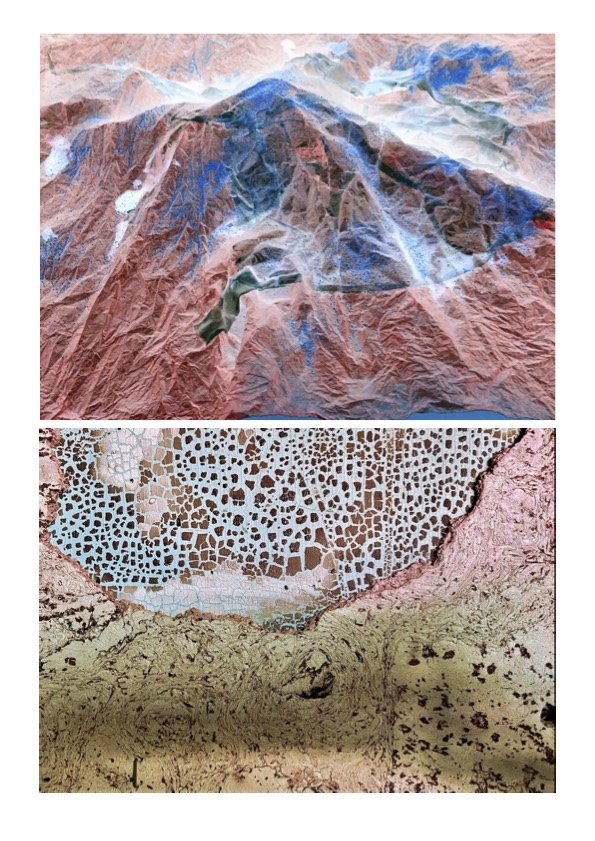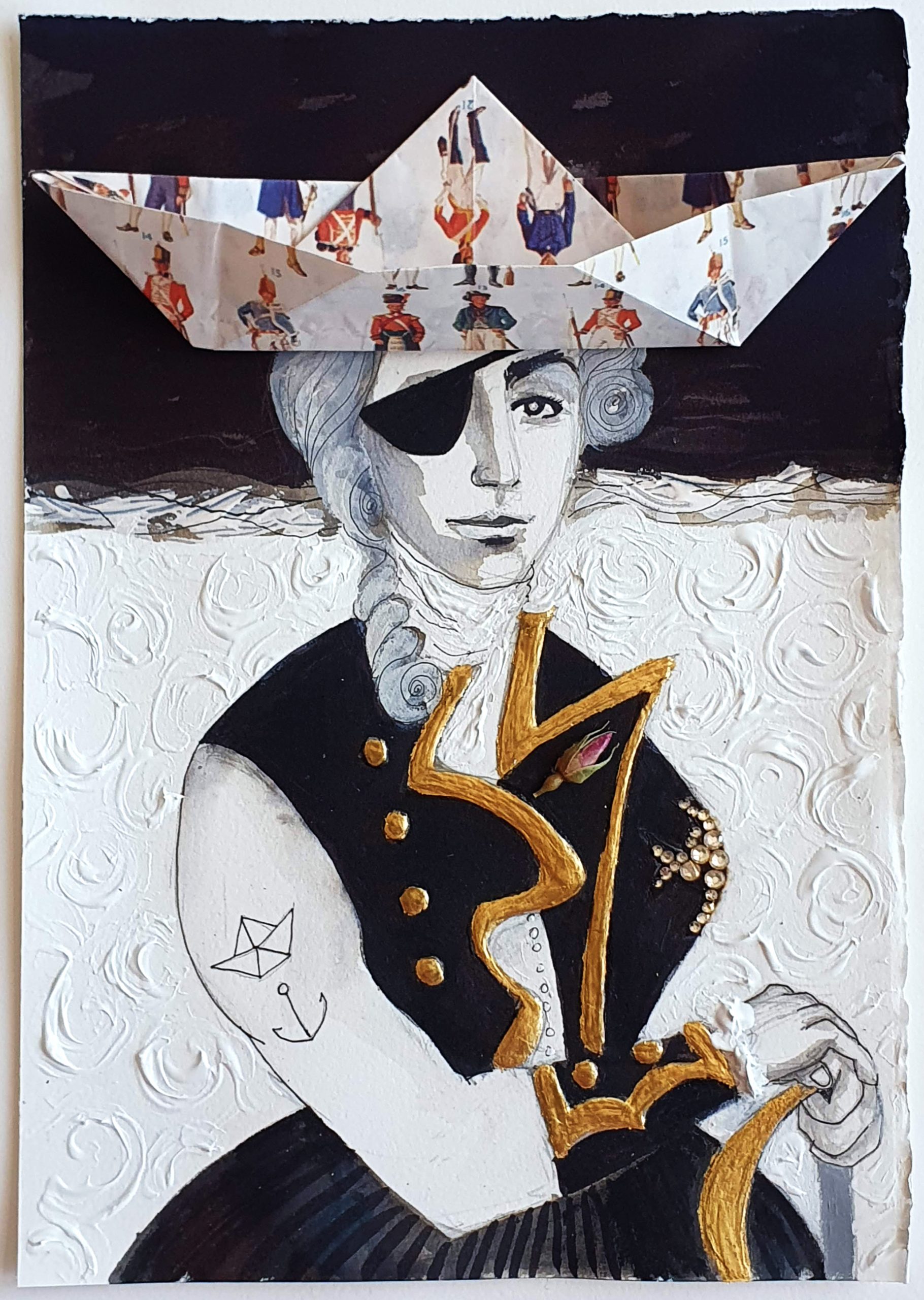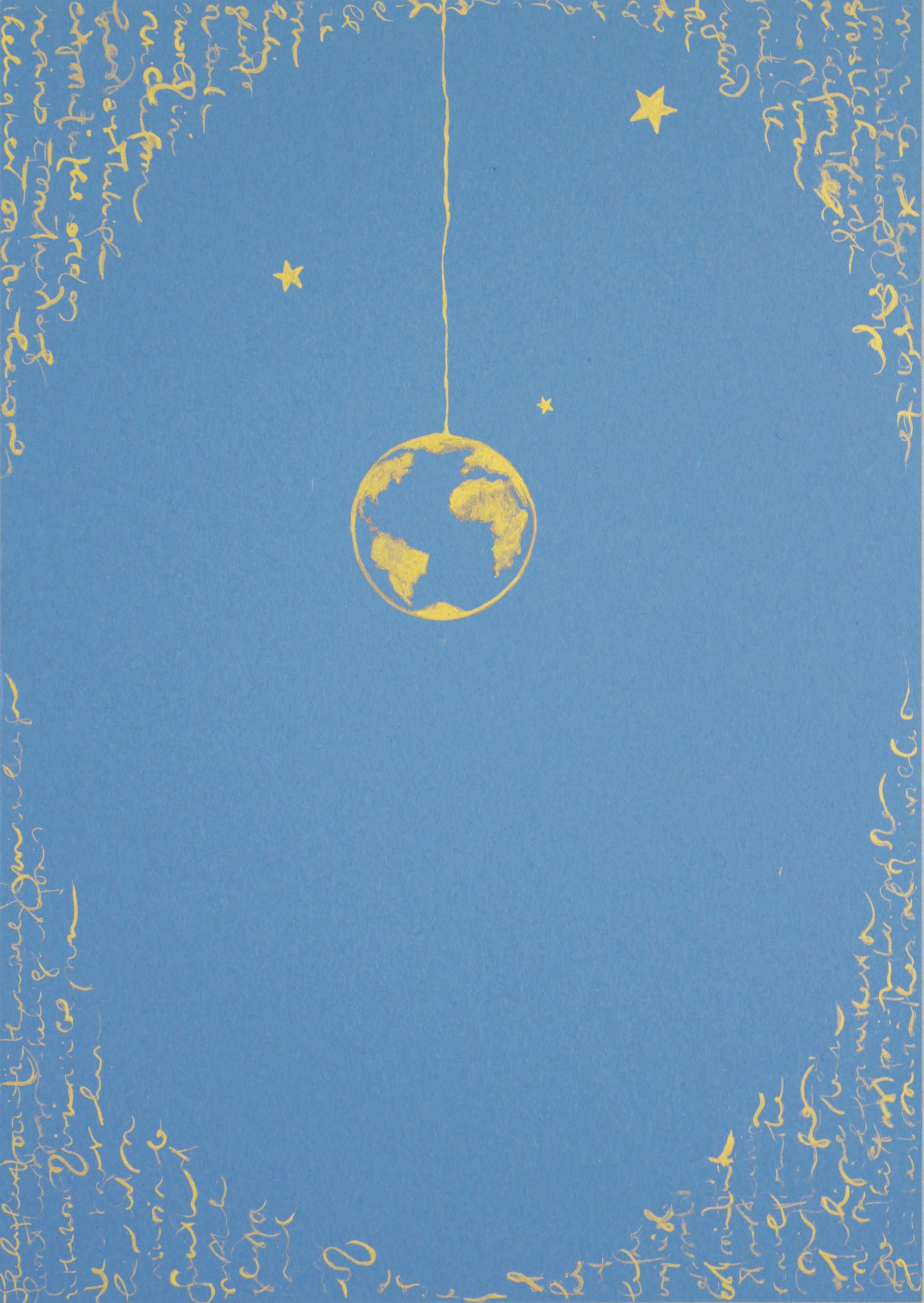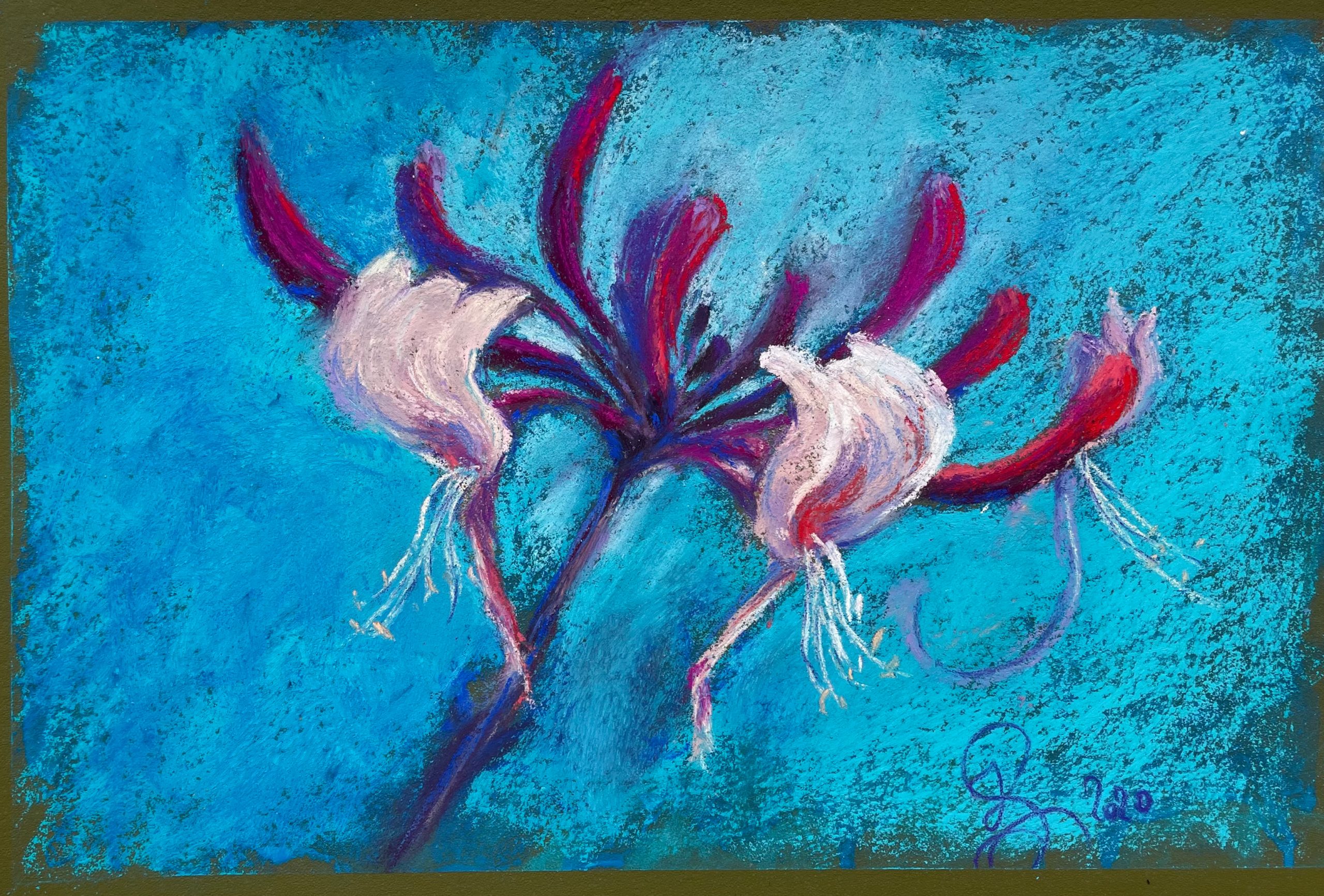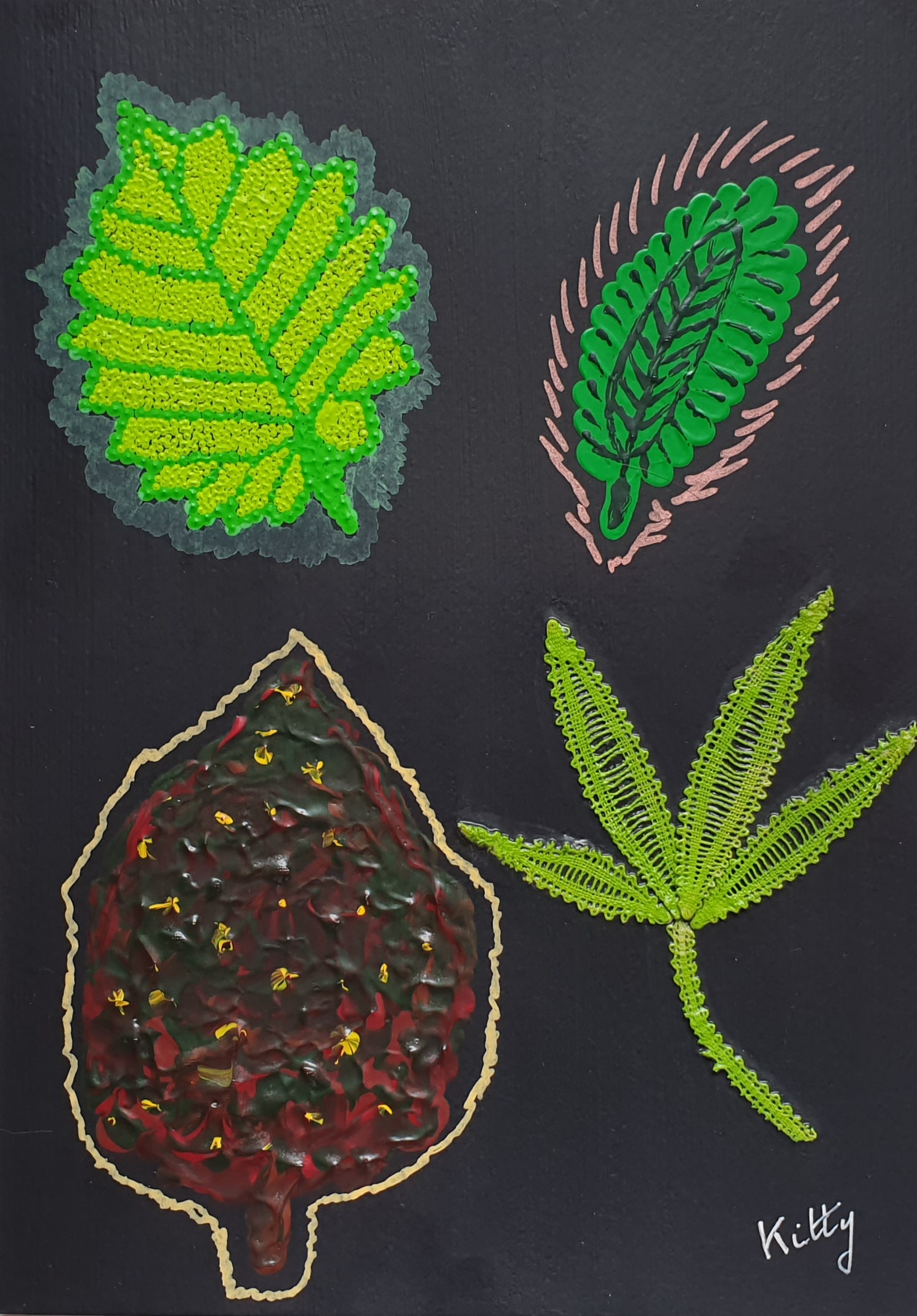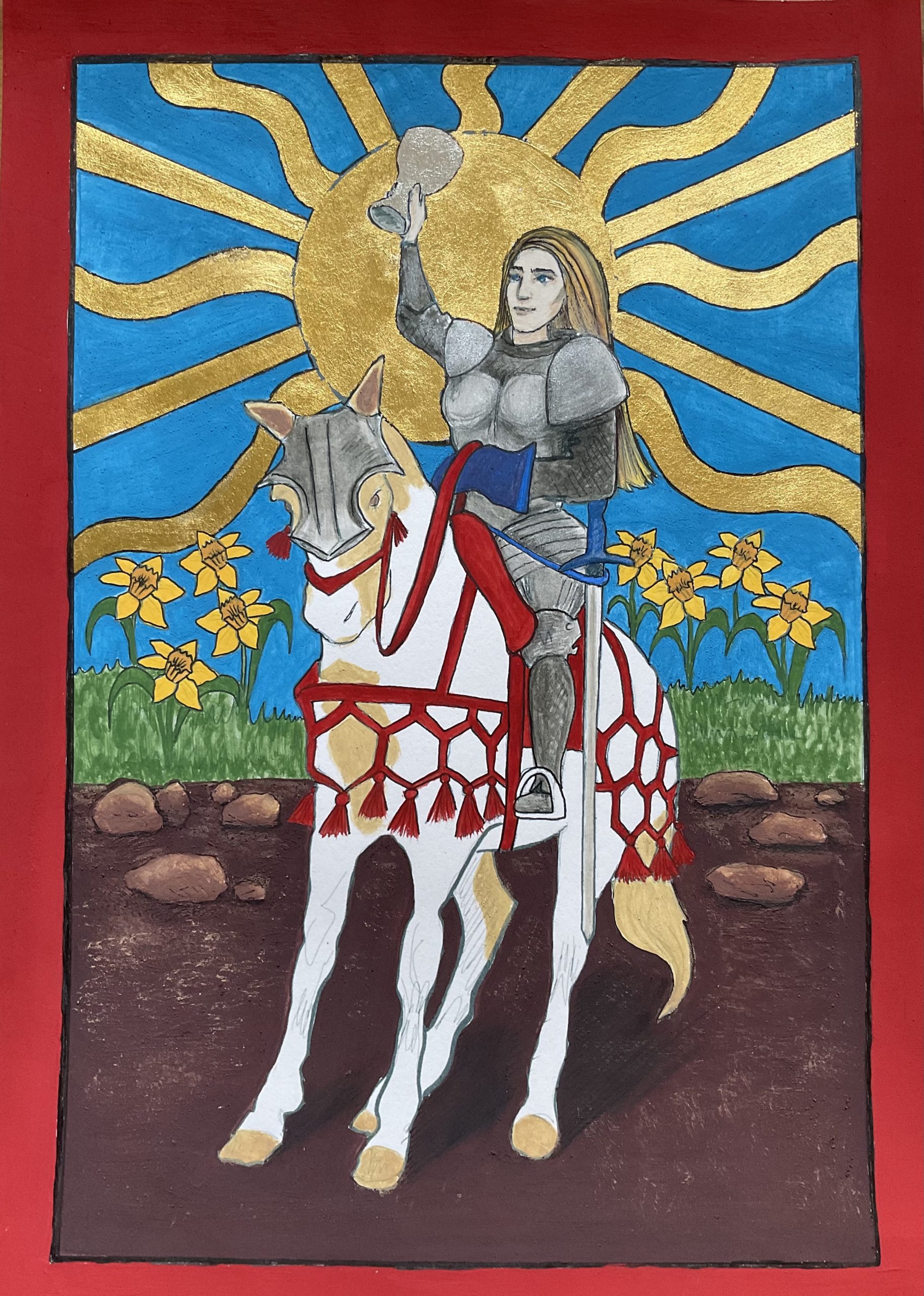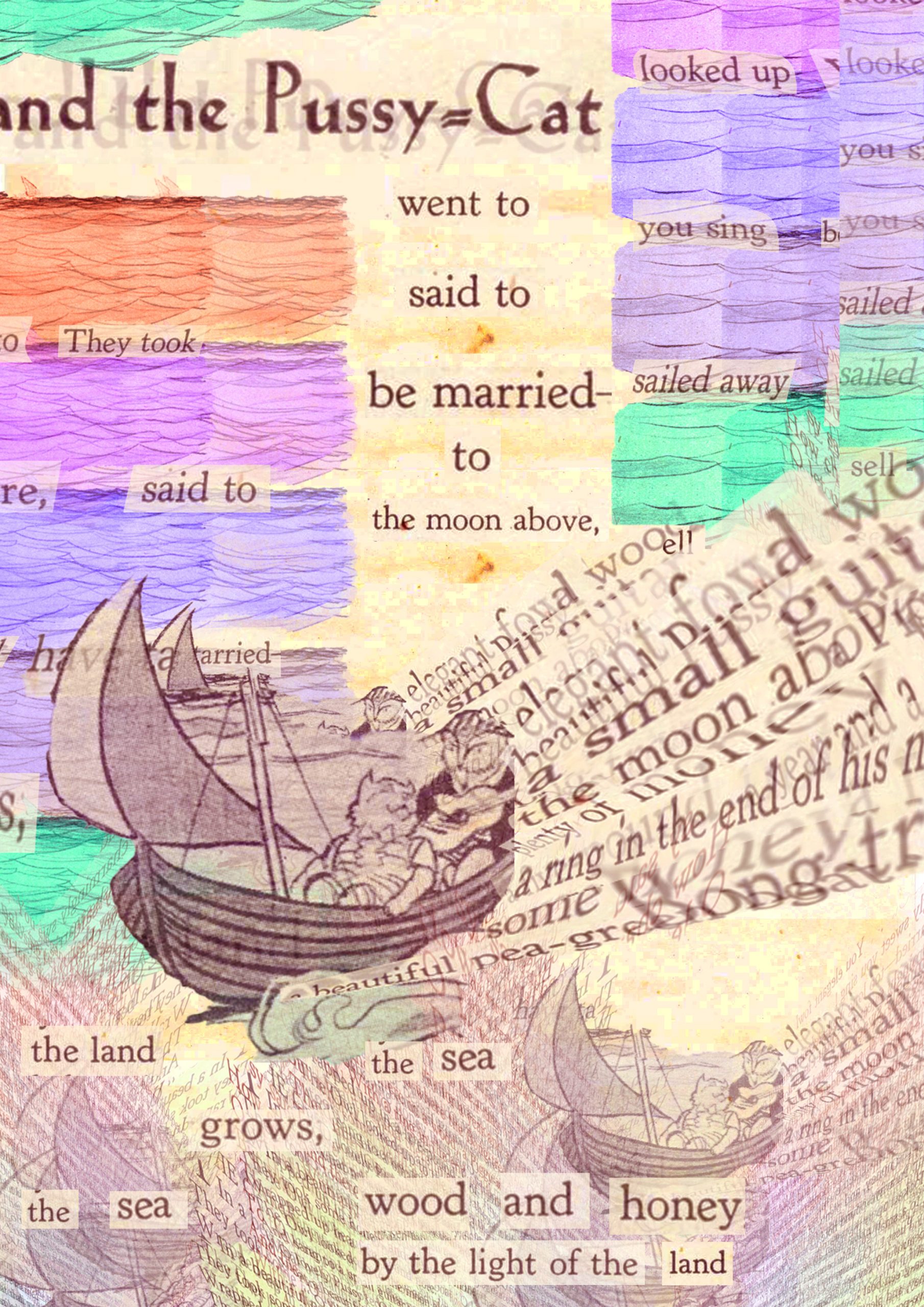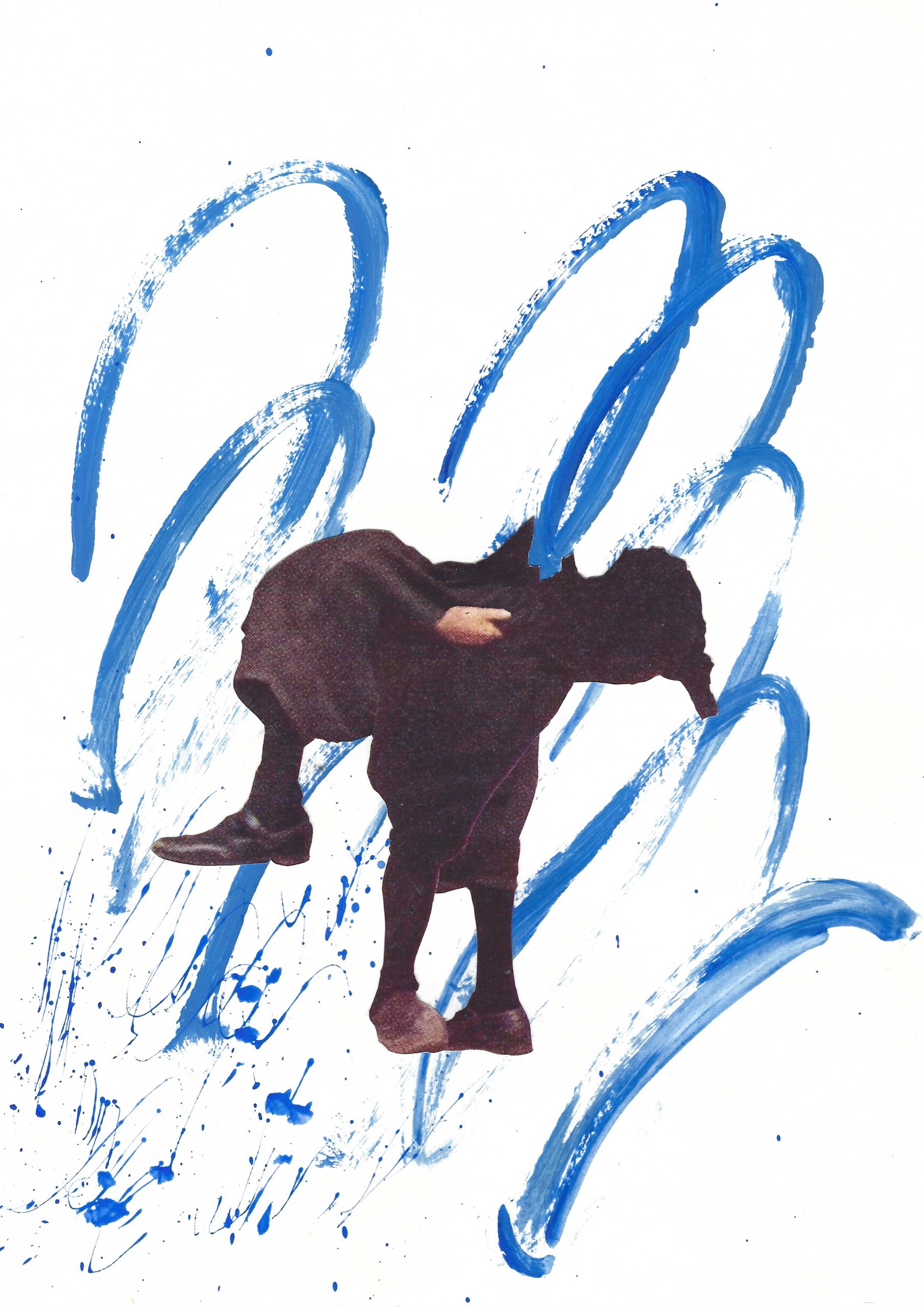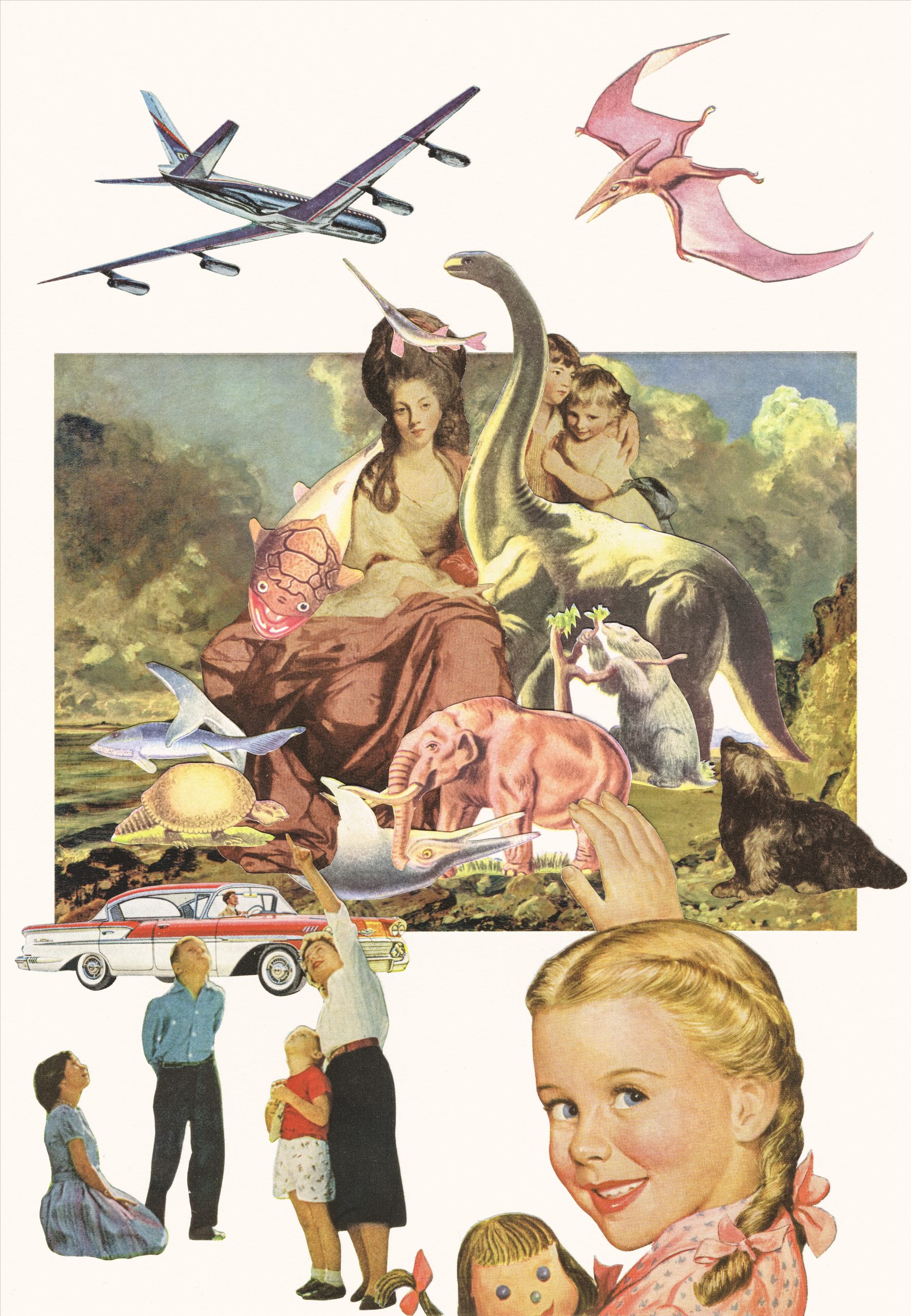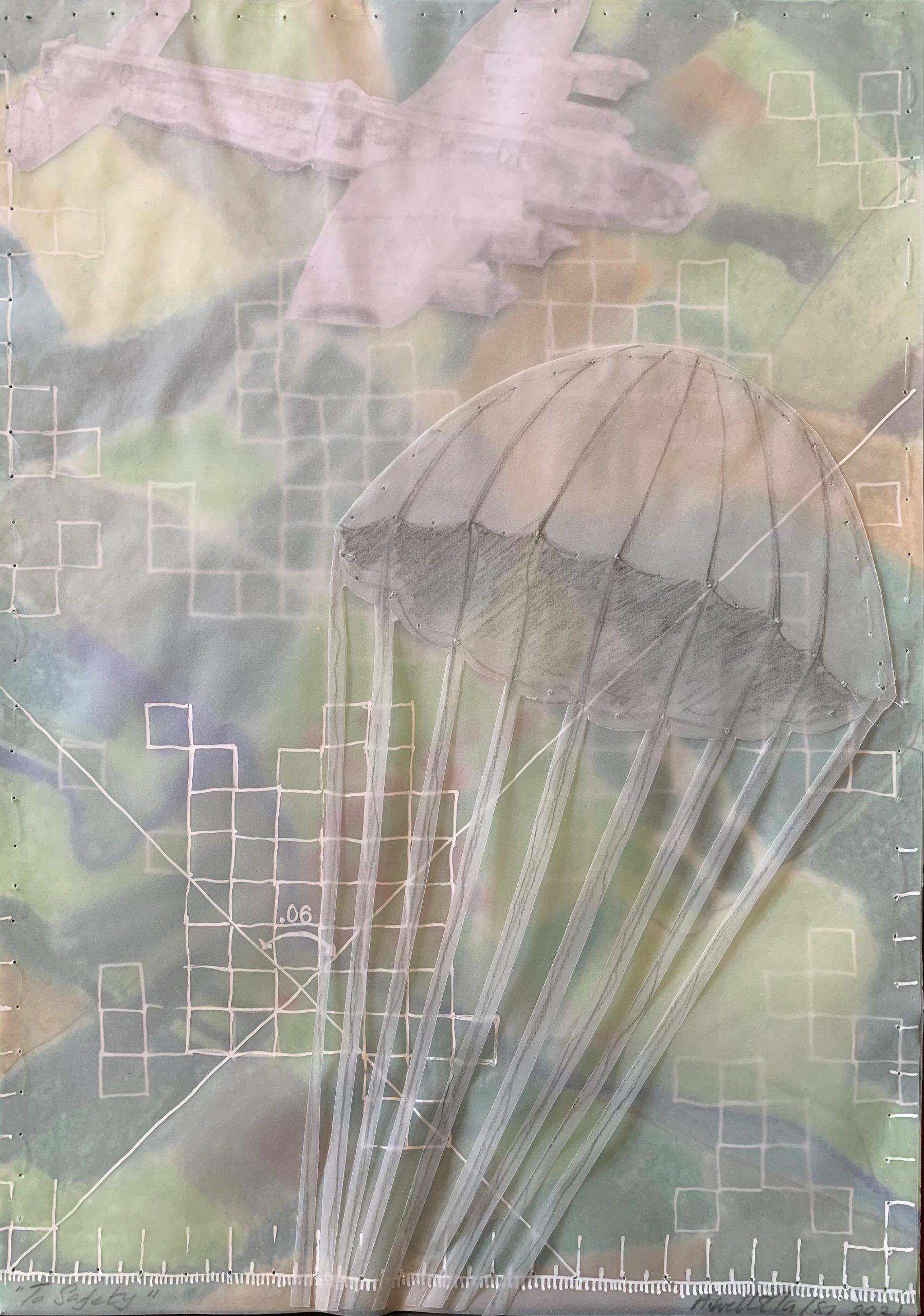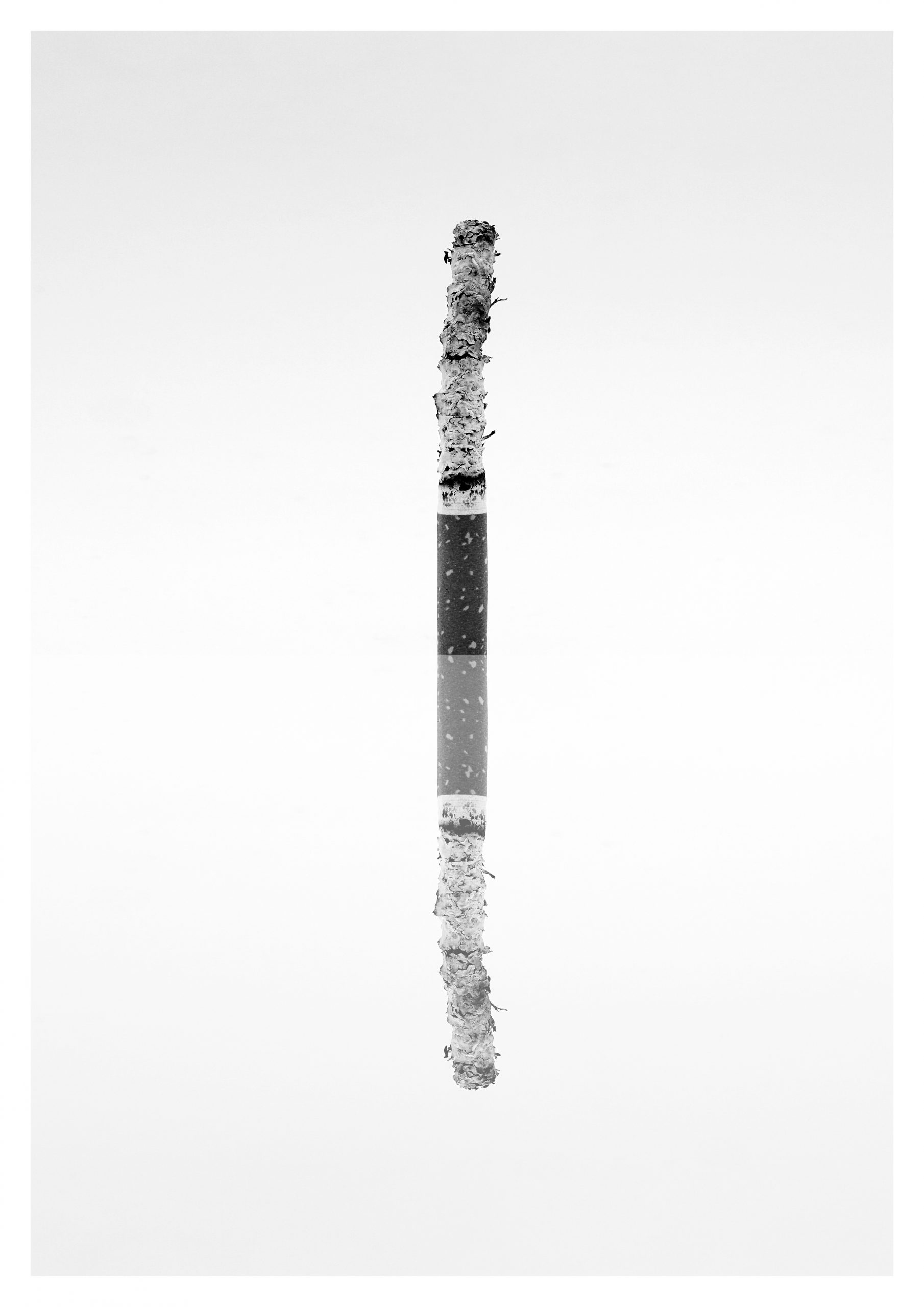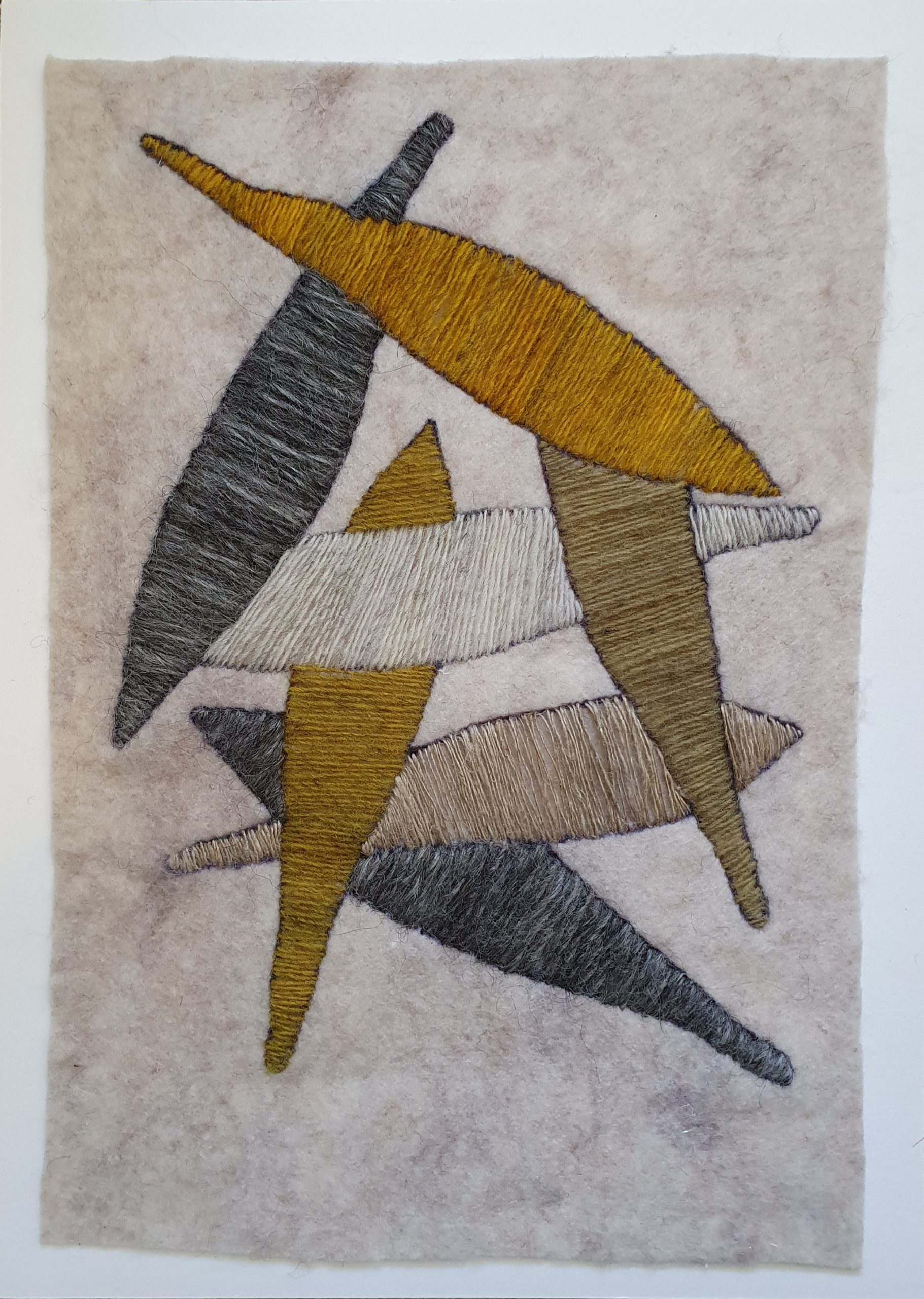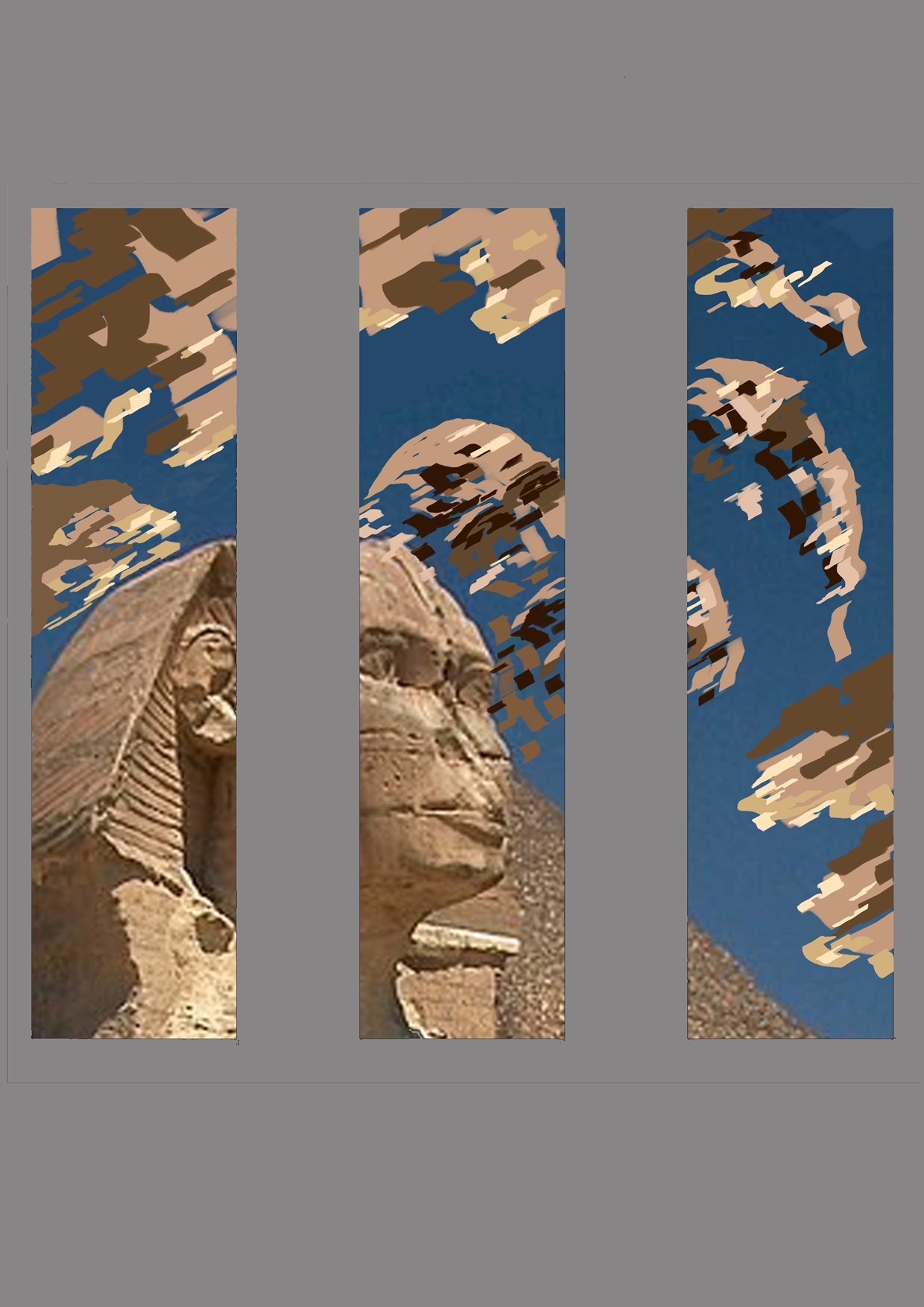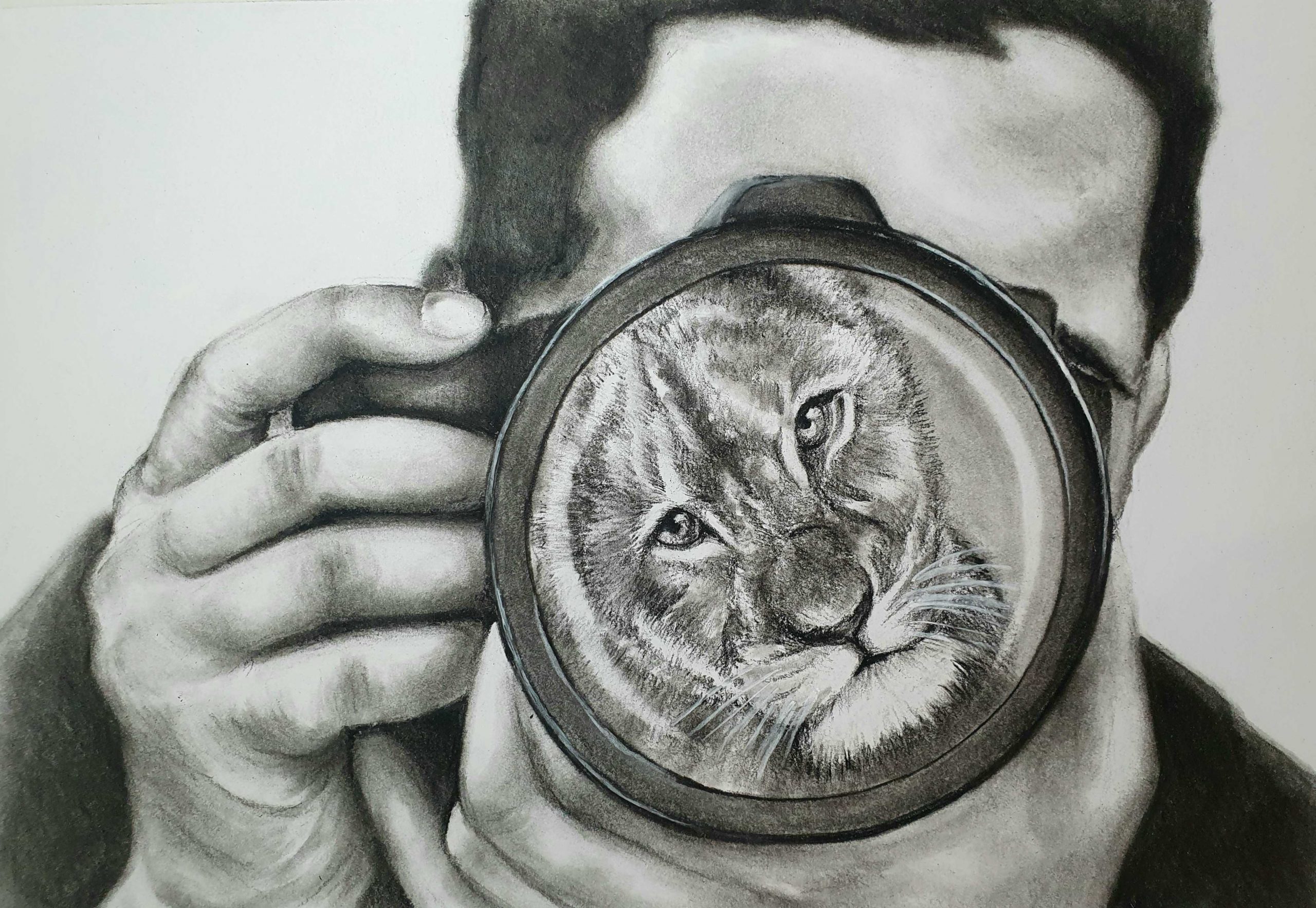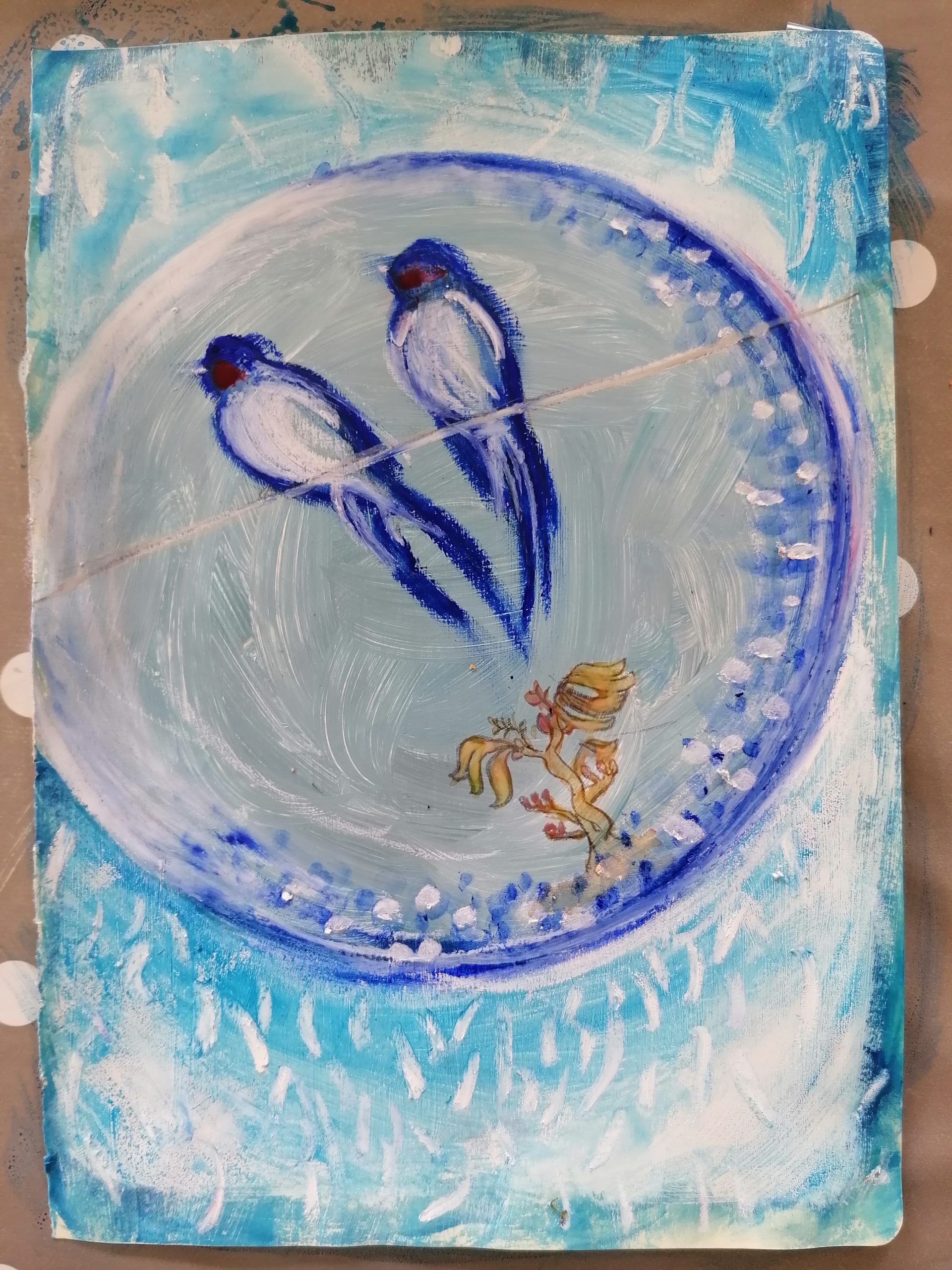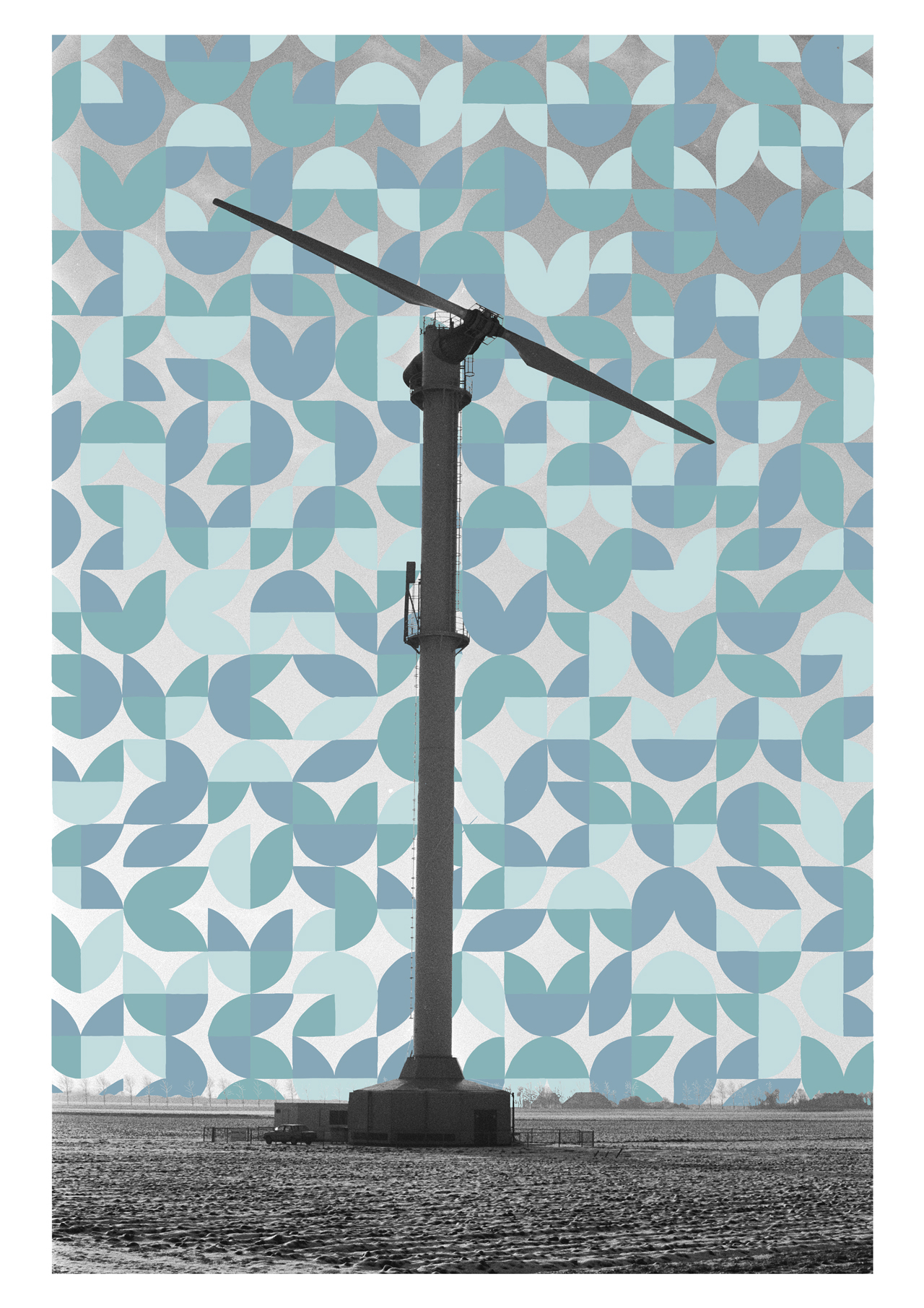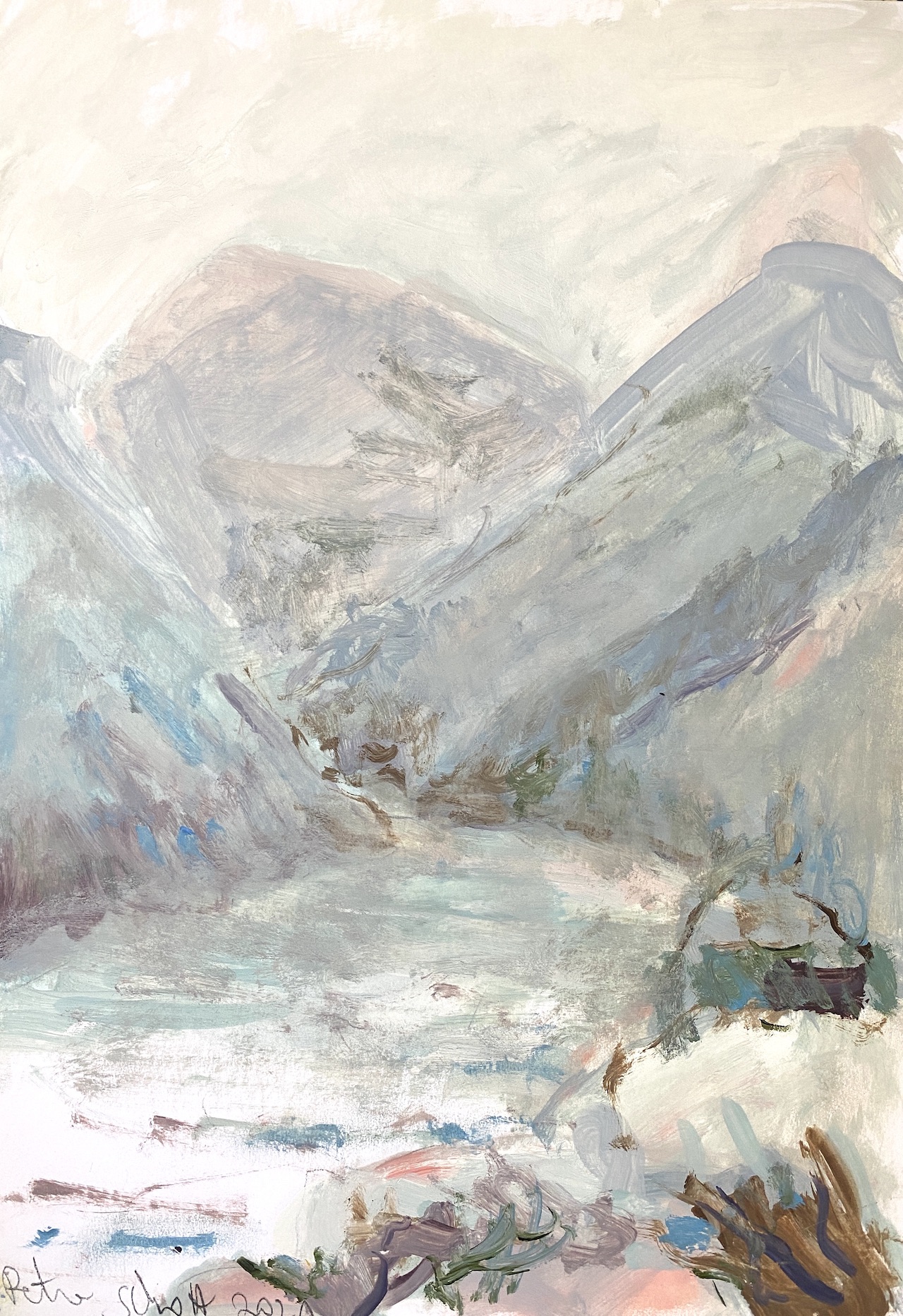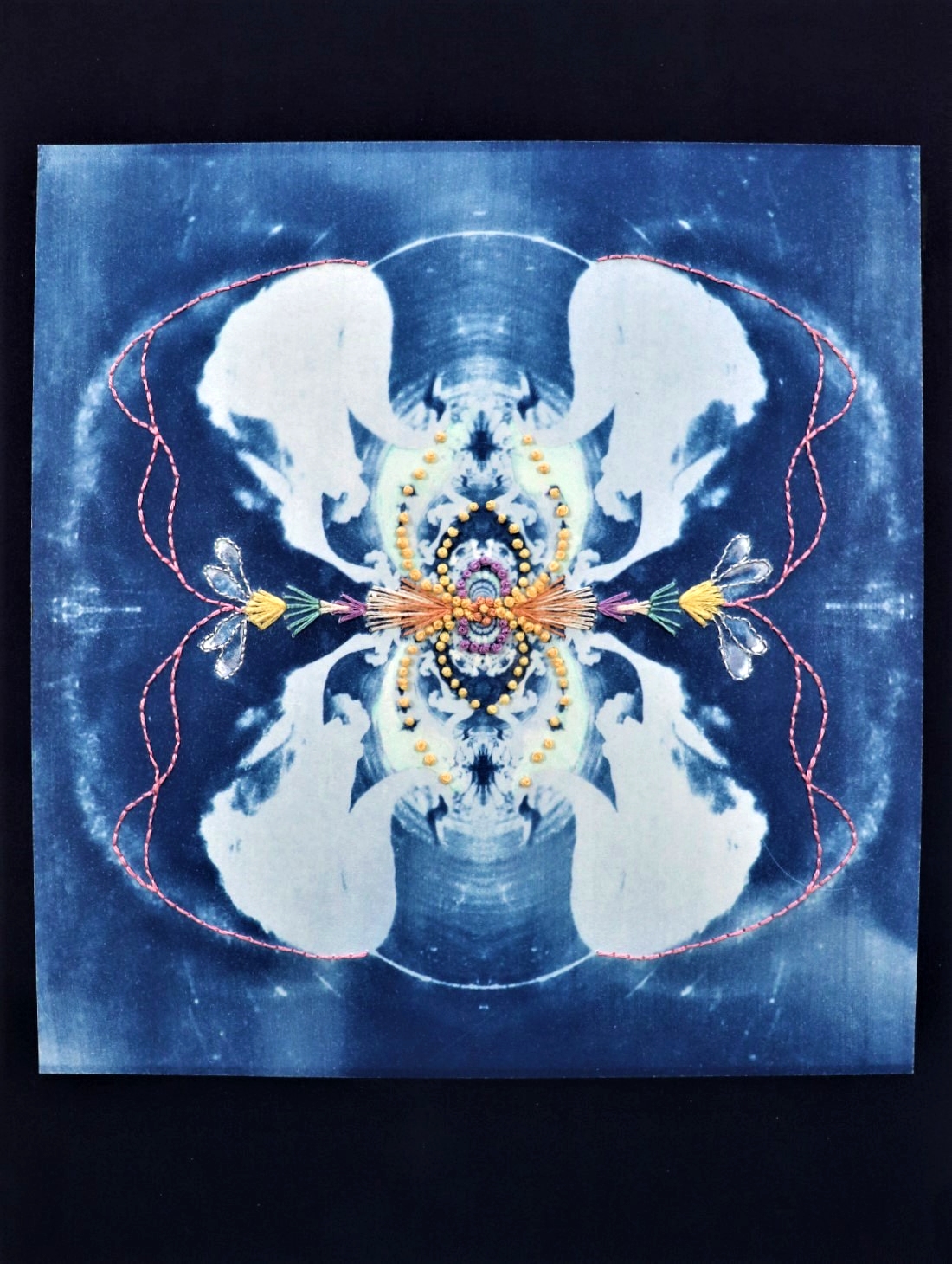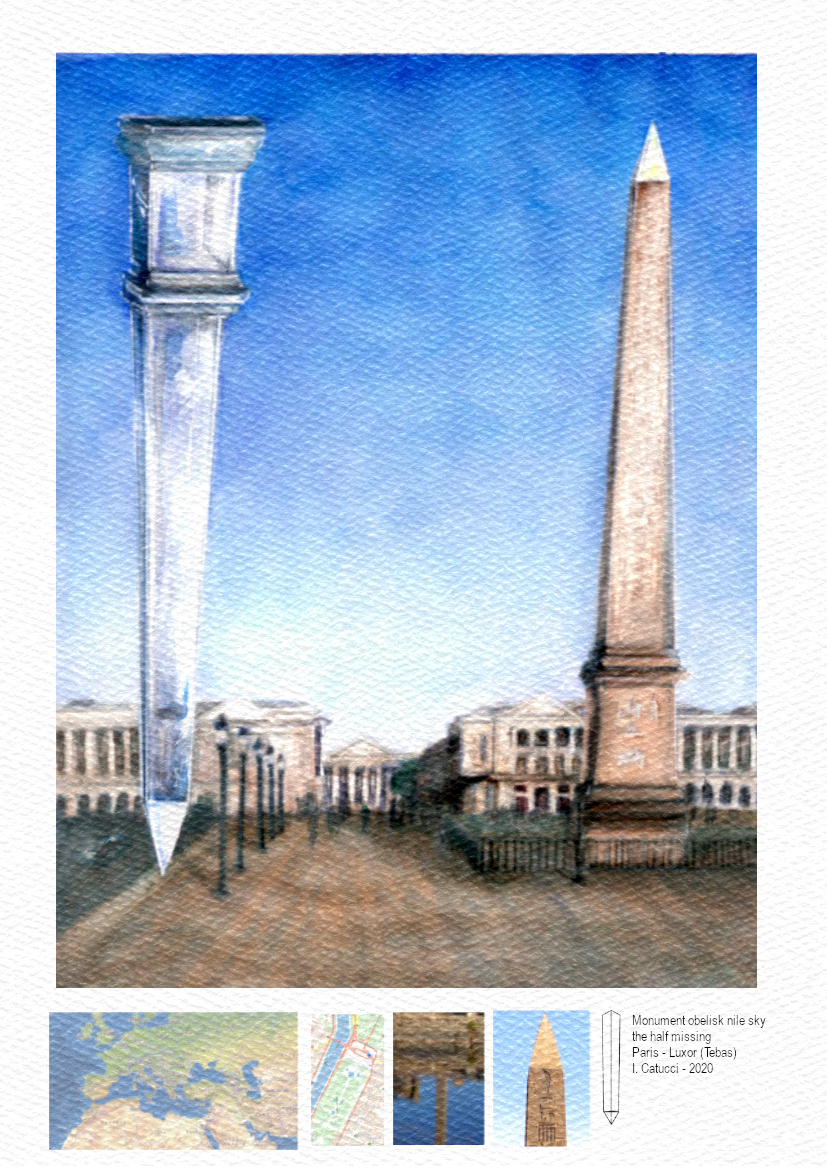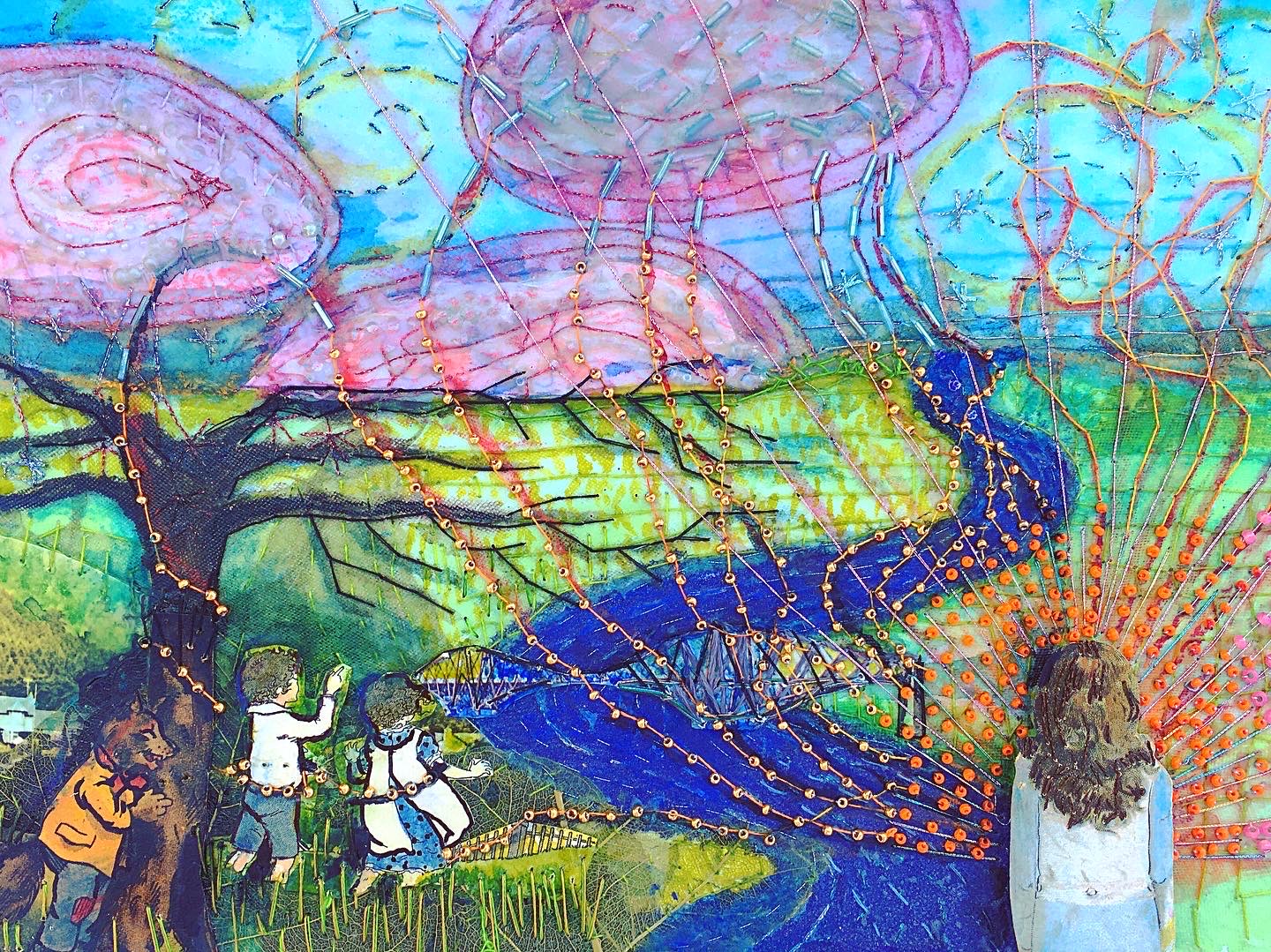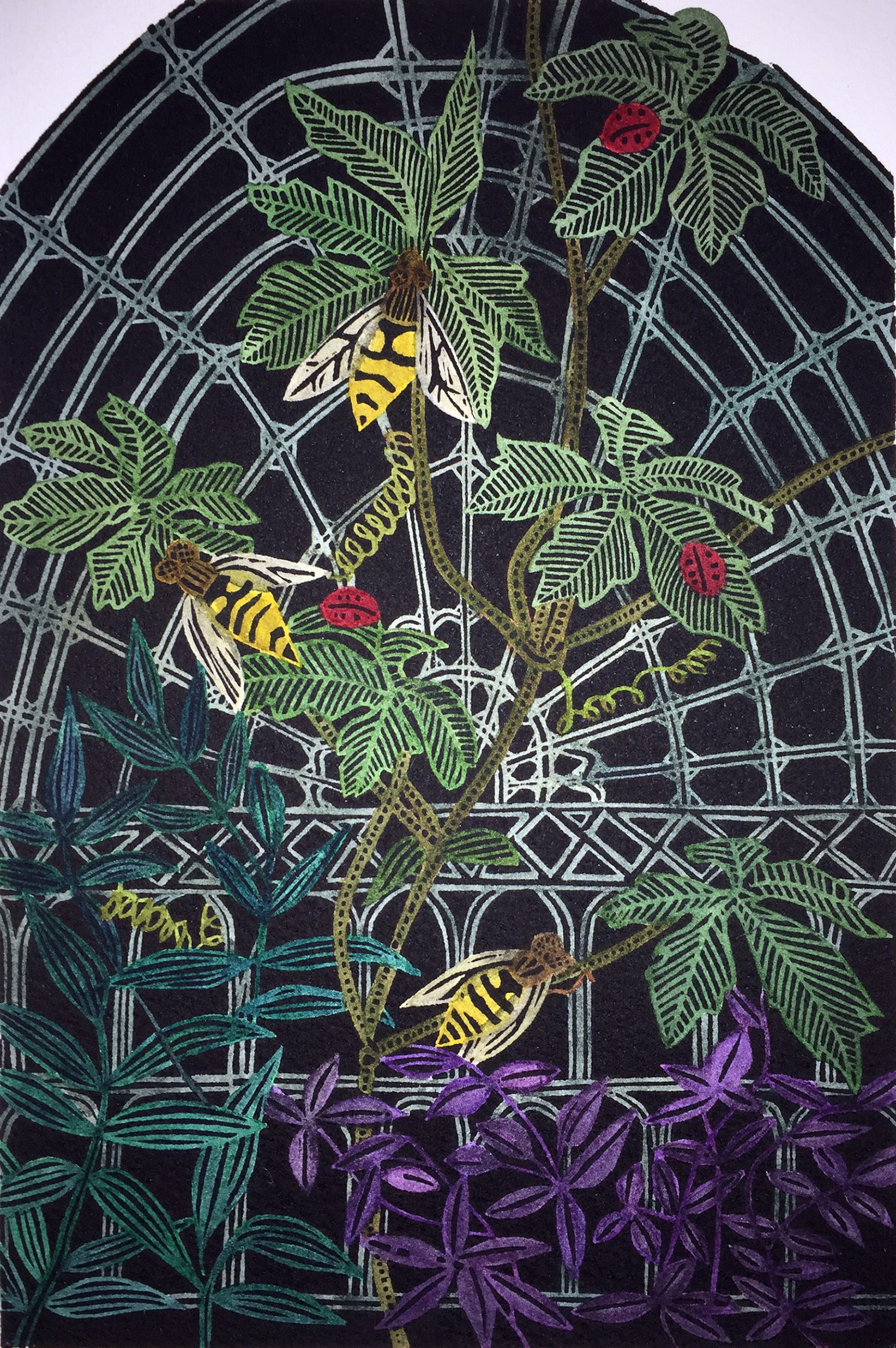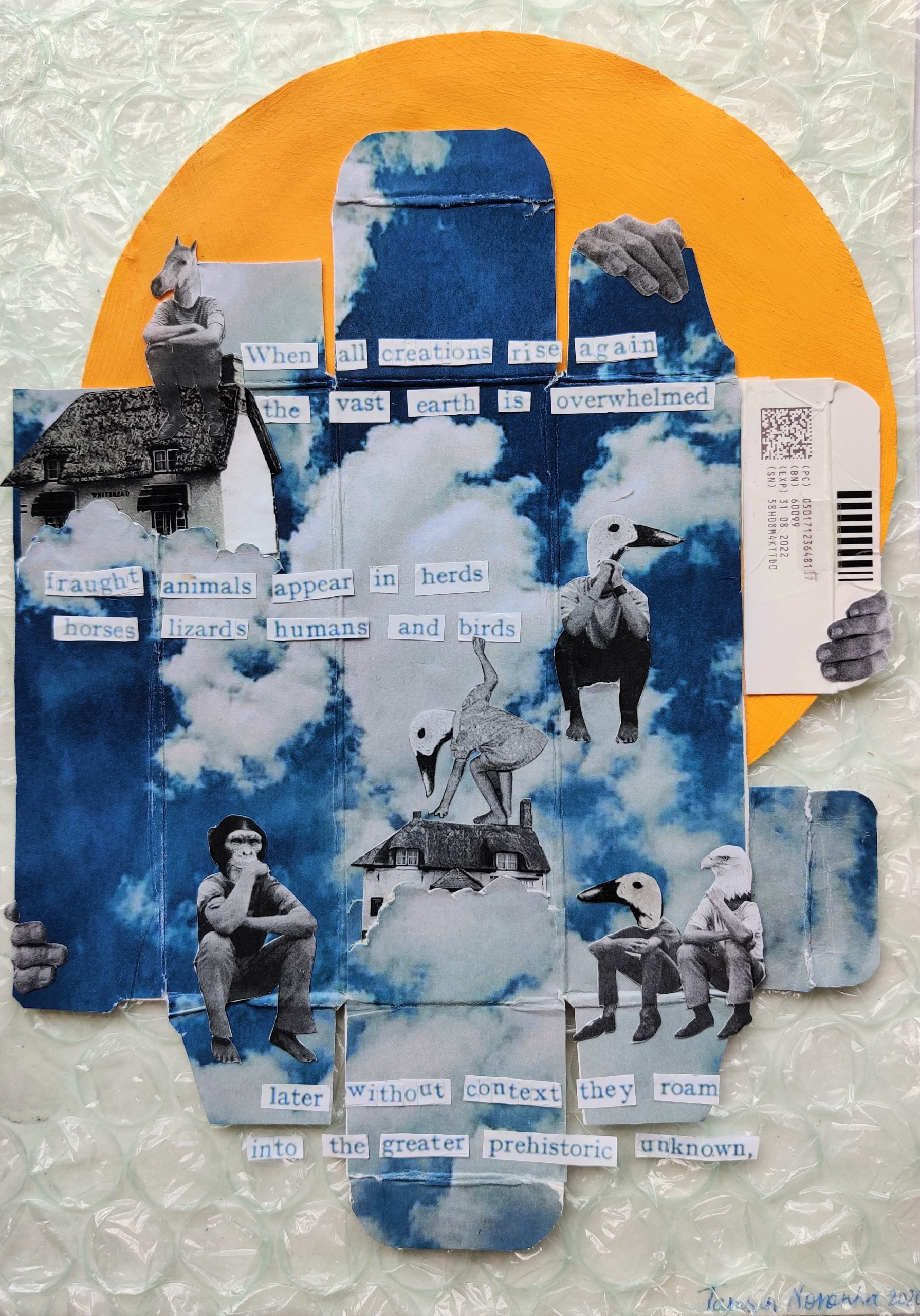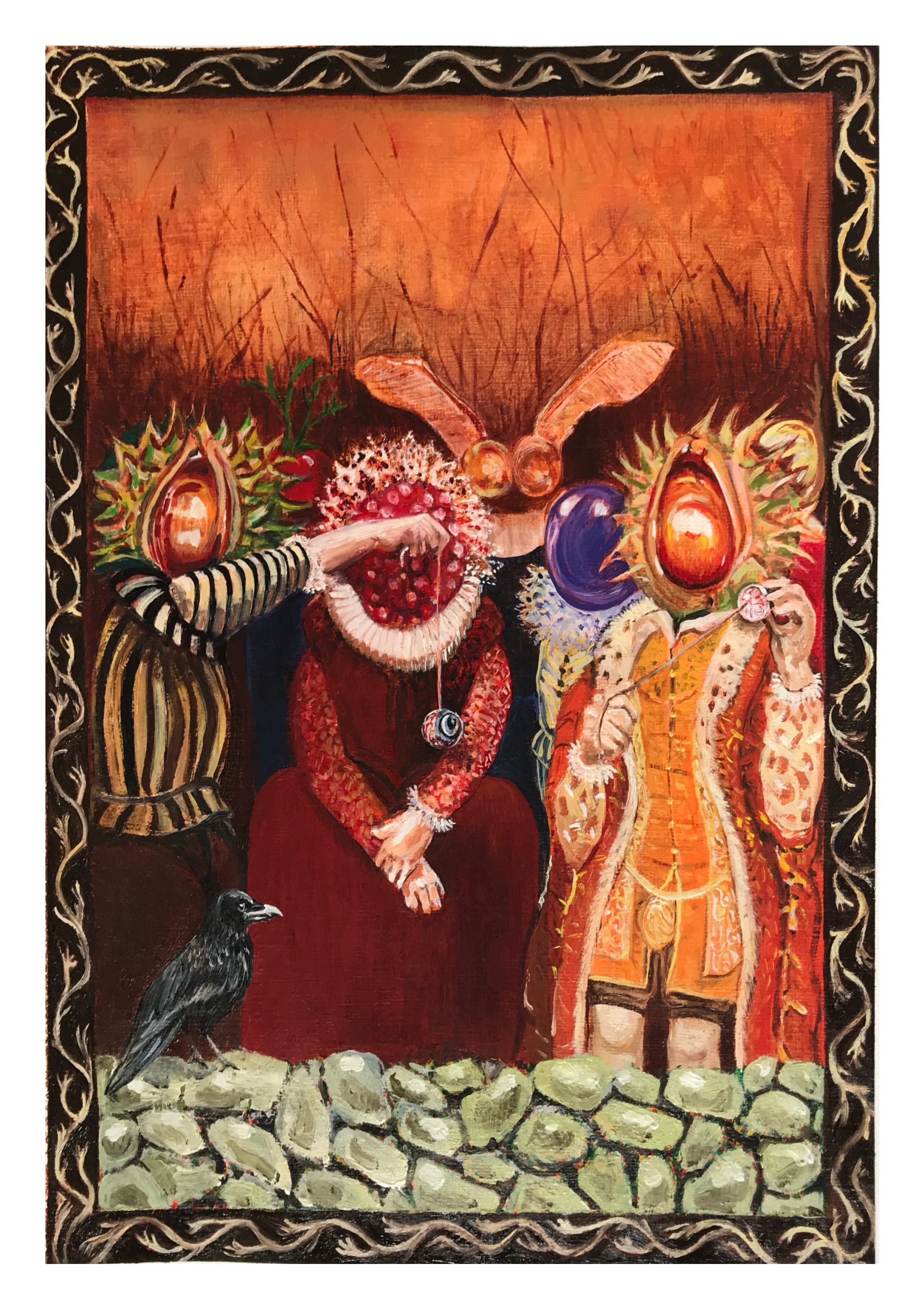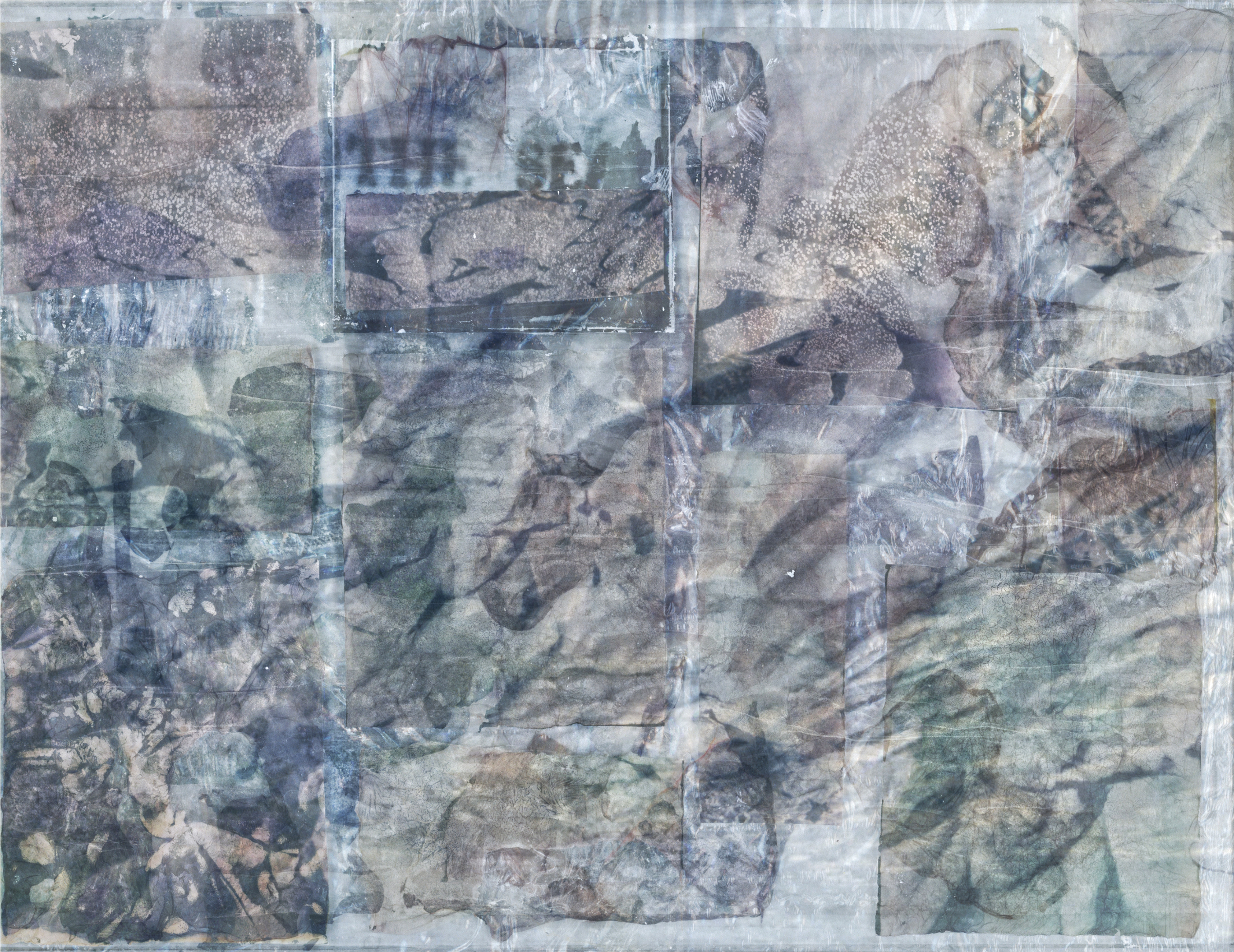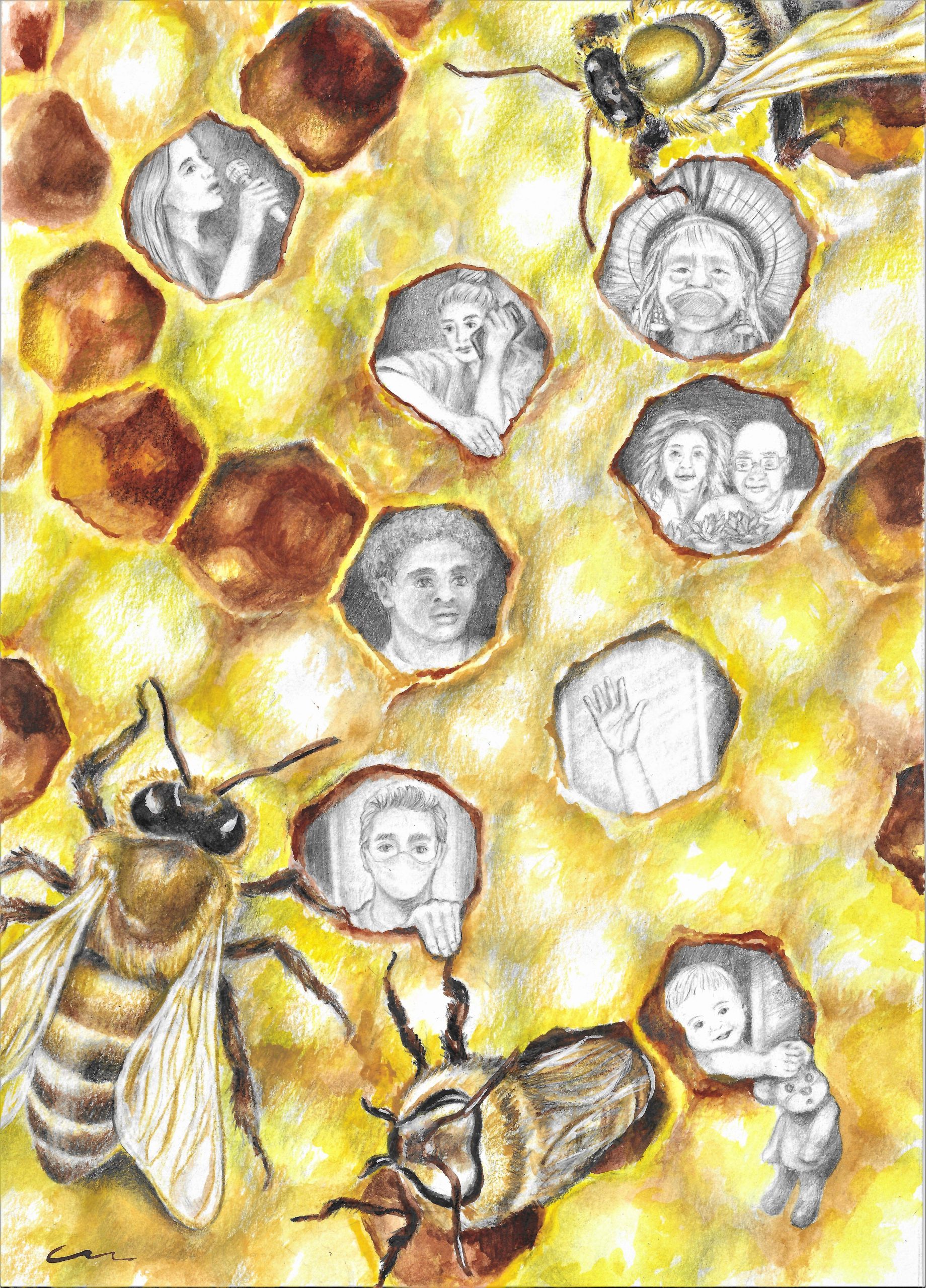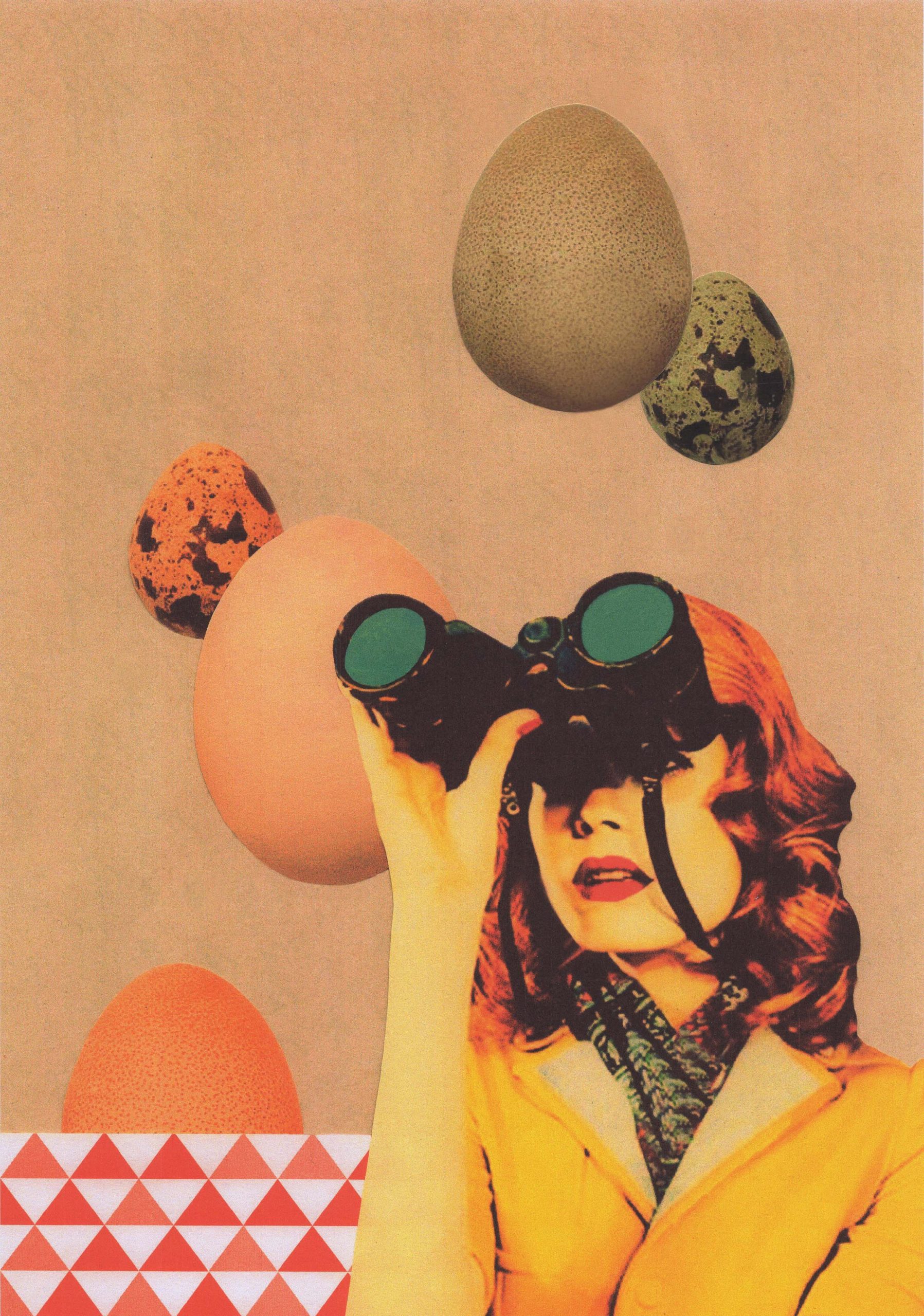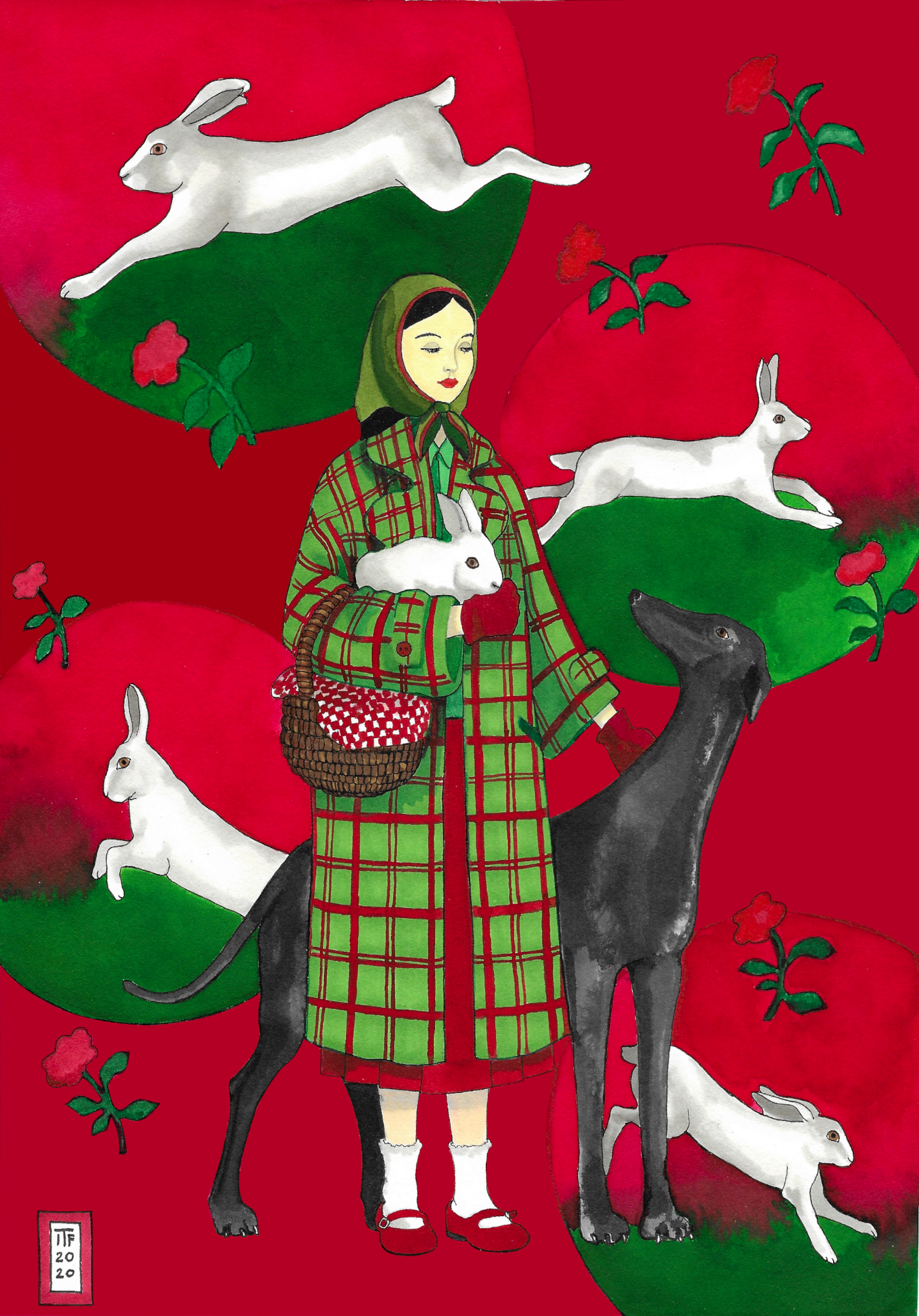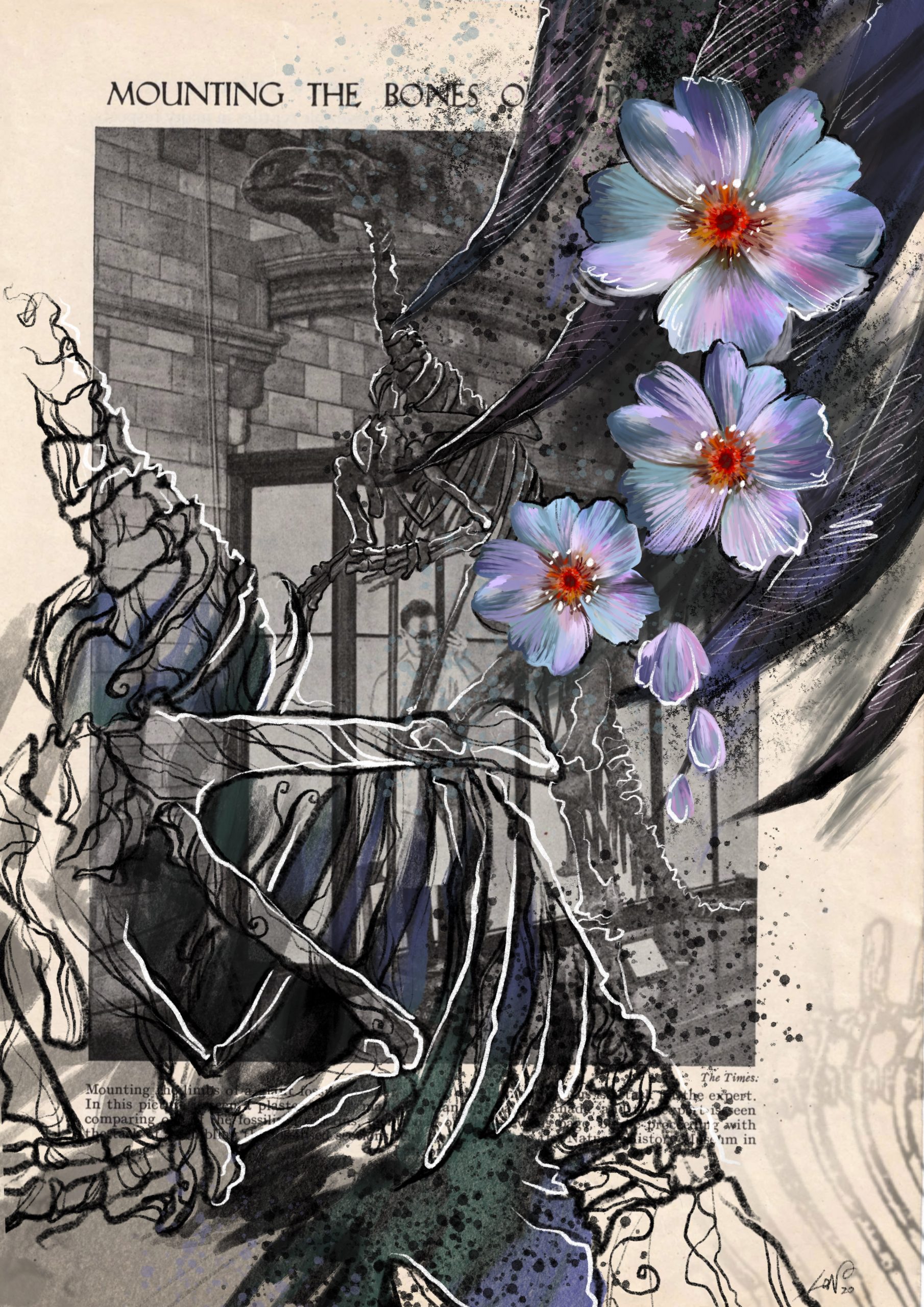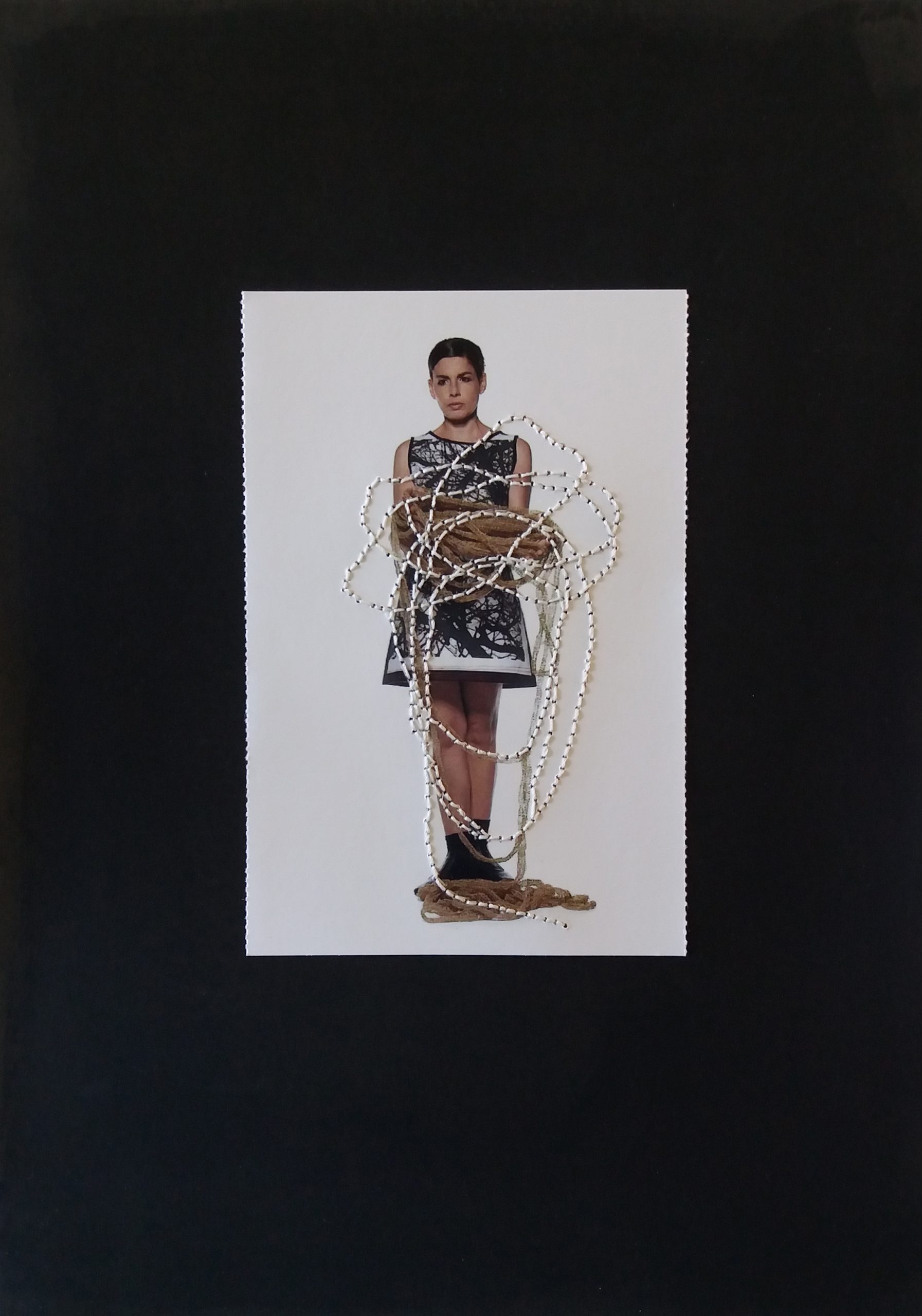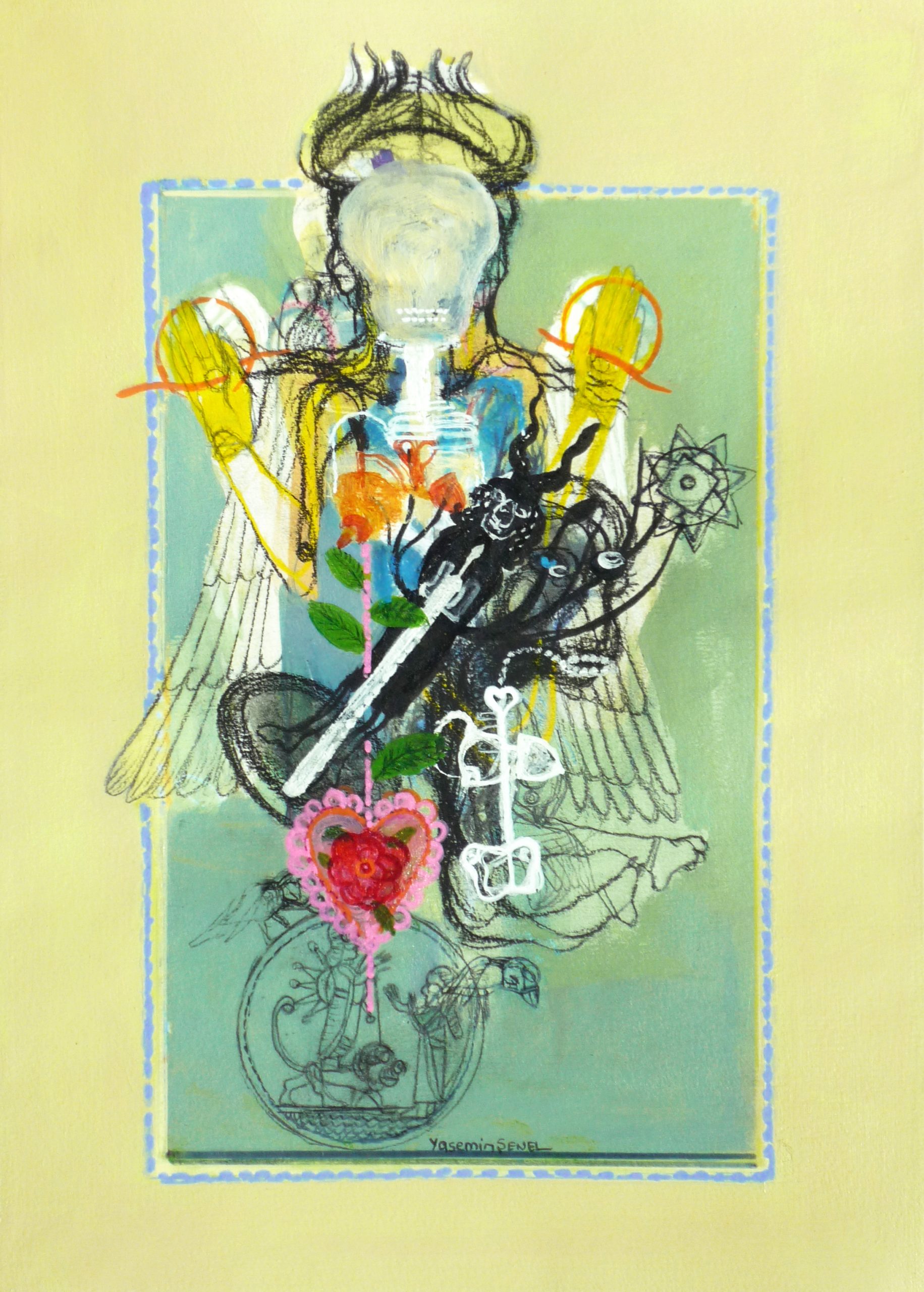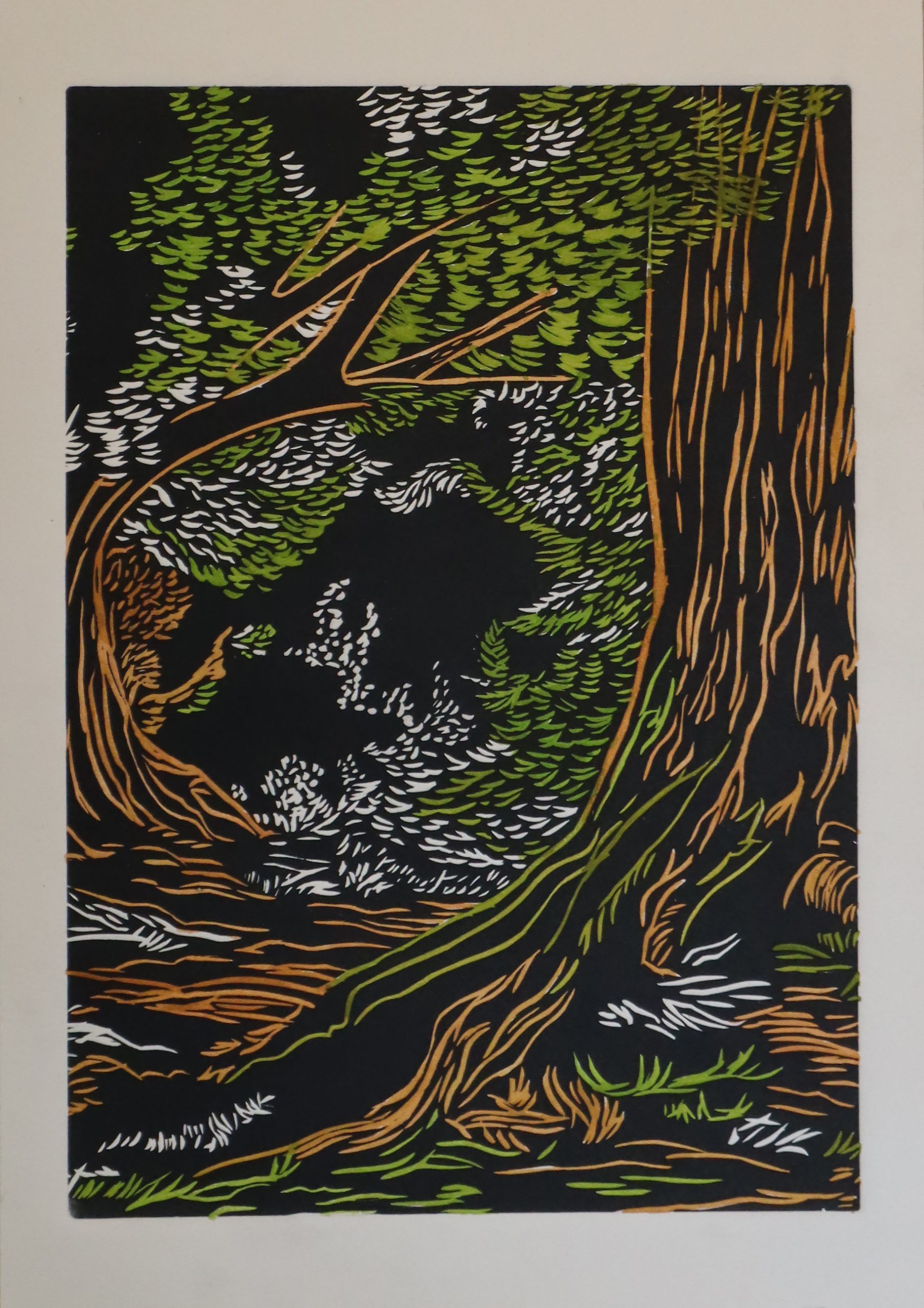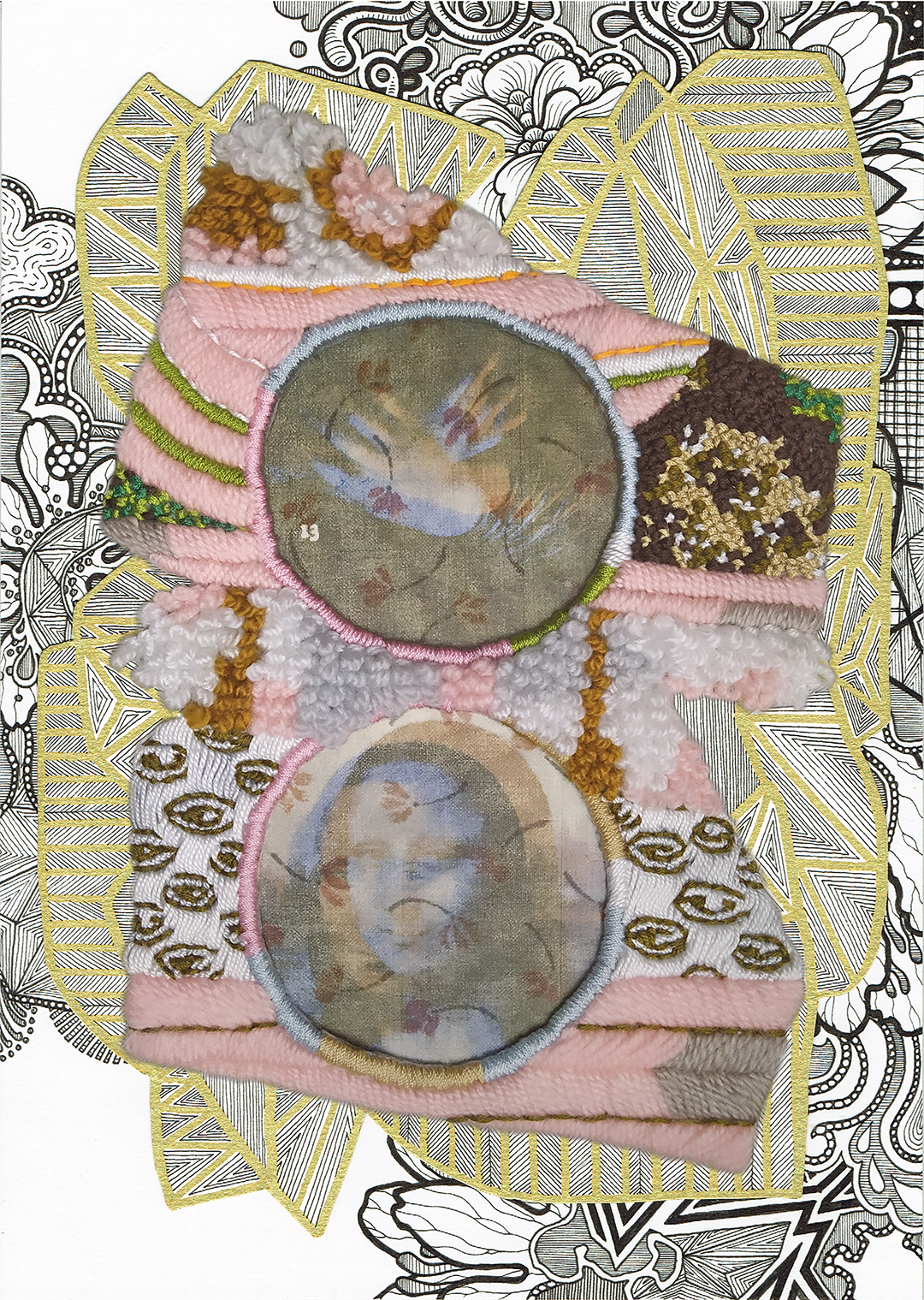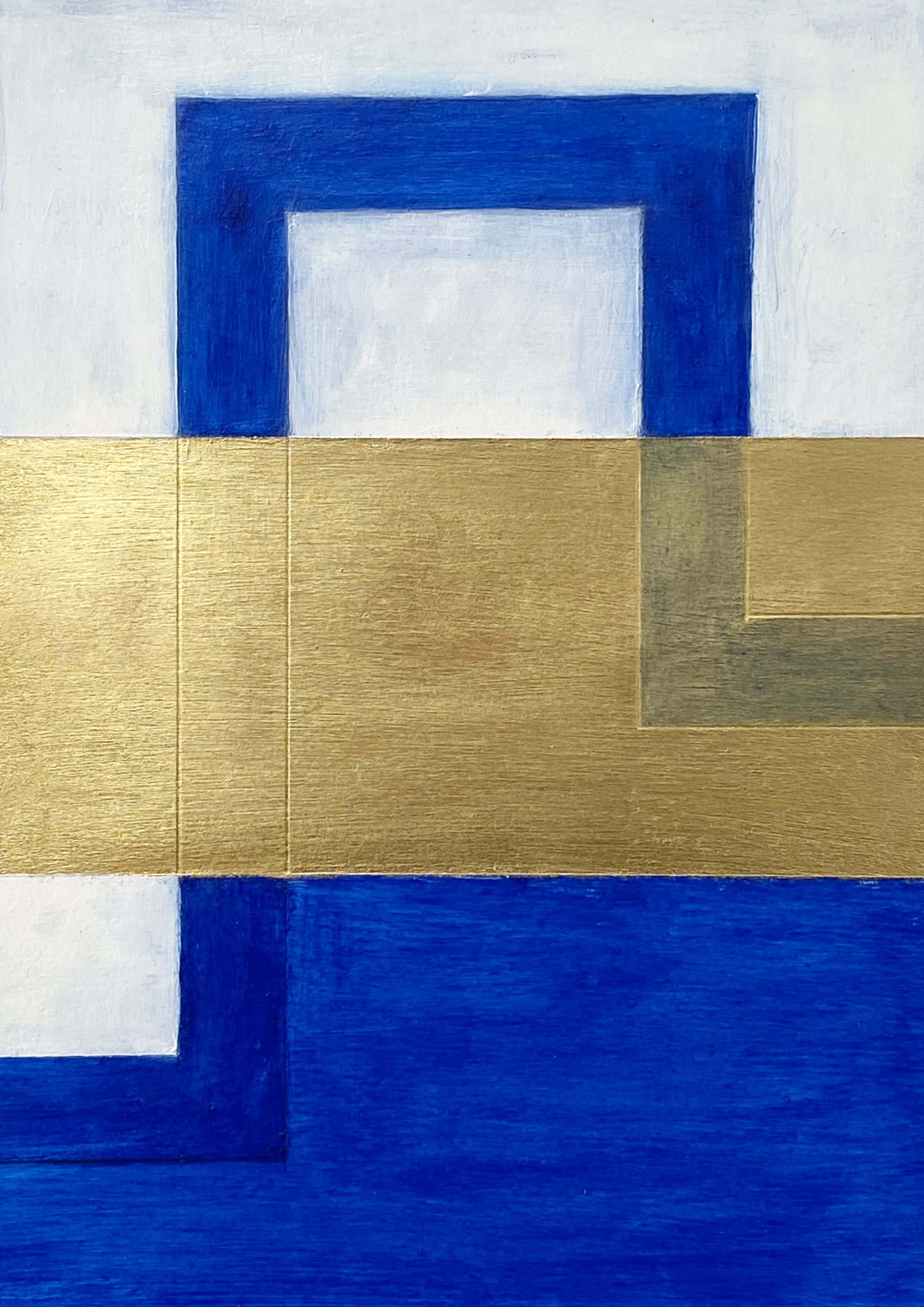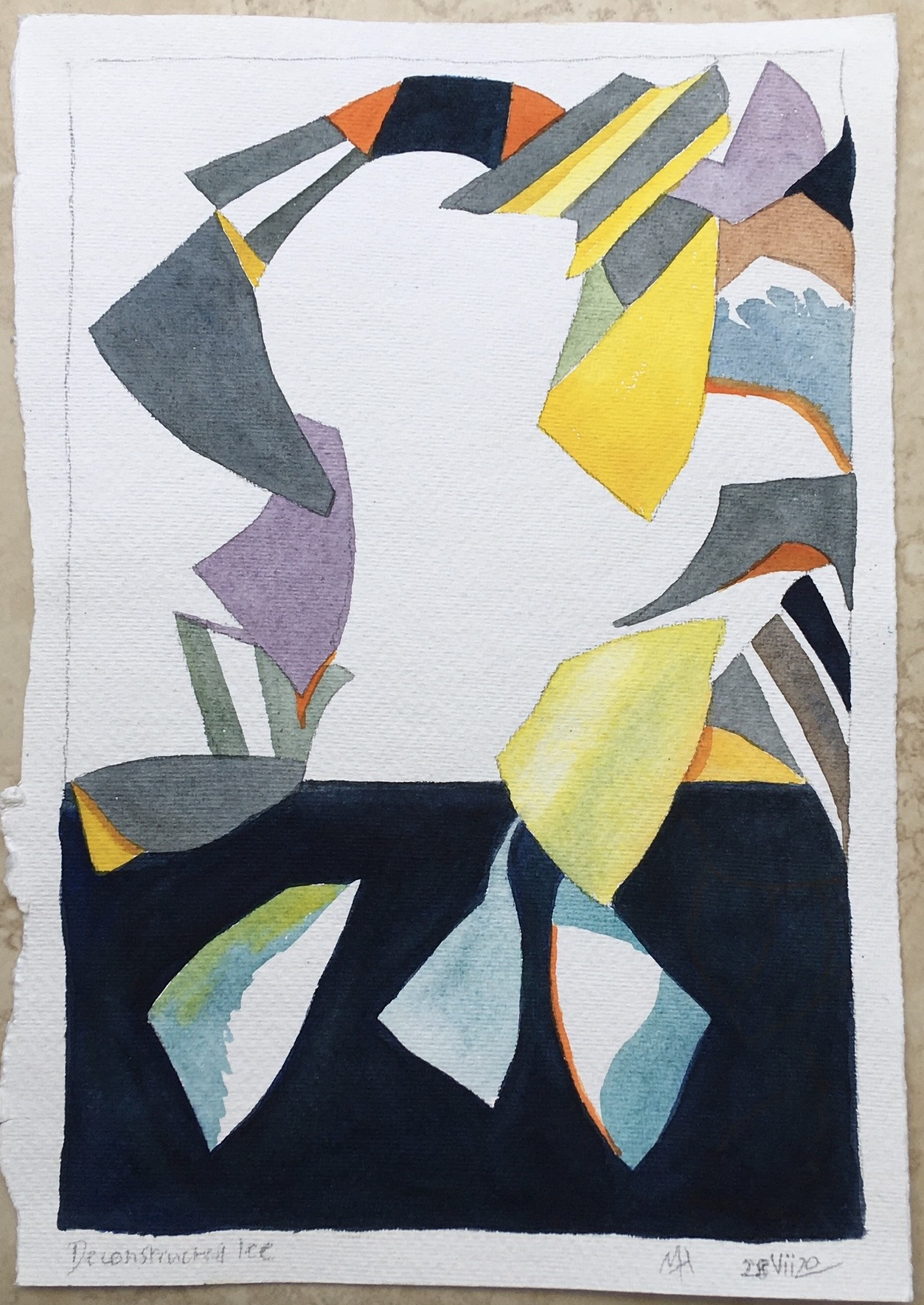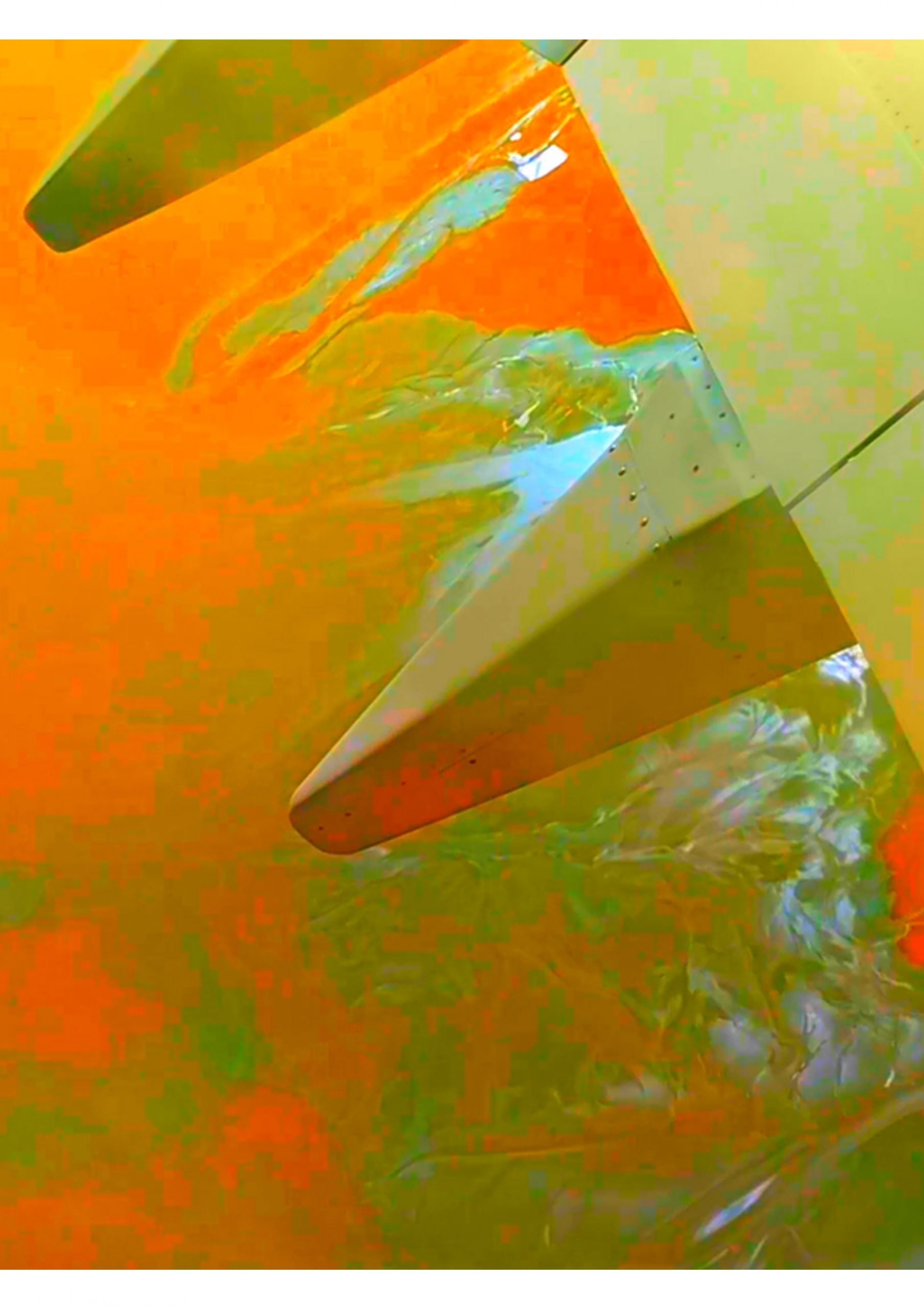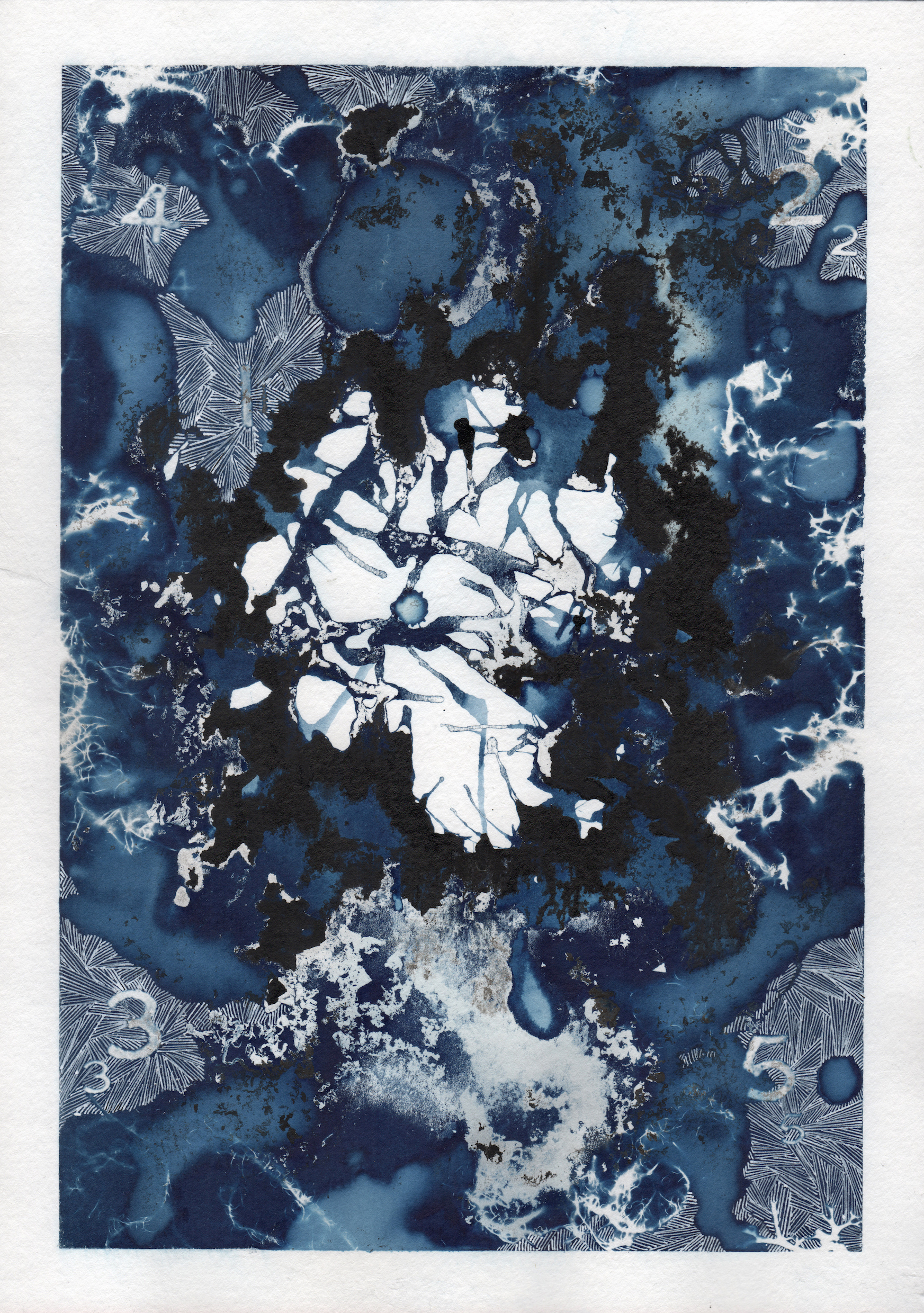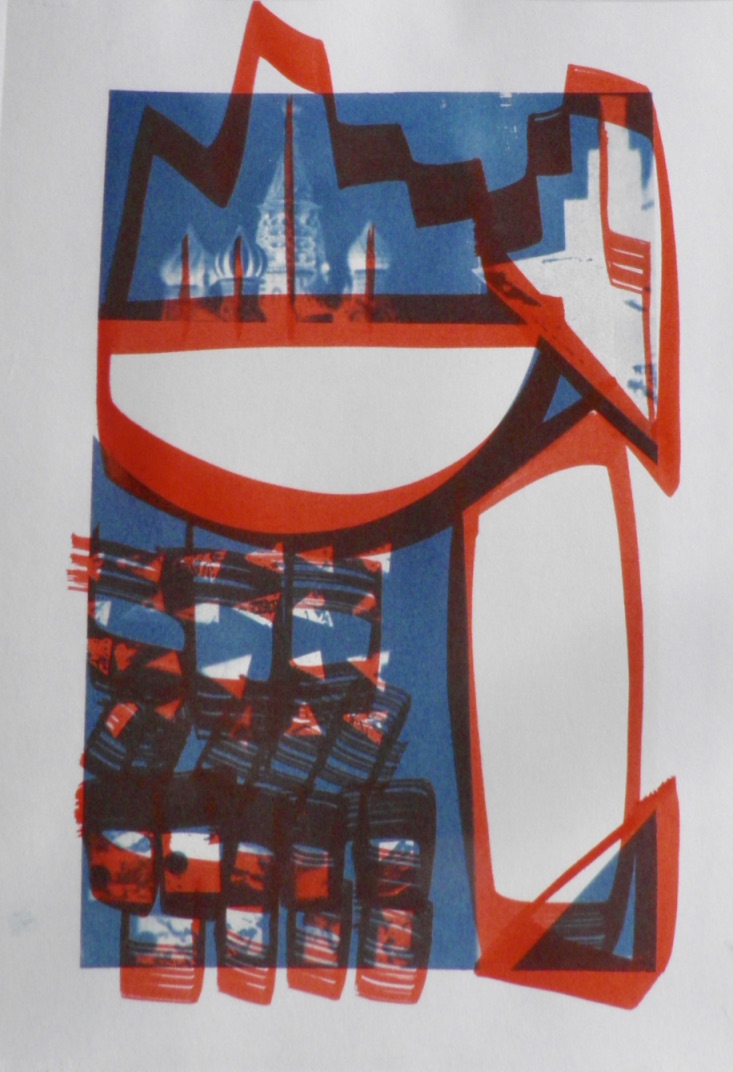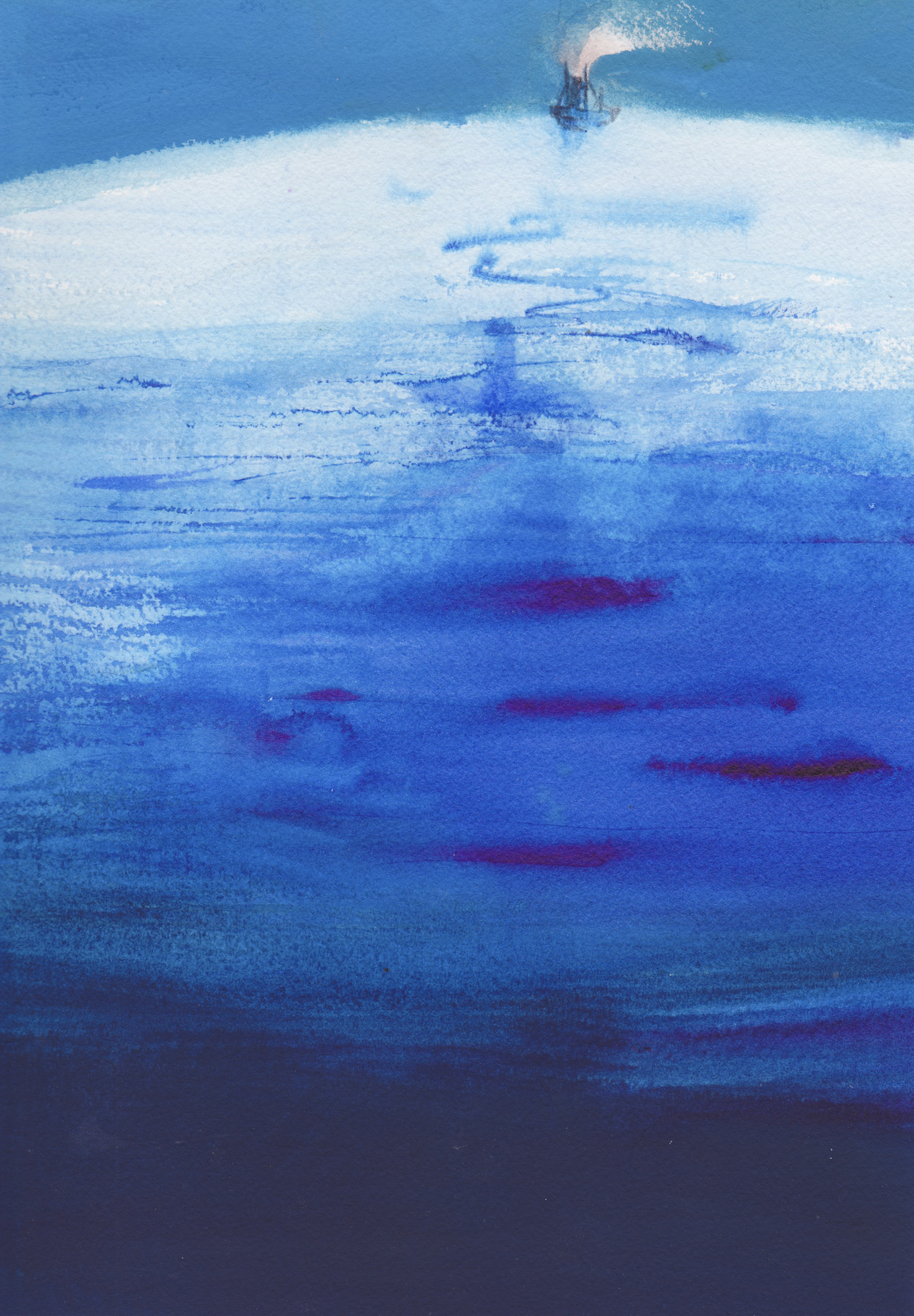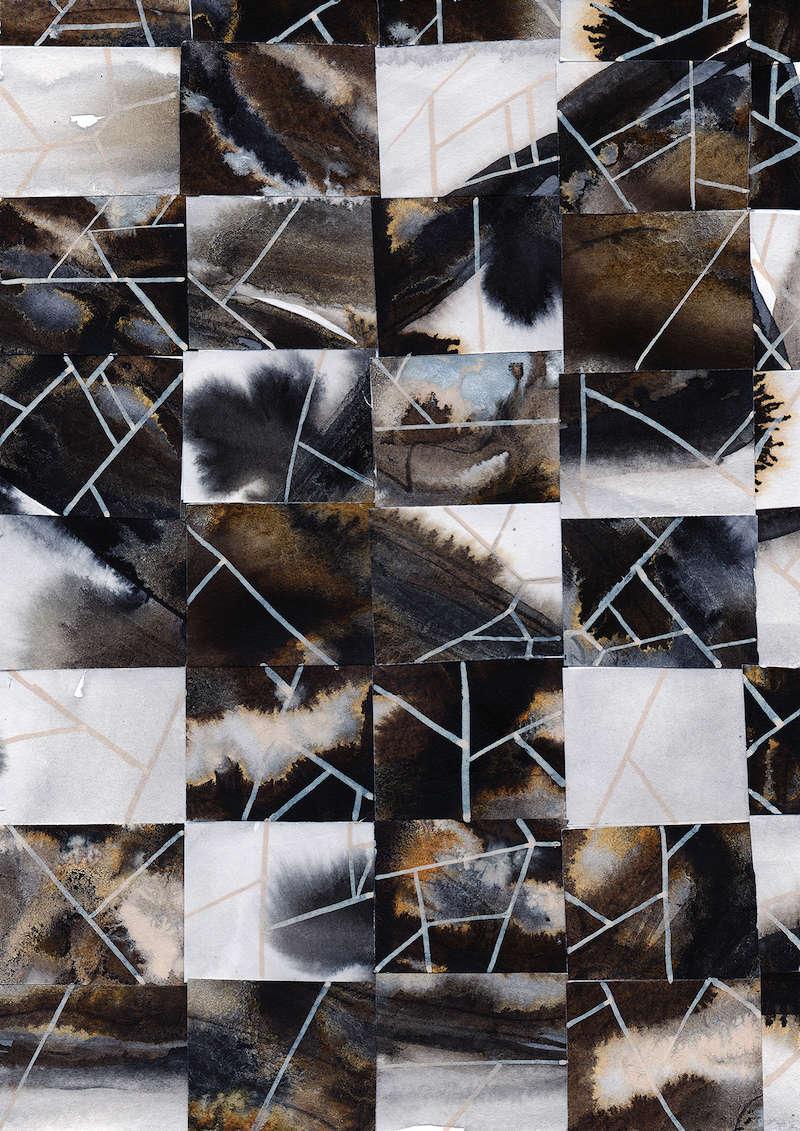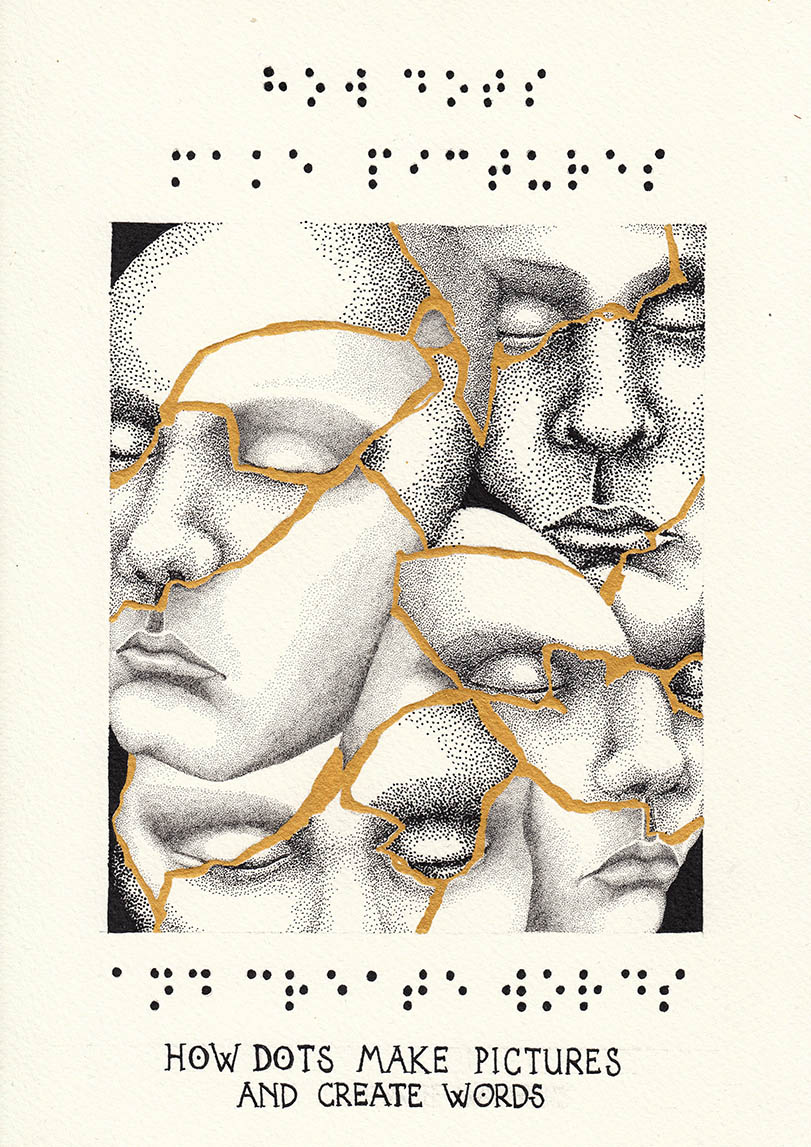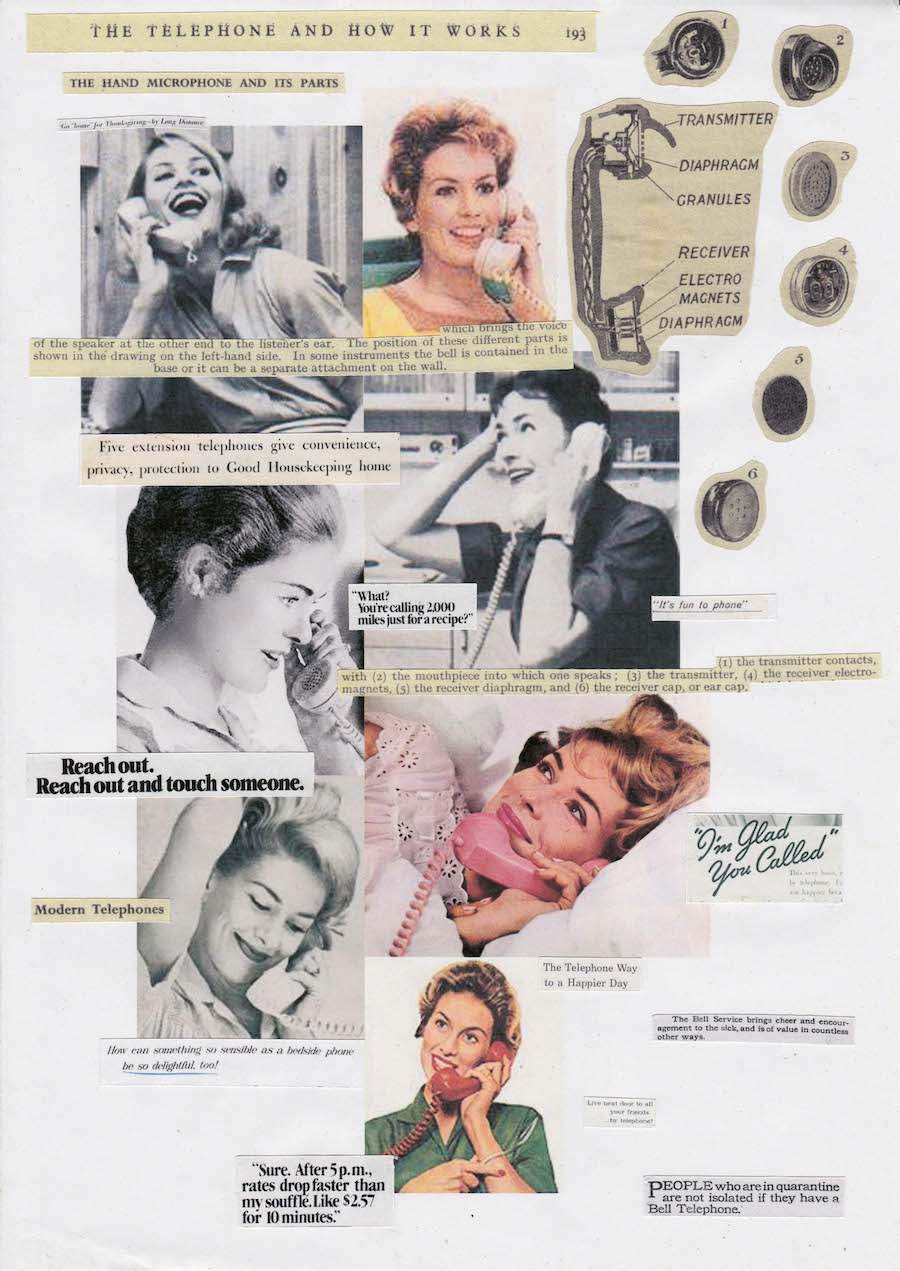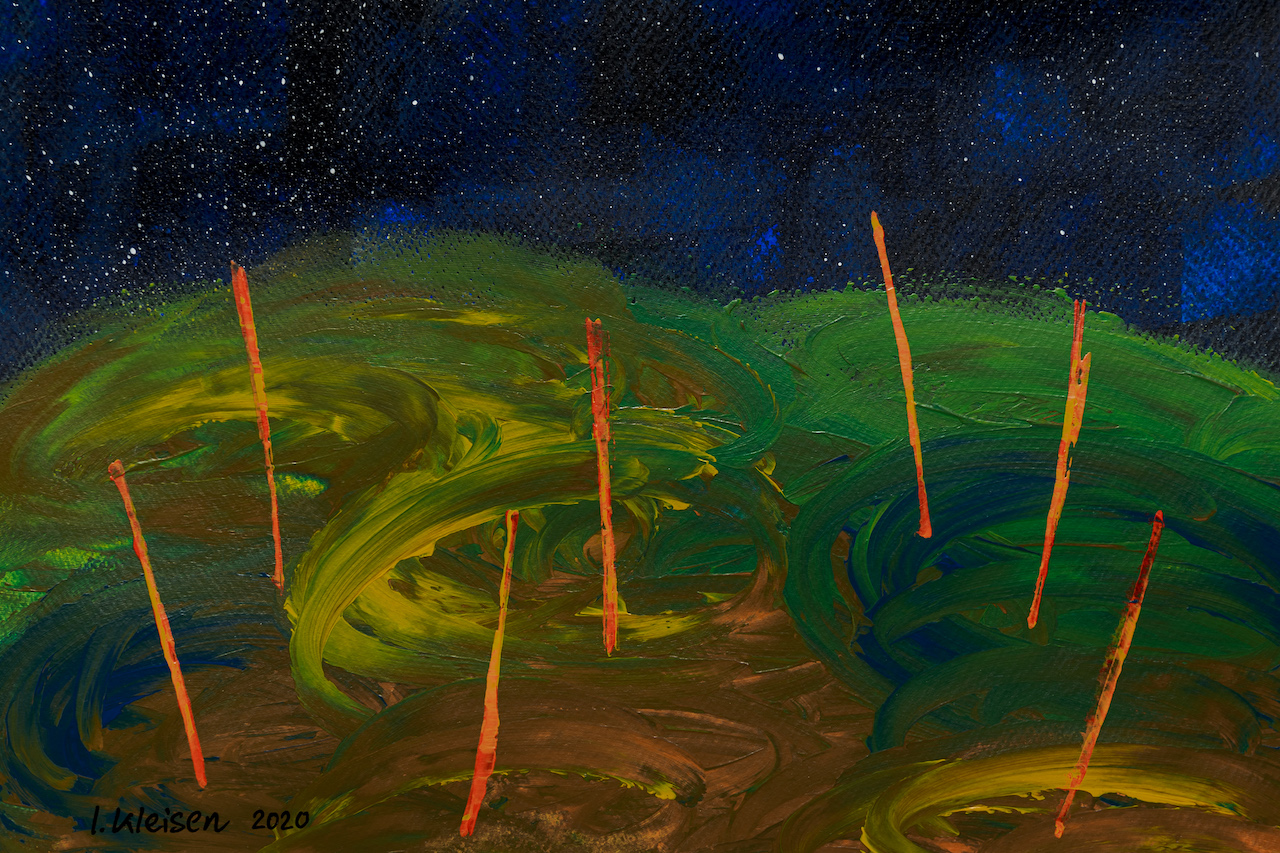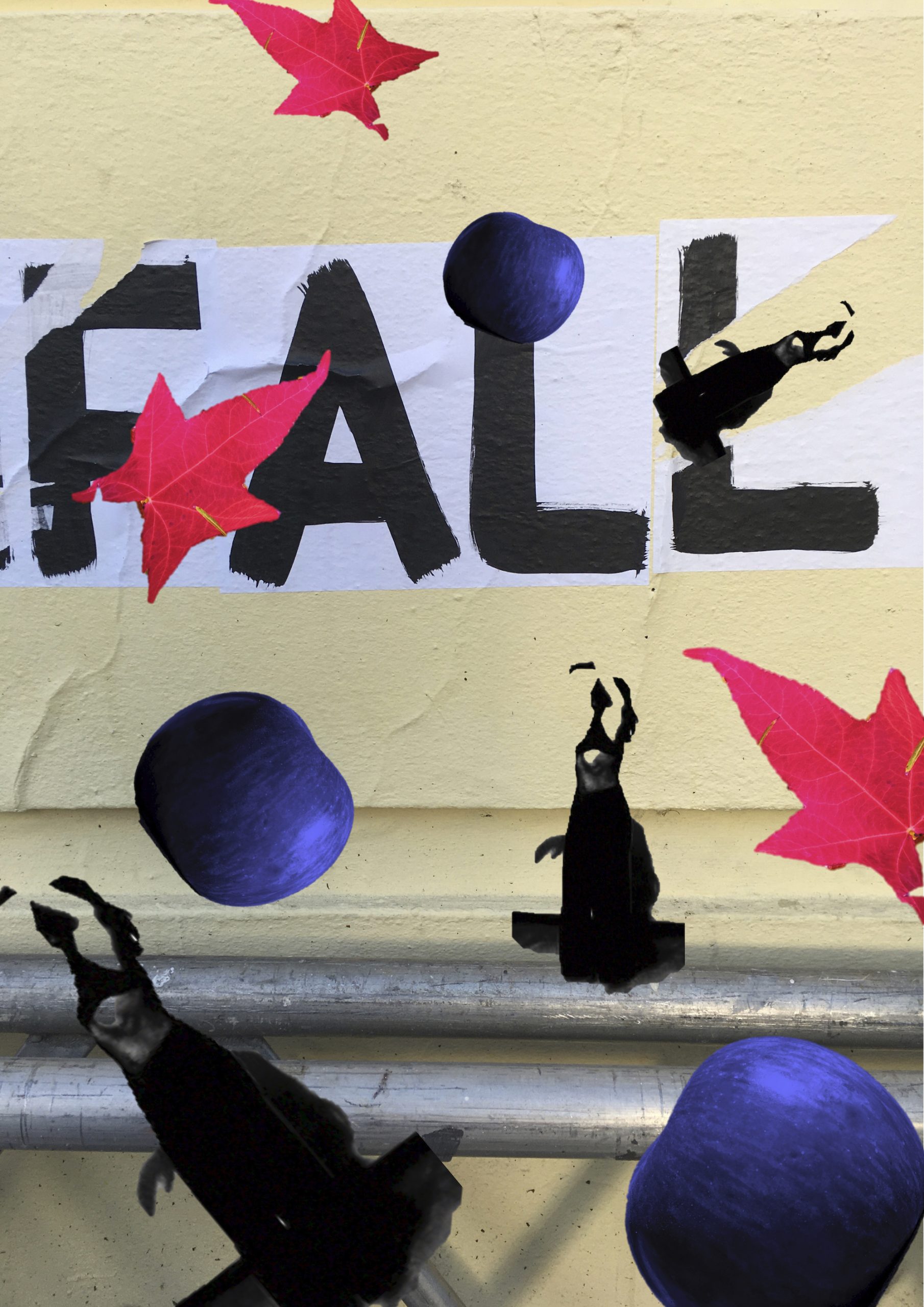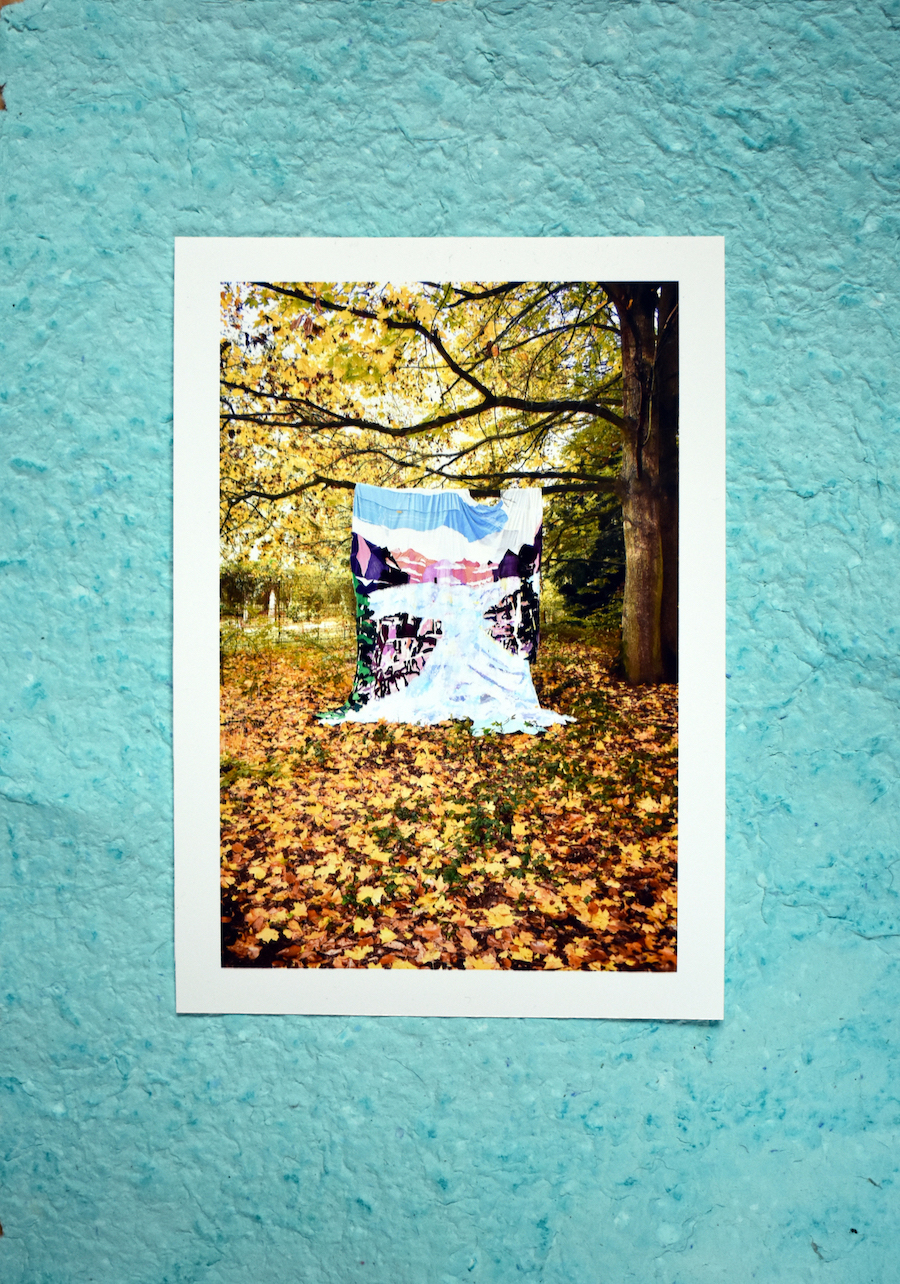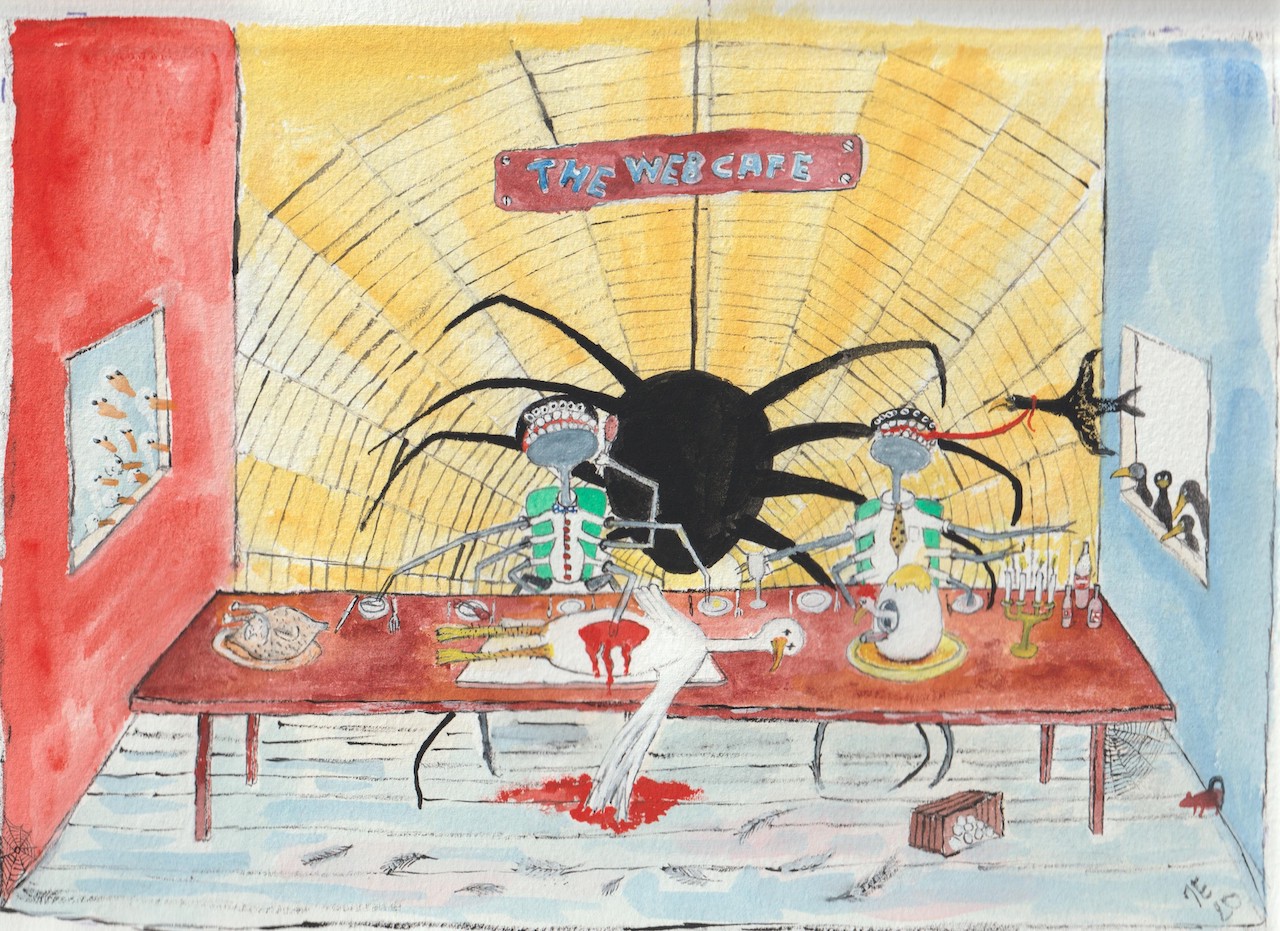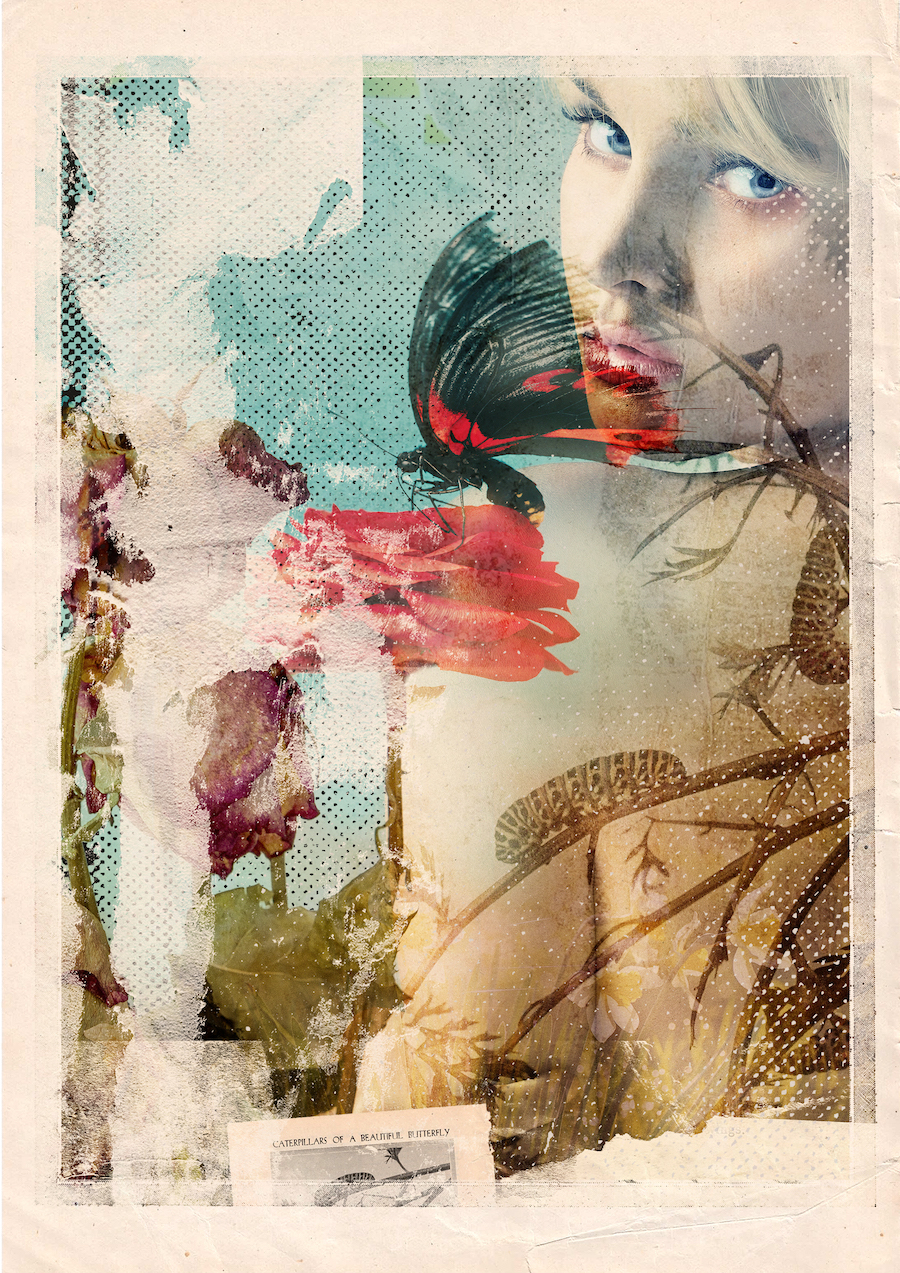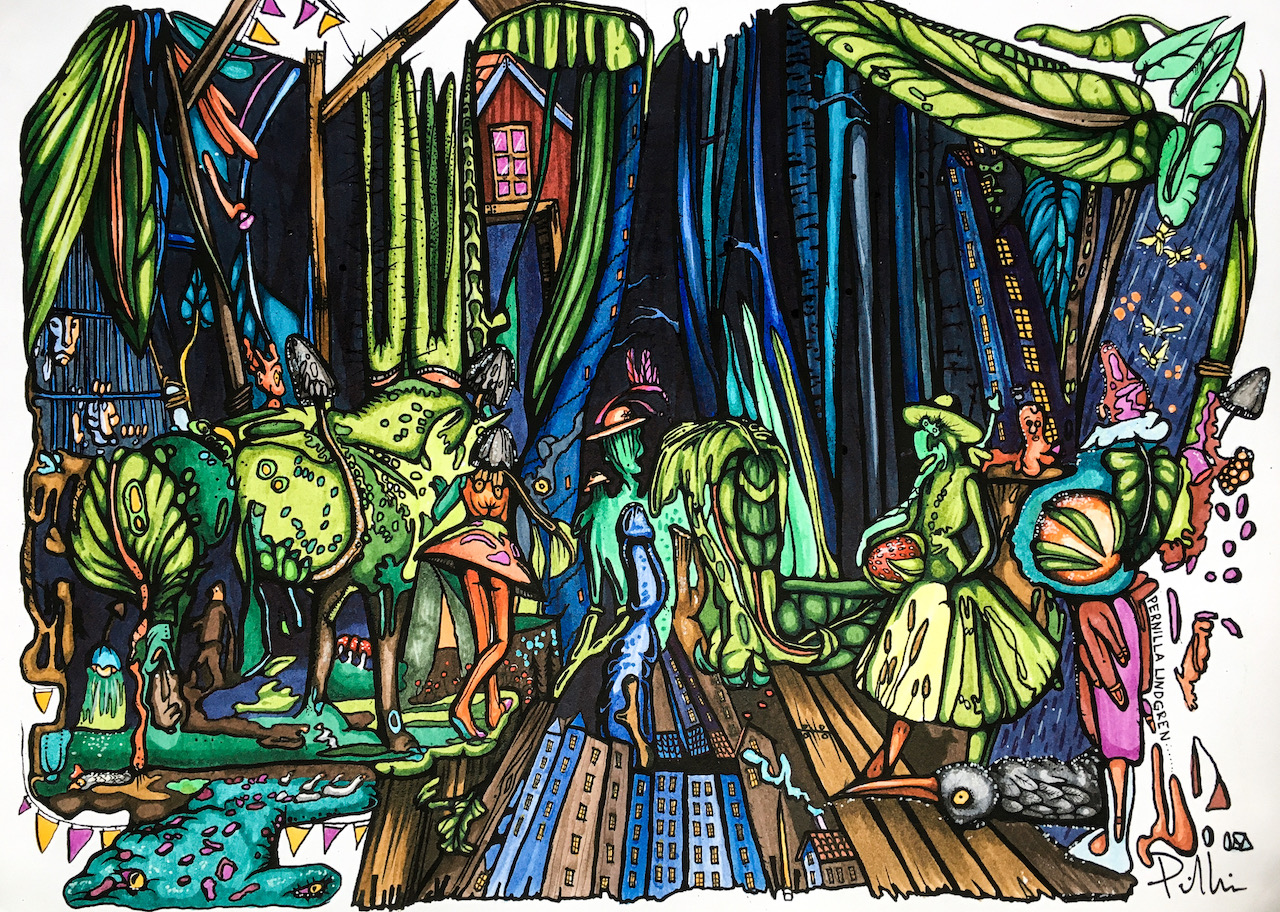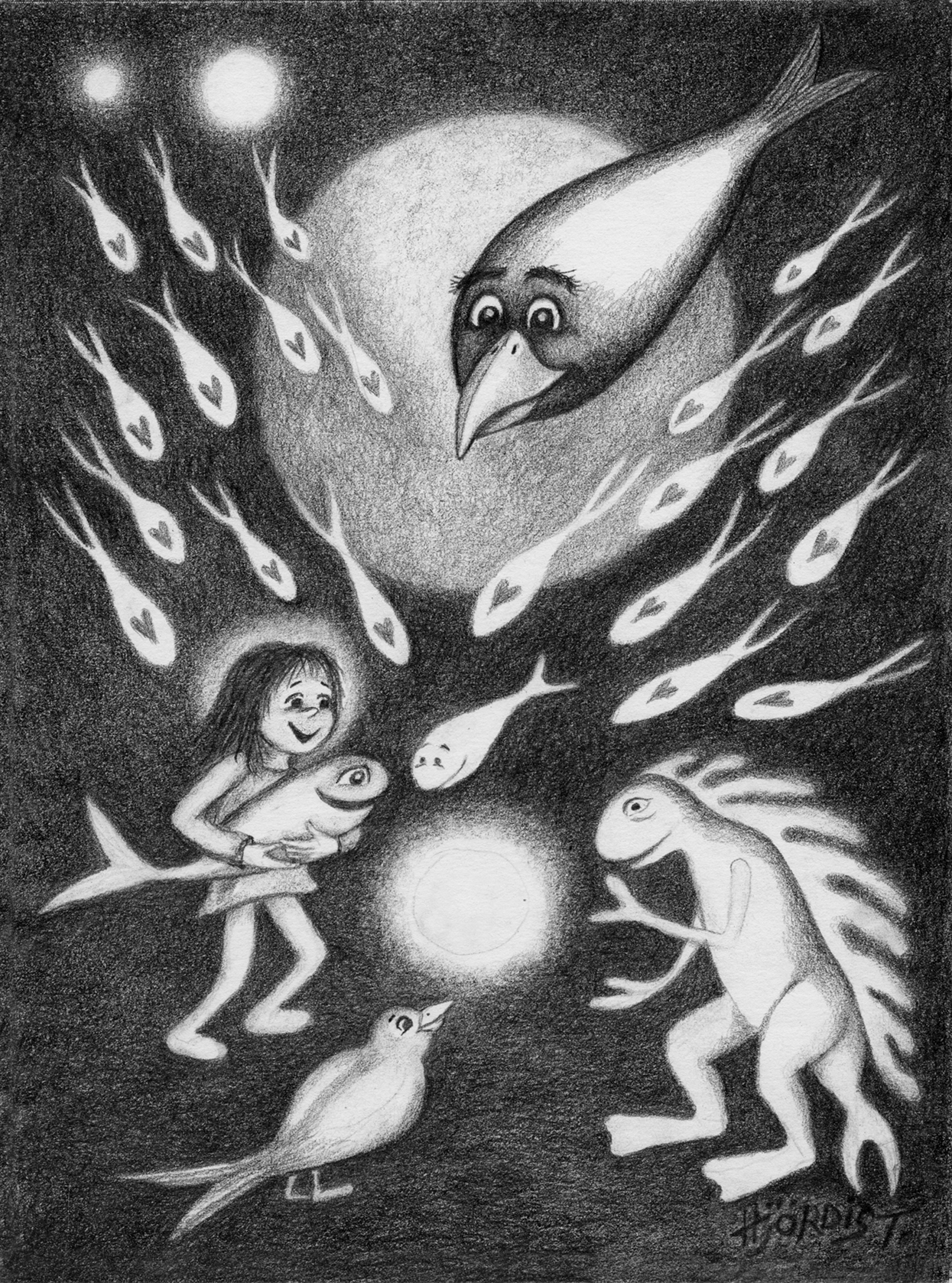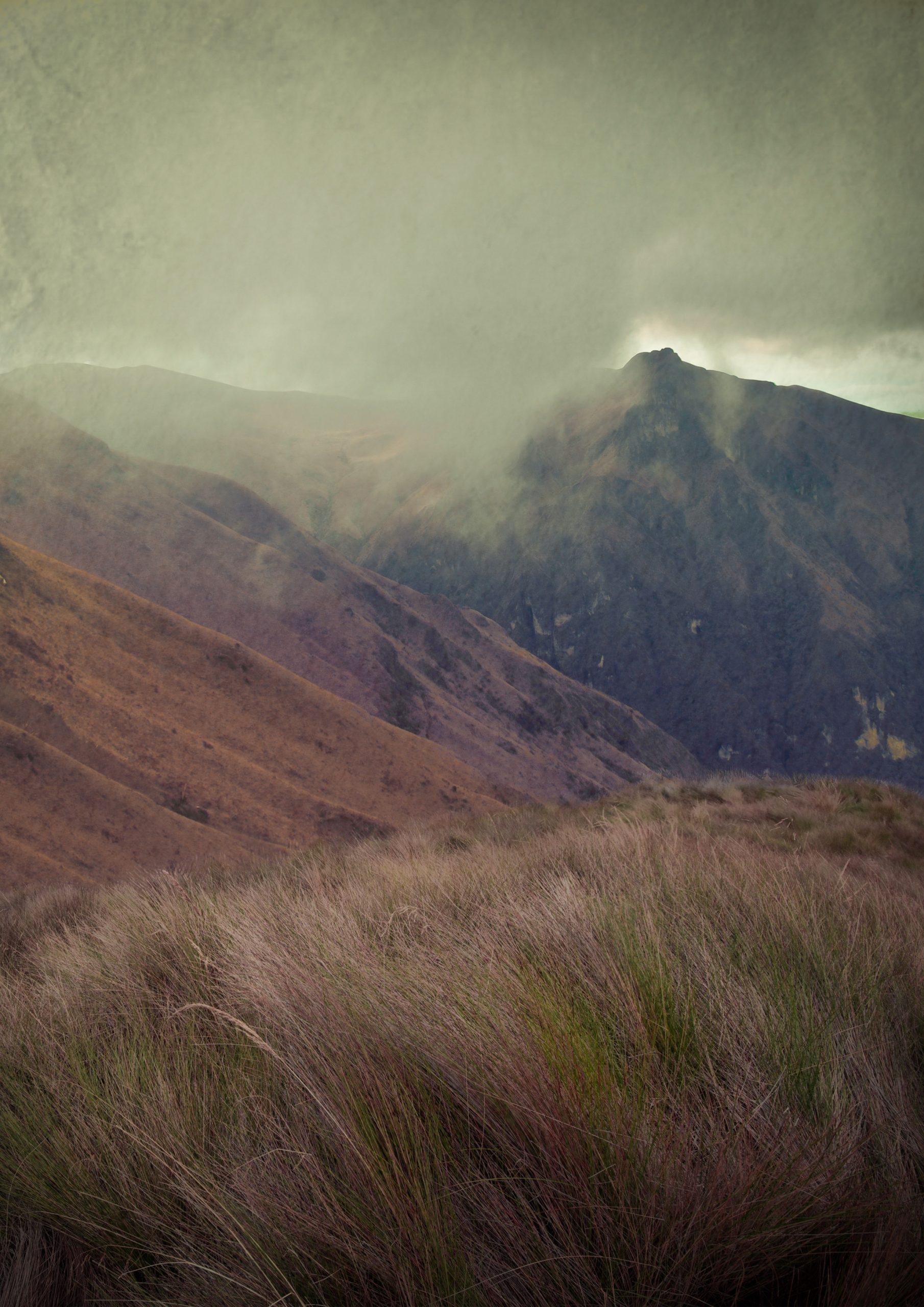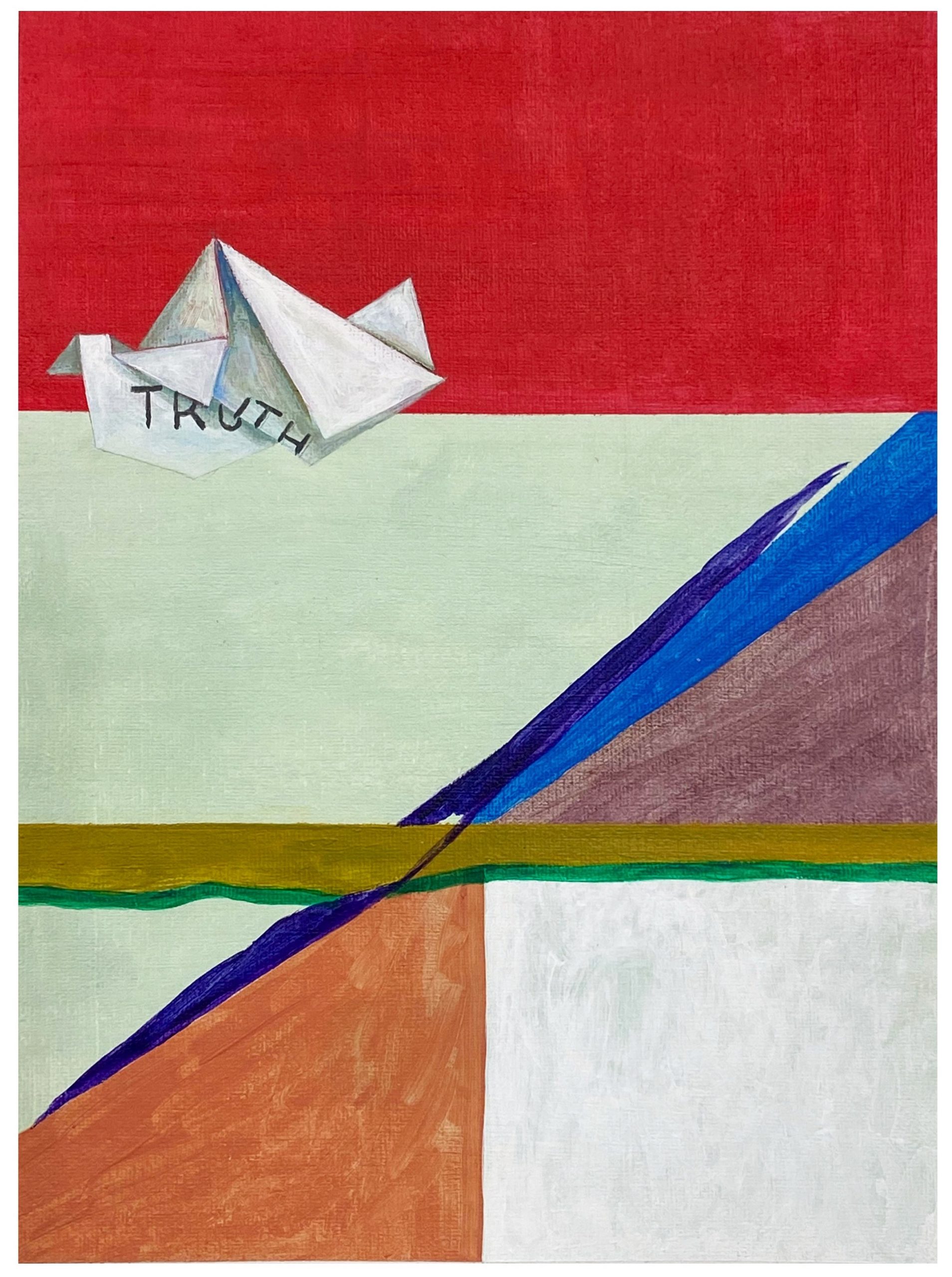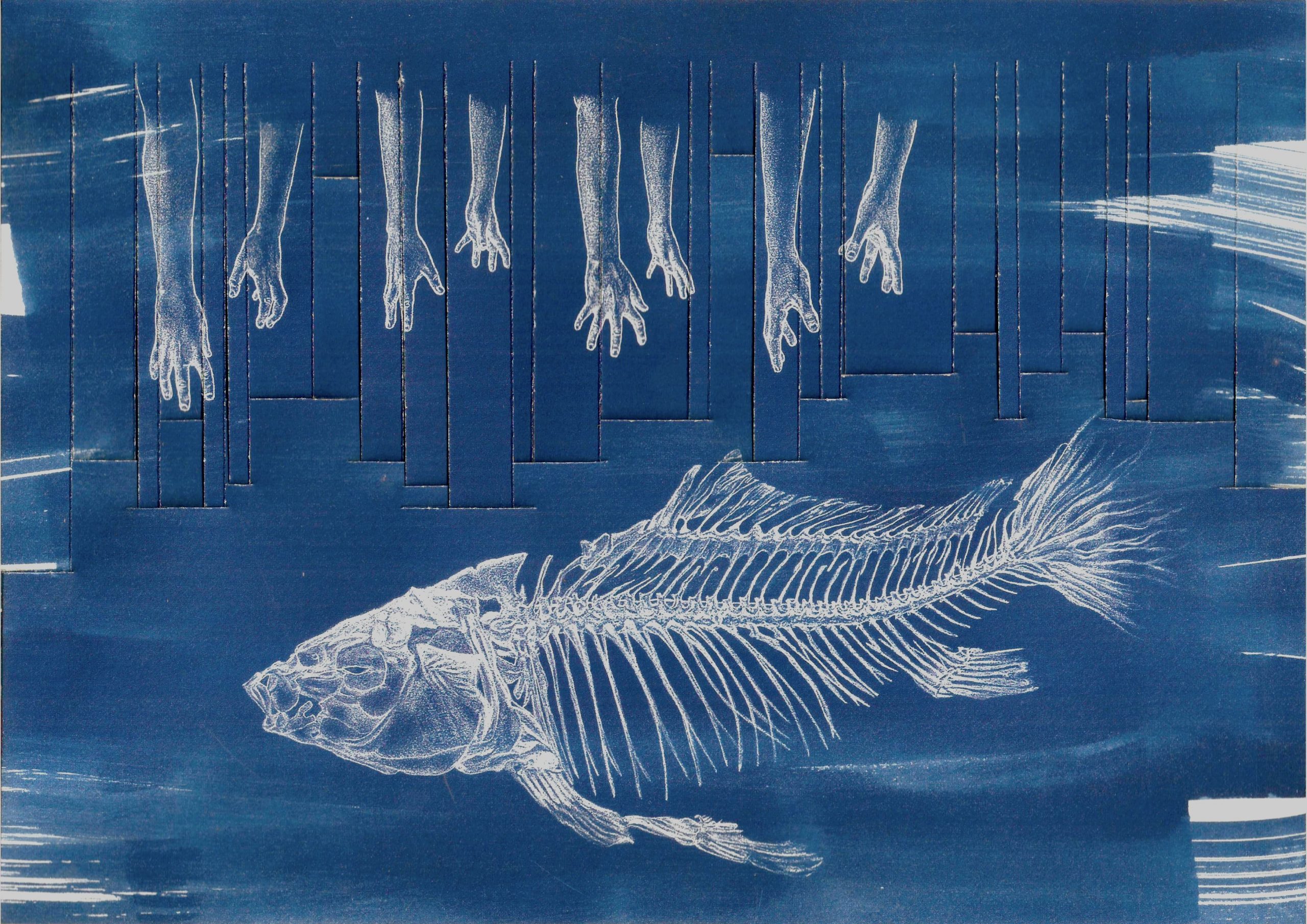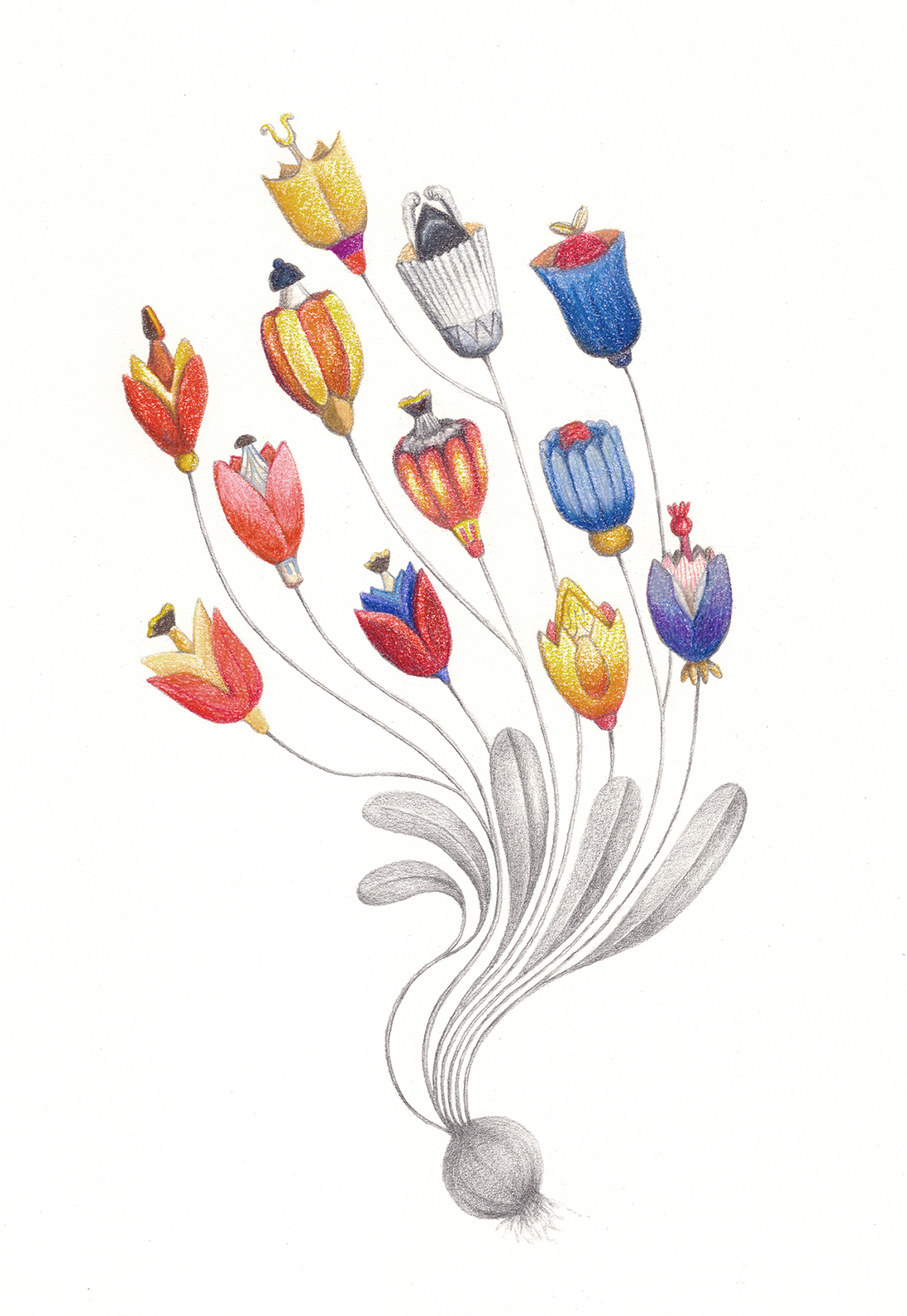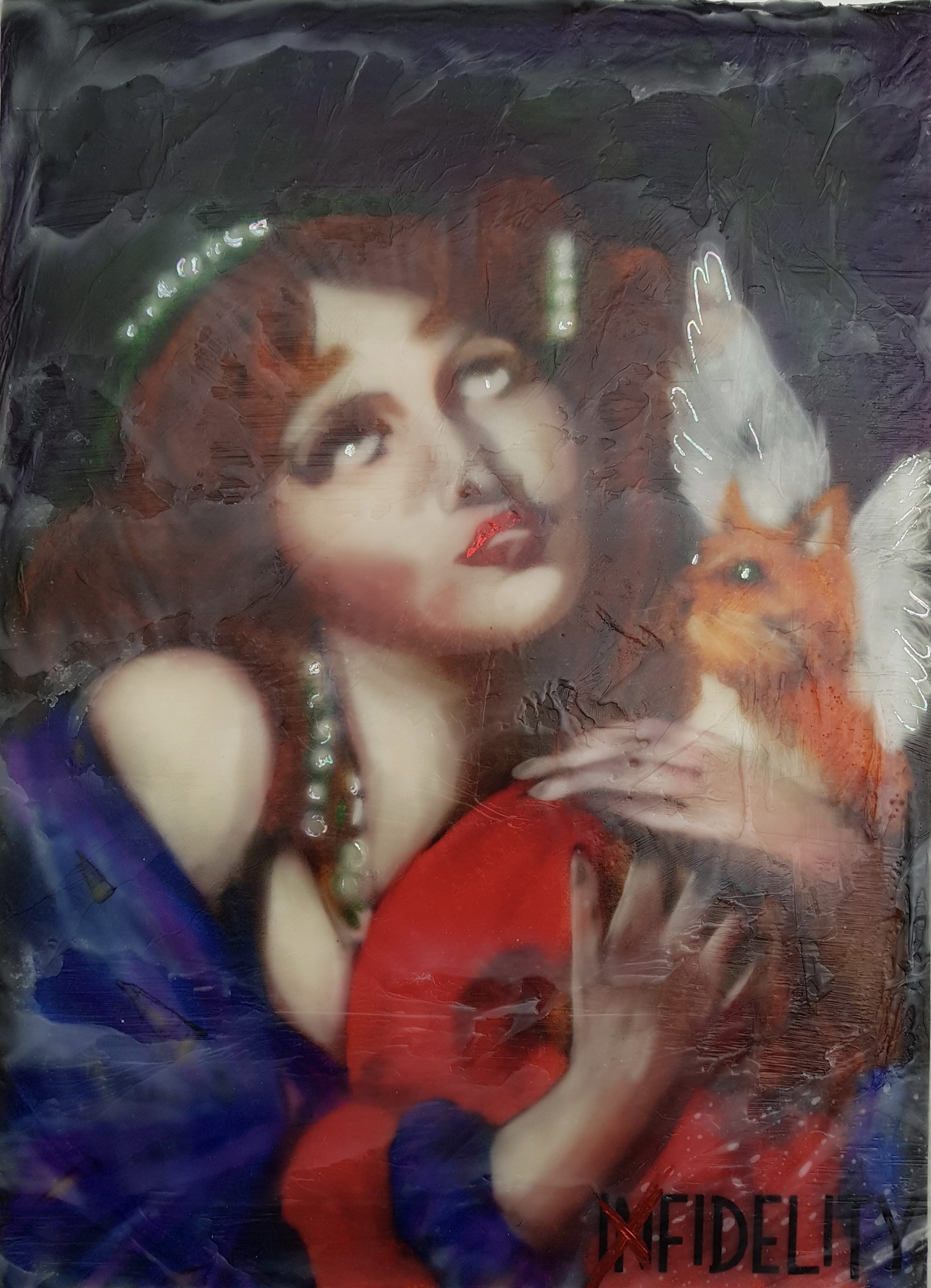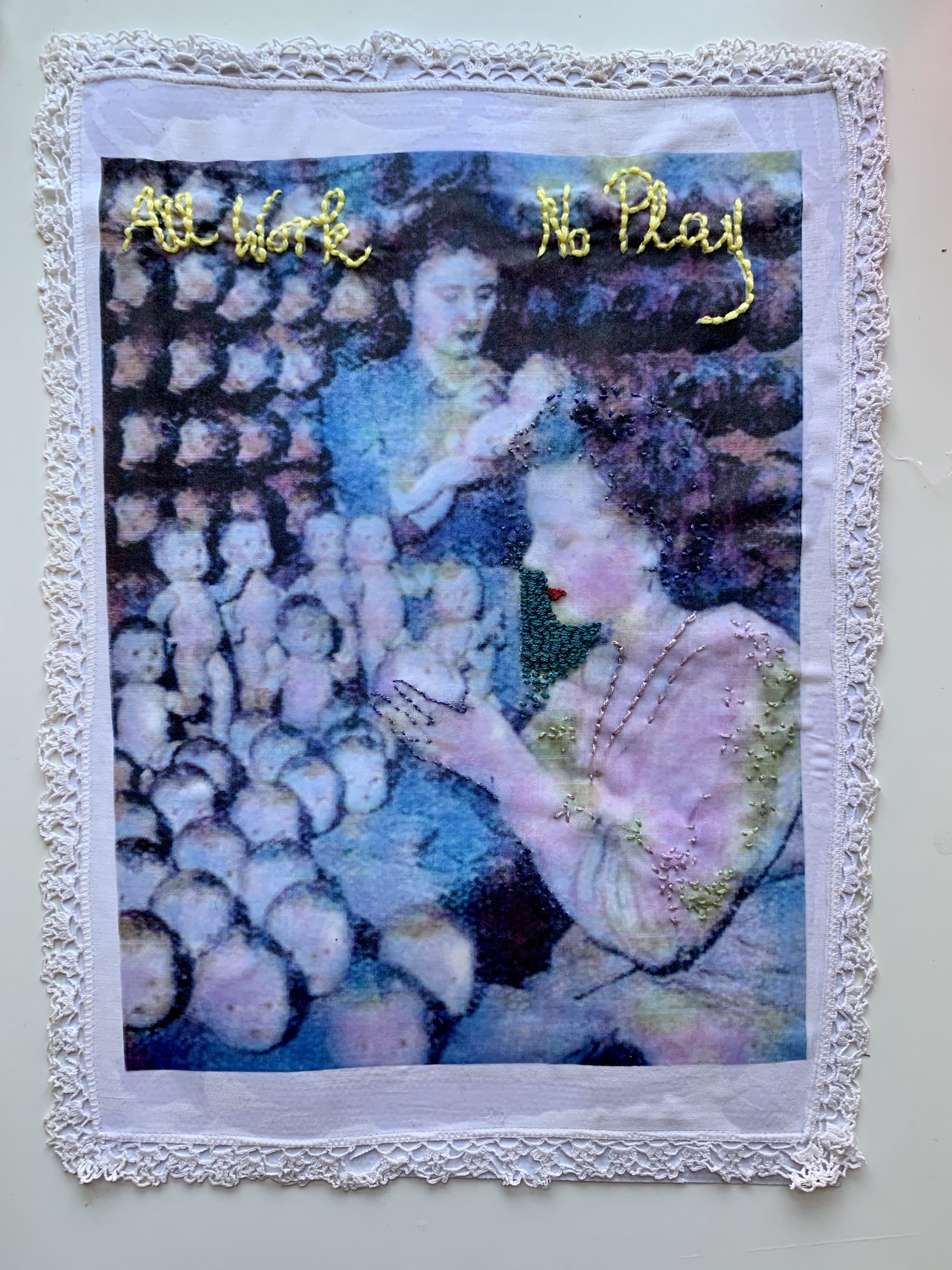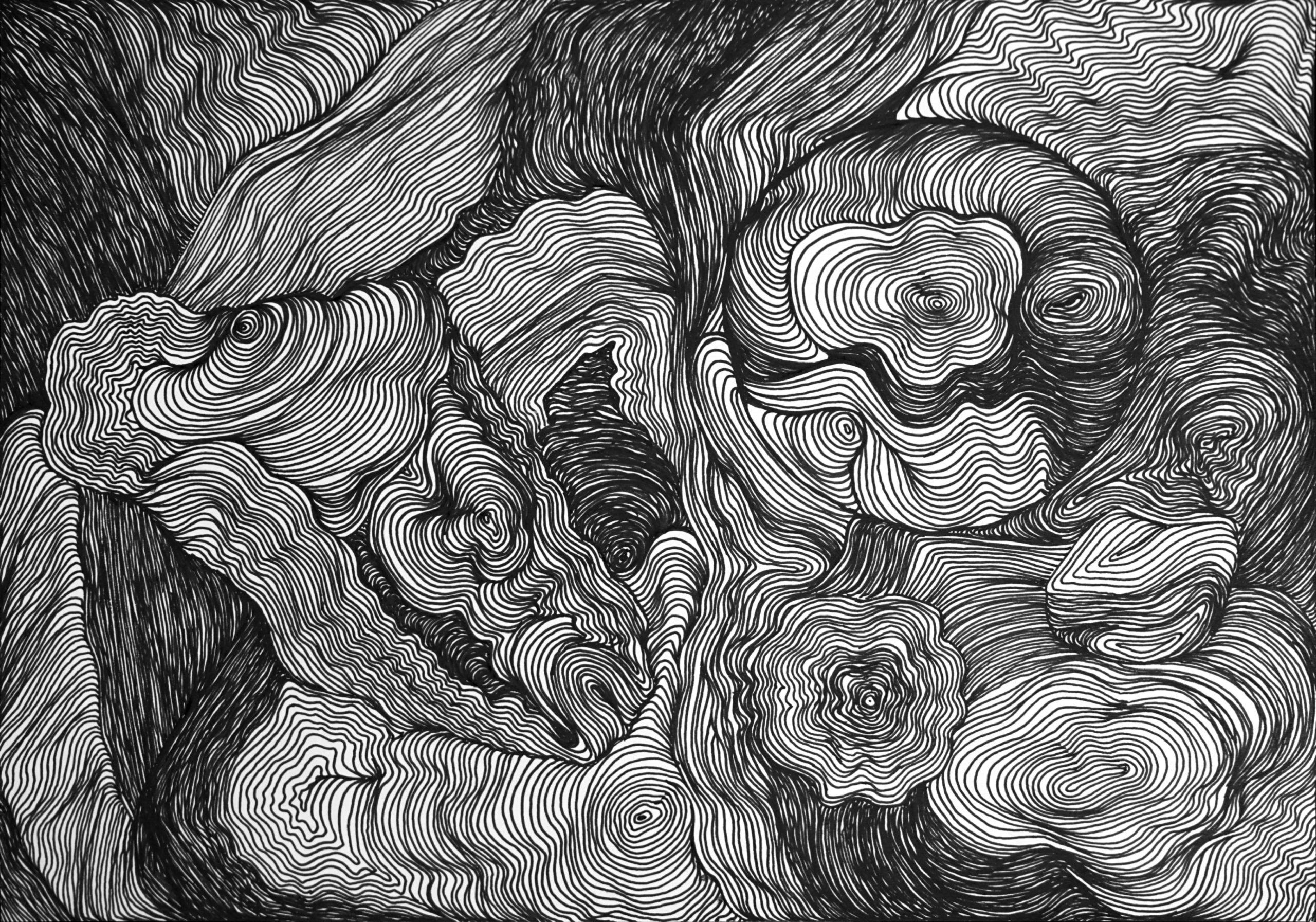
Header Images: Left- Anthony Carey – Alexandra,The Keystone Right- Newnes’ Pictorial Encyclopedia, Volume 9, On things that interest you and me. A stone Key.
For pre-sale enquiries please complete the online form HERE
(Please note prices for the UK and European Door to Door project are in Euro. Prices for the Australian based project are in Australian dollars)
Click on Title or ‘Read More’ to expand, then click image to enlarge.
This is an evolving online exhibition, more works will be added as they are completed – check back from time to time!
Medium: Collage.
Dimensions: A4
Medium: Acrylic, mixed media
Dimensions: A4
Medium: Digital photography collage creatively crafted – A4 Size - Glycee print
Dimensions: A4
Medium: Photo Collage of non edited water photographs. Fine art print (limited and numbered edition)
Dimensions: A4
Medium: Silkscreen Print
Dimensions: A4
Medium: Pencils, graphite & colour
Dimensions: A4
Medium: Acrylic on paper
Dimensions: A4
Medium: Acrylic and paper collage
Dimensions: A4
Medium: Digital Artwork
Dimensions: A4
Medium: fineart print on hahnemühle paper
Dimensions: A4
Medium: Collage and paper
Dimensions: A4
Medium: Handprinted drypoint and gum arabic prints, hand coloured with ink on watercolour paper.
Dimensions: A4
Medium: Dyed, worked and hardened fabric.
Dimensions: A4
Medium: Alcohol marker pens on paper
Dimensions: A4
Medium: Oil paint on paper
Dimensions: A4
Medium: Alcohol Ink on Yupo paper
Dimensions: A4
Medium: Watercolour on paper
Dimensions: A4
Medium: Acrylic paint and marker
Dimensions: A4
Medium: Embroidery and watercolor on the page of the Newnes’ Pictorial Knowledge 1950’s Encyclopedia
Dimensions: A4
Medium: Collage/Assemblage, Mixed Media
Dimensions: A4
Medium: Watercolour, ink and acrylic
Dimensions: A4
Medium: Collage, embroidery with plant printed and naturally dyed silk, wool and cotton
Dimensions: A4
Medium: oil on cardboard
Dimensions: A4
Medium: Photography.
Dimensions: A4
Medium: Origami boat constructed from encyclopaedia scan print-out, ink and acrylic paint on fine-art paper with gilding, bling and preserved rose bud.
Dimensions: A4
Medium: Acrylic on 300 gsm paper
Dimensions: A4
Medium: Soft pastel on sanded paper
Dimensions: A4
Medium: Acryl, acrylmarkers, mixed media recycled hand made lace
Dimensions: A4
Medium: Handmade gouache and ink; 24ct gold leaf
Dimensions: A4
Medium: Mixed Media (collage/acrylic paint)
Dimensions: A4
Medium: Collage on 210 GSM aquarelle paper.
Dimensions: A4
Medium: Collage on paper: pastels, pencil, tracing paper, thread.
Dimensions: A4
Medium: Fine art giclée print, Hahnemühle Photo Rag
Dimensions: A4
Medium: Embroidery with wool and flax yarn on felt fabric, mounted on paper.
Dimensions: A4
Medium: Digital Print on Dibond, Edition 5 + 2
Dimensions: A4
Medium: Charcoal on paper
Dimensions: A4
Medium: Oil sticks, pencil, pen, acrylic
Dimensions: A4
Medium: digital mixed media art print, Edition of 5 + 2 AP, DIN A 4
Dimensions: A4
Medium: Oil on Cardboard
Dimensions: A4
Medium: Cyanotype and embroidery
Dimensions: A4
Medium: Project of installation / watercolor and references maps. Printed.
Dimensions: A4
Medium: Paper, embroidery thread, beads, paint, silk
Dimensions: A4
Medium: Woodcut coloured with watercolour.
Dimensions: A4
Medium: Water based oil on paper
Dimensions: A4
Medium: Polaroid photographs, acryl, plastic film
Dimensions: A4
Medium: Drawing in watercolor, graphite and color pencils on paper.
Dimensions: A4
Medium: giclee print from mixed paper and digital collage
Dimensions: A4
Medium: Ecoline liquid colours, Copic markers, 0, 05 isograph pen on 300gsm cold pressed paper
Dimensions: A4
Medium: Mix Media & Digital Painting
Dimensions: A4
Medium: Photography, embroidery and gouache paint on papier. Dimensions: A4
Dimensions: A4
Medium: Acrylic, charcoal, acrylic marker and pencil on paper
Dimensions: A4
Medium: MIXED TECHNIQUE ON LINOCUT PRINT
Dimensions: A4
Medium: mixed media on paper (embroidery, photo transfers on printed cotton, drawn motifs in black and gold ink)
Dimensions: A4
Medium: Lapis Lazuli oil and 23ct gold leaf
Dimensions: A4
Medium: Watercolour on Khadi paper
Dimensions: A4
Medium: Photography.
Dimensions: A4
Medium: Cyanotype + ink
Dimensions: A4
Medium: Cyanotype with red Acrylic Ink
Dimensions: A4
Medium: Watercolor, gouache, ink, colored pencil
Dimensions: A4
Medium: Ink and Acrylic
Dimensions: A4
Medium: Ink and gold on mould made watercolour paper
Dimensions: A4
Medium: Pigment print collage
Dimensions: A4
Medium: Acrylic on paper
Dimensions: A4
Medium: Digital collage (edition of 5 prints on Hahnemuehle)
Dimensions: A4
Medium: fabric collage installation, photograph, handmade paper
Dimensions: A4
Medium: gouache and paper
Dimensions: A4
Medium: Digital Fine Art . Collage . Photo-Manipulation
Dimensions: A4
Medium: indian ink and acrylics
Dimensions: A4
Medium: Pencil on paper
Dimensions: A4
Medium: Photography.
Dimensions: A4
Medium: Acrylic and oil on canvas paper
Dimensions: A4
Medium: Cyanotype Print from Pencil Sketch
Dimensions: A4
Medium: Graphite and Derwent softcolour on Fabriano 200g/m paper
Dimensions: A4
Medium: Digital image printed on layers of tissue paper, sealed with encaustic wax on Fabriano paper.
Dimensions: A4
Medium: Embroidered digital print on vintage table napkin
Dimensions: A4
Medium: Drawing, Pigment-Fineliner
Dimensions: A4
This work was a response to the encyclopedia page ´Where birds make house´
´Human Nests I´ represents the idea that in contrast to birds, which use found objects and only as much as they need, to build their nests, we as humans create our homes from accumulating more and more material objects – these objects bought new, from increasingly unethical sources, material wealth being the focus of our nest building habits. This fact was marked during lockdown, while shut away in our homes and forced to shop online, by countless deliveries from well-known distributors. I was struck by just how often, sometimes several times a day these deliveries were made to the closed doors of the quiet houses we live amongst. I imagined ever-increasing piles of cardboard packaging piling up, filling up space and becoming part of the interior landscape of those homes. Their inhabitants cloistered and comforted by consumerism.
About Anna
I am a visual artist interested in the human relationship with nature, the nature of being human and stories that lie within.
My work is influenced by both my degree studies in Textile Design, and my childhood growing up in the English countryside – a childhood in which I was encouraged to observe, respect and appreciate nature. The fundamental elements of colour, pattern and repetition of these influences still inform my work today.
My process involves a starting point which might be an idea a concept, sometimes just a title, inspired by human behaviour and/or natural surroundings. Having used found objects and photography in recent years to explore the human influence on the natural world, for the past year I have been working with charcoal and acrylics to explore the textures, forms and movement of the Stone Pine tree, a tree native and crucial to the coastal area where I live. This project has led me to explore fractal patterns in nature and the similarities between the arboreal shapes of the this tree, and the human form. Charcoal drawings made from life are then developed in the studio using acrylics – in this way moving towards a kind of ´distorted figuration´ that produces ambiguous images. I am currently working with a life model in order to move further towards this idea of merging the human with the ´natural´ to explore and represent the reality that as humans we are as much part of nature as any other living thing.
Link to Anna’s Art Aviso profile HERE
Anna was provided with the following page from Newnes’ Pictorial Knowledge Encyclopedia:
Volume 9
Questions and Answers on things that interest your and me
Where Birds keep house
Medium: Collage.
Dimensions: A4
The page of the Encyclopedia assigned to the artist was a representation of the Shakespearean play ”A midsummer night’s dream”. In particular, it regarded the moment in which the fairies sing Titania to sleep. Because of this element the artist decided to try to represent the moment in which the human minds find themselves in the middle ground, not in the reality anymore and not in the dream yet: The Interlude. The Interlude is defined as that ephemeral dimension in which the mind is still connected to the body but is already traveling in the dream’s world. This dimension is characterized by a mix of realistic and non realistic shapes, depending on the observer. The colors as well are not totally loyal to the reality as they are soft and faint, as the dimensions itself is. It is in this space that the human being is free of being, not in the dream, not in the reality.
About Chiara
The use of colors, different shapes and imagination are the distinctive traits of the artists, who creates art starting from a small detail, whether is it a shade of a brilliant colour o a tiny detail the eye catched in a picture. The creation of micro characteristics within the art piece is what makes it particular and original, as it will take for the eye to catch the differents elements. Reinterpreting famous artworks is also another ability of the artists, as she can filter the reality of a previous artists through her eyes and through the emotions she experienced.
Acrylics really do serve good at her imaginative purposes, even though as a beginner she still would like to discover oils and fluid art. Digital art is also another passion of hers, even though, as for the acrylic one, just as a beginner. Her motto is ’somewhere you need to start’, so that’s how she started.
Link to Chiara’s Art Aviso profile HERE
Chiara was provided with the following page from Newnes’ Pictorial Knowledge Encyclopedia:
Volume 9
A Childrens Treasury of Verse-Little Masterpieces of Today and yesterday.
A MidSummer-Nights Dream: The fairies’ Song
Medium: Acrylic, mixed media
Dimensions: A4
The piece that I created for this project, integrates the page of the Newnes’ Pictorial Knowledge 1950’s Encyclopedia that I received (Spiral Tunnels) with two of my photographs of two spiral staircases, one in Rome and the other in Madrid. I made sure that the two stairways had a point of integration with the entrances of the tunnels and that they could accentuate the incredible concept of railway engineering carried out in Canada by the Spiral Tunnels. I also wanted to respect the color palette of the illustration contained in the encyclopedia page.
Spiral tunnels were made in the early 1900s, with the intention of allowing trains to overcome large differences in height and thus allow merchandise to be brought from Field to Wapta Lake.
Human intelligence, today as then, has always allowed us to overcome incredible difficulties. My intention with this image is to assert how humanity can, thanks to science and collaborative work, bring us back from darkness to light, making us meet dawn in the dusk.
About Giuseppe
I am a curious of life with idealistic tendencies and a fighter. Someone who believes that shadows are the necessary contrast to enhance the light. Someone who always tries to keep aligned what he lives with what he feels.
I have always been in contact with photography, a passion that was handed down to me by my father and which was finally activated at the age of 20 when a friend gave me a fantastic Voigtlander and introduced me to the magic of the darkroom.
I define my work as “emotional, fine-art photography. I usually propose landscape, architecture, conceptual and abstract images, by using and combining different techniques both in-camera and in post-processing.
I would love to combine photography with drawing, graphics and painting but unfortunately my artistic skills are just focused on traditional and digital photography, so I try to make up for this lack with the use of digital techniques, that usually combine with more traditional ones. Author of the Photosatriani blog, collaborator of digital art magazines such as: Sineresi, Dodho, Camera Lucida.
Link to Giuseppe’s Art Aviso profile HERE
Giuseppe was provided with the following page from Newnes’ Pictorial Knowledge Encyclopedia:
Volume 3
The story of the world and it’s peoples
The Spiral Tunnels on the Cadian Pacific Railway
Medium: Digital photography collage creatively crafted – A4 Size - Glycee print
Dimensions: A4
How beautiful would it be if we could turn back the climate change. If every geographical term ever conceived, would keep the same meaning. But do you really think that’s possible? I’m hesitant about men’s willingness to make a difference, to pare down. In my darkest thoughts we’re already too late and there’s no escaping that we’ll ruin our planet. There will be people with money and power left, who will search the galaxy for a new home, but it will never be as friendly, beautiful and livable as where we are now.
My piece is created of water photographs I made during lockdown in walking distance of my home of puddles and ditches. The colours of the water are there because of the iron bacteria in the water. This is a natural phenomena. It is a sign of seepage, groundwater bubbling up. The total piece exists of three pages of encyclopedia.
About Iris
Iris Koffijberg (1970) is a natural abstract water photographer, based in a small village in the middle of a national park in Holland. “My water photography doesn’t reflect the real world but transforms it to another imaginary place. Water is an inexhaustible source of inspiration and fascination. Current, season, substance, density, sun, time and wind cause a continuous change of the image that I am trying to capture. If I am in the right place at the right time, it is magical. As if a gate opens to another temporary world. New patterns, landscapes and beings that come to existence by the grace of that moment. Through water I found my own way of looking at the world and a way to express my feelings. So I can see when it’s busy in my head, when I’m out of balance, when I struggle, when I’m trying to escape my daily life. They’re like repeating themes. Most of my singular photos are not edited. They stay like I found them in nature. It’s my way of showing what a beautiful and unexpected variation water has to offer.
Link to Iris’s Art Aviso profile HERE
Iris was provided with the following page from Newnes’ Pictorial Knowledge Encyclopedia:
Volume 9
The first Steps in Geography.
Geographical Terms- plate 3
Medium: Photo Collage of non edited water photographs. Fine art print (limited and numbered edition)
Dimensions: A4
The shape of the SARS-CoV-2 virus responsible for the Covid-19 pandemic, with its many spikes, has become ubiquitous in the global media over the past year. Ubiquitous also is the increasingly frenetic coverage of vaccines, their development and deployment. It was difficult to look at the microscope photograph of insect eggs and not think of the similarly shaped virus – or the media furore that has accompanied every twist and turn of the pandemic.
This print design was inspired by mid twentieth century political posters, and by the way Andy Warhol and other Pop Artists drew attention to the role of commodification in popular culture by presenting images as multiples. This seems particularly pertinent given the way in which the virus rapidly reproduces – and the speed at which the available vaccines have become fiercely contested commodities. The print includes repeated motifs, and has been produced multiple times (edition of 10)
About Catherine
Catherine James’ practice is grounded in print and combines traditional techniques with digital technologies to produce works made with paper, textiles and film. The work exploits the materiality of paper and cloth and the immateriality of digital processes, and considers the historicity of print and photography.
Catherine trained as an academic Obstetrician and Gynaecologist before completing a Fine Art Foundation diploma (Morley College, Distinction) and an MA in the History of Art (Courtauld Institute of Art, Distinction). Both clinical and historical training influence her creative work. Catherine is currently working on a London Arts and Humanities Partnership (AHRC) project focused on early printed material in the rare book collection at the Royal College of Physicians.
Catherine usually works from her studio in Catford, South East London. During the coronavirus pandemic she has been making work at home using the kitchen table as a printing workshop and the bathroom as darkroom.
Link to Catherine’s Art Aviso profile HERE
Catherine was provided with the following page from Newnes’ Pictorial Knowledge Encyclopedia:
Volume 9
On things that interest you and me.
Through the Microscope
Medium: Silkscreen Print
Dimensions: A4
”Times passes,
humans wiggle.” The Earths Tale Told by Rocks and by the Halley’s Comet
The board of the encyclopedia which was sent to me, inspired me immediately this image.
In my artistic research I carry out a work of archaeologist of human memory through the ages.
So when I discovered the document that was sent to me, I decided to take it back as it was, adding to it the tail of the comet that would have kept the memory of basic human activity, that allowed it to develop! It’s about love and eternity.
I used the graphite pencil for rubbing a piece of lace (rendering of the comet) and the coloured pencils for the landscape. It’s a technique I really appreciate.
It gives me a lot of freedom and I take the time to draw while meditating on the subject I represent. It is a very rich moment for me.
« Just as the archaeologist explores the ”soil archives”, the work of Pascal STuTZ opens the doors of Time and of a true archaeology of memory, of ours, but also of that of the universe. » Bernadette Schnitzler, curator, Archaeological Museum, Strasbourg
About Pascal
Trough his ”2061lacomète” project, the artist Pascal STuTZ takes an interest in humans by finding memories of their activitys that Halley’s Comet has stored in its tail during its multiple passages near the Planet Earth.
” Pascal STuTZ graphically appropriates the poetics of the sublime celestial apparition.On its dark planks its hair thickens like the skin of a prehistoric animal evoking to the stellar memory the events that concern us here, now.
Layered layers, printed testimonies, the artist materializes the body of the comet from the rubbing.
Just as the archaeologist rubs the stone to restore the time-erased detail, Pascal STUTZ rubs a piece of lace to question the abstract hair of the comet.
He draw her tirelessly.
The artist’s eye looks into itself. » And through the slow work of drawing, what he discovers joins the cosmos.
In art, on paper, the truth emerges from his enigmas. »
Iléana Cornéa, art critic, December 2020
Link to Pascal’s Art Aviso profile HERE
Pascal was provided with the following page from Newnes’ Pictorial Knowledge Encyclopedia:
Volume 1
The story of the World in the days of long ago.
The Earths tale told by Rocks.
Medium: Pencils, graphite & colour
Dimensions: A4
Two images from the encyclopaedia: the River Derwent at North Norfolk and one of Eaglehawk Neck. I visited both places during my time in Hobart. The bronze dog was a sculpture made to commemorate the notorious Dog-line set up along the narrow isthmus. Dogs were chained in a line including on platforms at sea to stop convicts escaping from the Port Arthur penal colony. The dogs were chosen to be ugly and vicious, with each having a barrel to sleep in and a lantern on a post. As a tourist I took a day with a friend to visit the Tasman sites including this frightening reminder of a past time.
From North Norfolk the river flows out into an ever widening estuary past Hobart. The Lady Nelson built in 1799, as a survey ship, sailed from England to Port Jackson. In 1825 the Lady Nelson was cut off at Timor by the Malay privateers, and all the crew sacrificed, save the Captain. In 1988 a replica was built as part of the celebrations to mark the 200th anniversary of the European settlement of Australia, and is now used as a training ship. While in Tassie I joined the crew, qualifying as a senior deckhand. I sailed round the Tasman peninsular and once moored overnight in the bay opposite the grim prison buildings.
For the painting I superimposed the two landscapes, added the bronze dog and the Lady Nelson as a memory of a wonderful time spent in Tasmania.
About Kate
Kate is a colourist painter inspired by trees, rocks, ruins and reflections in water. Strong hues, light, good composition, applying paint with palette knife or brush, results in a textural surface with a coloured ground giving depth and richness. The play between ground and foreground produces a sense of distance inviting the viewer to step into the picture.
Kate works in oils, acrylics, gouache, or pastels, enjoying the painting process, often with difficult deliberation as to how to express her emotional response to the subject. Her aim is for the viewer to sense her underlying passion, joy and vitality.
Currently, Kate lives in Somerset in a country medieval town. She spent time visiting Hobart, Tasmania over a 5 year period. In Hobart, as well as furthering her art through exhibiting with the Nolan Gallery, she had fun qualifying as a Senior Deckhand on the tall-ship Lady Nelson.
Kate has been drawing since she could hold a crayon – her influences include Leonardo da Vinci, Chagall and the Scottish Colourists. Her country childhood, including visits to her Northumbrian grandmother gave a love of landscapes with many walks over hills, picnics to ruined castles and long sandy beaches.
Kate completed a Diploma in Graphic Design, and then concentrated on painting including taking a course in colour theory.
Kate has organised community events, the local Art Trail, and runs workshops and art demos. She’s a natural innate teacher able to explain concepts of drawing, composition or colour theory for a range of abilities.
Link to Kate’s Art Aviso profile HERE
Kate was provided with the following page from Newnes’ Pictorial Knowledge Encyclopedia:
Volume 3
The story of the world and its peoples – Countries of the British Commonwealth of Nations
Tasmania – Australias Island State
Medium: Acrylic on paper
Dimensions: A4
The page given for inspiration of this work was titled ”Geographical Terms -plate1” and displayed graphics and colours from the fifties…which I wanted to use as a starting point. The caption under the images explains the human need to create maps and to find terms to describe the reality that has accompanied humanity through centuries. Then I focused on the meaning of maps as a symbolic representation of selected characteristics made in a simple, visual way and I chose the words “symbolic” and “simple” as keywords for my work. During the COVID-19 period and isolation many changes have occurred in social habits and many aspects of our lives have been defined and regulated. Human relations now need to follow rules, measures and social distancing is the new geographical term shared among all countries. Therefore, I have created two human-like figures made of pieces of maps taken from an atlas and positioned in the act of running towards each other and I represented also the new imposed social distancing. The geographical features of the globe and the human figures become a universal symbol for everybody. On top of this simplicity, I added lines of acrylic paint in a variation of colours like grass growing over the globe and covering the human figures to represent the wild power of nature that can however overcome the human limitations and geography.
About Kiara
I am a self-tought artist from Northen Italy, Venice area. My artistic process is a self-discovering exploration and materials experimentation starting from the idea that Art is always free. I mainly paint on wood pannels with acrylic paint but I also use pen, pencil and charcoal, metal and paper mixing them together. Nature is the Muse of my artistic expression but the artistic beauty of my surrondings and the study of Art History have a great influnce on my work. I don’t think I have an urge to say something rather than to show what I see: my paintings come directly out from my eyes and follow my idea of aestehetics. My favourite tool is the palette knife with which I hit the pannel repeatedly creating different layers of colours and a rythm in my movements that is menthally and physically engaging . I have a passion/obsession for lines, mainly vertical lines, throught which I describe my world.
Link to Kiara’s profile HERE
Kiara was provided with the following page from Newnes’ Pictorial Knowledge Encyclopedia:
Volume 9
The first Steps in Geography.
Geographical Terms- plate 1
Medium: Acrylic and paper collage
Dimensions: A4
As looking at the page: The story of the world and its peoples.
St Mark’s Cathedral and Campanile, Venice.. what came to my mind was the emptiness of this world-known square, a place usually visited daily by thousands of people. A place now suddenly deserted, with an unseen emptiness because of the Virus. This place devoid of movement I reflect with the image of the innocent and empty sky, not one cloud, like not one person visible.
This mirrored sky is the mirror of a story repeated in history. It is why I used a mirrored image of a picture I took in Venice some years ago. The town of Venice has suffered other many epidemics in the past. The time Cholera hit the City was so well described by Thomas Mann. The famous Venetian masks of the Carnival are now replaced in the picture with another mask, this time for safety, covering the building of the Palazzo Ducale.
About Daniel
My works are to surprise with their direct discourse and to draw attention by the purity of forms. The photography and collages have a subtle point that distinguishes them from everything else our eyes are used to see, as distancing oneself from the work they start to give a new perspective, not given to the first look.
Sometimes my work verges on Surrealism with a certain sense of humor, but all works follow my own aesthetic.
I place objects on different kinds of surfaces to give them heterogeneous textures. When taking photographs, my goal is not so much the originality of the composition but how to achieve images brimming with poetry, conferring on them their own identity and making any object attractive, no matter how ordinary it may be. I also work with a direct and simple line of the drawing.
I work on canvas, Dibond, and paper, with digital art, collage, painting Photography, and drawing.
Link to Daniel’s Art Aviso profile HERE
Daniel was provided with the following page from Newnes’ Pictorial Knowledge Encyclopedia:
Volume 4
The story of the world and it’s peoples.
St Marks Catherdral and Campanile , Venice.
Medium: Digital Artwork
Dimensions: A4
About this artwork
“flowers made of heaven’s sky” This is a very close up from a Delphinium.
the flowers have been in bloom for a while, some colors become deeper, others fade. Small brown edges become visible, the beauty of the first decay ….. This is the moment when I probably prefer to photograph many types of flowers and plants When you zoom in on a flower like this, a whole new world is unfolding. I try to paint with photography.
This photo I took in my garden on a day with typical Dutch weather, the sun was hiding behind the clouds wich gave a beautful soft light. Often it is mainly the colors of the flower that fascinate me but in case of Delphinium it is certainly also the shape. Where most flowers are like a sun on top of their stems the flowers of the Delphinium hang together like small caps from their central stem. I so love them.
About Corry
My work is always evolving and all works are based on a philosophy. The photos that I am taking now are, for example, a continuation of the jewelry I made from flowers and plants and these are again a continuation of sustainability works such as the dress of brand labels and the statue of plastic dolls. With the sustainability works I voiced my criticism of society. But because criticism was just too easy for me, I started making the jewelry, I wanted to show how much beauty can be found in nature. A piece of jewelry is a valuable gem with which we make ourselves more beautiful and nature is the perfect place to find these gems, look at the beautiful jewelry of natural tribes! Yet I noticed that not all my spectators, in this fast and busy world, saw just the same that I saw in my jewelry and that’s why I started photographing and enlarging the details wich I find so beautiful. The next step is already applying, where I first criticized, then wanted to show the beauty, I am now working on a series that shows the emptiness that stays behind when we destroy nature the way we do. How much can we do without? But that is still a ’work in progress’.
Link to Corry’s Art Aviso profile HERE
Corry was provided with the following page from Newnes’ Pictorial Knowledge Encyclopedia:
Volume 1
The Wonders of Plant Life in Forest,Field and Garden
Bristish Wild Flowers Plate 3
Medium: fineart print on hahnemühle paper
Dimensions: A4
About this artwork
My proposal for this call is made with watercolor paint and several images repeated from the image provided. Due to the influence of this pandemic that is affecting our freedoms so much and also making us a little more lonely, I wanted to convey the idea that something new, different and I hope better is yet to come … It is the idea of the characters looking up. Also the idea of the duplicity of the characters refers to the various personalities that we can develop at different times in our lives. It wants to be a positive and hopeful work.
Empecé a hacer Collage en el confinamiento durante casi más de cuatro meses, en el Collage se unen varias de mis pasiones, revisar papeles, revistas viejas, olvidadas que nadie da uso y que podrían ser tiradas a la basura, me encanta revisar en mercadillos vecinales y después recortarlo y unirlos.
About Elena
My name is Elena Blanco, born in Zaragoza, Spain.
I am a multidisciplinary artist and Mix media art teacher.
I have taught art from a very early age, first painting and restoring the furniture in my family home. Later I dedicated myself to Naive or Naive Art, I have participated in numerous individual and group exhibitions since 1988.
I started my shows in Alcalá de Henares (Madrid), Miranda de Ebro (Burgos), Santander and Portugal.
Some of my awards were:
1 Prize I International Naif Painting Contest Madrid
II Second Honorary Award IV Painting Contest Galileo Galilei Cultural Center
Honorable Mention IV Iberian Salon of Estoril, Portugal.
Currently I am dedicated to teaching courses of various creative activities for the elderly and children: decorative painting on furniture and objects, also watercolor painting to encourage creativity, decorative calligraphy workshops, stamp digging, painting on fabric … Etc …
Due to the pandemic and the confinement of more than three months, I found among my childhood memories my love of Collage.
Link to Elena’s Art Aviso profile HERE
Elena was provided with the following page from Newnes’ Pictorial Knowledge Encyclopedia:
Volume 2
The Age of Discovery
The Age of Discovery
Medium: Collage and paper
Dimensions: A4
About this artwork
I started to think about how flags came about in history. As well as providing a sense of belonging to tribes and native peoples it seemed to me that flags were historically used to claim territory and fight battles. Originally heraldic images were used to identify a particular person and these images were usually depicted as powerful symbols of animals or birds. During my research into my own family history I have found many relatives who have fought for ‘King and country’ believing they must do their duty, many were slain never to return home.
I have base the androgynous character with the long red hair on Queen Boudicca, who predates the use of flags in Britain, but portrays a powerful symbol of war. He/she wears the red cross of saint George who was reputed to slay a dragon. The colour red symbolises the blood that has been spilt in battle and is very prominent on the British flag. Behind the horse-rider are men fighting at Gallipoli in the first world war, depicting another slaughter of human life in the name of victory and ownership of land. The final piece is a mythological montage and is my response to “some old time British flags”.
About Sara
As a an experienced printmaker and painter I use varied methods and materials to convey a sense of history. Evocative layers, creating meaning from my family’s industrial heartlands in the north of England. My work is based on my family history, connections to the past and objects that resonate feelings and emotions of the people who owned them. It is the human story that is interesting to me, often the everyday, overlooked things we take for granted. The human relationships and fortitude which was at the very heart of my ancestors’ survival. The highs and lows of human activity and how the inevitable cycle of birth and death comes to us all.
For more than 20 years Sara has exhibited across South West England and has curated several group and solo shows. Her work is also held in several private collections. She shares a regular platform with the Devon Artist Network (DAN) and South Hams Arts Forum (SHAF), works collaboratively with the Totnes Contemporary Markmakers and has exhibited with the Dartington Printmakers.
Link to Sara’s Art Aviso profile HERE
Sara was provided with the following page from Newnes’ Pictorial Knowledge Encyclopedia:
Volume 9
On things that interest you and me.
Some Old time British Flags.
Medium: Handprinted drypoint and gum arabic prints, hand coloured with ink on watercolour paper.
Dimensions: A4
About this artwork
When I had the page that had to inspire me to create my artwork for the virtual exhibition Door to Door UK & Europe on the Art Aviso website on my hands, I took a deep breath. I was really looking forward to starting this new project, I was very excited.
My page was taken from Newnes’ Pictorial Knowledge Encyclopedia, volume 3, of The History of the World and Its Peoples. Its title: A library in chains. Where would it take me? It transported me 250 years ago.
Everything was very different, yes, but there are things that will never change. My art work reflects what reality should be like in the world we live in. Without prejudice, in a world without chains. That is how I wanted to express it and that is what I want to communicate. Maybe it’s a utopia but that’s how I wish it were reality.
About Mariona
I am a restless and very curious person. I find it hard to be idle. I like to experiment because I know it always leads me to enjoy, create, play with materials, shapes and colors. I always enjoy what I do and on a canvas, the possibilities are endless.
I like the effect of working with fabric. Volume, perspective and a different point of view. From time to time, I work with other materials like cotton thread. Hardening the materials gives me the opportunity to immortalize my works, created at the right time.
I am lucky to live surrounded by nature and tranquility in Alt Penedès, in Catalonia. Land of beautiful vineyards and fantastic landscapes that change every day. A land full of inspiration that makes me live fully and with the illusion of being able to express what I feel and in the moment I need it, through my art works.
Link to Mariona’s Art Aviso profile HERE
Mariona was provided with the following page from Newnes’ Pictorial Knowledge Encyclopedia:
Volume 3
The story of the world and it’s peoples.
A library in Chains
Medium: Dyed, worked and hardened fabric.
Dimensions: A4
About this artwork
In the reference material for this artwork, I received a page from Newnes’ Pictorial Knowledge 1950’s Encyclopedia, about ‘monkeys and their ways’. The theme that has driven the direction of this piece is the reference that ‘monkeys resemble human beings more closely than any other creatures’.
The cheeky looking gorilla is sending a message to humans that comes in three parts. They are saying ‘screw you’ with the middle finger to human beings for destroying the planet, harming other humans as well as animals. The gorilla is also saying “Not like you” as in “I don’t like you” as well as “Not like you” meaning “We are nothing like you”.
This artwork has a humorous edge to a serious topic, human beings have placed themselves as superior creatures, yet do so many stupid things, cause harm to others and destroy our surroundings for reasons of hate, greed, fear, love and a whole host of reasons.
Monkeys on the other hand live their lives in relative peace and harmony and are perhaps the more intelligent creatures in reality.
About Steve
Steve Light ”SLART” is an emerging artist, born June 2, 1982.
Currently lives and works in Swindon, Wiltshire and has a studio in Hackney, London.
He works primarily in acrylics, watercolours, oils and marker pen. He often employs bright colours into portraiture in a semi-illustrative style.
”My Art mainly revolves around portraiture but cityscapes also deeply inspire me. I’ve always loved drawing since an early age, so I normally create my art through drawing and painting.
I feel like I am drawn to creating people-centric art because I love the diversity of people, their stories, their problems, issues, baggage, quirks and the like. Paradoxically, I like my own company more so, I was a very shy child and always enjoyed my own company, getting lost in drawing and video games.
I’m trying to communicate a useful message underneath my art, whether it is about life, death or a beautiful city skyline, there’s an underlying message of ‘hope’ to take from it, no matter how bleak some subjects may appear on the surface.
Link to Steve’s Art Aviso profile HERE
Steve was provided with the following page from Newnes’ Pictorial Knowledge Encyclopedia:
Volume 1
The story of animal life- Creatures of the land ,the air and the sea.
The Monkeys and their ways.
Medium: Alcohol marker pens on paper
Dimensions: A4
About this artwork
The page assigned to me shows Henry Hudson when he was abandoned by his mutinous crew, along with his 14-year-old son and one of the sick crew members, on an open boat at the mercy of ice and events: the scene represents a tragic moment.
In my painting, I focused only on Henry Hudson and specifically on his face: I wanted to put the human aspect at the center of attention and this is why the title of my painting is ”Henry Hudson”.
What I wanted to represent in his face is not only the worry and disguised despair, as the original painting.
I tried to merge the conflicting emotions that occurred before, during and after the tragic end of this journey: from determination, the spirit of adventure, hope, courage to the awareness of failure, the sadness of not being able to carry out the mission, the resignation of inevitable death.
All these inner thoughts and emotions are expressed in this human face and human being.
About Ketto Goojie
I find inspiration in everything around me: it could be a face of a person, a landscape or a detail of complex system.
Beyond the ”bright side”, there is always a hidden side which, in reality, is never completely hidden: the two communicate incessantly and transform each other.
My work ranges from detailed drawings to sketchy paintings: with my ”sketching” style and technique I want to extract, from a flat surface of shapeless color, something beautiful and, on the other side, bring out the”dark and ruined side” of a naturally beautiful subject.
With my art, I want to represent duality and its annihilation through a union that occurs through an ascending and descending process, of construction and destruction: the whole and the opposite of everything, united in the chaos that is nothing but eternal movement.
There is a kind of perfection in chaos and its acceptance elevates the human spirit: this is why I consider my art ”holy art”.
Link to Ketto Goojie’s Art Aviso profile HERE
Ketto Goojie was provided with the following page from Newnes’ Pictorial Knowledge Encyclopedia:
Volume 2
True tales of high adventure
The Last voyage of Henry Hudson
Medium: Oil paint on paper
Dimensions: A4
About this artwork
When I saw the image from the encyclopedia, I thought it suited my painting style, because of the tones, the possibility of making layers and to play a bit with the flow of the ink. Then I searched about the encyclopedia page and what it referred to. I found it curious, because referring to a castle it is not the main focus of the image, in it we can see the castle surroundings and roofs. Small roofs of simple houses and a big castle from a rich family. It led me to think about social differences and inequality. In my painting I kept the main tree, which is the same for everyone, a tree in nature that doesn’t look at social classes to grow and live. A tree that gives flowers and fruits and whose leaf falls to everyone equally regardless of where they were born. Nature is the same for everyone. In the colors I chose to put gold in the castle to represent the upper layers of society. The river is blue and silver because just like the tree it is the same for everyone. Everyone can bathe in the river and drink from its water, everyone can rest in the shade of the tree…
About Marta
I am a psychologist and art-psychotherapist who in times of confinement found herself within 4 walls and with some free time. So I decided through videos and tutorials and a lot of research, to learn a rare painting technique, painting with alcohol ink. I created an Instagram page called @alento.arte and gave wings to creativity. Alento is a portuguese word which represents courage, artistic inspiration and heart-warming. It is what moves us towards achieving something and one of the strengths for creativity.
I find in creativity some heart-warming. I also use creativity and art in my practice as an art-psychotherapist. Art can reveal our inner world and can lead to insights or be a good friend when we feel alone. The flow during the creative process is transformative for me and helps me to organize ideas and feelings. The final result is always a surprise because this technique doesn’t allow a lot of control during the creation and it can be really interesting to find out what we will have at the end. Also because it’s abstract art, we can see whatever we want to see or whatever we feel at the moment can be seen in the artwork. Abstract art leads to subjectivity and subjectivity is the mirror of ourselves.
Link to Marta’s Art Aviso profile HERE
Marta was provided with the following page from Newnes’ Pictorial Knowledge Encyclopedia:
Volume 2
The Romance of History
The Home of Englands Sovereigns
Medium: Alcohol Ink on Yupo paper
Dimensions: A4
About this artwork
The artwork I was provided with is Newnes’ Pictorial Knowledge Encyclopedia Volume 3, the story of the world and it’s peoples, ’In the Grand Harbour at Valetta’ by Ellis Silas.
I loved the vibrant colours and the mood they create. Ellis Silas started his artistic life as a marine artist painting in English coastal towns. This resonated with me as in 2014 my husband and I spent six months cycle touring around the coast of Britain, visiting many coastal towns on our travels. There are always spectacular cliffs and coastal views.
I have used his painting as inspiration for a coastal scene, the shapes and colours in my cliffs echoing the buildings in his painting. It started with a loose wet on wet under wash to establish the sky and sea colours. Then I like to work with watercolour pigment straight from the tube. Using a card and a spray bottle I scraped the paint onto the paper and sprayed with water, letting the paint and water create their magic on the paper.
The dramatic coastline and landscapes were a constant companion during our cycling adventure. These are the memories that inhabit this artwork.
About Gill
I am a watercolour artist. There were 40 years between the time I took my art \’O\’level and the time I took up a paintbrush again. Life didn\’t include art, until a weekend in Kendal in 2017 where an artist friend whetted my appetite for creating again with a digital art package. I quickly became frustrated with my limited knowledge of the package and wanted to see real paint on real paper. This led me on an art adventure to where I am today. I love working with watercolour paint letting the paint and water develop their relationship on the paper.
In 2014 I spent six months cycle touring and travelling the coast of Britain with my husband Tony. This was a pivotal moment in our lives. Returning from a life where everything was reduced to the basics of life – eat, sleep, travel – we decided we wanted our life to be pared down and simpler. This led to the decision to buy a narrowboat, travel the waterways in Spring and Summer and live quietly on a marina during the winter months.
I love to be by the water, whether on the canal or by the sea. The medium of watercolour and its unpredictability mirror the nature of water. This love of water is reflected in my art.
Link to Gill\’s Art Aviso profile HERE
Gill was provided with the following page from Newnes’ Pictorial Knowledge Encyclopedia:
Volume 3
The story of the world and it’s peoples.
In the Grand Harbour at Velletta, Malta
Medium: Watercolour on paper
Dimensions: A4
About this artwork
My page was a perfect fit for me. I was inspired by the flow and patterns of the rows of letters that added wonderful details to the colors and shapes coming to life. The pencil marker letters helped to create the skeleton of the composition. But Just like when we read a poem or story, the individual letters begin to fade, our mind transforms them into ideas and emotions. It is what I try to do with colors, lines, shapes and patterns. There are many layers in this abstraction and they help to create some depth. Colors and shapes are what we first see but the longer you look, the more details come into view, a use of lines and rows of repeating letters.
The more I looked at the finished page, I began to see Algae flowing at the bottom. Living in blue water with oxygen bubbles and the sun above supplying the energy for the photosynthesis.
About Pia
I am fascinated by the effects of colour combinations, lines, Shapes, patterns. I feel a sense of freedom and joy when I am painting abstracts.
I often paint over finished work, acrylics on canvas, sometimes adding markers and pencil. Everything seems to be a journey, I am reminded of the subatomic world, the galaxies, creation, endless Stories and layers.
My favorite topics are things or situations of everyday life; flowers, food, animals, portraits. I illustrate with a strong use of line and I like to tell a story with my characters and the details of the room. I also create large cement sculptures, usually colorful animals with a grin and a good heart.
I am aware of the privileged life I lead and it is this everyday life of mine that I am thankful for and celebrate. I try to see the positive side of things and I like to laugh. I hope my art is enjoyed, that it can bring a smile or brighten someone’s day.
Link to Pia’s Art Aviso profile HERE
Pia was provided with the following page from Newnes’ Pictorial Knowledge Encyclopedia:
Volume 9
Reading, writing and arithmetic.
Writing letters in a row.
Medium: Acrylic paint and marker
Dimensions: A4
Since all my previous works were made in self-chosen postcards and illustrations, it has been a very pleasant challenge to work with a given page from the Newnes’ Pictorial Knowledge 1950’s Encyclopedia (Edited by Enid Blyton). Through embroidery, considered as a mainly woman handcraft, my intention is to make visible not only the marked trend to make women invisible but also their underestimation through history.
Let me share with you the first three articles of the Convention on the Political Rights of Women:
Article I
Women shall be entitled to vote in all elections on equal terms with men, without any discrimination.
Article II
Women shall be eligible for election to all publicly elected bodies, established by national law, on equal terms with men, without any discrimination.
Article III
Women shall be entitled to hold public office and to exercise all public functions, established by national law, on equal terms with men, without any discrimination.
About Imma
Imma (@lalimalimonart) has a degree on Art History and worked for more than 20 years in the cultural sector organizing exhibitions and publishing art books. At the end of 2019 she decided to start creating her own works.
She transforms and re-contextualizes found images, postcards and other found illustrations through a contemporary, three-dimensional perspective.
Postcards are part of our memory, frequent reminders from places briefly visited. We filed, classified and look at them to remember. Nowadays they have been replaced for thousands of digital images, but we still can find those pieces of memory in the flea markets.
She begins to develop her work digging in her grandparents archive, reviewing those highly anhelate and remembered trips from the sixties. At present her collection also includes old postcards collected from different places.
Through interventions with needlework, thread, and in some occasion’s watercolor or collage, the postcards are mended to change their original meaning.
Link to Imma’s Art Aviso profile HERE
Imma was provided with the following page from Newnes’ Pictorial Knowledge Encyclopedia:
Volume 4
The story of the world and it’s peoples.
A Woman at the Well
Medium: Embroidery and watercolor on the page of the Newnes’ Pictorial Knowledge 1950’s Encyclopedia
Dimensions: A4
‚Oh No‘ was my first reaction when I received the Encyclopedia page: Birds and their ways. Beaks are Birds Knives and Forks.
4 black and ugly birds of prey, even a vulture…
What sparked my creative process was the expression: knives and forks. An image of the world, arranged and served like a pizza, with a knife and a fork on either side immediately popped up on my mind.
We, the humans, are the real beasts of prey. We are destroying our planet; we are eating up our earth as if we had a second one still in reserve. Due to our insatiable greed we are finishing off our resources, our diversity of species, our livelihood. The point of no return has been reached but we still deny the responsibility for our actions and the consequences for our environment.
More than a third of all species are already threatened with extinction and the figures for some insects and birds are even worse.
Using my old (and soon banned) plastic cutlery I created a 3-dimensional piece of artwork where the earth on a black and crumbled placemat will soon be eaten up. Parts are already destroyed and missing.
Hopefully the current pandemic will help us to realize how fragile our ecosystem is.
Let’s not forget: We have no second earth up our sleeves!
About Anke
Being a mixed media collagist has the great advantage that I can use every kind of material and various techniques; basically there are no limits, no restrictions.
In order to create new and unusual Art Objects I have been experimenting in years with Glass Fusing, Photography, Painting, Ceramics, Felt, Papier-mâché, Jewellery, Woodcut, Sculpture and Verre Églomisé Technique.
Inspired by the European Tradition of “Guckkästen”, a sort of peep-box, a small peep-show cabinet showing 3-d-images, combining e.g. real images with phantasy and lots of different material.
My aim is to fuse elements of painting, photography and sculpture in order to create a new entity. I have been working intensively on this interdisciplinary approach for several years now.
I prefer small or medium squares as a harmonic picture size. It is a kind of challenge to create a completed story in a very limited space.
I love to improvise and to try out new techniques, new materials and styles.
Link to Anke’s Art Aviso profile HERE
Anke was provided with the following page from Newnes’ Pictorial Knowledge Encyclopedia:
Volume 1
Birds and their ways.
Beaks are Birds Knives and Forks
Medium: Collage/Assemblage, Mixed Media
Dimensions: A4
For this piece I wanted the caterpillars to be at the centre of focus, therefore I made the parsley, a particular favourite of this caterpillar, quite minimal with o Lt a few leaves on. I also wanted the background to have a lot of depth but without taking focus away from the caterpillars. I chose to use different shared and types of gold paint to have a mutted effect, but still be striking. No photos will make this painting justice – it changes with every small change in angle you look at it from because of the iridecent golds, but at the heart of it you always see the caterpillars. The black paint on the caterpillars is very matte, almost looks like velvet, which is looks stunning next to the gold shades. I wanted the caterpillars to be in quite dynamic poses, they can be real contortionists and I wanted to capture some of that in this piece.
About Dikira
I explore nature and plants through watercolour and ink, and add contrasting shapes and colours to emphasize the subject and really make it stand out. I use gold ink often in my works to embellish or highlight the artworks, and hope to help audiences see my subjects in a new light. I love using water mediums because they have a ’mind’ of their own, and by the end of creating a piece I end up with something unexpected – the way the water and pigments interact and react to eachother make every piece I creat really unique. I also use negative space to let the shapes of the subjects speak for themselves, and to show that you don’t need a lot of detail to show the movement, life and essence of a subject, the brain will fill that in. I don’t try to give any strong messages through my art, I hope that audiences will find their own meanings and feelings in my paintings.
Link to Dikira’s Art Aviso profile HERE
Dikira was provided with the following page from Newnes’ Pictorial Knowledge Encyclopedia:
Volume 1
The story of animal life – Creatures of the land, air and sea.
Caterpillars of a beautiful Butterfly
Medium: Watercolour, ink and acrylic
Dimensions: A4
I have never been to Africa and didn’t know a lot about the ”The Victoria Falls in Southern Rhodesia” which is the basis of this work. I found out that they were one of the most popular waterfalls in the world, Once the sound of the waterfalls can be heard from a distance of 40 km, while the mist was seen from a distance of 50 km. The water level varies during the year, with it’s peak in April and the lowest level in October and early November. In December 2019 the average flow over the falls was down by almost 50 percent because of climate change. We all have to fight against climate crisis that ”the smoke that thunders” won’t dry up one day. We all have to find our way to care for our planet, so I only used offcuts and preloved materials from my naturally dyed fabrics for this piece of art.
About Monika
Based in rural Southern Germany, I have been sewing since I was a young woman. I’m combining stitching, sewing by hand, natural dying, printing with plants and felting to create quilts and embroidery, framed and wearable art. Consciousness about our planet leads me to use more and more materials with a minimal impact on the environment, old household linen, bed sheets, dressmaking offcuts, preloved cloth. I don’t use poisonous mordants in my dying process. The ability to turn plain white fabric into something precious and just using some leaves and heat is what drives me. My pieces are memories, documents, souvenirs of my life and travels. I especially love material with a history, taking something that was loved once, adding something of me and my history and giving it a new life. The material is inspiring me, guiding my way to create a unique new piece, giving something old a second life.
Link to Monika’s Art Aviso profile HERE
Monika was provided with the following page from Newnes’ Pictorial Knowledge Encyclopedia:
Volume 3
The story of the world and it’s peoples
The Victoria Falls in Southern Rhodesia
Medium: Collage, embroidery with plant printed and naturally dyed silk, wool and cotton
Dimensions: A4
I was given the ”Sing-Hi and Sing-Lo from China” page from the ”Newnes’ Pictorial Knowledge Encyclopedia”, so my point of start was a photo of two monkeys doing citcus tricks. As circus zoo animals are against my ethics, I took the symbology of the Monkey as a point of start: the freedom, the cheerfulness, the intelligence.
Connected to my experience during lockdown, my work shows a monkey caged as a decoration, becoming part of an earring, as a reflection of how trapped I felt while feeling part of the house stationery with the keys in my pocket but nowhere to go.
The first thing you see is a woman holding both the monkey and the key. She is the Lady of Hope, our inner self wishing to be free, with the power on her hand, but turning her head because she just cannot. She is decorated with Lilies of the Valley representing Hope and Hellebores for overcoming bad times and scandals.
The whole piece talks about Hope keeping us going day by day while we are caged with no solution, becoming each day smaller and feeling as another object of our homes.
About Iratxe
I paint mostly with watercolors and oils on wood or cardboard. I am always trying to create my pieces with the least toxic media possible in order to work clean and sustainably creating the less impact on Mother Earth.
Inspired by the magical woods I was raised in and the darkness of my own inner world, I explore the union between utopian scenarios with the emotional strength of mental diseases. The unknown, the human subconscious, the fragility of the mind and our undeniable connection to nature are the constant path in my work. When creating new works, I draw inward for autobiographical themes linked with the beauty of animals and botanical elements; using the symbology of certain objects, animals and flowers to subtly show my inner feeling. To understand my works, it is important to know that I always hide messages through the Language of Flowers as it is my favorite connection to link my work with my feelings.
Link to Iratxe’s Art Aviso profile HERE
Iratxe was provided with the following page from Newnes’ Pictorial Knowledge Encyclopedia:
Volume 1
The story of animal life – Creatures of the land, air and sea
Sing-Hi and Sing-Lo from China
Medium: oil on cardboard
Dimensions: A4
Ces photos anciennes du Pérou et de cette cité conquise par les Incas avant les espagnols m’ont interrogé sur la pression de l’homme sur son environnement.
L’expansion territoriale de l’homme a certainement du s’étendre dès que nous n’avons plus été de simple cueilleurs.
Notre planète est certainement dans son intégralité impactée par l’empreinte territoriale, architecturale, agronomique industrielle de l’homme.
Cette société Inca, qui semblait prospère avec une culture identitaire forte a cependant décliné.
Que nous réserve l’avenir si nous ne prenons pas en compte cette frénésie de pouvoir sur la nature ?
Serons nous aussi amené à nous éteindre ?
Quels sont les échappatoires ?
Ce processus d’extension et d’expansion se transfère aujourd’hui dans la course à la conquête spatiale. Dernier lieu encore vierge. Dans un infini qui sera peut être un jour accessible si nous arrivons à résoudre le problème du temps pour accéder à ces nouveaux territoires.
Seront nous à même de nous implanter sur des sols contraignants et dans une atmosphère non adaptée ? Utiliserons nous de la terraformation pour mouler à nos besoins ces exoplanète ?
C’est pour cela que mes photos représentent un sol et une topographie martienne.
D’ici quelques décennies ou siècles pourra t-on observer de tels phénomènes sur le sol de Mars ?
About Martine
Pendant cette période particulière du confinement, jai voulu rebondir et me servir de cette réalité comme un tremplin, une source d’inspiration.
La façon pour moi de vivre ce quotidien a été de me lancer le challenge de prendre une photo par jour.
Mon angle d’approche a été d’observer mon environnement, les objets de ma maison sous une forme nouvelle, en allant au plus près de leur essence.
J’ai cherché à rentrer en contact sous un autre angle, une autre vision, un autre sens, comme si je m’enfonçais, me fondais en eux. (Macro)
Progressivement le point central de mon inspiration a été ma cuisine.
Mon objectif au départ a été de prendre en photo le processus culinaire d’une recette, puis progressivement d’utiliser les différents ingrédients alimentaires (oeufs, sauce soja, miel, lait, mélasse, présure, vinaigre, poche de vin, café…) pour créer un monde très proche (3 mètres carrés de ma pièce) et pourtant lointain (inconnu, univers abstrait, spatial).
Depuis je continue en poussant encore plus loin l’expérience en jouant, en détournant l’image des textures pour en faire des mondes parallèles.
Les ustensiles rentrent aussi dans ce processus.
Cela peut passer par des grands bols en inox, à des plats en grés chinés sur des vides greniers.
Ma cuisine est donc devenu le lieu principal de ma pratique artistique.
Link to Martine’s Art Aviso Profile HERE
Martine was provided with the following page from Newnes’ Pictorial Knowledge Encyclopedia:
Volume 9
The story of the early civilisation in the worlds history. How learning and understanding spread from the Mediterranean
Peru, Land of the Incas
Medium: Photography.
Dimensions: A4
I had a set of illustrated encyclopedias similar to the source for this project and I read all 9 (the 10th was an index) end to end in bed during my bouts of measles, German measles and chickenpox. I could not understand why there were no women or girls or their exploits anywhere in the books, it was both disappointing, bewildering and frustrating. The only sections that I really related to were the Art section where I first saw Goya’s Doña Isabella – see the masked Doña on my profile page – and the paper crafts and simple origami – I don’t remember it being called origami though.
So, when I received my scan of a page of ’British Uniforms – The Defense Forces’ and read that in the mid 18th century a naval officer’s uniform was down to personal taste, I clapped my hands and thought it was time to re-write this bit of history. The piece is called ’Admirala’ and is a character that I would have wanted to be in the book. The sea is the Artex ceiling of my bedroom , the hat is an origami boat made from the encyclopaedia page, the uniform is a combination of pirate and High Admiral – with gilded edging and bling star and the buttonhole rosebud is my bedroom wallpaper. Admirala takes no prisoners!
About Fatima
My art is a time thing, merging past, present and imagining what is to come. I currently work mostly on paper with ink and acrylic paint using as my starting point paintings by Goya, Velasquez and Gainsborough – revisiting them with a modern twist/story. A lot of the work I do is on B1 size Fabriano paper 100 x 70 cm which I also release as print editions. My background is in performance and video so sometimes I make forays there.
Most of my recent work is portraiture and I use friends and family as models changing them into vomiting mermaids, or masked Lords and Ladies, or themselves enacting a story about their lives, or in my latest project holding a weapon of choice as they walk home safely.
I am from London in the UK and currently based in Salinetas, Gran Canaria. I am researching and planning some future non-portrait work based upon the rugged and unforgiving volcanic landscape here that is relentlessly bashed by the Atlantic ocean – the skyline being punctuated by wind turbines and the rocks by lizards.
Link to Fatima’s Art Aviso Profile HERE
Fatima was provided with the following page from Newnes’ Pictorial Knowledge Encyclopedia:
Volume 9
On things that interest you and me
British Uniforms Plate 2
Medium: Origami boat constructed from encyclopaedia scan print-out, ink and acrylic paint on fine-art paper with gilding, bling and preserved rose bud.
Dimensions: A4
Sometimes it seems that some things on earth are overwhelming and unreachable. This might be problems in our lives or physical things, like the Himalayas that the encyclopaedia talks about. As humans, we stand in front of them in awe, yet the truth is that planet earth is just one planet among so many, and what is happening down here has no or not much importance to the rest of the universe. As humans we think of the highest point in the world reverentially and as something almost unreachable. Yet it is unrecognisable from far, invisible from the stars.
With this piece, I tried to show the highest point in the world from that perspective, indiscernible to the planets that surround the earth. I want to invite the viewer to adapt this view not only when looking at my work but ideally also when looking at issues going on in their lives. I think that looking at things as part of the whole that they are, helps us not to get stuck into details and puts things into perspective.
About Nina
Most of the time I portray women, wanting to pay them tribute with my drawings and paintings. I use the colour gold a lot in my work, as a symbol for the women’s preciousness, worth and beauty but I also use it other works I create.
Words are a constant part of my artwork: I use them as a decorative element but also to emphasize on the message of my works. As I travel a lot, I mostly create small & medium size pieces from light materials such as paper, carton, pencils & stamps. I like to work with repetition: portraying the same women several times with different words or creating one piece of work that I then repeat on different backgrounds makes me get to know the motive better.
My art practice enables me to explore and acquire knowledge about the things I paint, through my creations I communicate my view, emotions and thoughts on the topic behind a work.
Link to Nina’s Art Aviso profile HERE
Nina was provided with the following page from Newnes’ Pictorial Knowledge Encyclopedia:
Volume 2
True tales of high adventure.
The highest point in the world
Medium: Acrylic on 300 gsm paper
Dimensions: A4
I was overjoyed when I received my copy of the encyclopedia’s page, all filled with flowers. I had tons of ideas and made a few dozen research sketches. My ideas ranged from featuring a blooming meadow, arranged bouquets in vases or cups to abstract pieces. But since the format is quite small and limited to A4 size I decided to emphasize the beauty of one flower and make its portrait and, thus, draw attention to the beauty of its form and colors. I chose honeysuckle because it was interesting and challenging to draw, it posses inner dynamic and delicateness at the same time.
The artwork is drawn with soft pastels on professional acid-free sanded paper that conveys the textures beautifully. Textured blue background adds a certain mood and contrast to the portrait of this flower. Although, soft pastel is very long-lasting material it has to be handled with care when framed or transported because the layers can be easily smudged with accidental movement.
About Julia
Julia Suptel was born in Ukraine and now lives and works in Dresden, Germany. Her main area of interest concerns the interaction of human spirit and art, her own and that of the viewer. It is her insight and firm belief that art does not need to be ’useful’ because people have turned so many concepts and even relationships into practical matters already. It is crucial for Julia to transmit states and moods through her artworks while the scenery or technique play an important but secondary role. Julia works mainly with soft pastels and her works feature scenes from everyday life, landscapes and floral arrangements.
She hasn’t received any formal art education per se but she has a Masters degree in Cultural Management from the University of Amsterdam and BA in Domestic Design from School of Form in Poznan, Poland. Her drawing and painting skills are constantly developed through self-education and online courses. Pastel as a main drawing medium appeared as a result of experiments and further courses during the lockdown year 2020. Her works are in private collections in Germany, Ukraine, Russia, Ireland and Poland.
Link to Julia’s Art Aviso profile HERE
Julia was provided with the following page from Newnes’ Pictorial Knowledge Encyclopedia:
Volume 1
The Wonders of Plant Life in Forest,Field and Garden.
Bristish Wild Flowers Plate 4
Medium: Soft pastel on sanded paper
Dimensions: A4
As leaves are of many shapes, so people are of many races, and art is of different disciplines.
Every leaf is different from another, the same as with people and artworks. But in the end we all come from the same source and everything is connected with eachother, without light there would be no plants, without plants/leaves there is no air/oxygen, without oxygen there are no humans, without people there is no art. We all need eachother to bring the best into the world. Making art is my way to connect with nature, people and everything. It connects me to source in ways of imagination, dreams and fantasies. Using the way I see paint and following my feelings/intuition, this version of leaves are of many shapes came alive, and I am very happy with it. Whenever I am making art, I feel alive and happy to be able to create.
Thank you for your interest.
About Kitty
Making art is my way to connect with nature, people and everything. It connects me to source in ways of imagination, dreams and fantasies. Whenever I am making art, I feel alive and happy to be able to create.
I wanted to show the ways I work with acrylpaint, acrylmarkers and mixed media, not always using brushes but toothpics , satepics, icecreamstics etc. markers, different ways of putting paint on the canvas, what ever comes to me is potential paintingequipment.
I love Dreamtime paintings, so I like to work with dots in my own manner, combining colors as I see fit. Black canvasses are my number one, followed by terracotta canvasses, we mostly need to make these ourselves here in Europe, as there are almost no manufactured black canvasses for sale. Working with ryclyclrd lace is my first mixed media product, I was introduced to lace by my friend Peggy who actually is still making lace the oldskool way, as fascinating as I find that, this lace-making is too intens for me to make it myself, I rather see progress in my works. That is why I re-use that delicate fabric in artworks of mine.
Thank you for your interest.
Link to Kitty’s Art Aviso profile HERE
Kitty was provided with the following page from Newnes’ Pictorial Knowledge Encyclopedia:
Volume 1
How plants live and breathe
Leaves are of many shapes
Medium: Acryl, acrylmarkers, mixed media recycled hand made lace
Dimensions: A4
Research into medieval life and art led to a journey of discovery, which influenced and informed the style of the work and materials used. I learned where pigments came from and how artists made paint. I learned how to make my own paint and ink using natural pigments.
The armour is coloured with ink made from oak galls. The horse markings are from ochre I found on my local beach.
The sun is 24ct gold leaf, mirroring the golden halos of the medieval icon paintings.
The Kings Champion is gifted a cup from the king on Coronation Day. The subject of a medieval horse and rider reminded me of the tarot card ‘The Sun’, depicting a joyous child on horseback. This card has special significance for me as it represents my first pregnancy with my daughter Eva.
The character portraits and heart of this artwork are Eva and Darius. My daughter and her horse.
About Helen
Helen Rossiter is a practising artist living in Cork, Ireland. Her varied knowledge and experience of art practices are informed by her background in art conservation, silversmithing and her extensive studies of art and design.
“ I do want my art to be beautiful. Although I do love Beauty, I believe Art should be more than just pretty pictures. For me, my artworks will always have layers of personal meaning and social/historical elements. I will think about that for a good while before embarking on the final work. The Past, Present and Future – it’s all there.”
Curiosity, Imagination and Originality- are Helen’s three muses. Combined with a love of materials and the endless ways of expressing ideas and manifesting those to become a piece of art. Drawing, printmaking, painting, combining materials such as textiles, photographs and metals are some of the mediums used to explore her creativity.
Her work has been exhibited and sold through group exhibitions and art festivals, galleries and private commissions.
Link to Helen’s Art Aviso profile HERE
Helen was provided with the following page from Newnes’ Pictorial Knowledge Encyclopedia:
Volume 2
The Romance of History
The Challenge of the Kings Champion
Medium: Handmade gouache and ink; 24ct gold leaf
Dimensions: A4
and the Pussy Cat is a response to Edward Lear’s The Owl and the Pussy-Cat, more specifically, its reproduction in Newnes’ Pictorial Knowledge Encyclopedia (1950). It’s an attempt at a collaborative process with Photoshop, the end result relying on the unpredictable scattering, aligning and manipulation of specific functions of the design software. The piece ended up forming three poems, the first of which is decided by the position of the images, with half the content obscured. The second is the most obvious leftover from something of the original draft of the piece, a separation of the nouns and verbs of the poem. I wanted to cast them adrift and isolate the movements of the verbs. They’re vague and broad, whereas the explosion of nouns floating the boat are specific, but bereft of movement. The final poem leans most on Lear’s original and I wanted to end on one of his simple and striking images.
About Sam
Sam Kemp is an experimental poet and digital artist from the South West of England. He teaches Creative Writing at the University of Plymouth and is widely published. His practice is influenced by the Situationist theories of detournement and derive, as well as contemporary visual and experimental poetic techniques. He’s interested in creating work in collaboration with design software and using found materials in order to consider the materialism of language, and the language in objects. He’s also interested in the walking practices of psychogeography and mythogeography, and the relationship between a walking-based performance and its influence on the ’drift’ of words across the page. This practice extends to the archives, where he finds much of his research material by wandering through the landscape of digitalised and physical records of the past. He’s a graduate of the University of Gloucestershire’s Creative Writing programme, and holds a PhD from the University of Plymouth (UK).
Link to Sam’s Art Aviso profile HERE
Sam was provided with the following page from Newnes’ Pictorial Knowledge Encyclopedia:
Volume 9
A Childrens Treasury of Verse-Little Masterpieces of Today and yesterday.
The Owl and the Pussy-Cat
Medium: Visual Poetry
Dimensions: A4
The image ”In the Harbour of Marken Island, Holland” this work finds areas within the image that bring about memories of the pandemic. The most relatable is the sky, which hides behind the landscape of the harbour. The blue hue is now synonymous with the blue that we are familiar with in the PPE masks we wear to combat the spread of COVID19. The men standing in the centre of the composition, is also important to the understanding of the narrative and its relationship with the works commentary on the current situation. The men are apparently glad they are getting their photograph taken wearing their baggy knee breeches. Similar to the work created in lockdown (Manhood (2021) series) the focus is on the demonstration of male pride and the origins of this mentality. The posture of the men illustrates the pride and pomposity of the male ego. In the body language the ”man spread’ forces the viewer to focus on the crotch. One of the reasons the men in the photograph position themselves like this is to show their power. This remonstrates the posture of so many of the male leaders during the pandemic, and due to ignorance and bravado their decisions have ultimately lead to the spread of COVID19 and further deaths in a number of their countries. The contrast between the humour of the combined poses collaged and the nonchalant mark making in the PPE blue communicate the ramifications of the poor decision making due to masculine pride.
About Phil
Phil Scott’s work re-examines our relationship with two-dimensional imagery. Often using photographic imagery his work carefully removes the context and through sophisticated juxtaposition convey new meaning within the final work(s).
In his work we often see concepts and relationships develop as the work is created, making organic and often forced relationships with the world we inhabit. The image has become prevalent and the reading of imagery has become a primary tool in our understanding of the contemporary world and how we arrived at our destination. Scott’s intervention in the concept of the image creates a resonance that re-submits parts of the image in a poignant translation of the society we currently inhabit.
The motto of “Find, Cut & Paste” has become a primitive motto of the processes Scott follows, but placing an emphasis on the “find” or sourcing of the images he transforms these unique artefacts into contemporary works in combination with other such imagery. The work is largely an extension of later Dada works, evoking similarities with the role of power and hidden propaganda in the original source materials.
Link to Phil’s Art Aviso profile HERE
Phil was provided with the following page from Newnes’ Pictorial Knowledge Encyclopedia:
Volume 4
The story of the world and it’s peoples.
In the Harbour of Marken Island, Holland
Medium: Mixed Media (collage/acrylic paint)
Dimensions: A4
My piece for the Door To Door exhibition is titled ”My Family And Other Dinosaurs”, a nod to the somewhat autobiographical novel ”My Family And Other Animals” by British naturalist Gerald Durrell.
The plate I received to work from is ”Animals of Prehistoric Times, Plate 1”, showing a selection of prehistoric animals, one of them being a dinosaur of the genus brachiosaurus. I decided to use the different animals from the plate directly in my piece, a collage of vintage illustrations, paintings and photographs on aquarelle paper.
Being the father of two small children, dinosaurs are having something of a renaissance in our home. My 4-year-old daughter can name most dinosaurs on sight, and will happily tell you that the pteranodon flying across the top of my collage is a pterosaur, not a dinosaur. My youngest daughter, almost 2, gives a terrifying dino-roar whenever she finds their large T-Rex plastic figure, and laughs heartily when we get scared by it.
For me, dinosaurs have become synonymous with the joy of learning, of discovery, and of teaching. They have become inextricably entangled with being a parent, and with a parent’s love for their child. I wanted to capture some of these feelings and concepts in my collage, even though it only has the one dinosaur; the rest of the prehistoric animals are also pretty bad-ass.
About Jonas
I am fascinated by the massive global output of printed material, and how quickly it is forgotten or discarded after initial consumption. I search out old books, magazines and ephemera, breaking them down and re-combining them into collages to give them new purpose, and to ensure that I don’t get crushed under the growing collection, the looming stacks of books in my studio; once a vintage encyclopedia, say, has been harvested of its vital organs, it is much easier for me to discard it once again.
My pieces are often focused around whimsy and absurdism, employing humor (often dark), kitsch, and visually- and thematically contrasting elements to give a distractingly shiny and often vibrant veneer to otherwise serious themes or social issues. I create both analogue and digital collages, fully aware of the conflicting dichotomy of repurposing original materials while at the same time creating more printed materials without destroying the original objects.
Link to Jonas’s Art Aviso profile HERE
Jonas was provided with the following page from Newnes’ Pictorial Knowledge Encyclopedia:
Volume 1
The story of the World in the days of long ago.
Animals of Prehistoric Times 1
Medium: Collage on 210 GSM aquarelle paper.
Dimensions: A4
“To Safety by Parachute” was the title of my page from Newnes’ Pictorial Knowledge 1950’s Encyclopedia. The word ‘Safety’ caught my imagination and is what inspired my response – in times of danger, sorrow or stress where do we long to be? For me it was a time and place; at times I would dearly love to re-visit my childhood home, to see loved ones again, to re-experience moments of the past again. The aerial view of patchwork pastures suggest a soft landing, the stiching underlines the sense of fabric, and the fragile transparency of the tracing paper suggest the unreal nature of this journey – is it reflecting someone’s wish or imagination or their spirit searching for home?
Being given a random theme to work on was stimulating and refreshing, very different from my usual practice and it has provided me with multiple ideas to work on outside of this exhibition.
About Annette
My artistic approach is an organic one, with an increasingly autobiographical note. Stories of strange happenings, of ghosts and uncanny creatures fascinated me as a child and these influences remain, weaving their way indirectly into my work. There is a search for the quiet places, for mystery and wonder, for the combination of the concrete world and that of the imagination, for reflection on the interplay of self and the external world.
Open-ended journeys describe my process: the initial idea will come through interactions with the natural world, through something I’ve read, or experiences I’ve had, and then the materials and processes will suggest themselves, often with overlapping techniques. The act of making will lead to its own destination, sometimes keeping close to the original idea, sometimes veering far from the path and making for surprising discoveries.
I like to remain open to different techniques, I often switch from printmaking, to painting, to collage and back again, each medium affects the creative process differently and weaves its way back into emerging works.
Link to Annette’s Art Aviso profile HERE
Annette was provided with the following page from Newnes’ Pictorial Knowledge Encyclopedia:
Volume 9
On things that interest you and me -Aircraft.
To safety by Parachute
Medium: Collage on paper: pastels, pencil, tracing paper, thread.
Dimensions: A4
Time, The indefinite continued progress of existence and events in the past, present, and future regarded as a whole. The continued progress of existence as affecting people and things. (Oxford English Dictionary)
Time is a phenomenon that fascinates me, and as a universal experience, very little is actually known about it and how we internally measure it.
The page of Newnes’ Pictorial Knowlege 1950’s Encyclopedia that I was given refers to ’Time-recorders of the Past and Present’. I was drawn to the devices that measured a finite amount of time, such as the Candle Clock, and how they can symbolise our mortality.
I replaced the candle with a burning cigarette for the artwork, which felt more immediate and poignant. Unlike a candle, the burnt cigarette still retains its body, but the clean, sleek perfection of its original form is now disfigured by the burnt-out ash and is no longer of any use.
The photograph is intended to be a personal meditation on one’s own existence, but it can also be seen through the lens of a broader global human experience.
About David
David Houghton is a photographer and artist. His work deals with the themes of transience, imperfection and time’s passing, inspired by the Japanese philosophies of Mono No Aware and Wabi-Sabi.
Influenced by Bernd and Hilla Becher’s photography, the paintings of Agnes Martin and George Shaw, and Yasujiro Ozu’s films, he often utilises grids and interval techniques similar to time-lapse photography. Much of his canon combines multiple photographs to create a single image that takes on a whole new collective ambience to its constituent parts when viewed in its entirety.
In 2019 he was one of the winners in the LensCulture Art Photography Awards 2019, coming 2nd in the single image category, with On the way to Shimoda.
Although based in Cambridge’s historic UK city, much of his source material is derived from his trips to Japan – a compelling influence on his creations. Over the past year, he has had to find inspiration closer to home.
Link to David’s Art Aviso profile HERE
David was provided with the following page from Newnes’ Pictorial Knowledge Encyclopedia:
Volume 9
Industries that serve our everyday needs.
Time Recorders of the past and present
Medium: Fine art giclée print, Hahnemühle Photo Rag
Dimensions: A4
received a page from Newnes’ Pictorial Knowledge 1950’s Encyclopedia (Edited by Enid Blyton) with the title: The Importance of Shape.
Nature is almost always the best designer when it comes to The Importance of Shape. An airplane is merely a fish with wings – both streamlined. So I chose to use the shape in an abstract and minimalistic way, by making an embroidery on felt fabric, using hand dyed wool yarn and some flax yarn.
As in most of my textile work, this piece offers something for both the eyes and the hands. Natural colors, both vibrant and more saturated and use of different textures of yarn, invites interaction both by looking and touching.
I also want the piece to raise the question of our need to follow the stream, to be perfectly shaped in the same mould.
In nature it can be the difference between life or death, but in our human world the hunt for perfection can be what kills you.
About Cecilia
All my work, whether it is with fibers or with a camera, has its source in my intuition. I seldom have a plan before I start creating, I let the material or surroundings speak to me.
When I create with fibers/textile I aim at creating something that appeal more than one of our senses. I want my art to be experienced with both eyes and hands, maybe even the nose when it comes to the use of wool. My favourite fibers/textiles are velvet, wool in different textures and shapes, and other natural materials like flax or cotton. I also like to include material from the garden, different kind of dried material or something I find in a second hand store, some kind of wood object, leather or other kinds of treasures. It is all about creating combinations of textures and shapes, sometimes full of roundness and fluff, sometimes strikt and minimalistic. I do weaving, embroidery, felting, crochet, mixed media art, whatever the art requires. It is an eternal road of learning new skills.
Most of my photographs origins from nature. I see shapes and patterns everywhere I go and like to invite the spectator in to my world and make them take both a second and third look. I want to wake some emotion and curiosity through my love for the abstract. But sometimes I only want to share some of natures beauty, offer a pause from all the harshness in the world.
Link to Cecilia’s Art Aviso Profile HERE
Cecilia was provided with the following page from Newnes’ Pictorial Knowledge Encyclopedia:
Volume 9
Questions and Answers on things that interest your and me.
The importance of Shape
Medium: Embroidery with wool and flax yarn on felt fabric, mounted on paper.
Dimensions: A4
Early Civilizations was the header of the page which became my starting point. Among other iconic motives from Egypt, it depicted the sphinx, the most human object on the page.
The findings of archeology open a window to other times and other cultures. We form a narrative of what we see, which might be true or not. My work opens the window to imagination: What might I think about? About its own times, which were brutal enough, about the times we live in, which might in some ways be comparable. Looking at the past (and looking at art) makes us reflect on ourselves.
As the picture on the original page was an artwork in itself and not very appropriate to work with, I found a high-resolution photo of the sphinx suitable proportions for my multipanel deconstruction of the image.
Taking up the main colours of the photo and placing them in the dark blue sky around the head I developed a loosely sketched pattern which might resemble something like stones (with multiple references) or symbolise thoughts, ideas running through heads, be it the sphinx or the viewer.
About Ingo
In his work, Ingo Schultze-Schnabl deals with the question of how meaning develops from a trace of colour or graphic mark, how our eyes and our brain interpret – and construct – meaning and knowledge.
The multi-panel image form has been the experimental method for many years. It reflects the way how we perceive the world, as an addition of separate impressions which we bring together in our brain and thus construct what we call the real world. We see with our minds.
In his work the gaps between the panels are not just cut off pieces of work but he starts defining the size and proportions to the panels, their distance and their number. This has a central impact on the question, what he has to do on the panels, to make them go together, to bridge the information gap and to give us the idea of things and situations.
So, in a broader sense, Schultze-Schnabls work addresses the question how we see and how we
interpret this, how we form our idea of reality in our brains. The importance of understanding the
working of narratives has right now proven a critical point in our lives.
Born in 1953 Ingo Schultze-Schnabl has studied Arts and English at Siegen University and worked as an arts teacher for some thirty years. Since University he has continually shown his work in galleries and art associations. He is member of two professional artists groups.
Link to Ingo’s Art Aviso profile HERE
Ingo was provided with the following page from Newnes’ Pictorial Knowledge Encyclopedia:
Volume 9
Early Civilisations.
Plate 1 Eqypt
Medium: Digital Print on Dibond, Edition 5 + 2
Dimensions: A4
The page I was given from the enyclopaedia was entitled ’Thinking it out for himself’. This was about the inquisitive nature of lion cubs and how this particular one was interested in the photographer and his camera. My interpretation of this was to allow the viewer to experience the cub’s curiosity and see what he saw, from his eyes. Hence the image was the reflection of the thoughtful young cub in the lens of photographer’s camera. The expression on his face captures the cub’s inquisitive nature perfectly. You can see the wonder and amazement in his eyes of what he’s looking at and probably even more so, at the cub staring back at him.
I used black and white charcoal to give a contrasting bold image that fit with the tones on the original page of the encyclopaedia to further create that impression that you are looking at the reflection of the lion cub from the page.
About Ranjit
Ranjit Singh Sagoo from Birmingham, England, is a self-taught, contemporary, realist artist. Doctor by day serving his local community, Ranjit blends experiences of his life as a doctor and artist. Ranjit’s art is an exploration of human nature in a natural, visceral form. Ranjit challenges his art has to speak the emotions and feelings it is trying to portray so that the viewer can create both a visual and emotional connection with it.
Ranjit’s preferred medium is pastel, which he uses to create the perfect balance of smooth blends, vibrant colour and fine detail. His works for the majority, feature wildlife, having a penchant for big cats. There is a purity and innocence in animal behaviour and interaction, and so much character and presence, Ranjit feels this should be celebrated through art.
He draws the connection between human behaviour and emotion and that seen throughout the animal world to the effect that his art is perfect blend of these. Human emotion and behaviour expressed through bold animal imagery. He challenges himself to bring to life these fascinating animals in realistic hyper-detailed pastel drawings so that, standing in front of the subject, the viewer can feel the texture of the skin, the softness of the fur, the pierce of the stare. Ranjit invites the viewer to connect not only visually but emotionally experience a very human behaviour or feeling in its natural, animalistic form.
Link to Ranjit’s Art Aviso profile HERE
Ranjit was provided with the following page from Newnes’ Pictorial Knowledge Encyclopedia:
Volume 1
The story of animal life- Creatures of the land ,the air and the sea.
Thinking it out for himself
Medium: Charcoal on paper
Dimensions: A4
The piece created for the door to door exhibition is a response work to The Story of the Willow Pattern.
I felt joy when given this image as the story of the willow pattern takes me back to my childhood when I was first told the story. As a child I truly believed it to be real and the image on the plate came alive. I could imagine the lovers flying away in the sky. It seemed all so beautiful. However, when studying fine art I discovered in an art history lecture that it was no more than a tale to sell some plates. There were no lovers and they certainly didn’t shape shift into a couple of swallows and disappear into a happy ever after.
During the creative process I moved from drawing a little girl at a table looking up at her mother’s display of plates on the wall to spending time the swallows. I thought of the swallows back home in summer resting on the wire after a long flight. Taking rest before moving forward into the next chapter of life. Either together, or apart.
About Rebecca
The artwork created is a byproduct of my personal exploration in living. Being human. Being spirit. Being a part of the whole. The works tend to grow in a variety of directions before they settle and I move on to the next. Very little planning takes place prior to the creative process. Being totally present with the materials and what comes up in my own body leads to the birthing of a piece. I often return to previous works. There is a feeling of aliveness and letting go of the need for destination reaching. The work strengthens my understanding of wholeness from one moment to the next.
In viewing the work there’s the opportunity for viewers to explore their own inner workings. I ask the viewer ’what is it YOU see here?’ Where does this work meet you? does it not meet you at all? Who are you in relation to the piece?
Link to Rebecca’s Art Aviso Profile HERE
Rebecca was provided with the following page from Newnes’ Pictorial Knowledge Encyclopedia:
Volume 9
The Potters Ancient craft.
The story of Willow Pattern.
Medium: Oil sticks, pencil, pen, acrylic
Dimensions: A4
About this artwork
Wind is a powerful source of energy. It moves things. It moves the blades of a windmill. A windmill mills grain. Grain that nurtures wo/man.
Wind is powerful. It moves things, it moves the blades of wind turbines. Wind turbines generate electricity. Electricity that moves our world. Electricity that mills grain.
Blades rotating through centuries to alleviate our burden of making a sustainable live.
In my work I use old photographs – found objects, to be overlaid by shapes and color.
For Rotation I choose a pattern comprised of one rotating geometric shape in three shades of light blue.
Whether this pattern is geometric though is in the eye of the beholder. Maybe the pattern forms into tulips. Which could then be understood as a subtle nod to the country of windmills and flowers. Or maybe it’s just the texture of the sky.
The photography used as base is part of the Nationaal Archief collection and depicts a large wind turbine near Medemblik, Netherlands, 1986
About Barbara
I make digital collages, overlaying color, shapes and pattern onto vintage photography (found objects). I am intrigued by the stories old photographs taken over a 100 years ago have imbedded in them. Questions arise when modifying a document that bares witness of a time when life’s circumstance was so very different.
The product of a technology that back then brought on a huge change to how one would document the world being introduced to the digital space – that again generated so much change – creates a contrast that interests me greatly.
Juxtaposition is a recurring theme in my work, which has accompanied me through different media.
I currently work in the digital medium only, because of limitations caused by OCD. The contrast between analog and digital is something I seek out purposefully. Patterns have been part of my work from the beginning. I have also been exploring the effect of drawing each element by hand vs creating a repeating pattern tile.
Link to Barbara’s Art Aviso profile HERE
Barbara was provided with the following page from Newnes’ Pictorial Knowledge Encyclopedia:
Volume 4
The story of the world and it’s peoples.
The Continent of Europe
Medium: digital mixed media art print, Edition of 5 + 2 AP, DIN A 4
Dimensions: A4
About this artwork
In this painting I took up the mood from the painting which was given to me. The Norwegian fjord landscape is lonesome and dominated by the elements, mainly water and earth and sky. Compared to the painting which I received I have left out the boot in my painting. For me it was an ”intruder” into the silence and power of the beautiful natural formation. I mostly stayed in a greyish-blue colour which for me connects best skies and earth and water. As the challenge as I understood it was to take up what I was given and to transform it into my way of painting, I took up the basic structure of the landscape and added my colour it to make it more silent and more lonesome. In other words I tried to give the landscape and nature back to itself. The title ”Norwegian mood” to me describes best what I wanted to express.
About Petra
Painting for me has become the way of expressing myself and exploring a world which cannot be explored by words. I feel inspired by colours and shapes and lines as well as by ideas and moods all found in my everyday life. I take them up and transpose them into the more abstract language of painting in a sort of distillation process. This is a process of finding the right size, finding the right colours and painting medium. The result is then something which does not so much work on the level of recognition but on the level of the essence of something, of landscape or a face, for instance. Often I find inspiration in the human figure or in nature. My paintings oscillate between figuration and abstraction.I love these situations of ’in between’ never fully revealing their secrets. My main mediums of painting are self-made egg-tempera with pigments and oil colours.
Link to Petra’s Art Aviso profile HERE
Petra was provided with the following page from Newnes’ Pictorial Knowledge Encyclopedia:
Volume 4
The story of the world and it’s peoples.
The Grandeur of a Norwegien Fjord.
Medium: Oil on Cardboard
Dimensions: A4
About this artwork
I love the page that was sent to me, it felt like it was just meant to be. I have several books that show the magic world by Karl Blossfeldt. Art and nature are so connected and he manifest this relation beautifully with his photos.
We are in the middle of truly challenging times where we all have to find strength to cope with everything that is happening. We must face this transformation with more love and trust than ever before.
I give you the swan and the power of stitches as a symbol of hope that this transformation will lead to a brighter and more loving world.
I want my artwork to remind us to embrace the love and trust we have in our lives, both to ourselves and to each other. We need to unite and slow down so we can see the details. Because what you see at first glance, is not always what you think it is.
About Erica
As an artist I want to invite you to embrace the imperfect.
The core values that permeate everything I create are; Passion, Sustainability and Imperfection.
Passion; I have a passion for exploring and mixing all kinds of different techniques and at the moment I work a lot with cyanotype and suminagashi together with embroidery. Happiness for me is to lose control over the first part of the process and see where the work is taking me.
Sustainability; We all have to work for a better world and as an artist I belive that it is my job to create with existing resources. The old papper, fabric or photos I use in my work has a story and a soul that I want to transfer to something new.
Imperfection; The japanese philosophy and aesthetics Wabi-sabi is the foundation of my life and my art. Wabi-sabi is a contrast to the ideal of perfection, it is about simplicity and seeing the beauty of the imperfect. For me in my creative process, it’s about being present, valuing mistakes and taking time to appreciate the small moments of success. With my art I want to break the perfect that has been haunting me through life and show you my beauty of the imperfect.
Link to Erica’s Art Aviso profile HERE
Erica was provided with the following page from Newnes’ Pictorial Knowledge Encyclopedia:
Volume 9
On things that interest you and me.
Hidden Beauties in Weeds.
Medium: Cyanotype and embroidery
Dimensions: A4
The project for ’Monument obelisk Nile sky’ is a proposal to install a sculptural object, in the form of an inverted obelisk, with materials opposite to the originals. The obelisks were initially placed in Egypt as signs for the temples, with reference to sunlight and sky, arranged as portals, with inscriptions about the history of the place. The transposition of one of Luxor’s obelisks to the city of Paris, replaces the meaning of the monument, in a representative square for the French people. In European and American cities, the obelisk was popularized as an individual monument, with symbols linked to power.
In this project, designed for the Place de la Concorde, in Paris, the original obelisk is accompanied by a sculptural object of equal size and shape, but of different materials and position. The new obelisk maintains the European pedestal, is transparent and shows the evaporated water of the Nile River. The dialogues between eternity, civilization and nature in this project are redirected, with other strands of discourses.
note: In Luxor- Egypt, another inverted monument can be installed, with water from the Seine.
Although the project is almost absurd, it is an invitation to think about appropriation, nature, the identity of cities and the replacement of symbols by different cultures.
Description:
1. Watercolor.
2. Map that frames Egypt and France.
3. Map of the Place de la Concorde in Paris
4. Photo: reflection of Nile water
5. Detail of the obelisk top
6. Structural study of the obelisk.
About Isabelle
Researcher in the field of sculpture and ceramics, Catucci develops works that aim to shift the relationship between materiality and spatiality. Interested in the process of signifying objects and the world, she works on several techniques, with the aim of intersecting perceptions about everyday life and nature. Brazilian, currently based in Portugal, where she holds a PhD in Fine Arts. She held several individual and collective exhibitions in Brazil, where she graduated in sculpture with a master’s degree in anthropology, where she investigated the relationship between public art and society. Recently, her works are about of the processes of signification and appraisal of the soil-land-Earth concept in visual arts. Different languages and techniques, such as installation, draws, photos, painting on tiles environmental art, show dystopias and different perceptions about the condition of the land, exploration or ecological issues. The works arise from debates and reflections on possibles futures, contemporary imagination on the planet and earthly living conditions.
Link to Isabelle’s Art Aviso profile HERE
Isabelle was provided with the following page from Newnes’ Pictorial Knowledge Encyclopedia:
Volume 9
Early Civilisations
Plate 1-Egypt
Medium: Project of installation / watercolor and references maps. Printed.
Dimensions: A4
The image sent me was from ’Newnes’ Pictorial Knowledge Encyclopedia, Volume 9, June and Robin learn Geography From Lake to Ocean’. It depicts a river running out to sea through a seemingly tranquil valley. I live off a long dirt road, surrounded by natural beauty, far from the madding crowd. But I rely on travel to connect regularly with my family, scattered from Singapore to NY. In this year of isolation, with travel an impossibility, the longing for a river to carry me out to sea and land me on the other side of the world has never felt so keen. With danger and evil lurking behind every move, I am left to stand on shore and imagine the embrace of loved ones. I lieu of an embrace, I watch the pink clouds in the evening as they make their way towards night. I stand firmly planted and wait for the stars to come out and transport me.
About Sara
I am a mixed media artist living on a small olive farm in northern Spain. I was born in Tokyo, Japan, carry a US passport, but consider myself a citizen of the world. My creative practice is merely an extension of my global view, a language to carry me from place to place. I hold a Masters of Fine Art in painting, but my interest has always been in mixed media; paint, textile, craft. As a five year old, sitting in a stiff backed chair in a convent in southern Spain, I was seduced by the great peace and joy the internal world of artistic expression offers. One can travel anywhere in the world and connect through art. One can gesticulate their way through a ”conversation” with another human who is brought to tears by great beauty, by the creative voice. Color, texture, composition, subject matter, all these elements hold universal meaning.
Link to Sara’s Art Aviso profile HERE
Sara was provided with the following page from Newnes’ Pictorial Knowledge Encyclopedia:
Volume 9
June and Robin learn Geography.
From Lake to Ocean.
Medium: Paper, embroidery thread, beads, paint, silk
Dimensions: A4
‘Garden Friends’ was made in response to the Encyclopaedia page I was sent from Newnes’ Pictorial Knowledge Encyclopaedia Volume 6 The World and its work-Agriculture, producing food from the land Some members of the insect family.
This tied in well with my work which is about man’s relationship with our planet and the influences we have over our environment. I chose insects from the page which are known to be helpful to gardeners and farmers, the Hover Fly and Ladybird which predate on pests harmful to garden plants and crops, these are garden friends and can replace harmful pesticides when allowed to flourish. The structure I have depicted in my print is loosely based on The Crystal Palace designed by Joseph Paxton and originally built in Hyde Park, London, to house the Great Exhibition of 1851, Paxton was a renowned garden designer and his work and principles are inspiring to me, he used the leaves of the giant waterlily Victoria regia as a blueprint for the design of The Crystal palace, a fascinating partnership of plants with manmade objects.
About Helen
The main interest and inspiration in Helen Taylor’s art has always been the natural world and living forms. She is especially interested in trees and plants, and the ways in which we influence and change our natural landscapes, the effects of human activity, the relationship between organic and built environments.
Taylor is primarily a printmaker working in Lino and woodcut, recent work combines woodcut prints with hand-colouring in watercolour. Giving a greater range of colour, detail and texture to better fulfil the artist’s intention, which is to explore the natural world of trees, plants and flowers, and the amazing variety of colour and shape, the sheer diversity of what can grow in our own back gardens. And to explore plants which are bred and live in ‘captivity’; a possible future for many plant species, and for our experience of them, certainly those which may not be able to survive and adapt to long term changes to their environment.
Link to Helen’s Art Aviso profile HERE
Helen was provided with the following page from Newnes’ Pictorial Knowledge Encyclopedia:
Volume 6
The World and its work-Agriculture, producing food from the land.
Some members of the insect family
Medium: Woodcut coloured with watercolour.
Dimensions: A4
This work, “Wrapped Up”, is about global warming and animal extinction.
Our Earth is becoming increasingly overwhelmed by global warming caused by large amounts of deforestation and pollution. Because of this, animals are becoming endangered for a variety of reasons such as human influence, loss of habitat, pollution and climate change. So many ecosystems are being destroyed on a daily basis and many species have experienced pollution events that have caused death or a threat to their habitat.
In my collage, I used bubble wrap and carton packaging as the base to suggest waste and to also bring texture to the piece. The sky is to create a dream-like feeling, which may refer to heaven for some. The poem is composed of the text on the Encyclopaedia page I received which was about prehistoric animals. I wanted to take that and make it more current and relevant to today’s crises.
About Tamsin
My work is influenced by my home India, where I grew up; the diversity and chaos of it. The patterns, the colours, the intricacy of the architecture and of the people. The bright orange fish curry, the shells and syringes washed up on the beach, the paddy fields of love and the tiny 2 square meter shops on the road-side that sell everything under the sun from packets of Lays crisps to sachets of face wash. I am half British and live in the UK now which is colourful, chaotic and diverse in a different way. This brings about a fusion of style and sentiment which inspires my art. I aim to immerse viewers into a world where anything is possible. The intertwining of different realities, cultures and dimensions help in creating this world where the viewer is free to explore and contemplate. Being a multicultural artist I want to spread emotion, colour and diversity. I want to trigger thoughts and bring about curiosity and fascination.
Link to Tamsin’s Art Aviso profile HERE
Tamsin was provided with the following page from Newnes’ Pictorial Knowledge Encyclopedia:
Volume 1
The story of the World in the days of long ago.
Animals of Prehistoric Times 2
Medium: Collage.
Dimensions: A4
Looking at the page I was given, which was an illustration of berries and fruits of the countryside painted by the illustrator Ernest Aris, my eyes were immediately drawn to the horse chest nuts and I immediately thought of my youth and playing the game of Conkers.I wanted to incorporate most of the berries and fruits into the image, but I didn’t want to reproduce an image of children playing conkers. That’s when I decided to turn the tables and create this surreal image, where the conkers themselves are playing the game using human eyes as their play things. The rest of the fruits and berries are watching the game, and a crow waits in anticipation for one of the eyes to drop to the floor. I chose Elizabethan dress to add drama and intrigue to the image, and chose to paint in oils to give the image the look of an old master painting.
About Judith
Judith Shaylor was born in Wolverhampton, U.k in 1966. At the age of 16 she studied for a BTEC at Bournville school of art, where she specialised in textiles and ceramics. She went on to study for a B.A Hons in the Drawing and Painting Department at Edinburgh College of Art, where her main disciplines were Tapestry and Printmaking.
Today the artist sees herself as a multidisciplinary artist – each idea she has, often generates the need for a different style, a different material, even at times a different mindset in order to create something original and exciting. The Artist uses paint, collage, weaving, embroidery, photography, installation to achieve her aim: to create original work which will go on to hopefully excite, intrigue, and move her audience.
Link to Judith’s Art Aviso Profile HERE
Judith was provided with the following page from Newnes’ Pictorial Knowledge Encyclopedia:
Volume 6
The World and its work-Agriculture, producing food from the land.
Berries and Fruits of the countryside
Medium: Water based oil on paper
Dimensions: A4
cold turns water to ice
ice turns to water turns to snow turns to water …
an endless circle of transformation
and in the depths of the sea, there are hidden fragments of time long past
The artwork is based on two pictures of the Antarctic sea changing its appearance depending on wind and temperature. Inspired by the image of endlessly recurrent changes of the physical state of water, I made a collage of various fragments of Polaroid pictures (all of the pictures of the northern sea at different weather) on an acrylic pane which was then covered by transparent paper (representing the freezing water). Above, there are more fragmented Polaroid pictures (taken from the original photos of the Antarctic sea), embedded in transparent plastic and covered by acrylic again – altogether a layered object including very different kinds of representations of sea and ice.
And all that – again – transformed by the photograph which is not more than a single arbitrary view of the whole.
About Sabine
I´ve always been fascinated by the universal law of transformation and its varied manifestations.
The senses help the brain to construe what we learned to call reality – but it´s nothing more than a functional approximation to the outer world, transformed to something we are able to understand and to deal with.
The eye of the camera has its own rules and opportunities; it opens our vision to alternative versions of the world around us – transforming and creating something new.
The photographs themselfes get their own independent existence, becoming part of the physical world and the starting point for for my own deliberate manipulations by adding heat and pressure, chemicals and colors – and time. Maybe, I´m only striving to gain control and power over the process of transformation; maybe I´m struggling to briefly snatch the picture from the flow of time – the greatest and mightiest transformer of all
Link to Sabine’s Art Aviso profile HERE
Sabine was provided with the following page from Newnes’ Pictorial Knowledge Encyclopedia:
Volume 2
True tales of high adventure
When the sea freezes
Medium: Polaroid photographs, acryl, plastic film
Dimensions: A4
Receiving the theme related to bees was very motivating! The social organization of the bees appeared as a metaphor to create this drawing. They do essential work and return home to do other fundamental tasks. This artwork “STAY AT HOME IN 2020” establishes a “Connection” between the “modus vivendi” of bees and at this moment when Covid-19 demands us to stay at home, to do only the essentials, to work at home and to help each other. Cooperation.
So I created my drawing with watercolor, graphite and color pencils. The colors in black and white, refer to the environment of isolation inside the house. The exterior, where life pulses vibrantly, presents the honeycomb’s tonalities. A few people appear in this artwork confined at home, young people, adults, elderly people and a child, in an attempt to represent human diversity. I pay homage to the Brazilian Indigenous Cacique Raoni Metuktire, leader of the Caiapó ethnic group, an icon of the struggle for the preservation of the Amazon Rainforest, and at the center, a black man, representing the Brazilian quilombola communities. The indigenous and quilombola communities face numerous challenges at this time of the pandemic. The whole world in its diversity needs to act to preserve the lives of all, without exception, including especially the most vulnerable minorities.In this drawing, bees interact and are integrated with human beings. They are an example of what is fundamental to the preservation of life. Stay at home.
About Claudia
Ever since I was little girl I felt like I was an artist, because of the way I observed and thought about the world. I started with classical ballet, jazz, tap and contemporary dance. My life breathed in dance and with ballet shoes came pencils and brushes to be my faithful and definitive companions.
In my work, as an artist, I have been making paintings, drawings, photographs and installations. In 2013, I developed a personal project “Art & Territory Project” in which I dedicated myself to research, constant observation of nature and landscape. This work started from the concept of “Connections” which sought to reflect on the relationships between man and the surrounding landscape. This trajectory allowed me to elaborate several reflections on these interactions with nature and the absence of the contemporary human being in the natural environment. My paintings explored other environments, such as the connections between human beings and virtual spaces. I ask myself: are we really connected? Are we connected with nature? Are we connected with ourselves and with others? Actually, with the beginning of the Covid-19 pandemic, the virtual environment is strengthened and these new Connection platforms have became fundamental for contact and work at home. This emphasis has enabled a new form of relationship, survival and interaction in times of social isolation. This crisis is a fertile field for artistic creativity and my drawing “STAY AT HOME IN 2020” seeks to reflect our time. Art is always revealing.
Link to Claudia’s Art Aviso profile HERE
Claudia was provided with the following page from Newnes’ Pictorial Knowledge Encyclopedia:
Volume 1
The marvels of insect life
The comb of the Honeybee
Medium: Drawing in watercolor, graphite and color pencils on paper.
Dimensions: A4
The vintage print I received drove me immediately to the American sci-fi movies of the 50s.
I transformed Humpty Dumpty into an unidentified object coming from the cosmic space.
As in a sort of “Invasion of body snatchers” a woman is observing the arrival of alien invaders.
The cold war paranoia and the fear of the imminent destruction during the 50s is not so different from the nowadays uncertain feelings.
Through the lens the woman is watching at the Zeitgeist of our age, the fear.
“They are coming” illustrates the persistent anxiety about everything. From global warm, virus, terrorism, wars to poverty, migrations and lost of identity. And how often we remain passive observers. The important thing is to preserve our garden, as in the perfect 1950s commercials family. For this work I deliberately used the traditional technique of collage on paper followed by digital scanning. In this way I keep a “low resolution” effect as in the pictures printed on vintage magazines.
About Monica
Kintsugi is the ancient Japanese art of repairing pottery with gold.
Being a cancer survivor and affected by a chronic pain disease, for many years I felt my body as something wrong. My art is an intimate journal that I wish to share with the viewer.
Every time I create a piece I feel a renewed bond between my mind, soul and body. Scars become beautiful lines. Through the creative process I perform on myself the art of the Kintsugi. I am not broken anymore but repaired with gold to show to my viewer that new paths are possible. Scars can be on our body or in our heart. We can cover them with tattoos or hiddden pain with a smile. But we all have the opportunity to change imperfections into beauty and pain into personal power. Making art is the medium to reach acceptance and rebirth.
Mine is not a self-celebrating job. In a time of disturbing aesthetic perfection I wish to share my art to support anyone who feels different or discriminated because of his/her diversity.
Link to Monica’s Art Aviso profile HERE
Monica was provided with the following page from Newnes’ Pictorial Knowledge Encyclopedia:
Volume 9
Fun with Colours.
Fig 11 & Fig 12.
Medium: giclee print from mixed paper and digital collage
Dimensions: A4
Figure 13 from the Knowles Encyclopaedia sparked my imagination to the point where I decided to use that simple cataloguing reference as the main title for the image I have created. The fairy tale atmosphere of the Knowles image gave a further nudge to develop my own idea into a magical place where not everything makes logical sense but where everything finds, however, its perfect place shaping an alternative, more bearable reality as a result.
From the original image I have also taken the colour palette made of green, red and white (Fig.13 belonged to a “Have fun with colours” chapter/section, after all), which is almost exactly my preferred colour palette in illustration and drawing. Through these means, I have reimagined a story, whose protagonist is a modern Little Red Riding Hood (clad in a vintage red and green Tartan coat), where the wolf is replaced by a friendlier Greyhound and the hares, who have become white for aesthetic reasons, are the ultimate companions of a walk in the woods.
About Isabella
Isabella Thermes is an Italian who lived and worked in the US and London before moving to Berlin in order to pursue a career as illustrator and graphic novelist.
She has held exhibitions (“Donne e Costumi di Sardegna, at Mediateca del Mediterraneo, Cagliari, Italy in 2016) and worked on private and commercial commissions.
Her first graphic novel, ‘The Human Heart’ is currently under submission.
Her illustration style is built on creating vector images with an emphasis on colours and patterns and hand-drawn illustrations using a Rotring isograph pen and a limited palette of liquid inks: black, red and greys.
The accent is on precise, clean drawing.
Her non-vector work is often digitally manipulated and reworked as mixed-media.
A passion for graphic design but also for illustration and drawing are the forces that drive her work in two parallel directions. Graphic design and its subtraction process opens the path to exploring pure form while illustration and drawing are the preferred means to magical realism storytelling.
Link to Isabella’s Art Aviso profile HERE
Isabella was provided with the following page from Newnes’ Pictorial Knowledge Encyclopedia:
Volume 9
Fun with colours.
Fig 13
Medium: Ecoline liquid colours, Copic markers, 0, 05 isograph pen on 300gsm cold pressed paper
Dimensions: A4
What is left behind a living being once walked the earth 76 million years ago, for human beings to find, are the fragments of existence, traces of the truth that somewhere in time who was there, existed. A floral celebration of life, from the ancient reptiles to the modern day human being, we are all connected through life and death. We are born from dust and shall leave as dust again.
This particular artwork is created for the Door-to-door project – Art in the time of Covid-19. The Mounting the Bones of a Dinosaur – the age of reptiles, is a page taken from Newnes’ Pictorial Knowledge 1950’s Encyclopaedia. The artist was inspired and drawn to the beautiful lines and symbolism of the historical skeletons in this vintage image. By adding ink lines and digital painting that mimics the shapes of the rib cage and spine, it forms the structure of the artwork and the painted floral motifs represent life which brings colours to the whole concept.
About Lon
Lon Lee is an art director, illustrator and painter based in London. She has a distinctive split style of works, one colourful and joyful children’s illustrative art, many of her works recorded or reflected the artist’s own life, as an imaginative illustrator, an adventurous traveller, and a friend who wishes to inspire others with joy. Behind those vibrant colours lies her inborn sensitivity towards hues and beneath the cross-hatching is her characteristic care for details. Embracing both her colourful and monochromatic natures, the artist continues to dance between spontaneous symphonies and reminiscent requiems.
The Skeleton series, produced by Lon Lee is a mix medium of ink line work, digital and oil paintings. The detailed line works and realistic flower motifs are tensile and supple, communicating the complexity and connection about truth and afterlife through art. When it comes to ambience and mood of the drawings, skeletons are not at all deadly or miserable, but a suave, debonair, and charismatic figure which celebrates life and existence as a whole.
Link to Lon’s Art Aviso profile HERE
Lon was provided with the following page from Newnes’ Pictorial Knowledge Encyclopedia:
Volume 1
The story of the World in the days of long ago.
Mounting the Bones of a Dinosaur – the age of reptiles
Medium: Mix Media & Digital Painting
Dimensions: A4
I’m a Portugal-based visual artist whose practice develops in the interstices of textiles, drawing, sculpture, performance, photography and video. I construct trajectories and cartographies through repetitive movements that arise from relationships that she creates between body and space. Organized in a haptic field — tactile and kinesthetic, in dynamics that are established between interiority and exteriority, present and memory — those relationships acquire shape and visibility through threads and lines. Elements that superimposed and intertwined, map a relational space-time where emerges a geography with a global sense of place.
Responding to the sent black and white image, a spider´s frozen web — page 244 of the Newnes Encyclopedia of Pictorial Knowledge of the 1950s (edited by Enid Blyton) —, the artwork references the process with which the spider extends her lines in a create relation to the environment, using a repetitive movement. Constructive process that is reflected, in this artwork, in the way haw the white thread is embroidered: the same repetition, stitch by stitch, supported on the photography’s surface. Reminiscences how the spider positions its web, the embroidered thread results from the relationship created with the pre-existing drawing in the image, that represent a skein that I have in my hands. Overlaps and interlaces that, as in the case of the spider, are structured in movement and stillness, creates a relational space-time which is perceived as a geography with a sense of place.
About Conceição
I understand my work as a praxis space. In the interstices of textiles, drawing, sculpture, performance, photography and video, I constructed paths (trajectories) and geographies. My practice is structured by repetitive gestures and body movements, in a process that becomes almost meditative, but at the same time, it is open to new organizations. Far from the idea that the routine of everyday experience is monotony, the systematization in repetition has, in my work, an aesthetic role of poetic virtue (poiese).I understand repetitive movement as a territorial movement. A practice that generate relationships between body and space, in dynamics established between interiority and exteriority, present and memory. Organized in a haptic field, tactile and kinesthetic, those relationships acquire, during the practice, shape and visibility through threads and lines, elements that I inscribe, superimpose and intertwine as drawings – objects and images, understood as geographies of those interconnections that arose of an experience of searching for a global sense of place.
Link to Conceição’s Art Aviso profile HERE
Conceição was provided with the following page from Newnes’ Pictorial Knowledge Encyclopedia:
Volume 1
The story of animal life – Creatures of the land, air and sea
The Spiders Frozen Home
Medium: Photography, embroidery and gouache paint on papier. Dimensions: A4
Dimensions: A4
The starting point for the creation of this work is the set of jewellery and ornaments found in a temple dedicated to the goddess Ishtar, one of the most important deities in Mesopotamia. She was the mother-goddess and symbolized fertility and fecundity. I felt very much in tune with this subject since mythology, goddess figures and fertility symbols are always very present in my work. Being born in Turkey but having studied arts in Belgium, my work is deeply inspired by cultural heritage of Middle East and Western Europe, how it meets and mixes, how it enriches each other. I have always felt deeply connected to ancient Sumerian and Babylonian civilizations, in their legends and art forms. I was therefore very excited when I received the plate about Ur and the Chaldees, and couldn’t wait to start working on this fantastic topic. This work is the first of a series I will work on in the coming weeks.
About Yasemin
Yasemin Senel was born in Turkey in 1953 and she lives and works now in Brussels, Belgium. She creates strong figurative artwork, personal and oneiric, sensitive and fierce at the same time. Her work offers fanciful childbirth linking humans to their animal alter egos, reinventing powerful founding myths. Yasemin Senel shakes up the iconography of myths to make them give up the soul in the jubilation of the gesture of painting. Between votive reminiscences and shamanistic rites, her playful trance disrupts gender conventions and plunders the figurative resources of a subject-pretext. The colour from which she extracts rare harmonies is always at the forefront of her preoccupations, exalted by colliding arrangements of planes with multiple reading spaces. Depending on the flashes of both cerebral and emotional grasping, scale discrepancies are frequent, as is the alternation of pictorial references that oscillate between esotericism and celebrations of fertility. Finally, the linear line brings the paradoxical counterpoint, unifying and finalizing the composition in a definitively moving register.
She graduated from the Académie Royale des Beaux-Arts of Liège (Belgium) in 1978 and shows her works since 1977 (notably in FIAC Paris, Chicago, Paris and Luxembourg more recently). She makes paintings on canvas or paper, and drawings.
Link to Yasemin’s Art Aviso profile HERE
Yasemin was provided with the following page from Newnes’ Pictorial Knowledge Encyclopedia:
Volume 9
The story of the early civilisation in the worlds history.
In Ancient UR of the Chaldees
Medium: Acrylic, charcoal, acrylic marker and pencil on paper
Dimensions: A4
Page 295 – – The mist of my dreams – My work is very much based on landscape and nature. I spend my daily life in close relationship with both. In addition to art, my activity is also work in the countryside, which provides me with total communion with the life cycle so expressive in nature.
When I received, “The Wonders of Plant life in Forest, Field and Garden, How Plants Live and Breathe – How seeds are distributed”, I felt (again) something very close to communion.
So, as the world is going through a phase as unknown as it is demanding, in which we had to adapt and collect at home to preserve and protect lives, namely those who are most vulnerable, I started working with a new tool, completely initiatory. It had a very harmonious function, it took my time, body and spirit very intensely. I gathered the necessary materials and without thinking I dedicated myself to reproducing images in Linogravure.
I spent days digging linoleums and gouging out my landscapes, details of nature, where I believe we can feel how plants live and breathe, or even the passage of the seeds. I believe that when we turn to nature and for its protection we save the world and preserve the species that inhabit it.
About Inês
My work arises from a continuous exercise developed between painting and drawing. An artistic practice organised without concern for exact representation and where, through my hand, balance in the image is sought between its conception and freedom of self-determination, where the pictorial image acquires its own language as a kind of free writing.
My creative process is situated in the moment – in the present, in feeling – and opens itself to the imaginary plane, enabling the creation of other images which become detached from their referent.
Ultimately, they may all be the same landscape; an image I paint or draw over and over again, but which is always begun with a fresh perspective. A way of seeing in which the physical and mental, the present and memory converge. On a plane where the strange and the familiar are blurred, giving rise to new landscapes.
Just like the mist that invades my dreams.
Link to Inês’ Art Aviso profile HERE
Inês was provided with the following page from Newnes’ Pictorial Knowledge Encyclopedia:
Volume 1
The Wonders of Plant life in Forest, Field and Garden.
How Plants Live and Breathe – How seeds are distributed.
Medium: MIXED TECHNIQUE ON LINOCUT PRINT
Dimensions: A4
If imitation really is the sincerest form of flattery, Da Vinci’s Mona Lisa is the finest portrait ever painted. Arguably the most famous picture in the world, she has earned her place among the most copied images too, through countless reproductions in books and in print, all the way to keyrings and tea-towels emblazoned with that mysterious smile.
Her entry in the Newnes’ Pictorial Encyclopaedia can be found in Volume 7, under Great painters of all Nations- How they lived and what they achieved, on page 13. She is iconic – and utterly untouchable. My work is very much concerned with icons and idols, but the only way I felt I could approach the Mona Lisa, was through her numerous copies, from the tastefully informative such as the black and white illustration on my allocated leaf, to the utterly absurd. A naughty Mona Lisa Halloween costumes comes to mind as a good example of the latter sort.
With this in mind, I set out to embroider and draw around a set of photo transfers featuring digitally altered snippets of the page I was allocated. Beyond scaling everything to fit a sheet of A4 paper, I made no sketch or a plan for the piece as I wanted it to assume its shape organically. Like in a game of Chinese whispers, the end result is both reminiscent of its origin and removed from it. A nuanced smile.
About Tiina
As a painter, a large part of my working day is spent in the studio. When I sketch a likeness my brushes are heavy with history: The need to affirm the relevance of my medium has contradictorily steered me in choosing subjects that are mundane, ordinary and unassuming when encountered in their natural habitat of a department store or your home. In that sense, I see myself more of a curator or an archivist of everyday than a painter.
Although I am best known for my large scale portraits of iconic brands and treasured objects, I currently work combining found imagery, i.e. photographs or prints with drawing and embroidery, with an aim to study the themes of identity and representation. My tendency to collect (or hoard) antique photographs, posters and other quirky things has lead me to develop a style of painting that reflects my passion for old fashioned curiosities, iconic brands and graphic patterns. This love of ornamentation and traditional crafts has been at the core of my studio practice since I began to paint, but it has also inspired me to keep refining my technique and to acquire new skills in the wider field of art, illustration and design. The craft of painting, from building and priming my own canvasses to creating art and selecting pieces to be exhibited forms the skeleton of my practice. The rest is filled in by meticulous sketching, art theory and curiosity to explore the visual world around me.
Link to Tiina’s Art Aviso profile HERE
Tiina was provided with the following page from Newnes’ Pictorial Knowledge Encyclopedia:
Volume 7
Great painters of all Nations- How they lived and what they achieved.
An Art Wonder of the World.
Medium: mixed media on paper (embroidery, photo transfers on printed cotton, drawn motifs in black and gold ink)
Dimensions: A4
The Rosetta Stone contains a decree inscribed three times, in hieroglyphs-suitable for a priestly decree, Demotic-the language of the people, and Ancient Greek-the language of the administration.
Following the conquest of Egypt, Ptolemy, a general with Alexander the Great became Pharoah Ptolemy I. Up until the death of Cleopatra almost 300 years later Egypt was a Hellenistic civilisation with Greek as the language of the ruling class.
At the time of its discovery scholars could still read Ancient Greek, and the Rosetta Stone became a valuable key to deciphering the hieroglyphs.
This piece is based upon the colours of the ruling classes of the day. Michaels Harding Lapis Lazuli (natural ultramarine) to represent the Greek, Manetti 23ct gold leaf to represent Egyptian and white the colour of the garments of the priests.
The best Lapis Lazuli has been mined in Afghanistan for over 6,000 years and was worth its weight in gold. Along with its beauty it was believed that it had many metaphysical qualities that made it highly sought after in ancient civilisations.
The colours are applied in the order they are found on the stone with the Lapis as the bottom colour, the foundation of understanding. Linking the three sections together is a partially broken Greek meander line connecting all three scripts together.
The 23ct gold leaf contains visible brush strokes underneath with areas polised slightly to show evidence of wear.
The title of this piece ‘Alexandra’ after my wife and granddaughter.
About Anthony
Anthony Carey is a practising artist and design instructor based in Dublin, Ireland.
Incorporating drawing, painting, sculpture, photography and video into his practice allows him explore different forms of abstracted objects and ideas that evolvein an ongoing quest to distil the essence of the moment into distinctive visual remnants.
Working across a variety of media Carey’s work centres on the use of lines, shape and superimposed layers that can lead to a tangled web of interconnectedness and fragmentation of recalled emotional memory.
This recall can sometimes seem irrational as our memories become falsely intertwined with unrelated objects. The resulting meaning can change depending upon the context and the viewer. The viewer is encouraged to meet this work in their own way and on their own terms. Carey has self-published books in areas related to both the arts and also humour, as solo projects and in collaboration with family members. He has taken part in group exhibitions in galleries and book fairs in Dublin and the UK with work in private collections in Ireland, Belgium and America.
Link to Anthony’s Art Aviso profile HERE
Anthony was provided with the following page from Newnes’ Pictorial Knowledge Encyclopedia:
Volume 9
On things that interest you and me.
A stone Key
Medium: Lapis Lazuli oil and 23ct gold leaf
Dimensions: A4
Personally, I love the original photograph for its dramatic subject matter and hints of scale, as well as what can be read in it. It was not, however, going to be a cushy number. And it involved working from yet another brief! After working on and looking at it for a week or so, I wrote , ” I just have yet to find my place, grip and viewpoint on it!”
My translation from the photo of the original Ice Arch required me temporarily to ignore the portrait configuration of the page and to move back into my usual square format. I realized this could be achieved by inserting a horizon. After this, the composition became much easier to work with. That new formatting and the hint in the original text – of the ice melting in the midday Italian sun – provided the impetus to express peoples’ general concerns about the planet and, of course, the melting ice caps. Then the lines performed their dance of sorts. And the colours and tones of sun and shadow on ice appeared a bit. I am sure there is much more to extract from this small image and will possibly return to it in the future. For now this painting has become itself and stands alone, albeit at the head of several discarded versions
About Mary
I trained as a painter, and Medical Artist. On retiring from working to other people’s briefs, I wanted to return to my first love – abstraction. My daily amblings around where I live provide the visual and physical , sometimes emotional, rhythms and forms which emerge in my current drawing and painting. When drawing, the pencil has freedom to go where it wants on the page, and the colours dictate what and where they want to be. In this way, as in my daily walks, all sorts of new delights are discovered.In giving up control to my materials, I am not giving up my influence nor my ownership of the results.
The lines and colours have been very well-trained over the years and understand a responsibility to aesthetics as well as our relationship to a multicultural art history. This might sound a bit fanciful, but it is how I feel about my practice. Over many years I have worked to commission, taught, exhibited and sold. I feel that only now , as the head of this ‘team’, am I any closer to becoming an artist.
Link to Mary’s Art Aviso profile HERE
Mary was provided with the following page from Newnes’ Pictorial Knowledge Encyclopedia:
Volume 4
The story of the world and it’s peoples.
Nature builds an Arch.
Medium: Watercolour on Khadi paper
Dimensions: A4
The Lammasu, hybrid creatures that in modern language we could call chimeras, guarded the gates of Assyrian cities, like the great Babylon. At the sight of these imposing winged creatures with the body of a lion and a human head, all impure of heart fell struck down, ensuring peace in the vast territories of the great, powerful Assyrian empire. But the empire fell and the guardians froze in the horror of their helplessness. The few who were not plundered today face the destruction of civil wars and the rejection of idolatry, just like the people they once protected. The arteries of the Tigris and the Euphrates are today watered with conflicts of interest and what once gave life, today sows death. The only chimera that remains there is called peace and the only dream, flying through the skies on the back of an airplane that takes them away from devastation.
About Gema
Shape, volume and space are elements that fascinated me ever since and generated the need to understand their relations. That led me to study arts and get into the field of Sculpture, starting with the analysis and experimentation, inspired by sources such as ancient Egypt and Greece, Julio González or Oteiza. Although I specialized in stone carving in Carrara, Italy, I’m also trained in drawing, painting and design.
Nowadays I find myself in a moment of reinvention through the research of other disciplines such as photography and digital collage, wich seem perfect to me in these isolation moments, to capture the scenes (almost science fiction) that surround us lately. As reference, authors like Escher or Magritte.
I intend to express not just my own perception of the world, but to reflect the human being and circumstances and conflicts of our time, increasingly bizarre and yet artistically interesting.
Best of luck and stay safe, Gema Navarro.
Link to Gema’s Art Aviso Profile HERE
Gema was provided with the following page from Newnes’ Pictorial Knowledge Encyclopedia:
Volume 9
Early Civilisations
Plate 3-Babylon and Assyria
Medium: Photography.
Dimensions: A4
When I received my encyclopaedia page, I was surprised because it seemed to fit me perfectly, so much so that I wondered if it was sent at random. Indeed, I have already worked on fingerprints and I use very fine lines a lot in my artwork. And this is precisely why the assignment of this exhibition was both tricky and interesting for me. How could I deepen what I had already done on this subject and how could I make the image I received my own?
For more than a year, I have been exploring the ancient photographic technique of cyanotype, using it to make photograms. The parallel between fingerprints and the spectral prints left by the plants I place on the sensitive surface was obvious. I chose to create a negative with lichen collected in the Black Forest, for its organic side, with sinuous lines, and to incorporate the numbers that caption my encyclopaedia page. There, fingerprints are used to list and classify criminals, but above all, they are proof of our uniqueness. Their lines correspond to the other lines of our body and of nature.
Do they reveal something more intimate, more secret about us?
About Anne-Bénédicte
I am a french artist splitting time between Paris and Berlin.
For a long time I confined myself to photography, even if it frustrated me, because that’s what I had studied more precisely and because painting and drawing intimidated me.
Five years ago, I finally took the plunge into drawing and engraving, quite frantically, completely abandoning photography. My main source of inspiration is the vegetal world, which is an incredible provider of lines and patterns, which are by turns impressive, hypnotic, frightening, moving. I explore inner, esoteric and organic landscapes, combining the graphic of lines with the random stains of watercolour and inks that spread, on the edge of abstraction.
My recent interest in the cyanotype technique has permitted me to rediscover the pleasure of photography and to combine it with my graphic research. For me, it’s like the meeting of several tracks that have been present in my artwork for a long time. A kind of high point, of which I am still experiencing all the possibilities.
Link to Anne’s Art Aviso profile HERE
Anne-Bénédicte was provided with the following page from Newnes’ Pictorial Knowledge Encyclopedia:
Volume 9
On things that interest you and me
Tell Tale Marks
Medium: Cyanotype + ink
Dimensions: A4
My response to the image is an admission of cultural perceptions and referencing of Russian Constructivist symbolist shapes and forms working in part harmony and in contrast to the pre-soviet era traditional forms.
“The constructivists worked in materials, but in an abstract fashion, as a formal problem mechanically applying technique to their art. Constructivism did not take into account the organic relation between the material and the tensile capacity, its working character. Essentially it is only as an outcome of the dynamic force resulting from these mutual relations that a vitally inevitable form is born” Camilla Gray.
I have used the alternative photographic process of Cyanotype to capture a nostalgic and other worldly view of St Basil’s Cathedral in contrast to the vibrant and sloganistic brushstroke of the red ink.
About Valerie
“Because human identity is woven within place those that disappear, the ones that come and go, are disconcerting. Lost places hint at hidden histories as well as alternative futures.” Alastair Bonnett
I am drawn to the romanticism of rural relics, defunct rusting metal and crumbling stone representing monuments past and past lives. I am transfixed by these disparate fragments and their imagined stories and the excitement gained with chance discoveries of clues and marks from the past.
I live rurally surrounded by coastline and forestry. I photograph, record through drawing, note taking in situ before returning to the studio to print using the early 19th century process of Cyanotype. From these cyanotypes I make collages/cut-outs on Intaglio and Collagraph plates ready for ‘reprinting’ into final compositions.
Collage, and layering of processes on the page follows and responds to the notion of the surrounding landscape having the same layering, the same collage of disparate processes and functions.
Sometimes the environment is hard to comprehend. Individual happenings, functional interventions make sense, but over time meaning becomes obscure and somehow arbitrary, messy, but in a satisfying way. The works recreate this sense.
It cannot be arbitrary, when some experienced compositions, relics and materials, seem to vie for attention.
Valerie O’Regan 2020
Link to Valeries’s Art Aviso profile HERE
Valerie was provided with the following page from Newnes’ Pictorial Knowledge Encyclopedia:
Volume 4
The story of the world and it’s peoples
The Red Square Moscow
Medium: Cyanotype with red Acrylic Ink
Dimensions: A4
About this artwork
I resonated completely with the page I received. My work often deals with distance and bodies of water. I felt this involved all the elements that inspire me in my work. The page “Over the Curve of the World” sounded to me like the title of an adventure novel. Though its intent was to show proof that the earth is a sphere, the 6 figure illustrations were also narrative and exciting. In creating a work of art based on this I chose to embellish the sense of adventure and mystery that inherently arises from an image of a boat disappearing. I used watercolor, gouache, drawing ink, and colored pencil. Almost the entirety of the painting is done in a variety of gradating blues. Whether it is water or mountains the gradation of colors from light to dark represent distance. The more distance the more mysterious and otherworldly we imagine places to be, which is partly the intent of my work, to produce dreams.
About Gabriela
My artwork is a representation of my feelings, dreams, and memories. I am inspired by traditional Chinese landscape painting, children’s book illustration, and abstract expressionism. I combine the interest I have in these varied artistic mediums to create a style that borders between landscape and abstraction; dreams and nature.
Born and raised in the San Francisco Bay Area, California I was exposed to a lot of forests and coastal nature. This continues to influence the type of imagery which I produce in both painting and collage. I often think back to my childhood and adolescence to express feelings, places, and experiences I have had.
In collage, I use handmade paper from India, Nepal, and Japan. These papers are works of art already, I tear, and cut them into shapes, sizes, or pieces. I love the process of creating chaos then arranging them back into order. In a sense I do the same while painting in watercolor and gouache. I produce splashes of paint and from there find the image that expresses what I am feeling and thinking. I am currently based in the Valencia region of Spain.
Link to Gabriela’s Art Aviso profile HERE
Gabriela was provided with the following page from Newnes’ Pictorial Knowledge Encyclopedia:
Volume 9
On things that interest you and me – Geography.
Over the curve of the world
Medium: Watercolor, gouache, ink, colored pencil
Dimensions: A4
About this artwork
’How The Spider Builds Her Web’ by Kirstie Tebbs, is a collage from an abstract brown and black ink painting with hints of gold and silver acrylic highlights and a spiders web drawn on top. The way the web is drawn in an imperfect web pattern is based upon how a spider builds her web when under the influence of caffeine- a substance in which I consume in copious amounts every daily. It makes me wonder that if caffeine has this effect upon the spiders ability to build a web, then what effect does it have upon me and how I create? I allowed the ink and acrylic to choose how they interacted on the paper with water and form their own intricate shapes and patterns. The end result was a type of cosmic image which I cut up and collaged together to create a multi-perspective of the spiders web.
About Kirstie
Kirstie Tebbs, is an emerging UK- based multi-disciplinary artist inquiring into the notions of ’being’. She explores the philosophical ideas of presence, time and substance, aiming to showcase these ideas in an interactive space through perception, the infinite, absence, and presence. We all live in our own realities and no two realities are the same, and so by working between primarily sculpture, installation and drawing, Tebbs uses the jumping between two and three dimensions to understand the reality she lives in. This process allows her to see her reality through different perspectives. This then allows her practice to become an ever-evolving project. By dealing with abstract notions, Tebbs’ practice is primarily abstract in nature, focusing on the combination of science and art. Tebbs is published in ’Artists Responding To… The Postcard Project’ (2020). Founder and owner of Tebbs Gallery and currently studying Ma Fine Art at University of Hertfordshire, UK.
Link to Kirstie’s Art Aviso profile HERE
Kirstie was provided with the following page from Newnes’ Pictorial Knowledge Encyclopedia:
Volume 3
The marvels of insect life.
How the spider builds her web
Medium: Ink and Acrylic
Dimensions: A4
About this artwork
Drawing with dots is one of the most important facets of my work: the necessary rigor and asceticism nourish my creative process. I really enjoy to spend hours and hours working on a single image.
As a visually impaired person, Braille, an alphabet for the blind, is a building block of my written language. With the purpose to be visible and readable by all, it can be transcribed by black dots, as it is the case in this drawing.
In order to interpret the principle of the weft and its variations, the fragments of faces are made using dots of different diameters.The pieces of portraits are linked together by gold threads, a reference to the Japanese practice of kintsugi – how to overcome trauma in order to sublimate it.
I deliver here a very personal image but the implications of which are universal. An echo of the anxieties of our society and of the events that concern us.
About Séverine
Visually impaired since I was twelve years old, I have learned to see differently.
I have always questioned the notion of look and phenomenology.
How things appear in front of my eyes? In what way the message is interpreted, distorted, disrupted?
I have always played with body, nature, perception. A poetry of distortion.
I use words and images to explore limits and create hybrid universes.
I create paradoxes, additions that subtract, upheavals and shifts. I invent composites, modify scales, abuse boundaries and rigid rules of perspective.
From the word is born the image.
First of all, there is the text, tangible proof of the idea to be explored, and which frequently fades behind the drawing. Ink is my favorite medium, the one with which it all begins. Other techniques can help support the concept, but the crude and symbolic contrast of ink on paper remains a necessity in my artistic creation process.
My explorations rarely translate into a single image. The multiplicity of experiences and results fully participate in the course of the idea’s transcription. I tend to establish visual collections of dots, lines and flat tints from which my own perceptions are born.
I like to cheat my illness, a method of trying to control my helplessness in the face of its inexorable degradation.
Like a challenge, my little revenge.
I have fun with the dangers of the limit.
I live for a few moments in the dark.
I always see in the blur.
Disturbed body and blurred vision.
Link to Severine’s Art Aviso profile HERE
Severine was provided with the following page from Newnes’ Pictorial Knowledge Encyclopedia:
Volume 9
On things that interest you and me .
How dots make pictures
Medium: Ink and gold on mould made watercolour paper
Dimensions: A4
The Telephone and How it works – The Hand microphone and its parts.
The concept of the telephone became the push-off point for my visual research regarding this work, which resulted in the study of archived telephone advertisements. Not commonplace in the home until the 1960’s, I was intrigued by what promotional material had been used for the persuasive dissemination of this item, and what specific people were used to make this object attractive.
It was found that within moving images, men were almost always displayed as the sole confident user of this device. In the printed adverts, 1950’s housewives were usually shown laughing, smiling and twizzling their phone cords in flirtatious fashions. Unsurprisingly, there was found to be little-to-no diversity within the mainstream advertisements, and women were almost always shown to be discussing the home, or recipes. What else did women of the 60’s really have to talk about?
I wanted to create a piece which playfully represented the women off the telephone adverts. With the absence of the presumed man on the other end of the line causing these ladies to blush and swoon, they began to appear as if on the phone to each other. Gazing across. Peering down. The women started sweet-talking one another. A scandalous idea of the times.
In the lack of the male figure, the women of the phone adverts are empowered, juxtaposed with “their” advertisement words, they display the fun there really was to be found at the end of the telephone.
About Lauren
Interested in analogue processes and equipment, Lauren plays in the crossovers between the digital and analogue world. Predominantly interested in appropriation and where this crosses over into screen, she uses the camera, or anything with a similar function, to draw attention to the instants that we overlook, celebrating human curiosity and probing the moment.
Absorbed in the regularities of life, Lauren is fascinated by the evolution of society. Her curiosities manifest through observations of conformity, by penetrating and pushing how far photography has gone within our lives, and how much further it could go.
The functions that photography has played in our society through advertising take the forefront of her current work. Looking at how products are represented to us, questioning the emotions that companies evoke with their products, and considering whether we can ever really quench our ongoing thirst for these products. In a world that is oversaturated with images and damaging the planet with consumption, Lauren’s work is a small pin in figuring out how photography, ideas about photography, or conversations about photographs, could make a small difference towards a better future.
Lauren holds a BA in Photography from The University of Brighton (2017-2020). She was recently selected by The Photographers Gallery for their Instagrad Class of 2020 and by Photo Fringe for their OPEN 20 Moving Image awards. b.1994 in Coventry (UK), she is now a Brighton based artist.
Link to Lauren’s Art Aviso profile HERE
Lauren was provided with the following page from Newnes’ Pictorial Knowledge Encyclopedia:
Volume 6
The Telephone and How it works
The Hand microphone and its parts
Medium: Pigment print collage
Dimensions: A4
Time plays a big role in modern societies. Especially Western societies tend to see time as something there is not enough of, trying to cram in more and more activities into the same finite amount of time. Measuring time in a linear way is a typical human activity though. No other animal is ever worried about time: how much they have of it, how fast it goes, if they used it wisely and productively, if it will run out before they want to. Having different time zones may seem natural to us now, but it is just something someone made up at one point in (Greenwich Mean) time. The time the earth takes to rotate around its axis and to travel around the sun became the base for measurements. But what if the globe had several axes, burning like lava, all turning the earth at their own pace? Would time become a different concept?
About Lucienne
I am a third year art student, focusing on painting, drawing and mixed media. I work very intuitively, and impressionism and expressionism describe my work best. I prefer working en plain air, or from memory, focusing on the feeling a specific place or moment in time has for me and the impression it makes or made on me. This can then be expressed both figuratively or abstractly. Photos can be an inspiration for new work though, especially photos I took during my extensive travels around the world, or in either of my two home countries: the Netherlands and Australia.
Making art makes me happy, as it feels so natural and mindful. I discovered my love for visual arts only a few years ago, after many years of being involved with performing arts: I worked for a few years as a professional dancer, and I am still a singer in opera projects and chamber choir concerts (currently somewhat hampered by covid-19 restrictions). What drives me as an artist is wanting to tell stories with emotions, experiences and discovery. Seeing things that you otherwise might not see.
Link to Lucienne’s Art Aviso profile HERE
Lucienne was provided with the following page from Newnes’ Pictorial Knowledge Encyclopedia:
Volume 9
On things that interest you and me -Time
Time in different cities.
Medium: Acrylic on paper
Dimensions: A4
From the page I was given, the headline (Up Above The World So High), the photo and the page number (333) were the elements that inspired me.
Today, I photographed a snippet of graffiti glued onto a house wall. It reads: ”FALL” and obviously fits the given headline nicely. That set off many associations like: Pride comes before a fall; Fall of Man; Danger; Excitement; Fall, the season; Dreams of falling; In German ”Fall” means case/event/issue/instance; Release technique in dance …
The number 3 associates the christian Holy Trinity; Body, mind and soul; Triangles; Fairy tales; Past, present and future; the Tricolore …
Pondering all of this, I took 3 elements: a screenshot from one my Doinas (dance videos) that I made this year, a photo of an apple and a photo of an autumn leaf and mounted each element onto the ”FALL” photo thrice, creating with those elements a Tricolore that´s falling (apart), maybe to assemble in a new, a better way. Humanity is falling this year, from very high up.
This is my call for humbleness.
About Gabriela
In this life, either everything or nothing is meaningful. I believe one has to decide that in order to be able to live. Otherwise, where would the line be and who would draw it? To me, everything has meaning, everything is not only what it is but also has symbolic content, depth, a mystery, a truth.
That’s what I’m after. I want to understand what it all means – life, being human, love… I’m not after minimalism in a strict or formal sense. I would call every piece of work I’ve ever done minimalistic, even my whole way of being/living, in the sense that I always strive to get to the core of whatever I’m doing, diving as deep as I can, getting rid of all that I find unnecessary, simplifying as much as possible, using very simple (technical) means. What comes out of that process sometimes looks minimalistic, sometimes not. I don’t care about that. I care about the piece of work/my words/my actions being as congruent as possible to the underlying truth that I found while diving. My work and my life are full of symbols.
Maybe life itself is a symbol, who knows, maybe I´ll find out some day…
”It´s not about art, or about mere ability. It´s about life, and about finding a language for life. And time and time again its also about that which is not yet art, but perhaps could become art.”
(Pina Bausch)
Link to Gabriela’s Art Aviso profile HERE
Gabriela was provided with the following page from Newnes’ Pictorial Knowledge Encyclopedia:
Volume 7
Great Thinkers of all Nations-From the ancient Philosophers to the scientists of today
Up above the world so high
Medium: Digital collage (edition of 5 prints on Hahnemuehle)
Dimensions: A4
For my piece, which would end up being called, Angel Glacier at Plötzensee, I received the page;
Newnes’ Pictorial Knowledge Encyclopedia
Volume 3
The story of the world and its peoples
In Canada’s Greatest National park
In the beautiful illustration, one can see Mt. Edith Cavell and Angel Glacier, in Jasper Park, Alberta Canada. Being a landscape artist of Canadian ancestry, I was thrilled to receive this image as my starting point. I chose to focus on Angel Glacier, which ultimately became a stand-in for glaciers in general. I created a large-scale, sewn fabric, interpretation of the ice behemoth, which I then photographed in three different forests, in and around Berlin, Germany. I chose one of the images and mounted it on glacial blue paper I had made myself.
The fabric piece was installed near an old cemetery next to the lake Plötzensee, in Berlin. The glacier is somewhat incongruous next to the bright yellow foliage, though intended to suggest that glaciers had been here once, too. In fact, I recall reading that Berlin was one of the furthest southern points, where glaciers could be found during the last ice age.
While making the piece I looked at old and recent photos of Mt. Edith Cavell and Angel Glacier, which has shrunk significantly. Through the handling and manipulation of traditionally craft materials like fabric and paper and photographing it in a forest, I was reflecting on humankind’s handling and manipulation of the natural environment.
About Diane
I create large and small scale fabric collages and installations, depicting forests trees and other landscapes.
I collect fabric pieces, old clothes and domestic textiles (towels, sponges, etc.) from wherever I am working on a particular project. Sometimes I use plain fabric pieces, other times I use the patterned parts. Scraps are machine sewn or glued, or sometimes both, to make painting like tapestries. With my installations, the finished fabric piece is often installed in a specific environment, such as an actual forest. Recently, Ive started to consider the photos of the fabric landscapes in actual landscapes to be the final manifestation of the work.
I am interested in environmentalism and conservation in the classical sense but also in looking at and expressing a more personal relationship with ones natural environment. I am interested in how we, as humans, interact with and view our natural environment. Do we see it as a back drop to our lives, something we visit, or an integral part of our existence?
Link to Diane’s Art Aviso profile HERE
Diane was provided with the following page from Newnes’ Pictorial Knowledge Encyclopedia:
Volume 3
The story of the world and its peoples
In Canada’s Greatest National park.
Medium: fabric collage installation, photograph, handmade paper
Dimensions: A4
I got a picture from the Newnes’ Pictorial Knowledge Encyclopedia
Volume 1The story of animal life – Creatures of the land, air and sea
A Spider that eats birds. a spider eating a bird,
Oboy, how fun, well i was thinking a bit over this motive, I am not used to create by order.
I don’t like spiders eating birds either.
Well I entered into my bubble wondering where it would take me this time, after a couple of hours the motive became more clearly…so one hen after another was entering the paper, blood, wine screams and colours was mixed up within this A4 paper piece. I do hope that there is someone in the audience, who cares for animals, especially birds, and will not judge me for creating this.
About Jonni
I’m a self taught painter and I like colours and surrealistic motives.
I have been drawing and painting since I was young, now im older and still painting.
My art is totally free from rules and I like the unexpected when I’m painting.
I generally never have a motive or plan in my head when I start a painting, I let the brush do the talking with bright colours and fine lines. after a few strokes with the brush i have left this world and entered the bubble of creation, where everything is possible and funny. It can go hours on the clock, but in my bubble , time stands still.
People often says that my paintings gives them a smile, so I\\\\’m happy with such comments. Making people happy is a gift i want to nourish as it also gets myself in the same mood.
Link to Jonni’s Art Aviso profile HERE
Jonni was provided with the following page from Newnes’ Pictorial Knowledge Encyclopedia:
Volume 1
The story of animal life – Creatures of the land, air and sea.
A Spider that eats birds.
Medium: gouache and paper
Dimensions: A4
Art in the time of COVID-19”… I think the page I got from Newnes’ Pictorial Knowledge 1950’s Encyclopedia could not be more fitting to this theme. The world is on hold, catastrophes and changes are happening and uncertainty dictates our future, but with less or grater loss, humans will endure, adapt and survive.
Caterpillars are voracious feeders, symbols as plagues or social dependents (Shakespeare’s Bolingbroke), bringuers of chaos and change. But once they go through a metamorphosis into a butterfly, they become a symbol of the human soul, Spring and rebirth. I believe all these features can be related to the times we are living.
Probably, the true question that is imposed by the Caterpillar is: ”Who are you?”.
This piece uses many of the symbols that are recurrent in my body of work, the human figure, the multi-layered composition, wraps, textures and patterns, which are the foundation to introduce the characters and stories of this work. There is a full life circle idea between the caterpillars, the butterfly and the dead flowers, but in the present, the logical order, what comes first, is absent and uncertain.
About Diogo
My work is catagerosized as Digital Art, or Digital Fine Art, but the medium does not make it less human oriented as the human experience is the most important element in my work. Irregardless of the social, political, cultural and historical aspects that are often attached to what it means to be human, I rather make emphasis on the human themselves and their life from birth, to growth, to death.
The subjects in my work are oftentimes depicted being merged with their environment, layers and textures from the background blending in with the human form, as if blurring the lines of identity.
Surrounding objects and locations don’t usually have an important role to play in any art piece. It’s a work absent of time, usually surrounded by an environment that transcends reality and enters imagination, inviting the viewer to make a contemplative pause and make their own interpretations and connections on human, mental, emotional levels and beyond.
It’s human awareness and universal truths that I strive for.
Link to Diogo’s Art Aviso Profile HERE
Diogo was provided with the following page from Newnes’ Pictorial Knowledge Encyclopedia:
Volume 1
The story of animal life – Creatures of the land, air and sea.
Caterpillars of a beautiful Butterfly
Medium: Digital Fine Art . Collage . Photo-Manipulation
Dimensions: A4
A circus between the lines is an interpretation of an already created circus.
Searching the lines, piece by piece, a new circus was found in the lines. Every line can be interpreted in so many ways, this is only one. This circus was found with a search for a circus in mind. If there was for example an ocean with whales in mind while searching the lines there would most definitely be some whales swimming there. What you already imagine is there is easier to find than what you don’t know could be there.
If you blur your eyes and look at something it is still the same thing but it looks different. Same as if you would turn yourself upside down or if you remove all essential colours but the black lines. With only the black lines left from the old circus a new circus was visible. One that is hidden in the forests with the circus crew waiting so long for the audience to show they started to grow together with the surrounding environment.
About Pernilla
Perniepaints, aka Pernilla Lindgren, is a Swedish artist born in Stockholm, Sweden. Pernilla grew up close to beautiful, big forests and the love for nature is a big inspiration for the works. The artist started painting with only one black marker, and that marker has followed the artwork since the start.
The artist creates both smaller paintings for indoor wall decoration and bigger murals for outdoor. Depending on the size of the painting different mediums like ink, acrylics, coffee and spray paint are used.
The artist prefers to use already existing objects when working rather than letting new ones be produced. Every one can make a small or big effort in order to try to to reduce the waste of material. A framed painting is most likely from recycled material.
The works of Perniepaints shows a playful interpretation of nature. It’s ok to explore without being able to explain. Humans exist only in the periphery while snails, mushrooms and frogs play the leading role
Link to Pernilla’s Art Aviso profile HERE
Pernilla was provided with the following page from Newnes’ Pictorial Knowledge Encyclopedia:
Volume 7
Great painters of all Nations- How they lived and what they achieved.
The Mills Circus.
Medium: indian ink and acrylics
Dimensions: A4
My artwork ”Winter fishes” is inspired by The Newnes´Pictorial Knowledge Encyclopedia. Volume 1. The water folk. ”How fish keep warm in Winter” Page 222.
I was inspired by the photograph of a colony of fish in the famous New York Aquarium. When the temperature was lowered to winter temperature, they joined together in a dense cluster to help each other stay warm.
The image is a photo in black and white.
I interpret the fishes cooperation as love, warmth and light. Their fantastic collaboration is touching and beautiful.
All these loving and helpful fishes inspired me to create a pencil drawing in black and white.
The love and warmth of the image is symbolized by the small fish with the hearts, swimming together against the light.
There are tree figures in the foreground that invite the fishes into their warmth of love and fellowship.
A big bird-fish swims into the image from outer space, he is a symbol of the Father who kindly looks after his little ones. The little girl with the fish in her arms usually shows up in my drawings.
About Hjördis
Drawings made with a simple pencil on a piece of paper forms the basis of my creations.
The simplicity of the black-and-white grayscale and the meditative process as the image emerges makes me incredibly happy!
My artworks are detailed and they always tells a story. This story or fairy tale is open to interpretations by anyone who looks at the artwork. Feelings and thoughts about a work of art are a reflection
of the viewer’s own world – the universe of thoughts and feelings that we all consist of.
While looking into an artwork, a dialogue with ourselves sometimes arises.
The worlds that my drawings and paintings shows are both realistic and surreal at the same time. To illustrate everything that is beautiful and loving is my mission.
The contrast between light and darkness, the cooperation between the lines, the colors and the shapes form a symphony in my inner cosmos.
I love color, space , light, love and contrasts. Soft movements and distinct lines characterize my art.
Link to Hjördis’s Art Aviso profile HERE
Hjördis was provided with the following page from Newnes’ Pictorial Knowledge Encyclopedia:
Volume 1
The water folk.
How fish keep warm in Winter
Medium: Pencil on paper
Dimensions: A4
The image that was given to me to use as inspiration was “CATTLE GRAZING BENEATH THE SNOW-CLAD PEAKS OF THE BERNINA ALPS”
At the first moment that I saw the image, I knew what I wanted to create. I thought what a beautiful way to represent my own country, Ecuador, which is surrounded by mountains too.
In this time where COVID-19 forces us to stay at home, prohibits us to travel, or gives us the sensation of not getting enough air, I have missed my country a lot, that is why I felt the impulse to somehow travel there. The artwork was made as a collage of different mountains in Ecuador and I found the color palette from both images suits the sad atmosphere of these times but at the same time it makes me remember how the years come and go and how the mountains have been trough a lot of world crisis and they are still there strong and beautiful like the first moment they were created.
About Veronica
I am convinced that everybody sees the world in a different way, and I think that art allows us to transmit our view with the rest, that is what makes art so beautiful to me. You can express yourself, there are no restrictions, no limits.
I am an artist who works primarily with edited photography creating, always, a little bit of fantasy in our reality. I started to love photography during my studies of advertising in Quito, Ecuador where I obtained my first analog camera.
Within 10 years I have been experimenting with all kinds of photography like landscapes, portraits, architecture, and others. All these experiences have always brought me back to the artistic and creative world that I always loved and that I had the blessing to enter when I was 19 as I started painting oil canvases.
My canvas is nowadays my computer and my brushes are digital but the emotions that I want to transmit are the same.
I would describe my artwork as emotional and experimental I love to be inspired by our world and the simple things that we found in it.
Link to Veronica’s Art Aviso profile HERE
Veronica was provided with the following page from Newnes’ Pictorial Knowledge Encyclopedia:
Volume 4
The story of the world and it’s peoples.
Cattle Grazing Beneath the Snow-Clad peaks of the Nernina Alps
Medium: Photography.
Dimensions: A4
How we get the news has changed a lot since the 1950’s when the encyclopedia was published. Today, as we know, news travels fast and with few intermediaries. I was glad to be able to work with this page because it gave me an opportunity to express my thoughts on an important topic.
I took inspiration from the original illustration’s composition to make this painting. A Sunday comic strip format was used in the encyclopedia page to relate the processes involved in the reporting and delivery of news. I retained its graphical tiers in my composition to represent the unchanged fundamentals of story-telling – news may be uncovered easily with a camera phone but information still needs to be stratified for consumption. I also pay homage to the strong diagonals artfully deployed by the illustrator to add visual drama and dynamism to the illustration. A battered object with the barely legible word ’truth’ written on it floats in the space within a created structure for information, like a caption box seen in comics. This is my limited voice as the narrator, an observer to the unfolding events of the world, concerned about news manipulation in today’s media.
About Sophie
Sophie Teh is a painter and installation artist who is interested in showing simple forms in non-predictable ways. Familiar objects and patterns are used in her art to explore her interest in visual perception and how cultural conditioning and personal memories influence how we perceive and react to visual stimuli. Her work contains material references that are influenced by her earlier career in architecture.
Teh’s art plays with both abstract and figurative themes and neo-objects are employed to further push assumptions and the imagination. Forms and colours are used to invite interpretations and dialogues and they are meant to ignite associations and emotions that would be different to each viewer. Her art poses questions about what our attention is drawn to. The artist’s hypothesis about painting is that we cognitively and perceptually mesh with painting, that there’s a mutual activation, and the resulting experience is generative.
The artist lives and works in Barcelona.
Link to Sophie’s Art Aviso profile HERE
Sophie was provided with the following page from Newnes’ Pictorial Knowledge Encyclopedia:
Volume 9
Industries that serve our everyday needs
How we get the News
Medium: Acrylic and oil on canvas paper
Dimensions: A4
This is about our place in a world that is changing at an ever faster rate.
The original page depicts two boys fishing. My response is not regarding the fishing itself, but instead an invitation to delve further into our own habits as humans, how we utilise the natural world and each other. The fish remain the focus, but the hands reach out for something that is now skeletal remains. It is as if we have lost our way, but are still reaching for the same rewards. We are surrounded by crises, but there are still cries for the world to wake up.
In times of deep crisis, we need solidarity and mutual support. The weaving of the paper represents our underlying reliance on one another. We are social beings, community being at the heart of our evolution, so why do we still fall prey to populist division and scape-goating? Societal breakdown is not obvious to all. It slowly seeps into our thinking and politics, in ways that for a long time are imperceptible. As humans we have the incredible capacity to adapt, but while we engross ourselves in the excitement of progress, we lose the ability to pause and reflect. This is a call to action, to understand our inherent need for community, to defend the communal realm and to understand that no struggle or crisis exists in isolation.
‘Until we are all free, none of us is free’, Emma Lazarus, 1883.
About Annie
I’m a self-taught artist from the UK. My work focuses on nature and humanity’s relationship with the living world. I play with human figures, flora and fauna to create images that question the intersection between humans and nature, which we are part of yet often feel detached from. My primary medium is currently cyanotypes, also using photography and pencil drawings to form the basis of much of my work.
This year I decided to take a break from full-time activist organising in order to dedicate more time to my artistic practice. Moreover, I’m discovering ways of channelling my ideas around environmental justice into my art. Rather than remaining separate, I think the two can be intrinsically linked and incredibly powerful.
The templates I create for my prints all originate from drawings, photographs, and pieces of organic material (flowers, leaves, seeds, soil etc). Cyanotype printing is fascinating because you are essentially at the whim of the weather. The intensity of the sun and cloud will create vastly different results. Though sometimes frustrating, it is also liberating – you can only plan up to that point!
Link to Annie’s Art Aviso profile HERE
Annie was provided with the following page from Newnes’ Pictorial Knowledge Encyclopedia:
Volume 9
Reading, writing and arithmetic
Five times three is fifteen
Medium: Cyanotype Print from Pencil Sketch
Dimensions: A4
My page was a real challange, in my first darwing I did a similar drawing but this ended up looking like superhero-badges. But somehow I try to visualise the image and tried to find a meaning with the picure other then clothes. And I saw these uniforms a soldiers that has fallen in war and was buried in the earth, and grow to be part of the world again as flowers. I really liked the idea of a circle of life when something tragic becomes something new, and maybe beautiful. War and soldiers, army and uniforms are for me something sad, and I hope this drawing will be an colorful inspiration to a creative mind. Other than that I dont spend so much time to put words on what I work on, most of the time its a feeling that can be hard to put in words. . . .
About Pia
My artwork is often created by graphite or charcoal on a carefully selected paper. My drawings are detailed and more often than not with a bizarre, funny twist. Be it inspired by old carnival posters, cabinet cards or from nature. Birds are a reoccurring motive, and often a species that is on the verge of extinction. This is to raise awareness and remind us of how fragile life can be, and that we should take care of our environment.
In my future projects I plan to explore sculpture a bit more, I recently started wood works (jigsaw and laser cut) and find it both fun and creative.
In my background I have worked with both photography and graphic design, but started exhibit my work in 2016 and have since then participated in several exhibitions both in Sweden and internationally. I also study art science and my speciality is digital art science.
Link to Pia’s Art Aviso profile HERE
Pia was provided with the following page from Newnes’ Pictorial Knowledge Encyclopedia:
Volume 9
On things that interest you and me.
British Uniforms Plate 1
Medium: Graphite and Derwent softcolour on Fabriano 200g/m paper
Dimensions: A4
Page 69 of Newnes’ Pictorial Knowledge is a reproduction of the work of 18th Century French painter Jean-Baptiste Greuze’s painting entitled ‘Fidelity’.
Greuze specialised in ‘genre’ paintings portraying idealised visions rather than real life. A sexual innocence, lost or defended. Doe-eyed girls repeated on many occasions, carefully staged, with moralising titles such as ‘Fidelity’. Appearing to mate a sensuality with innocence, the sitter for this painting and many others was invariably his pretty younger wife Anne-Gabrielle Babuti. In ‘Fidelity’ the devotion is suggested by her upturned, subservient face and the small dog symbolic of fidelity.
After 34 years of marriage the relationship had soured. Suggestions of her promiscuity and greed, and his fading reputation as a painter giving a wholly new complexion to this piece. My response to the original page is a heightened colourful digital painting, suggesting confidence, allure and seduction. The original pale taffeta replaced by Scarlett robes. The light blonde hair with a fiery auburn. The small dog now replaced by a winged cat, and the title doctored to reflect the possibility of a woman with secrets and passions. Each individual colour has been printed separately onto tissue paper and layered onto Fabriano paper with encaustic wax.
About Lyn
I am an encaustic artist, living and working in Dorset, UK. The history of encaustic wax painting, as used by the ancient Eqyptians, intrigues and excites me, as does its organic properties (beeswax and damar resin). My work is driven by process as much, if not more, than subject matter. I love the properties of the wax. Painting, sculpting, casting and dipping. Pushing it to see where it will take me next. At a time when access to my Studio and encaustic tools was denied me due to lockdown, I have found a new fascination with iPad sketching, enjoying the portability and ease with which painting mediums of oil and water for instance, can be merged digitally, where in life it would not be encouraged. The logical progression for me to merge my digital imagery with encaustic paint for this exhibition has been an exciting journey. Retelling a story from a different perspective, marrying the ancient with the modern.
Link to Lyn’s Art Aviso profile HERE
Lyn was provided with the following page from Newnes’ Pictorial Knowledge Encyclopedia:
Volume 7
Great painters of all Nations- How they lived and what they achieved.
Fidelity
Medium: Digital image printed on layers of tissue paper, sealed with encaustic wax on Fabriano paper.
Dimensions: A4
Page 227; Dolls, Cars and Horses That Move.
That I was allocated this page was quite apt for me as my work is strongly informed by my childhood. Because of this I found it a really evocative image. I decided to use part of the imagery from the page depicting 2 women assembling dolls. I created a digital image which I printed only a vintage napkin. I focused on the woman in the foreground by stitching details into her face, hair & clothing to lift her off the page and give her an importance which she may not have felt by doing such a mundane job. Despite her job being mundane it was an incredibly important one, in my view, as it would’ve brought joy to hundreds of children. Women’s work during the 1950’s, and still today in many respects, was not valued and they often worked long hours In poor conditions for very little money. Despite changes for the better in recent years, there is still a long way to go for women to get the respect and recognition they deserve in the workplace. I am happy that I was randomly given this particular page so that I could highlight this issue that is close to my heart.
About Tracy
My work is strongly informed by my childhood memories & experiences. My father served many prison sentences and in my work, I express how his confinement affected my family and also notions of lost childhood. In addition I focus on my beloved grandmother’s battle with Alzheimer’s. She was a very strong woman who suffered much adversity in her life. She has always been a constant inspiration to me in many different ways and I owe a lot of my values to her.
Within my work I explore ideas of fading memories and the loss of the essence of a person to the devastating illness.
I use vintage textiles including handkerchiefs, napkins, baby clothing and doilies to print and stitch onto. Words, as well as images of personal objects from my past, feature strongly in my work.
Since the COVID pandemic I have begun to make my work again after a couple of years of abstinence. It has helped me with my mental heath and I have found it very satisfying and therapeutic.
Link to Tracy’s Art Aviso profile HERE
Tracy was provided with the following page from Newnes’ Pictorial Knowledge Encyclopedia:
Volume 9
Familiar Things and how they are made.
Dolls, cars and Horses that move
Medium: Embroidered digital print on vintage table napkin
Dimensions: A4
The drawing “How rocks have grown” is a graphic translation of the formation of sedimentary rock, which is characterized by a stratification of heterogeneous layers of sediment. During the process of sedimentation, organic and non-organic loose materials of gases and liquids are deposited at the bottom of water bodies or dry land. The initially loose particles become increasingly compact as a result of pressure and temperature influences and solidify into differently composed rock layers, which have formed the oceanic and continental crust with the mountain ranges over the course of geological periods.
In my work I start from the idea that each drawing line corresponds to a sedimentation layer. The line formations translate the different forces acting on each other by the heteromorphic rock layers. The denser the lines are, the greater the forces acting on them, the harder the rock is. Softer rock, implemented in loose line formations, is formed by the hard rock layers by sliding past them.
While drawing I trusted my imagination and fantasy and the picture grew out of itself. The result is a very lively, moving, abstract, imaginary rock landscape, in which it constantly pushes, glides, grows, creates, forms and reshapes. The lines, however, are not only a topography of an imaginary rock landscape, but also a topography of time, in which movement and change are constant. Thought of as a rock landscape, the drawing also offers space for individual associations.
About Stella
My main working medium is drawing. I am inspired by nature, especially by landscapes, the sky, mountains, rock formations, simple stones and many other things I find and see in my environment. In the course of time I have developed different visual languages as well as work cyrcles, on which I continue to work, develop and expand continuously. My artistic work is characterized by a wide range of diversity, because I never do the same thing too often.
I do not work figuratively, but abstractly. I usually work in small formats, process-oriented and associative. During the creative process, memories of what I have seen, experiences, imagination and fantasy play an important role in the creation of images. Each work is created on the picture carrier from the respective moment.
My drawings are characterized by tension-filled moments of movement, in which the most diverse forces manifest themselves in fragile equilibria: In terms of content, I deal with the sensual perception of reality, which is constantly changing and cannot be captured. The perception is always fragmentary, although the senses think they can recognize a whole. The “world” and that which I, as a draftswoman, perceive from it, translate into pictures and make visible, is thus a moving space-time structure on the picture carrier, which enables new, individual references and resonance spaces, i.e. extensive fields of association for the viewer.
Link to Stella’s Art Aviso profile HERE
Stella was provided with the following page from Newnes’ Pictorial Knowledge Encyclopedia:
Volume 1
The story of the World in the days of long ago.
Where the Earth’s story is written
Medium: Drawing, Pigment-Fineliner
Dimensions: A4
Medium: Collage.
Dimensions: A4
Medium: Acrylic, mixed media
Dimensions: A4
Medium: Digital photography collage creatively crafted – A4 Size - Glycee print
Dimensions: A4
Medium: Photo Collage of non edited water photographs. Fine art print (limited and numbered edition)
Dimensions: A4
Medium: Silkscreen Print
Dimensions: A4
Medium: Pencils, graphite & colour
Dimensions: A4
Medium: Acrylic on paper
Dimensions: A4
Medium: Acrylic and paper collage
Dimensions: A4
Medium: Digital Artwork
Dimensions: A4
Medium: fineart print on hahnemühle paper
Dimensions: A4
Medium: Collage and paper
Dimensions: A4
Medium: Handprinted drypoint and gum arabic prints, hand coloured with ink on watercolour paper.
Dimensions: A4
Medium: Dyed, worked and hardened fabric.
Dimensions: A4
Medium: Alcohol marker pens on paper
Dimensions: A4
Medium: Oil paint on paper
Dimensions: A4
Medium: Alcohol Ink on Yupo paper
Dimensions: A4
Medium: Watercolour on paper
Dimensions: A4
Medium: Acrylic paint and marker
Dimensions: A4
Medium: Embroidery and watercolor on the page of the Newnes’ Pictorial Knowledge 1950’s Encyclopedia
Dimensions: A4
Medium: Collage/Assemblage, Mixed Media
Dimensions: A4
Medium: Watercolour, ink and acrylic
Dimensions: A4
Medium: Collage, embroidery with plant printed and naturally dyed silk, wool and cotton
Dimensions: A4
Medium: oil on cardboard
Dimensions: A4
Medium: Photography.
Dimensions: A4
Medium: Origami boat constructed from encyclopaedia scan print-out, ink and acrylic paint on fine-art paper with gilding, bling and preserved rose bud.
Dimensions: A4
Medium: Acrylic on 300 gsm paper
Dimensions: A4
Medium: Soft pastel on sanded paper
Dimensions: A4
Medium: Acryl, acrylmarkers, mixed media recycled hand made lace
Dimensions: A4
Medium: Handmade gouache and ink; 24ct gold leaf
Dimensions: A4
Medium: Visual Poetry
Dimensions: A4
Medium: Mixed Media (collage/acrylic paint)
Dimensions: A4
Medium: Collage on 210 GSM aquarelle paper.
Dimensions: A4
Medium: Collage on paper: pastels, pencil, tracing paper, thread.
Dimensions: A4
Medium: Fine art giclée print, Hahnemühle Photo Rag
Dimensions: A4
Medium: Embroidery with wool and flax yarn on felt fabric, mounted on paper.
Dimensions: A4
Medium: Digital Print on Dibond, Edition 5 + 2
Dimensions: A4
Medium: Charcoal on paper
Dimensions: A4
Medium: Oil sticks, pencil, pen, acrylic
Dimensions: A4
Medium: digital mixed media art print, Edition of 5 + 2 AP, DIN A 4
Dimensions: A4
Medium: Oil on Cardboard
Dimensions: A4
Medium: Cyanotype and embroidery
Dimensions: A4
Medium: Project of installation / watercolor and references maps. Printed.
Dimensions: A4
Medium: Paper, embroidery thread, beads, paint, silk
Dimensions: A4
Medium: Woodcut coloured with watercolour.
Dimensions: A4
Medium: Collage.
Dimensions: A4
Medium: Water based oil on paper
Dimensions: A4
Medium: Polaroid photographs, acryl, plastic film
Dimensions: A4
Medium: Drawing in watercolor, graphite and color pencils on paper.
Dimensions: A4
Medium: giclee print from mixed paper and digital collage
Dimensions: A4
Medium: Ecoline liquid colours, Copic markers, 0, 05 isograph pen on 300gsm cold pressed paper
Dimensions: A4
Medium: Mix Media & Digital Painting
Dimensions: A4
Medium: Photography, embroidery and gouache paint on papier. Dimensions: A4
Dimensions: A4
Medium: Acrylic, charcoal, acrylic marker and pencil on paper
Dimensions: A4
Medium: MIXED TECHNIQUE ON LINOCUT PRINT
Dimensions: A4
Medium: mixed media on paper (embroidery, photo transfers on printed cotton, drawn motifs in black and gold ink)
Dimensions: A4
Medium: Lapis Lazuli oil and 23ct gold leaf
Dimensions: A4
Medium: Watercolour on Khadi paper
Dimensions: A4
Medium: Photography.
Dimensions: A4
Medium: Cyanotype + ink
Dimensions: A4
Medium: Cyanotype with red Acrylic Ink
Dimensions: A4
Medium: Watercolor, gouache, ink, colored pencil
Dimensions: A4
Medium: Ink and Acrylic
Dimensions: A4
Medium: Ink and gold on mould made watercolour paper
Dimensions: A4
Medium: Pigment print collage
Dimensions: A4
Medium: Acrylic on paper
Dimensions: A4
Medium: Digital collage (edition of 5 prints on Hahnemuehle)
Dimensions: A4
Medium: fabric collage installation, photograph, handmade paper
Dimensions: A4
Medium: gouache and paper
Dimensions: A4
Medium: Digital Fine Art . Collage . Photo-Manipulation
Dimensions: A4
Medium: indian ink and acrylics
Dimensions: A4
Medium: Pencil on paper
Dimensions: A4
Medium: Photography.
Dimensions: A4
Medium: Acrylic and oil on canvas paper
Dimensions: A4
Medium: Cyanotype Print from Pencil Sketch
Dimensions: A4
Medium: Graphite and Derwent softcolour on Fabriano 200g/m paper
Dimensions: A4
Medium: Digital image printed on layers of tissue paper, sealed with encaustic wax on Fabriano paper.
Dimensions: A4
Medium: Embroidered digital print on vintage table napkin
Dimensions: A4
Medium: Drawing, Pigment-Fineliner
Dimensions: A4
